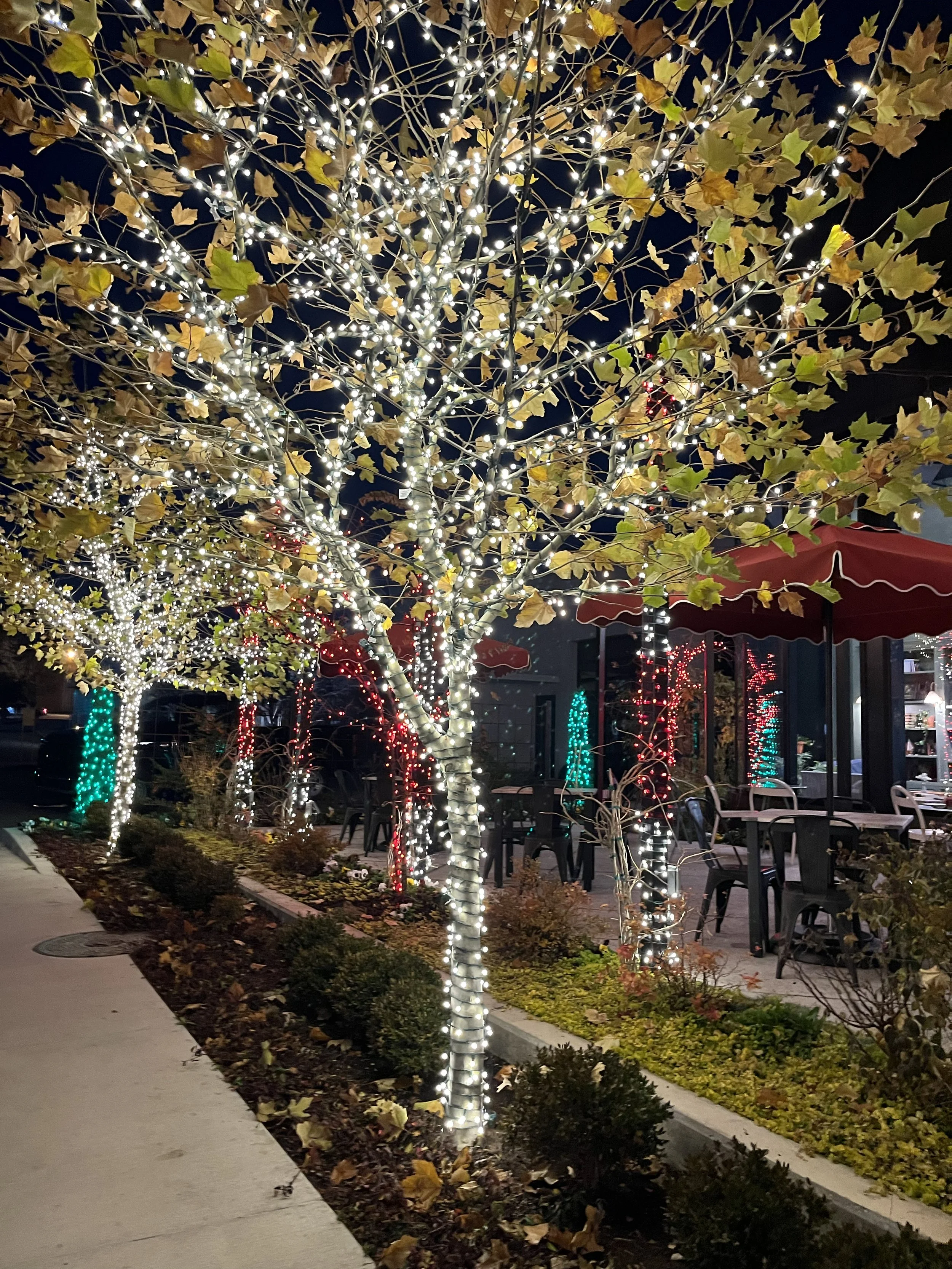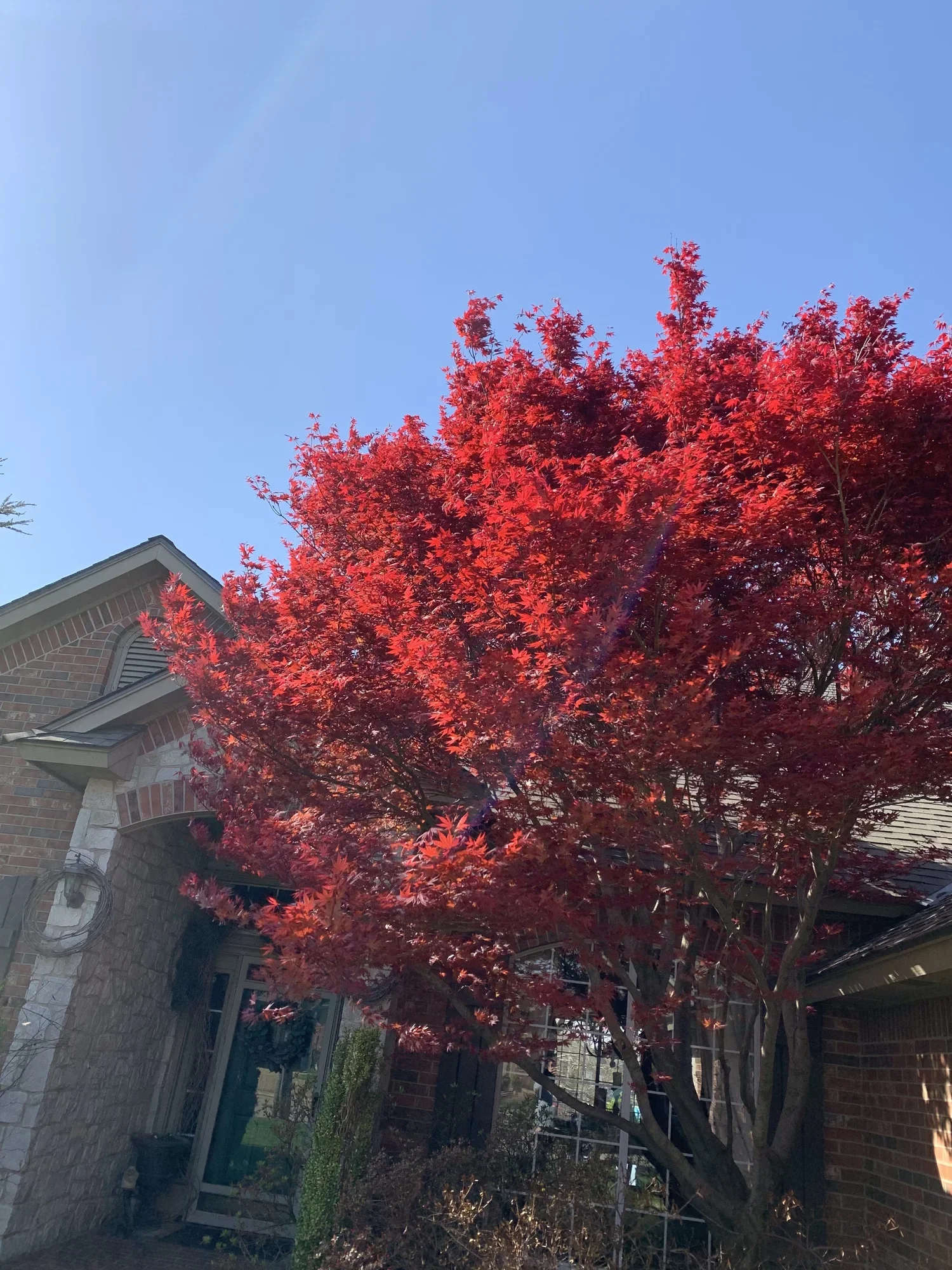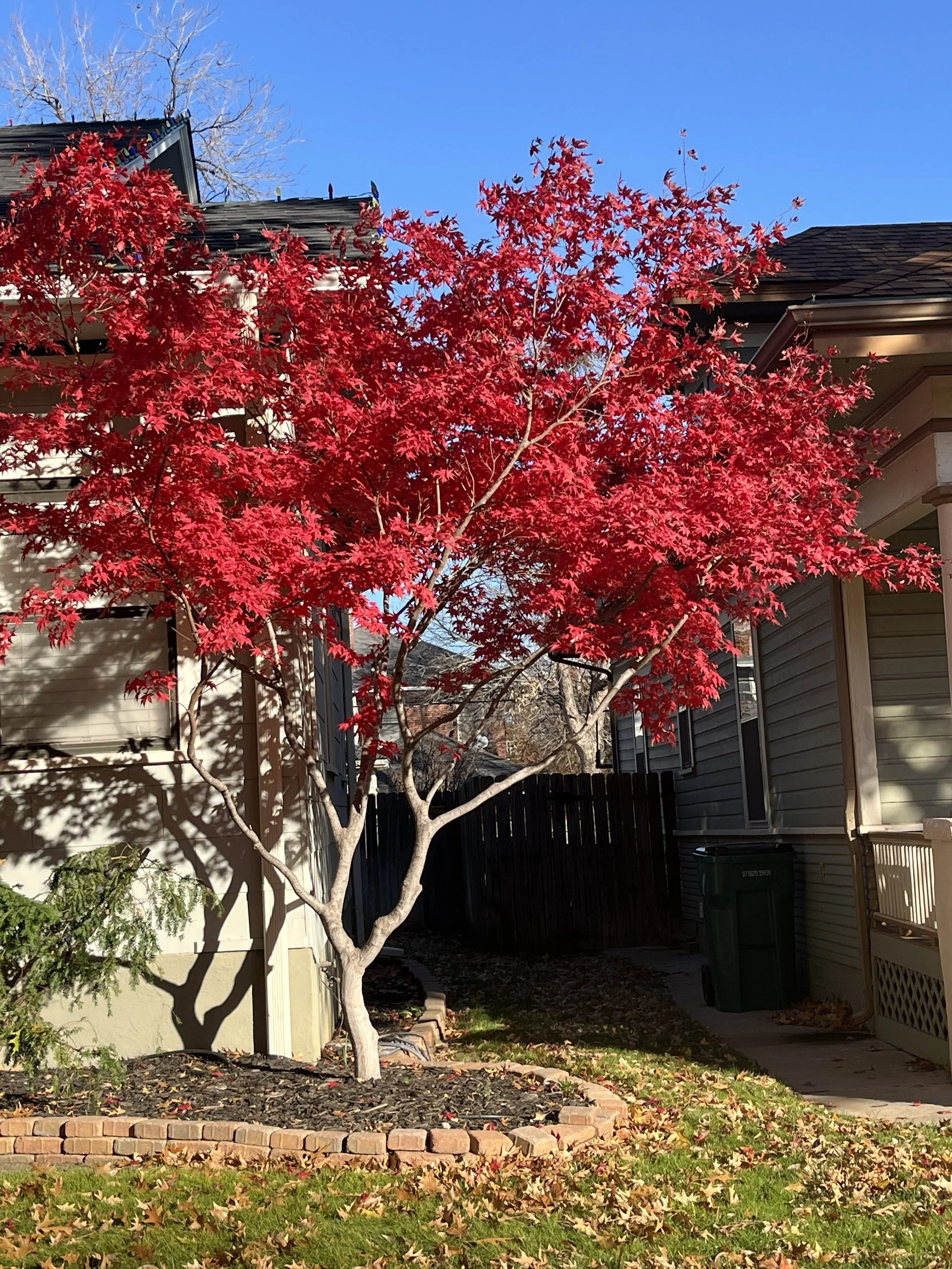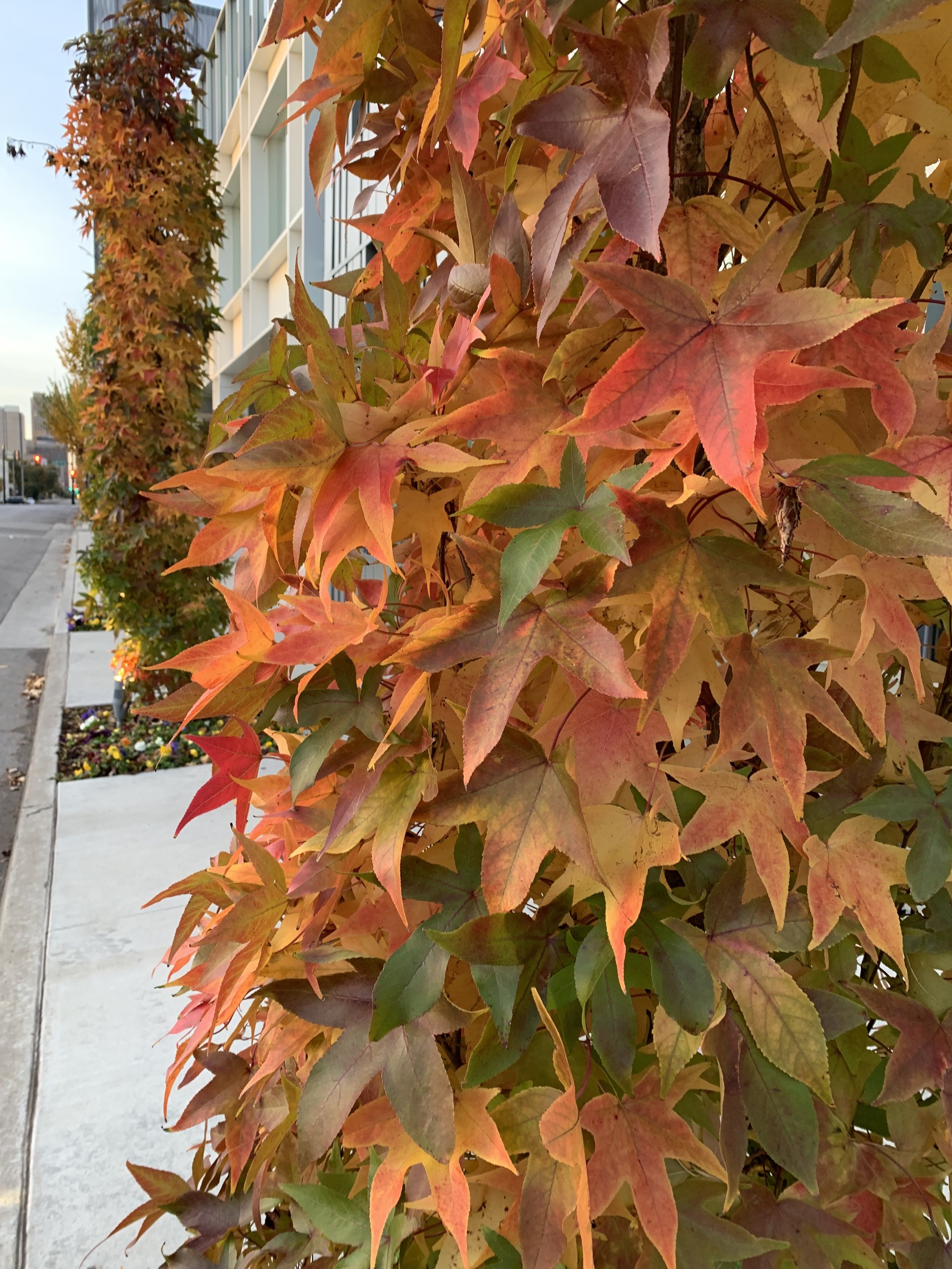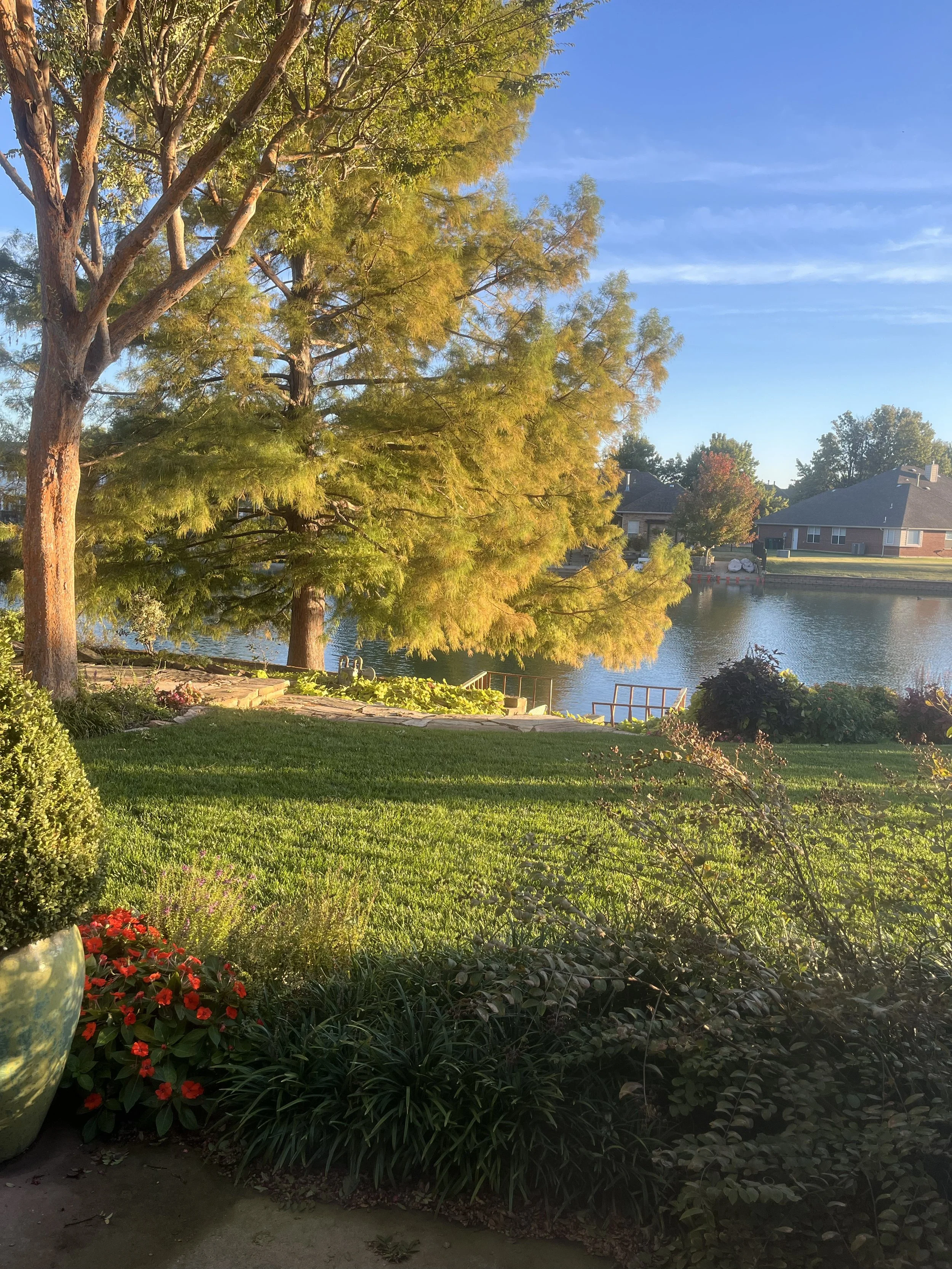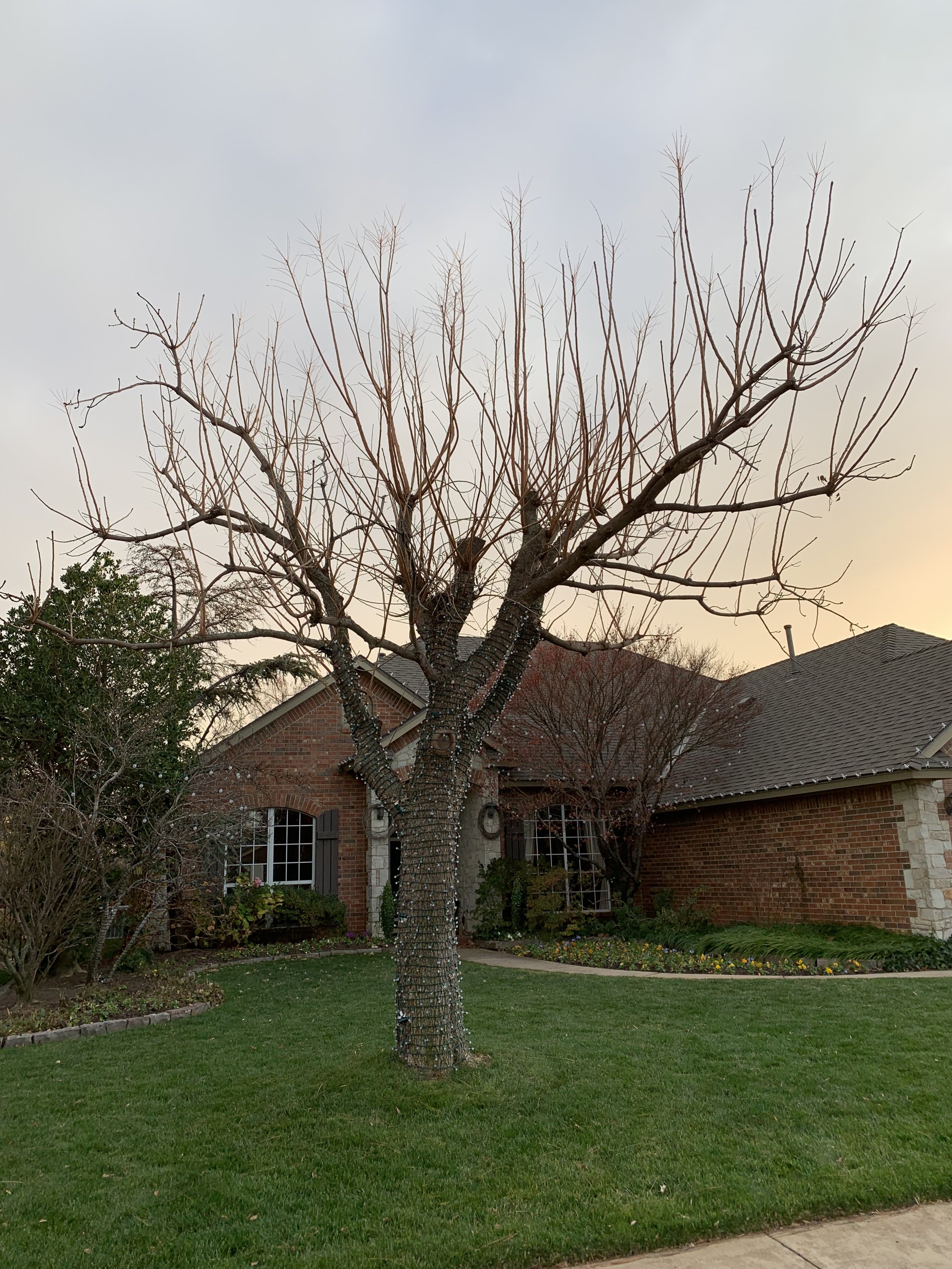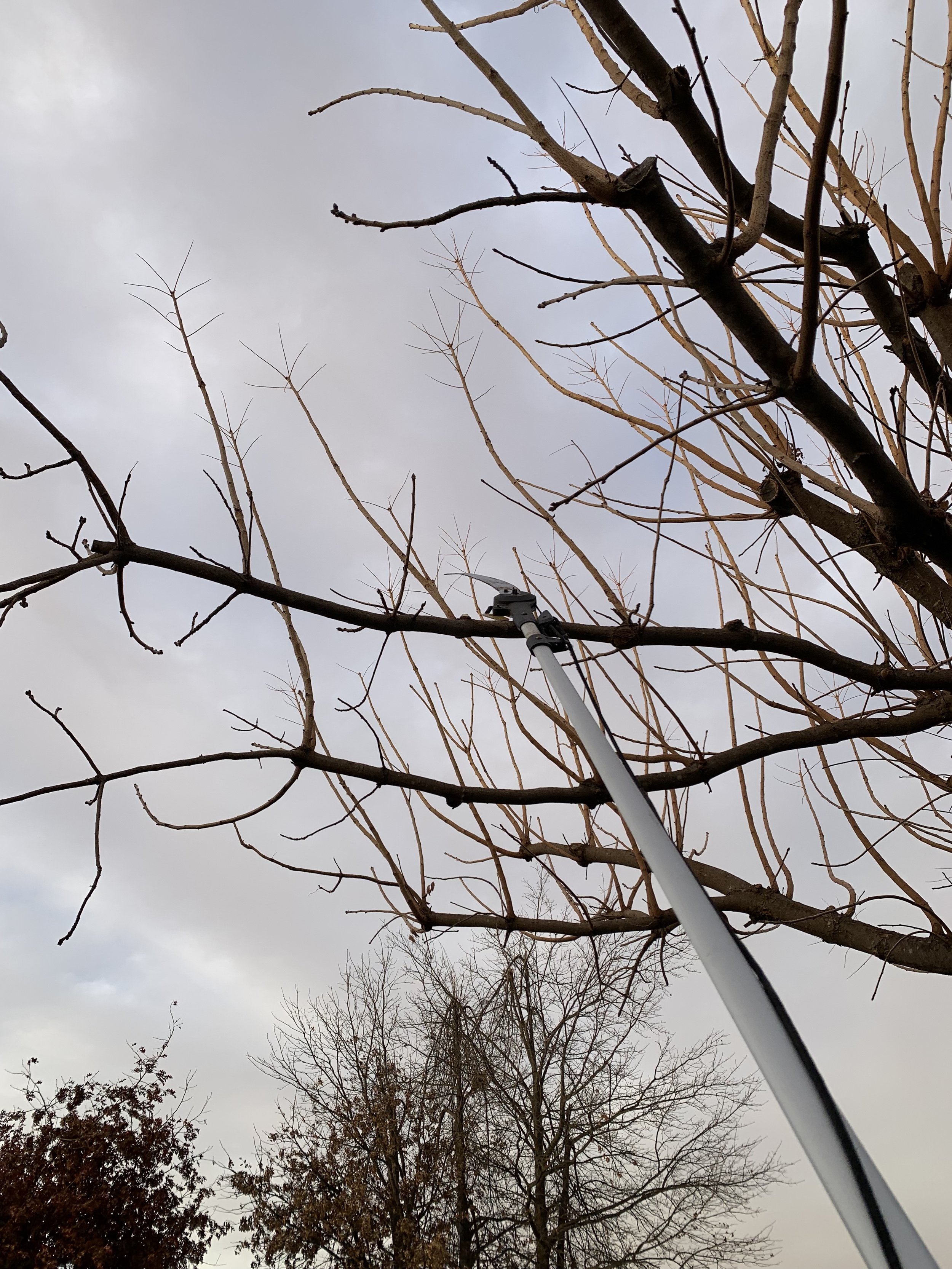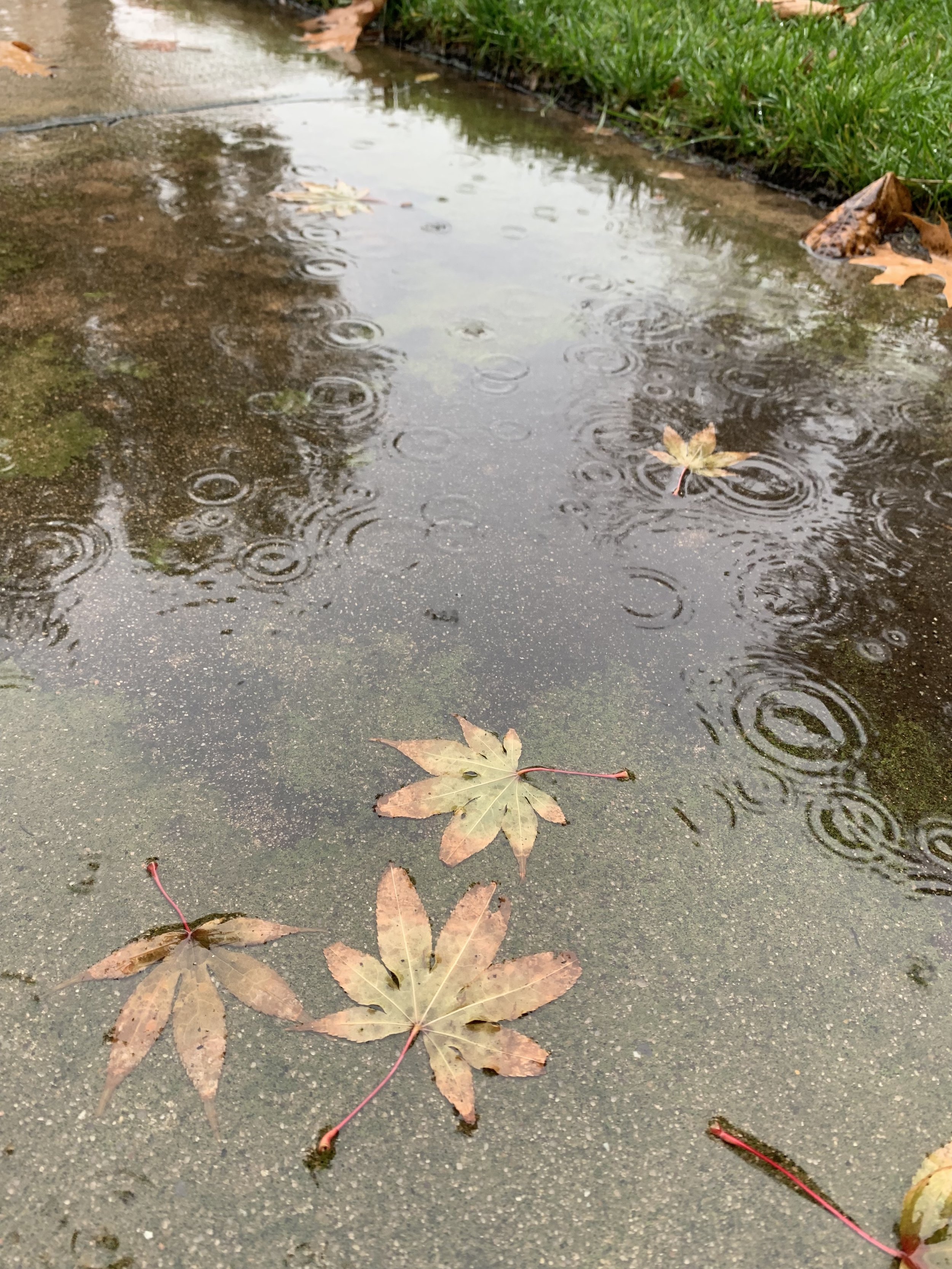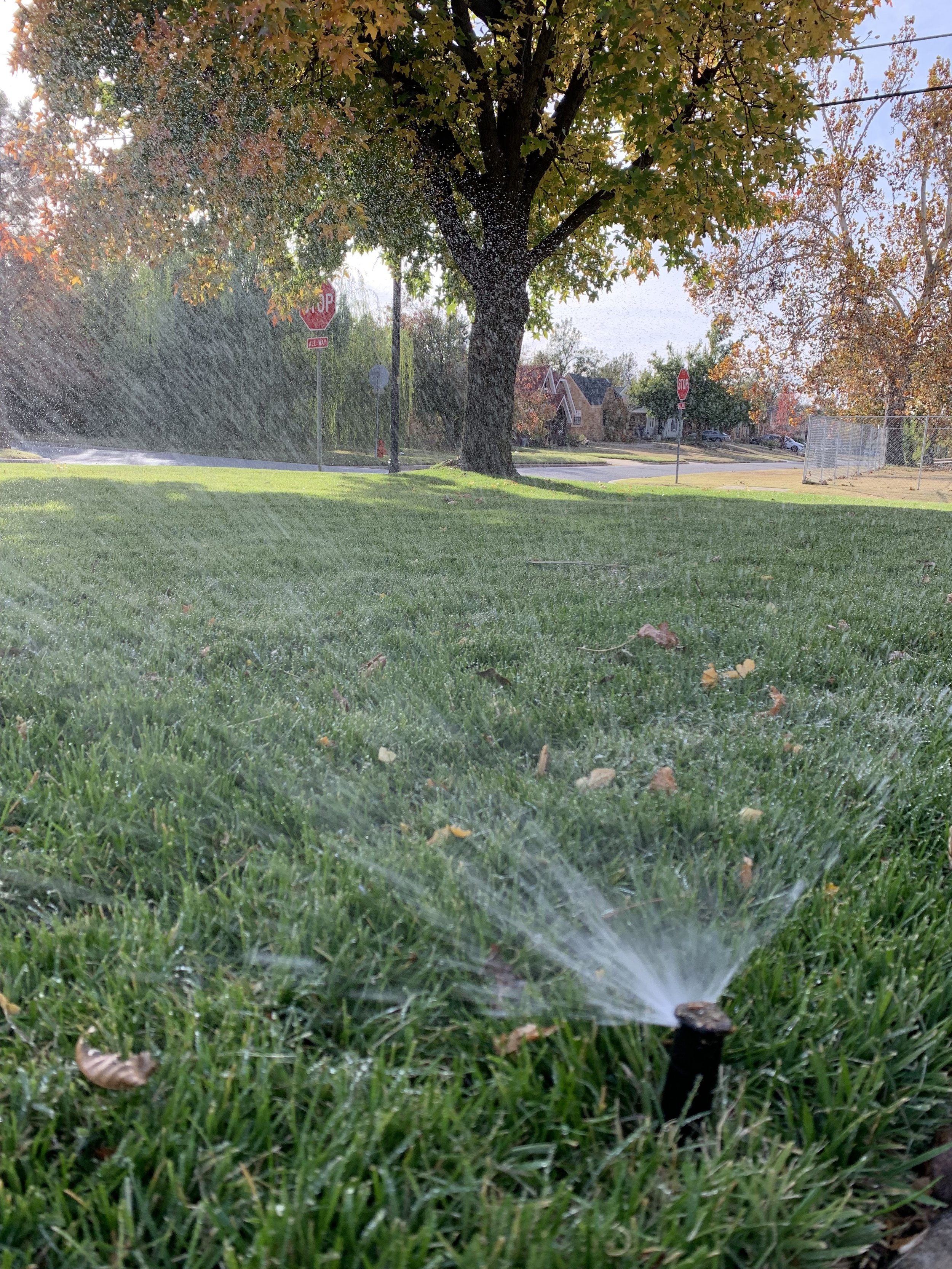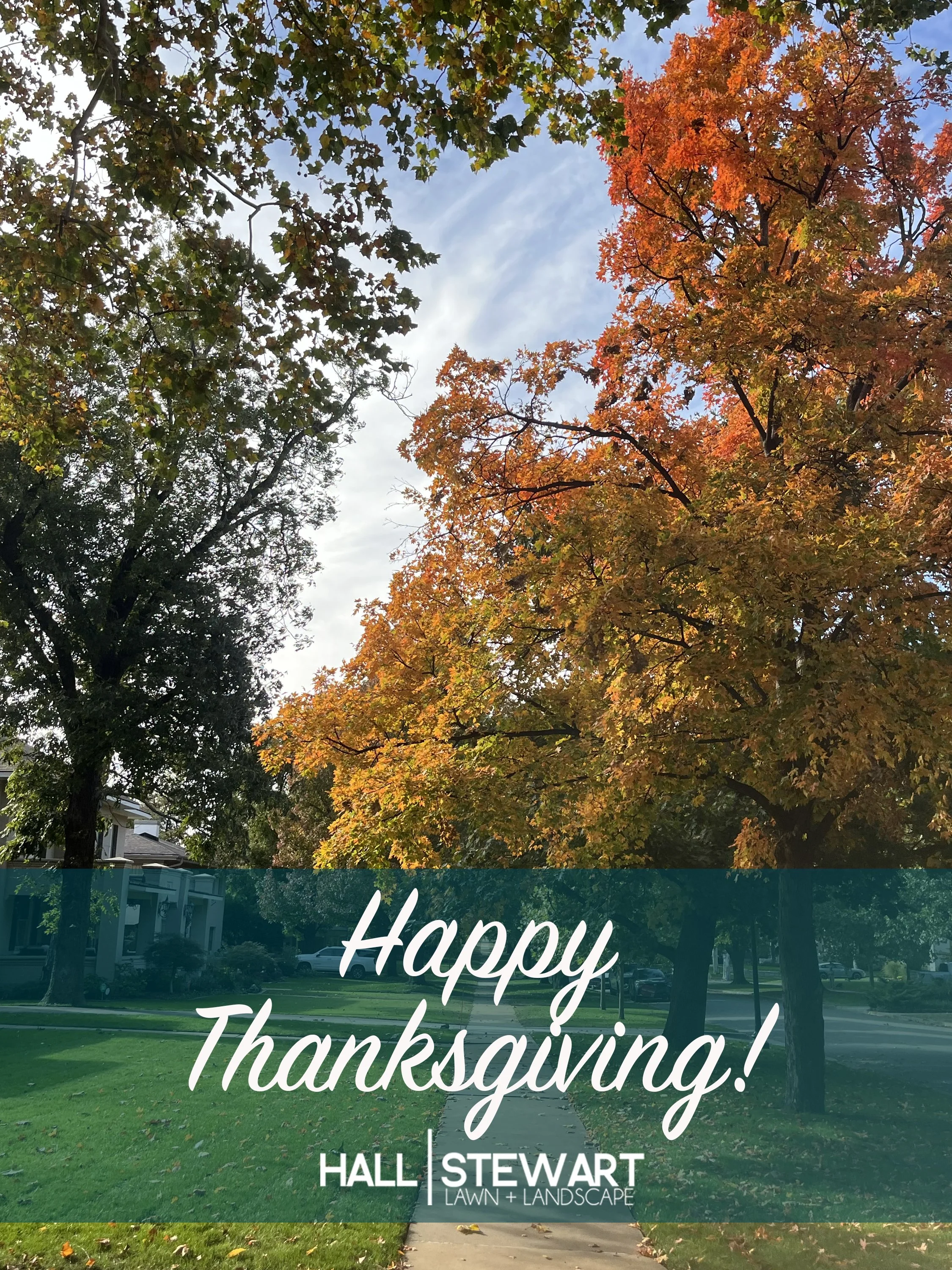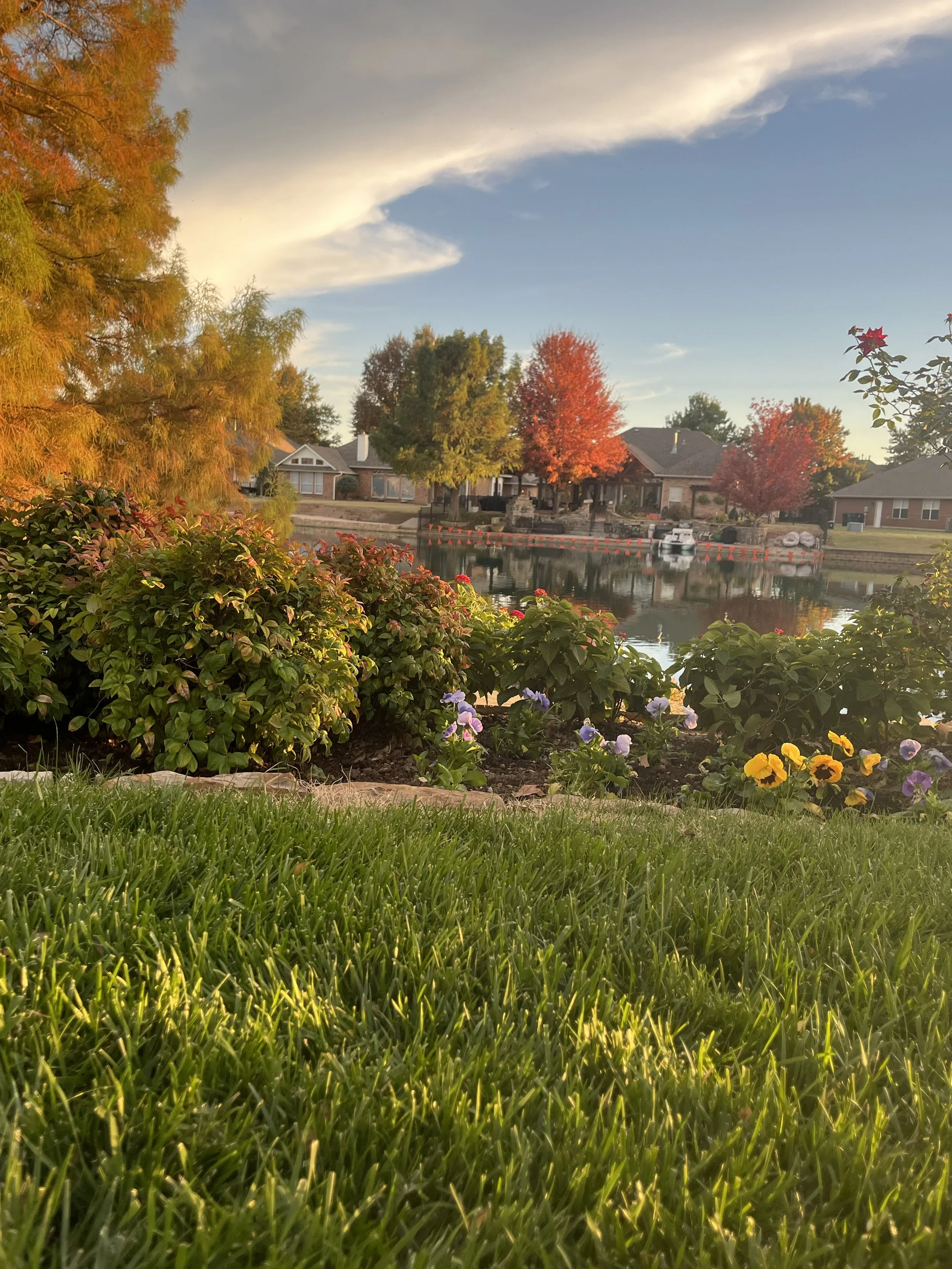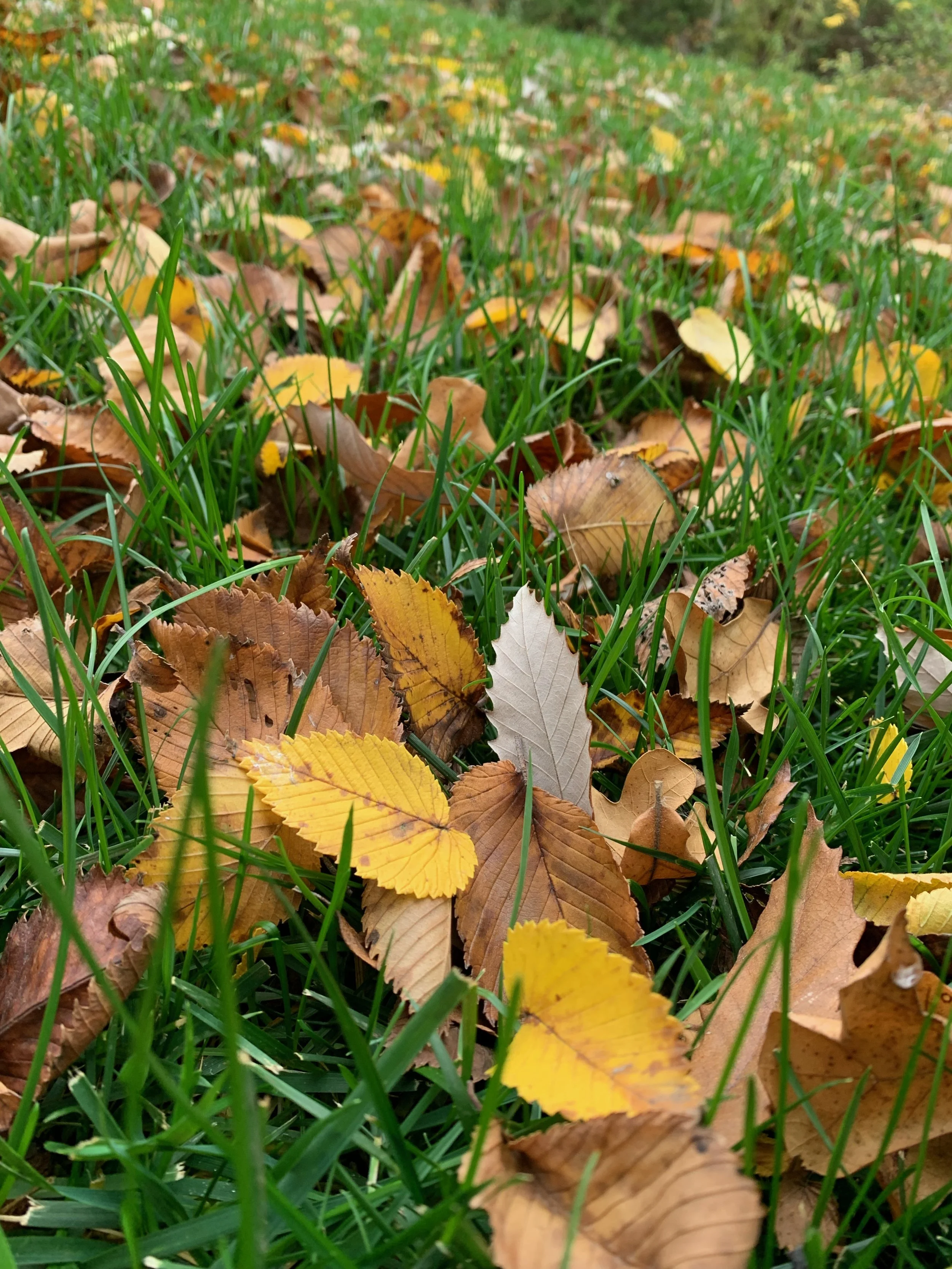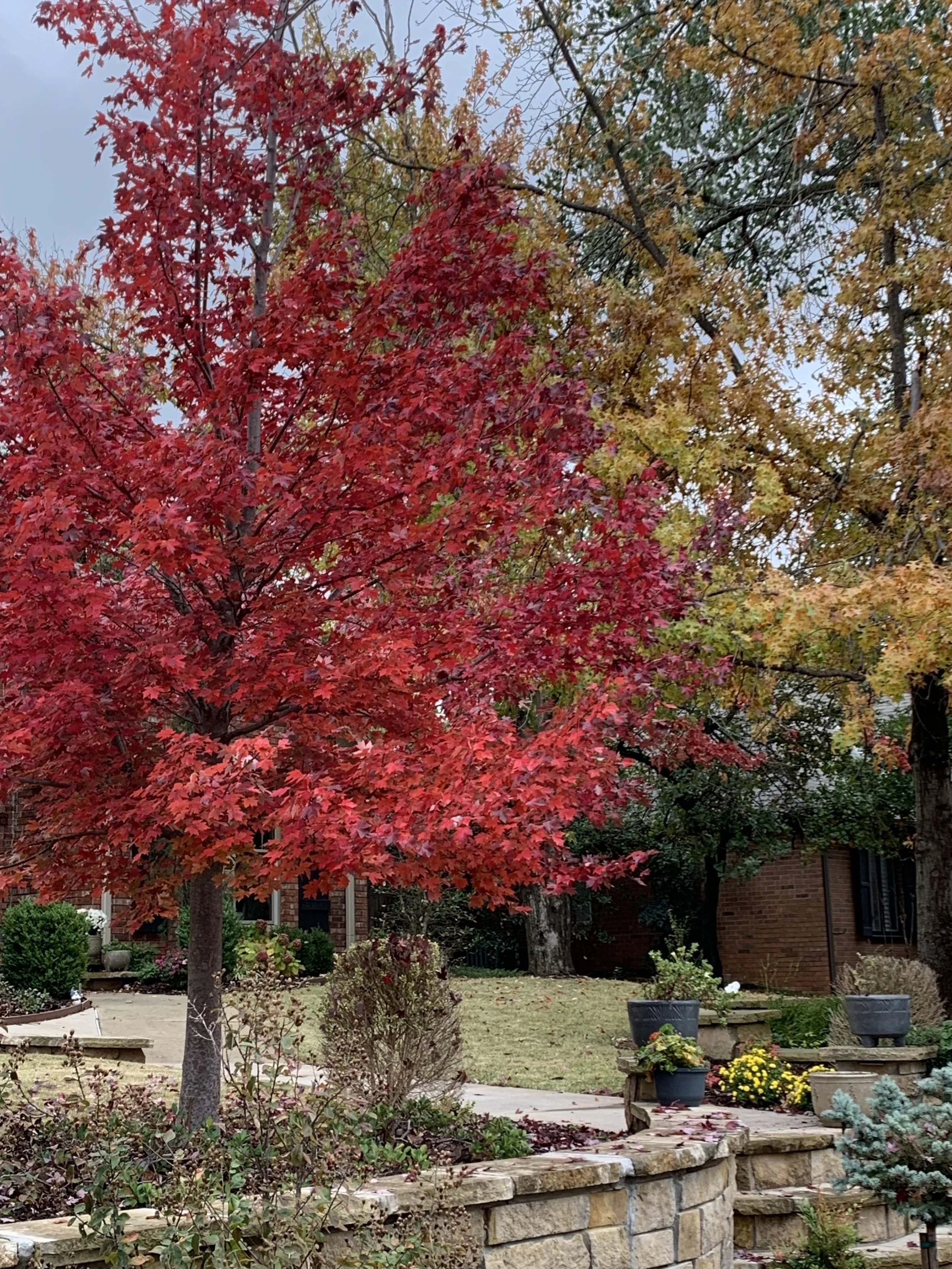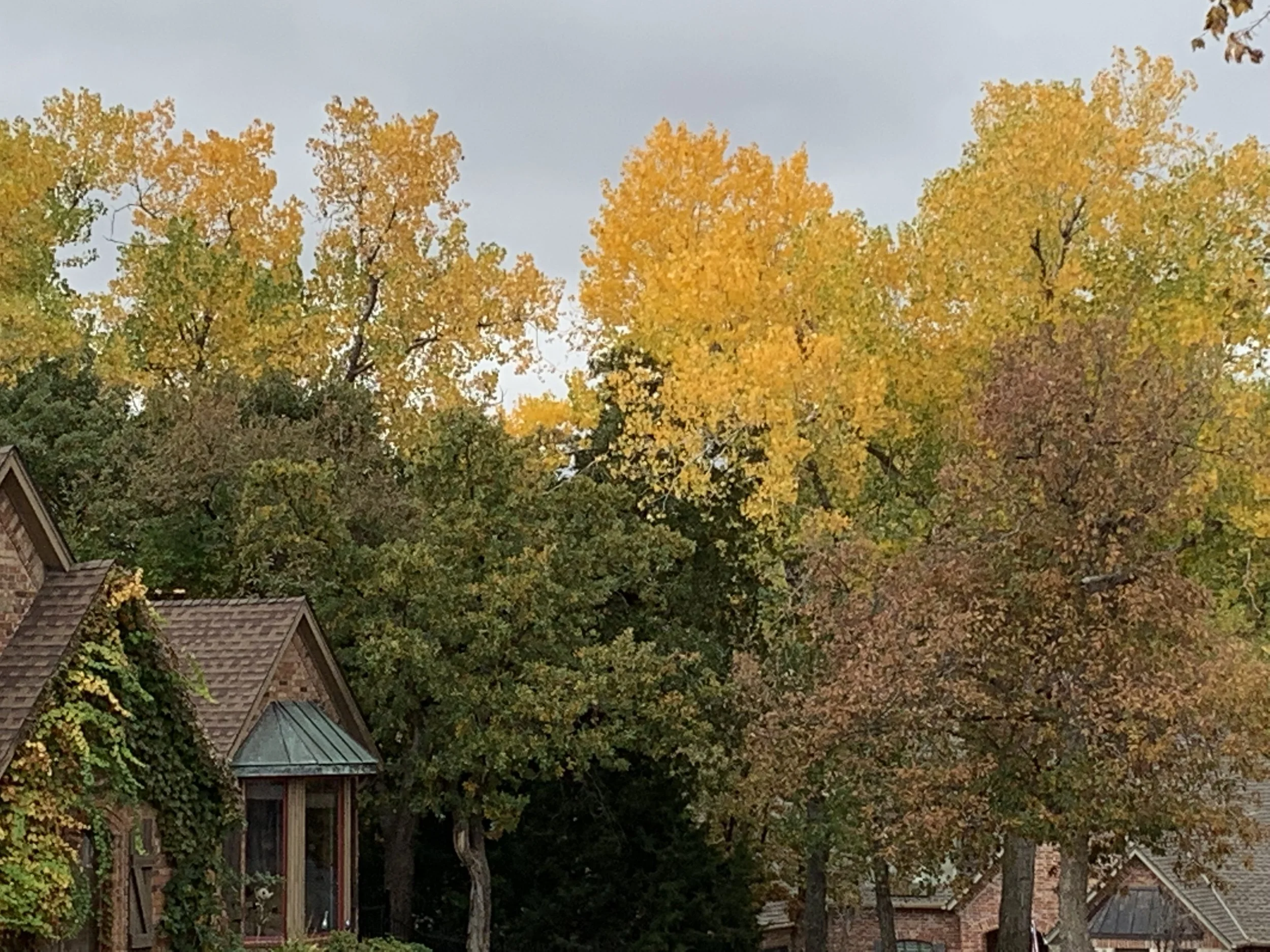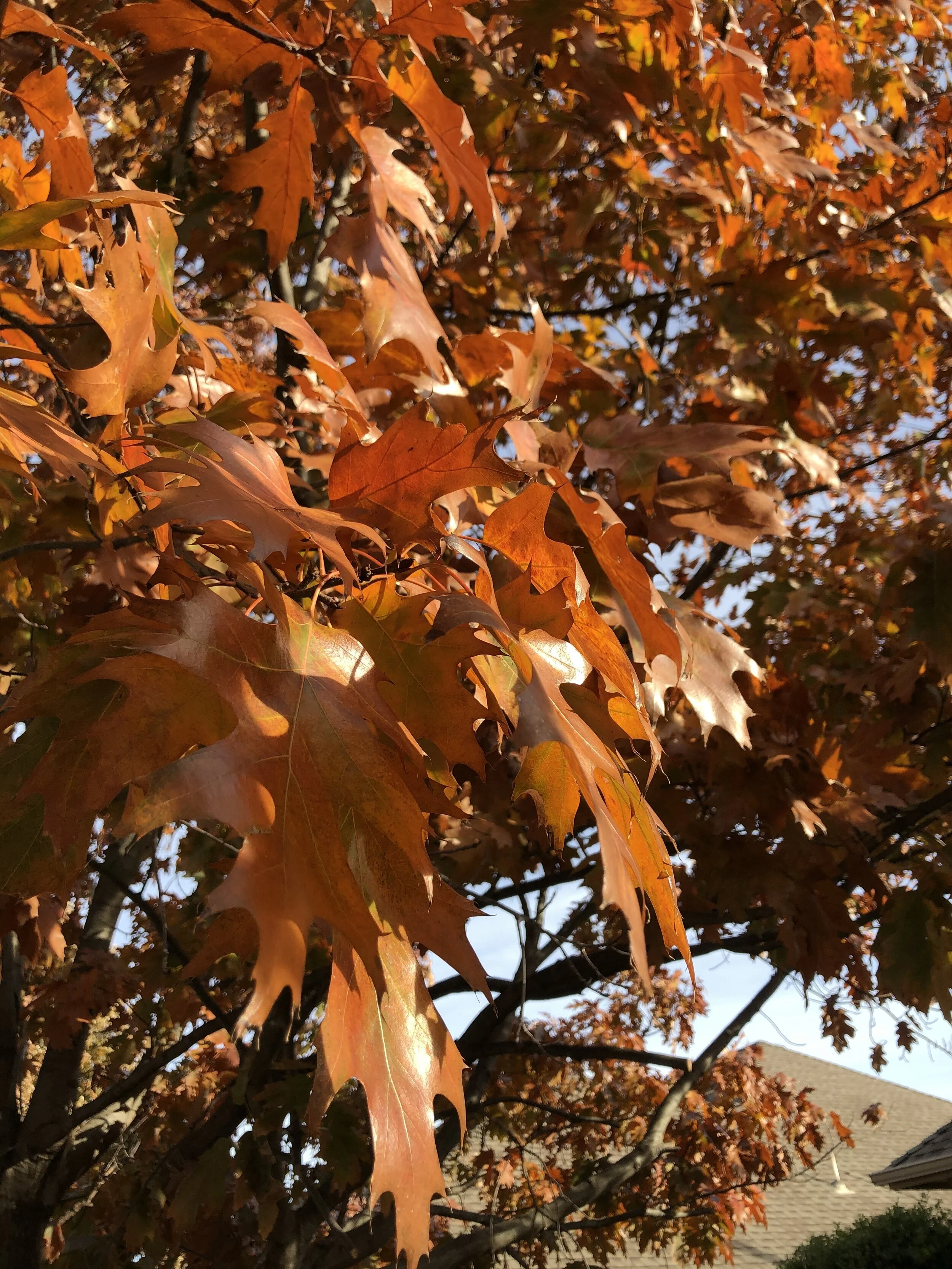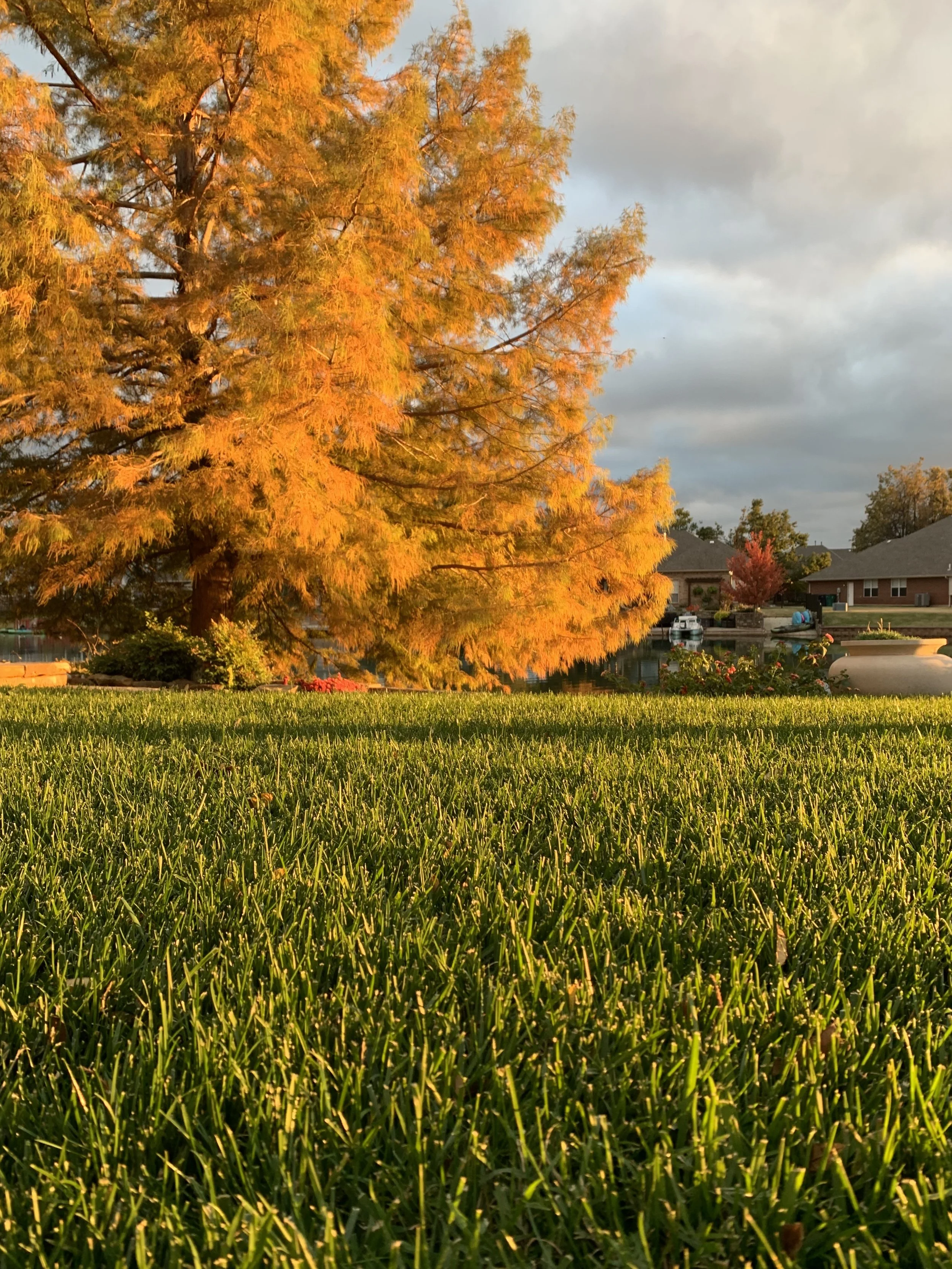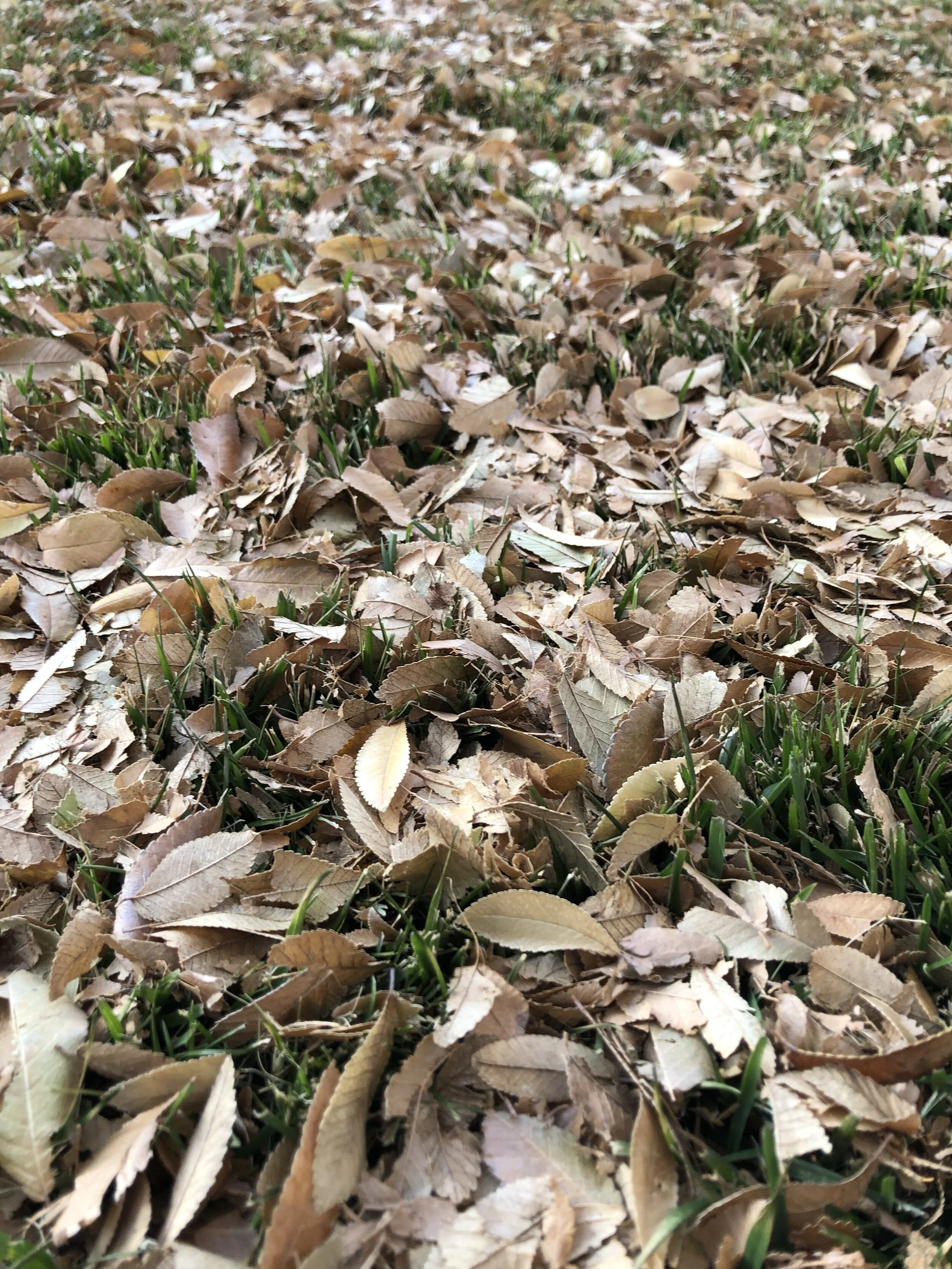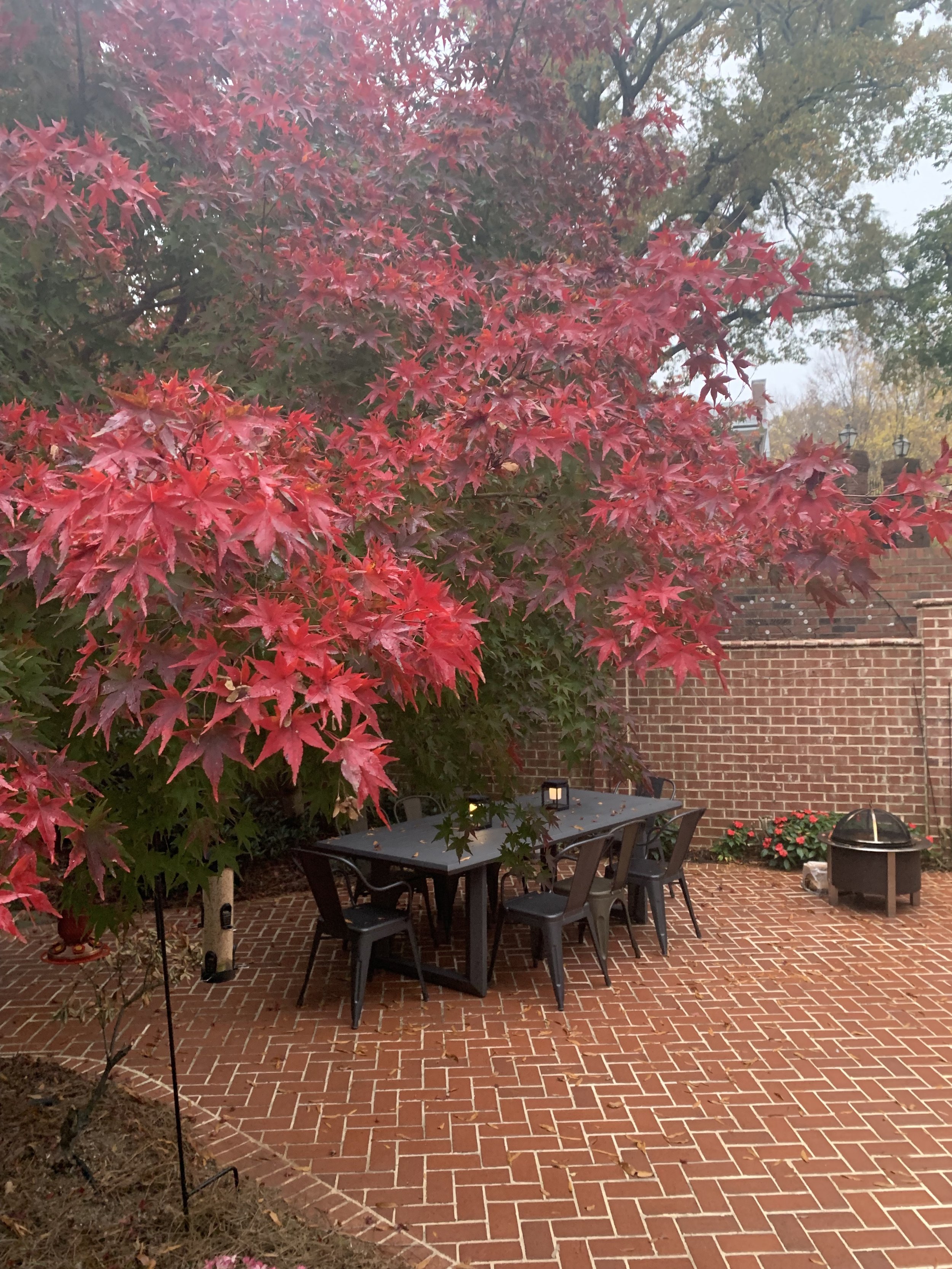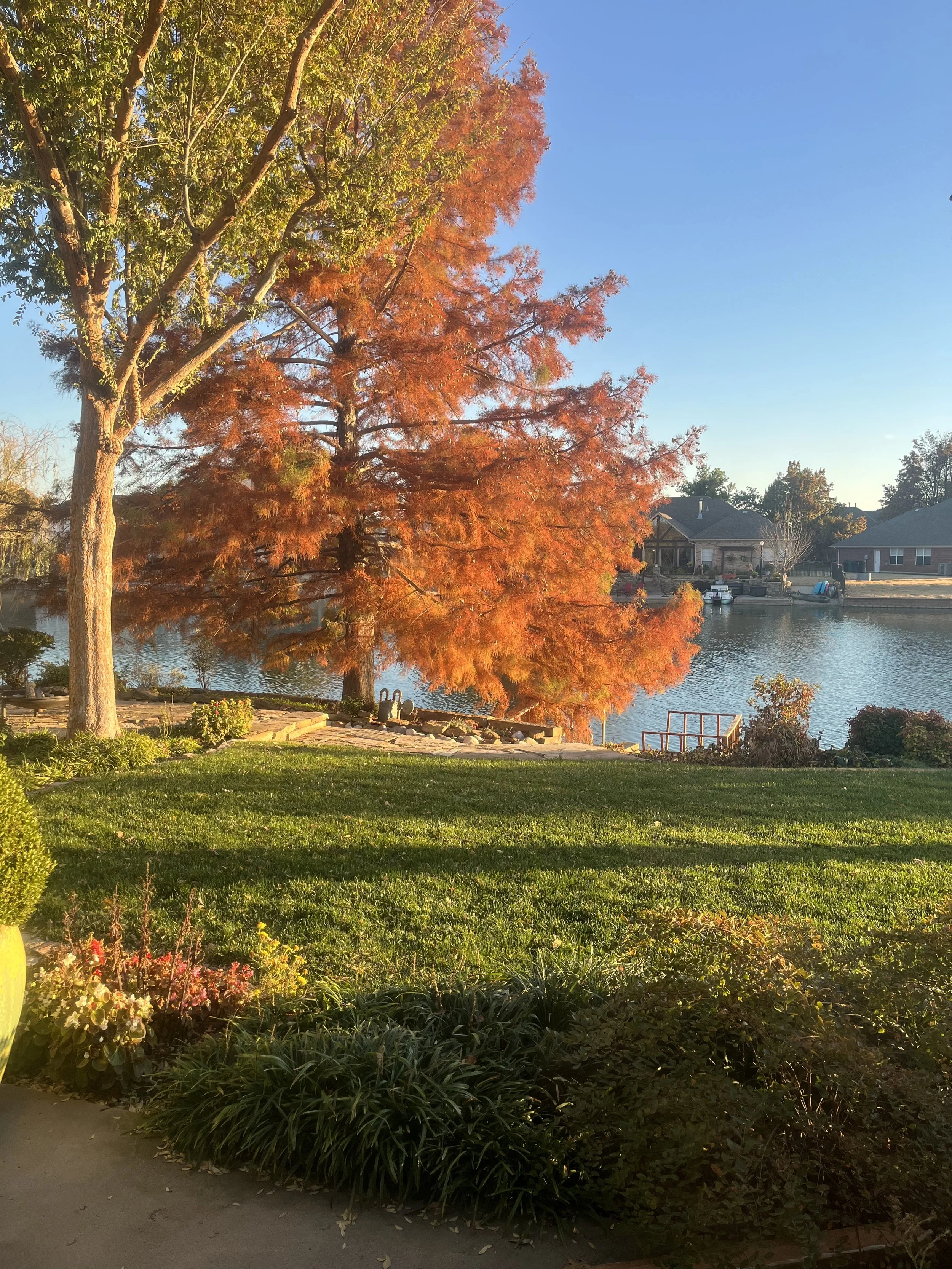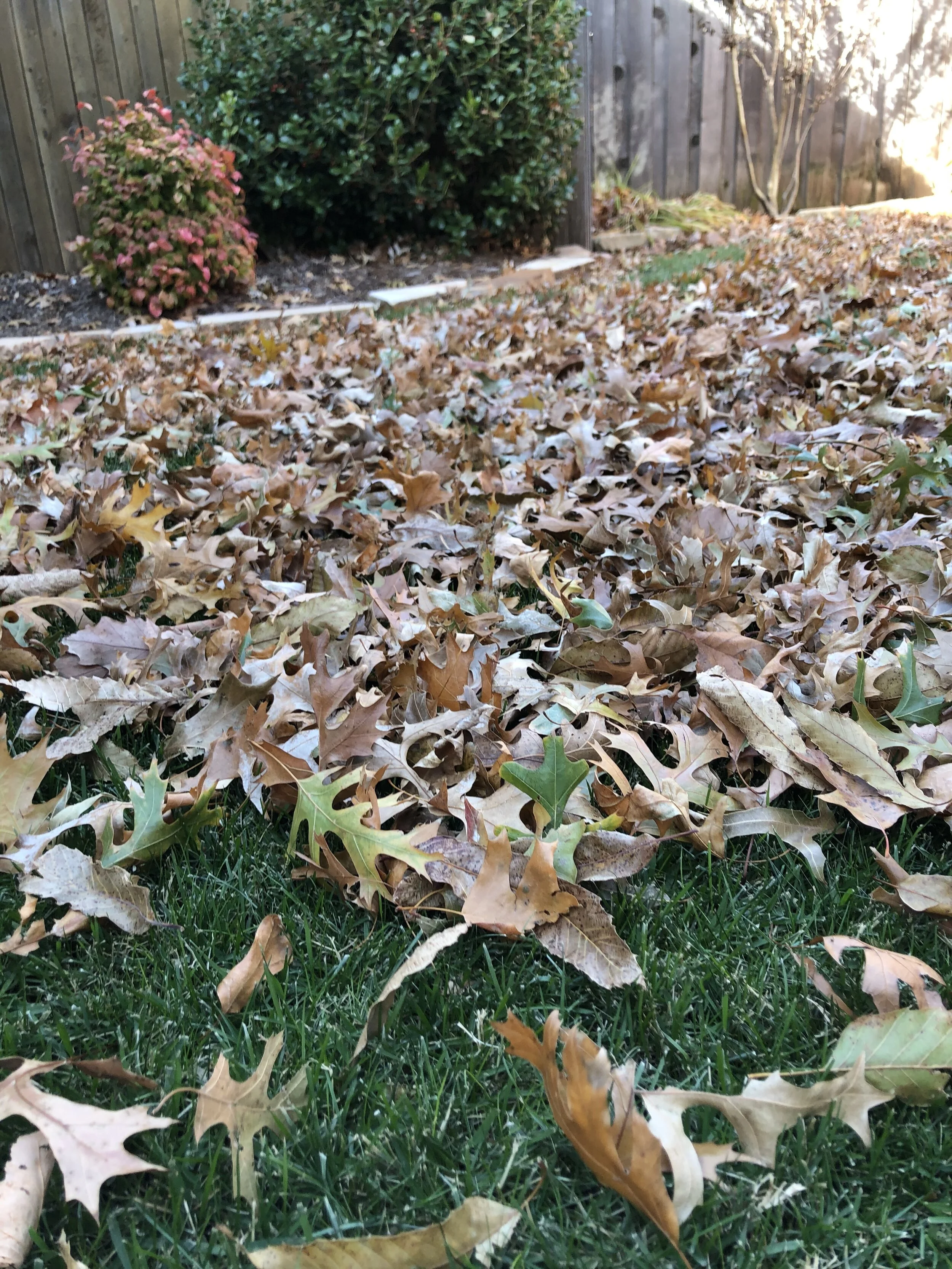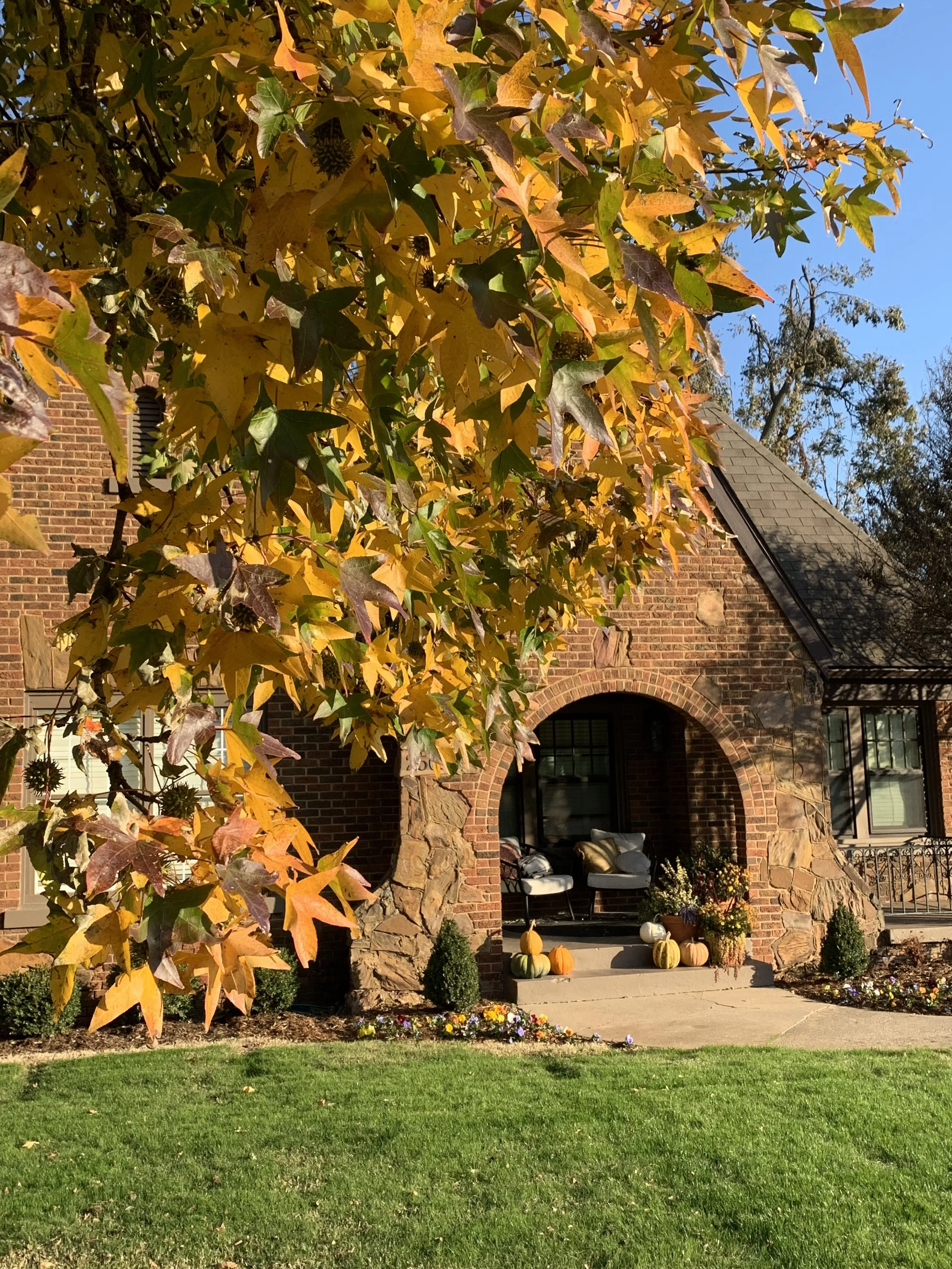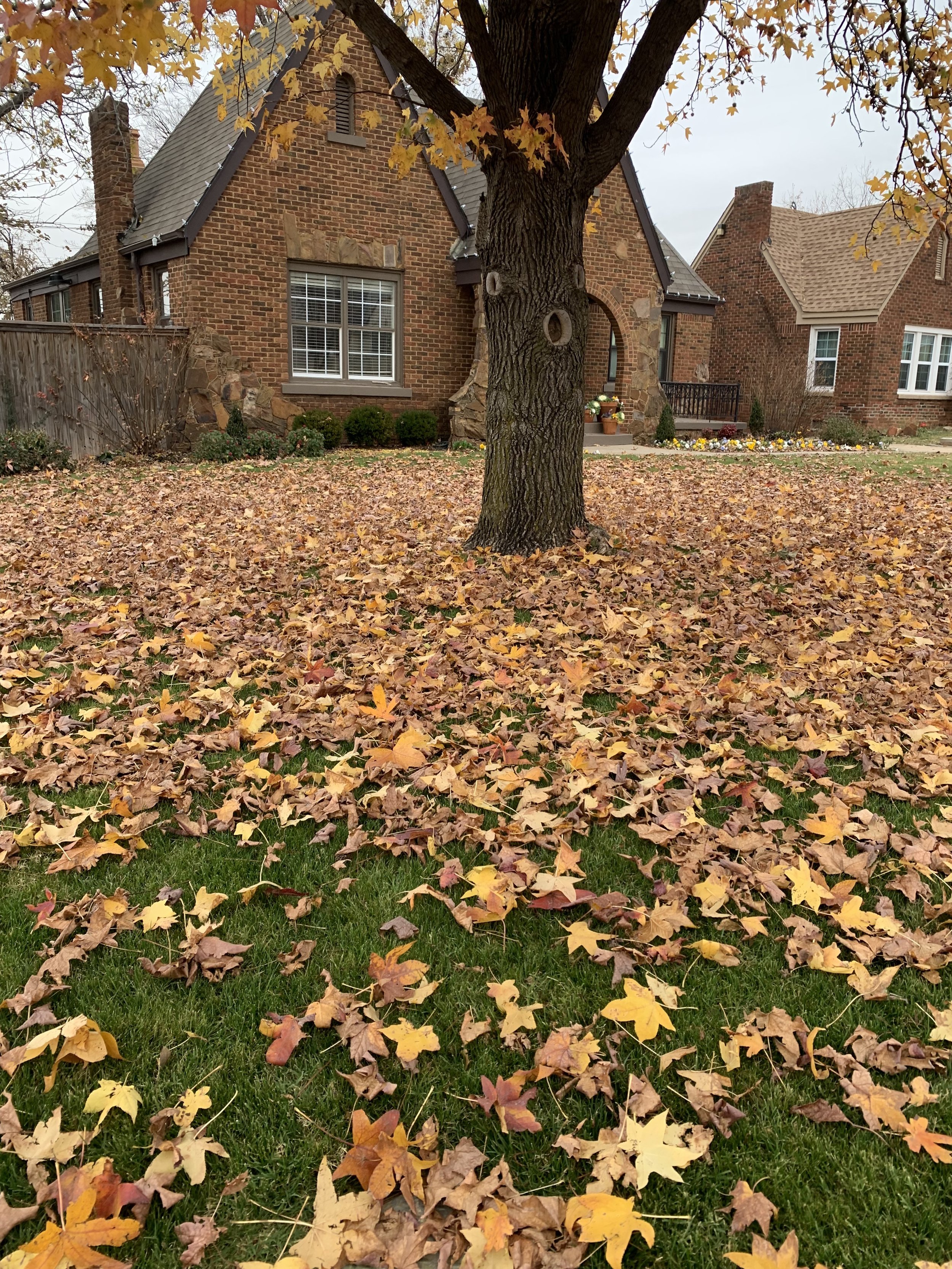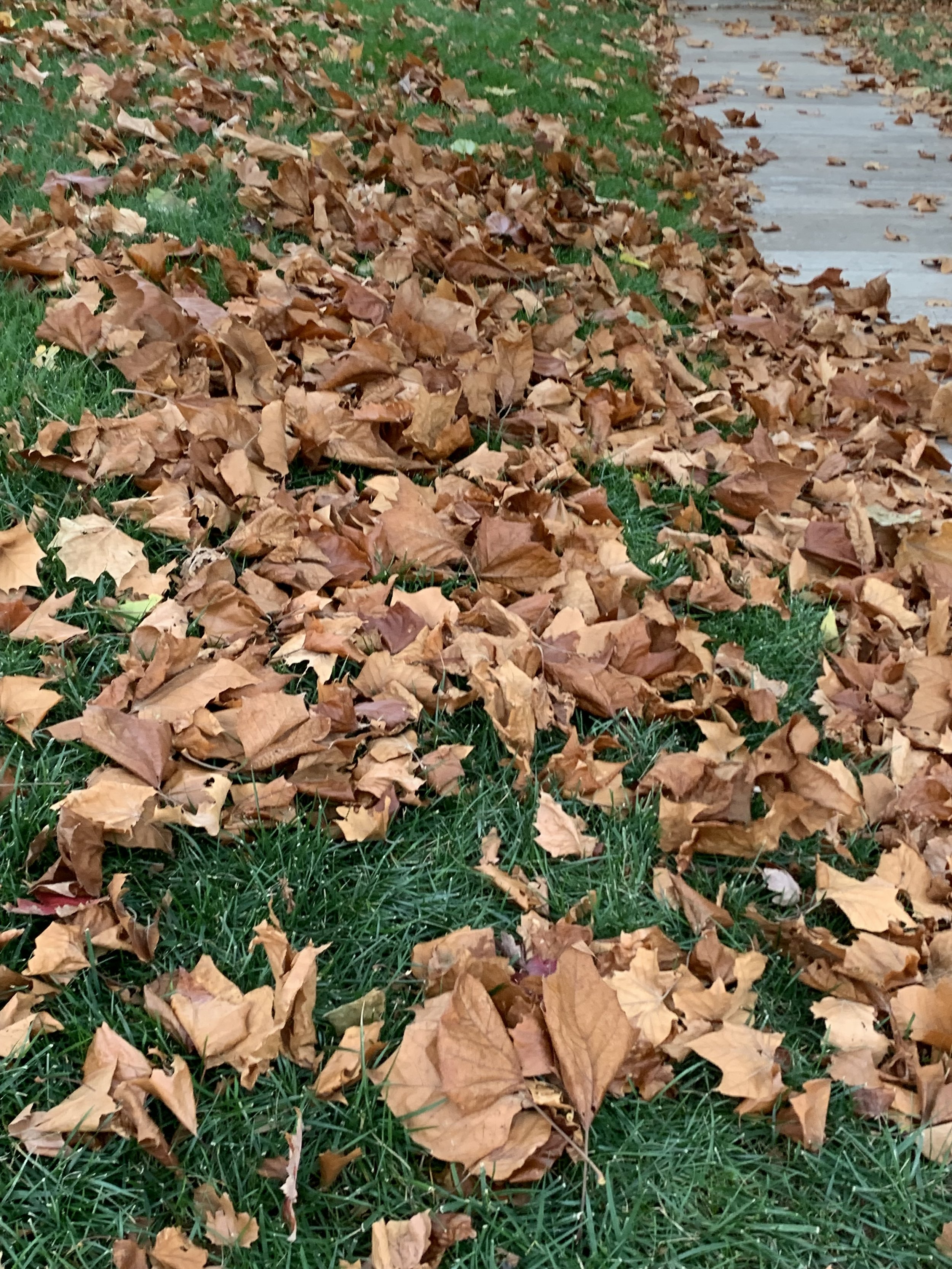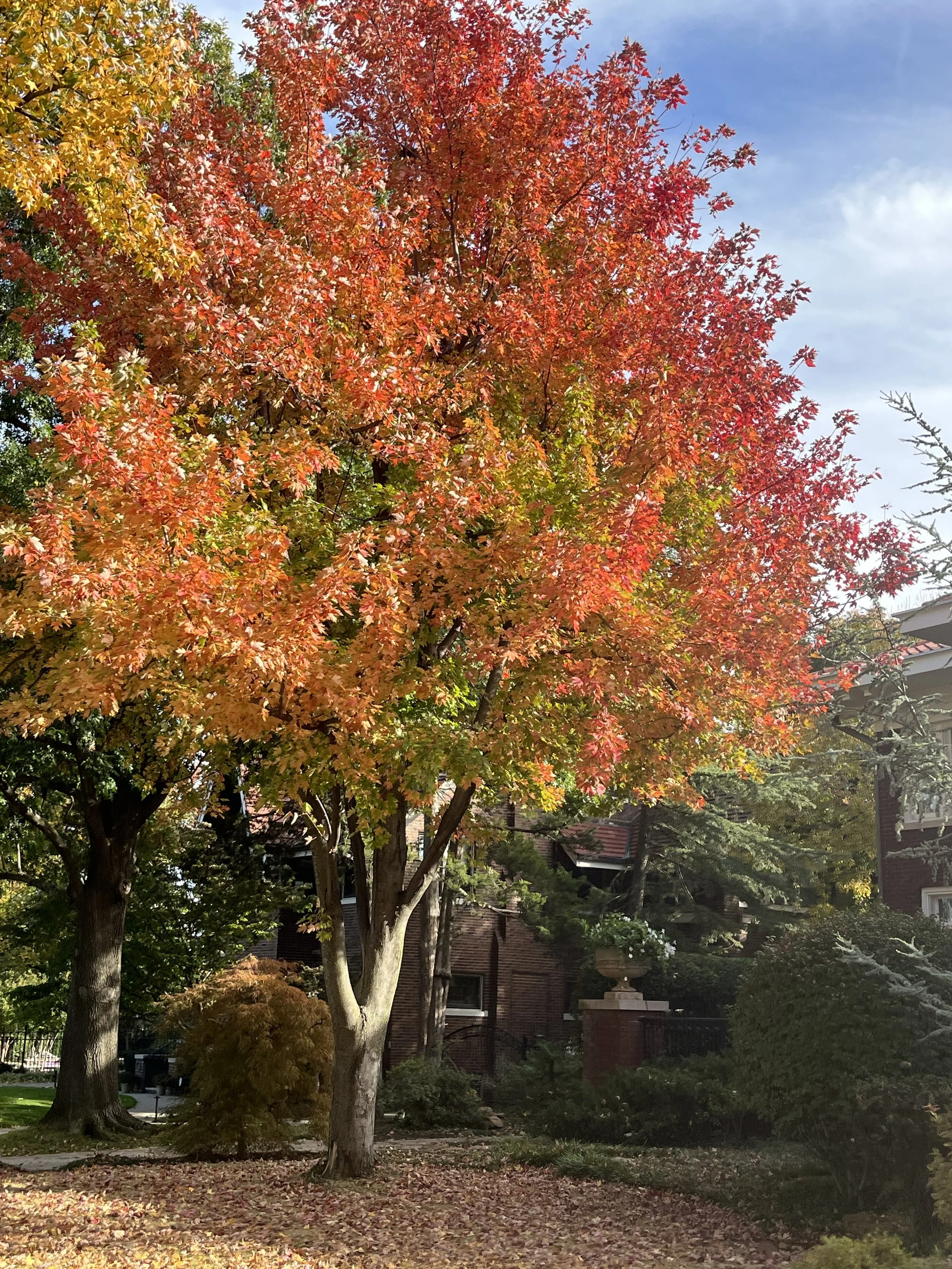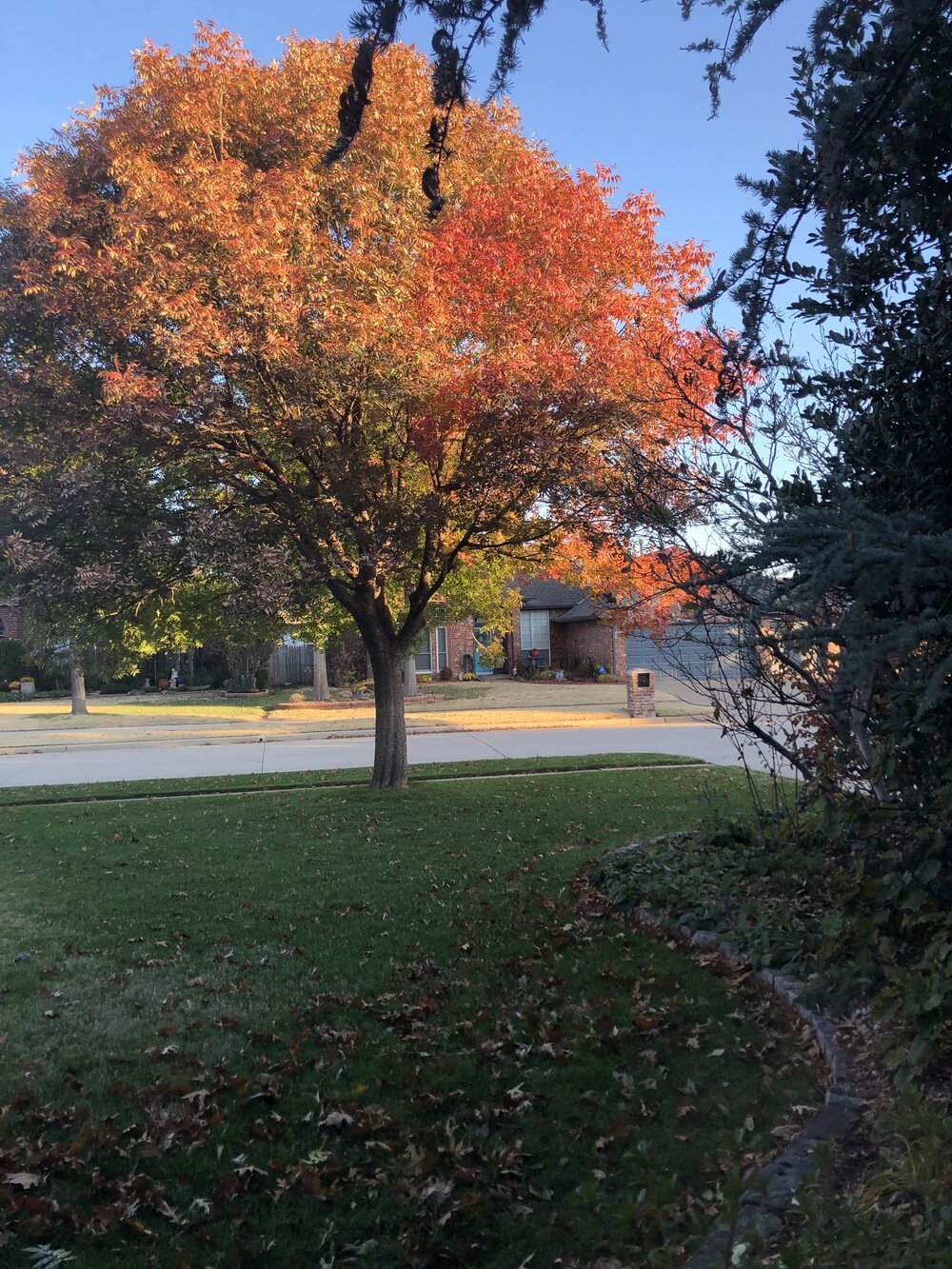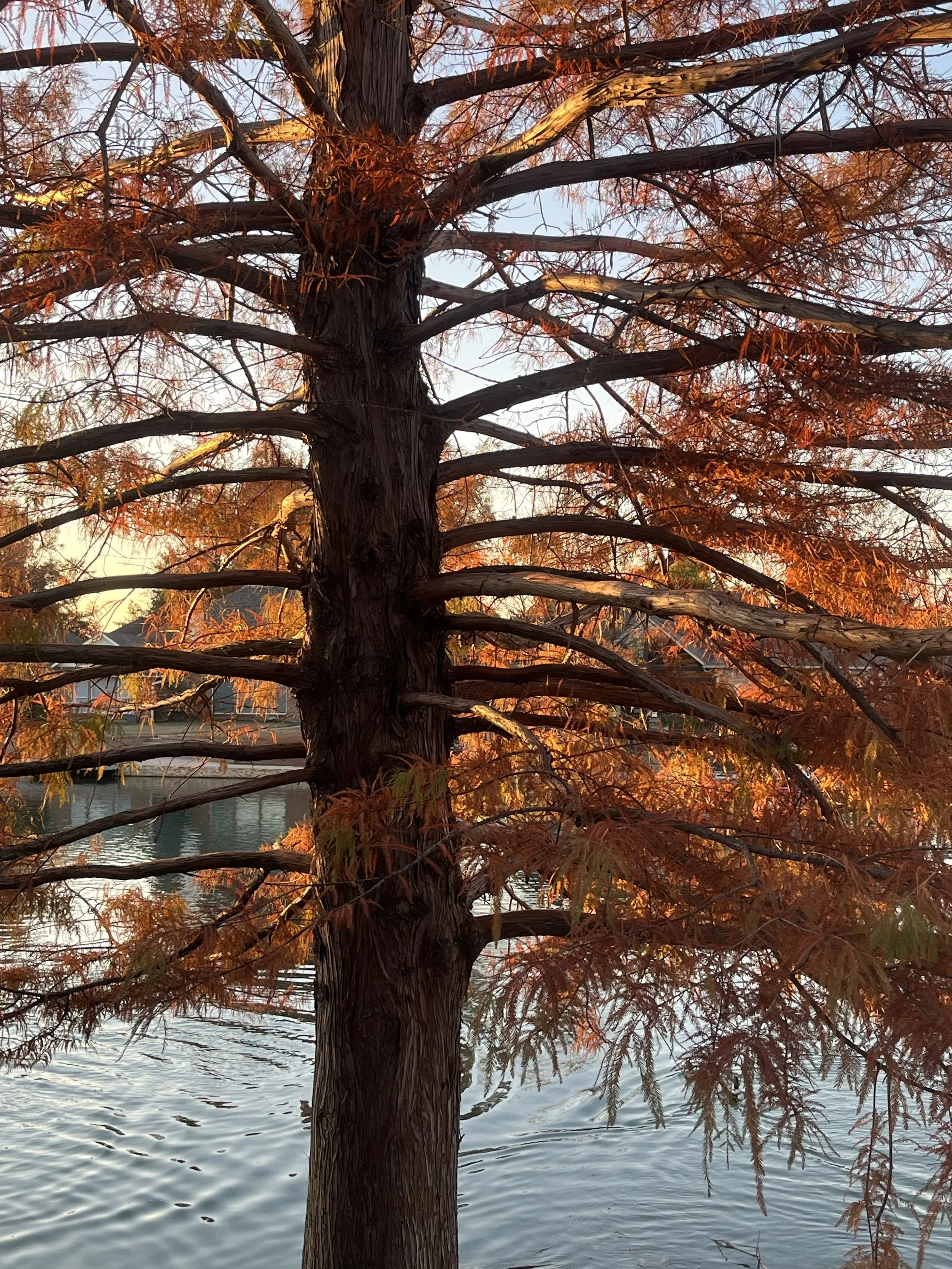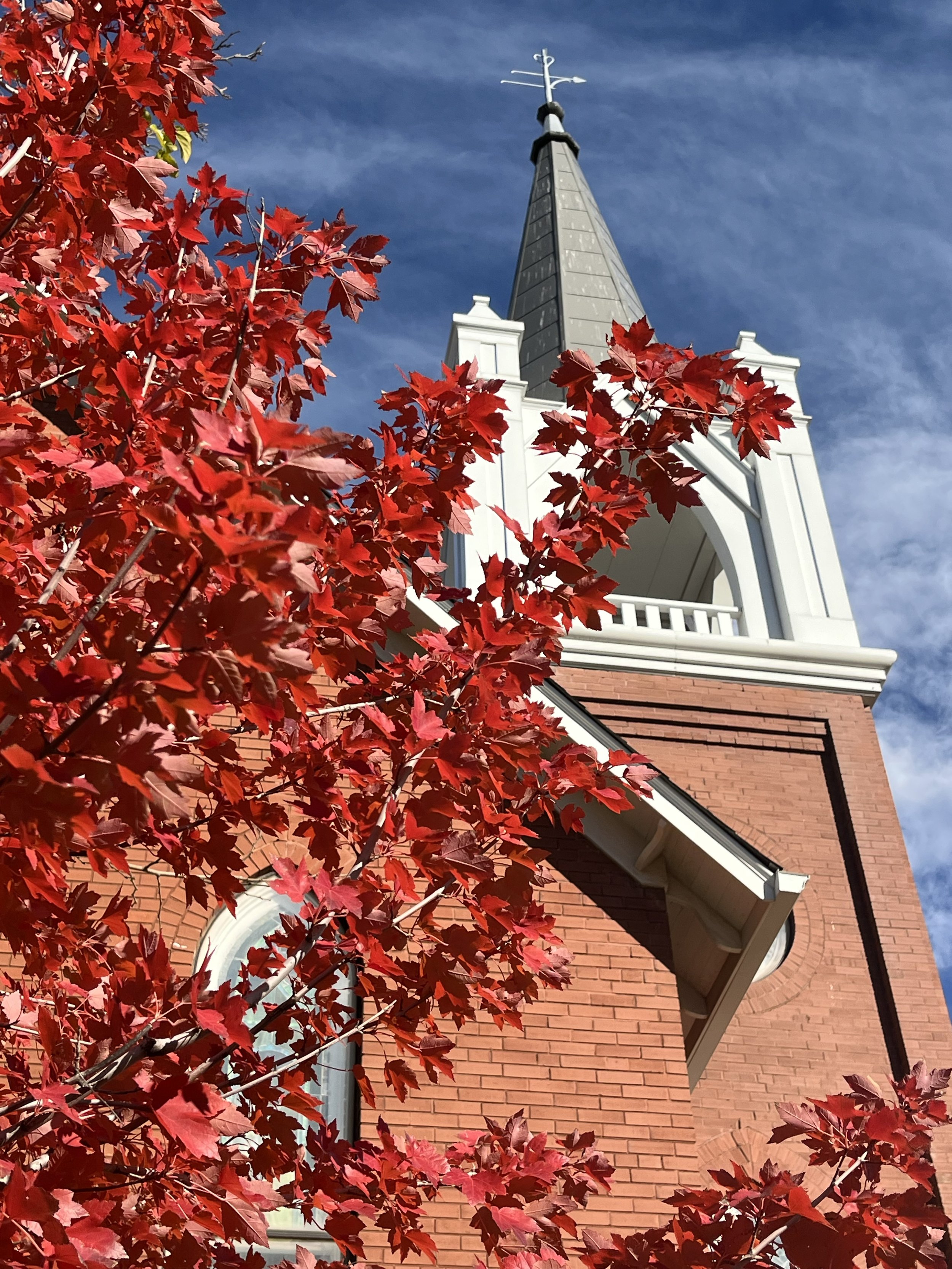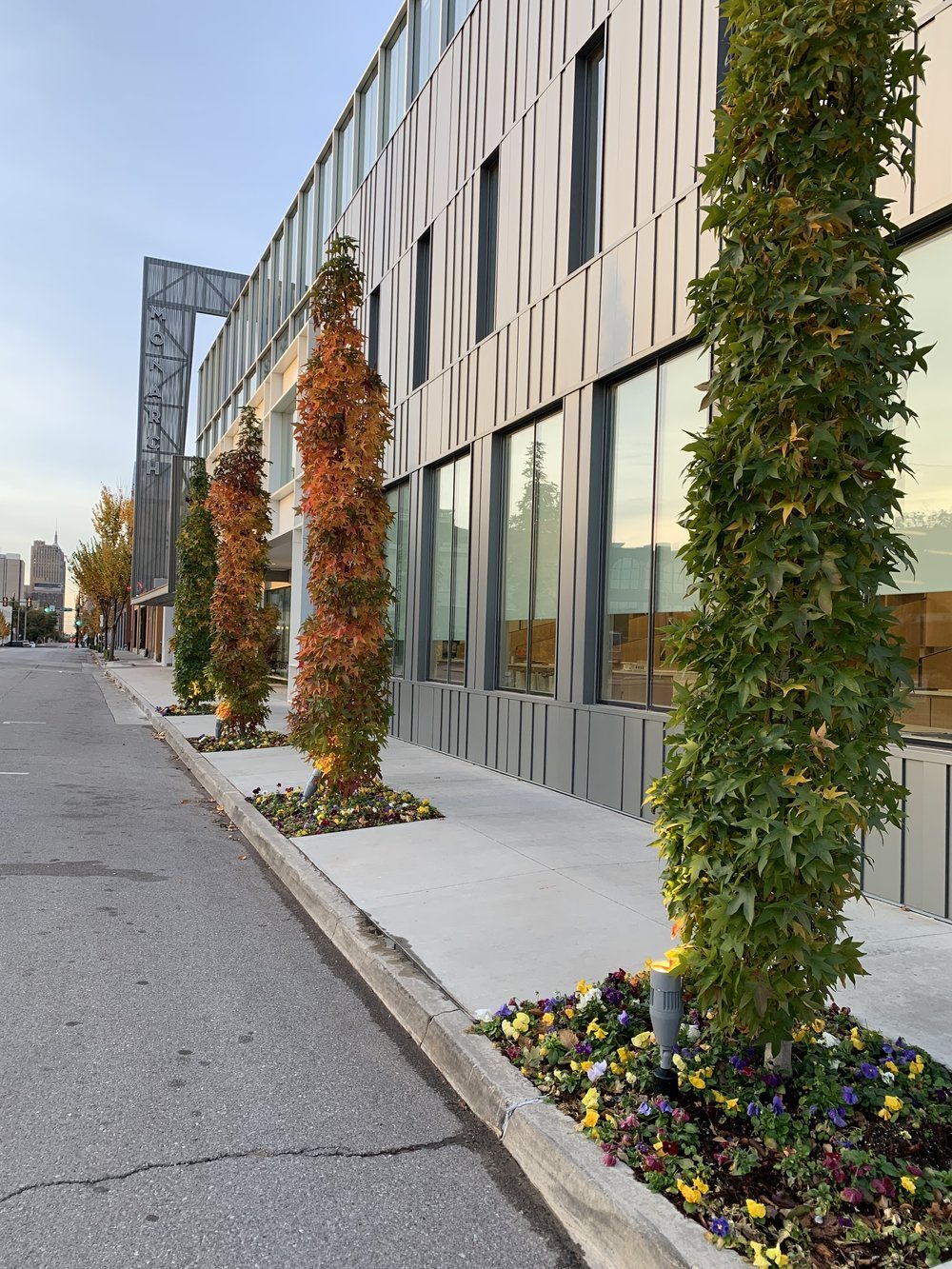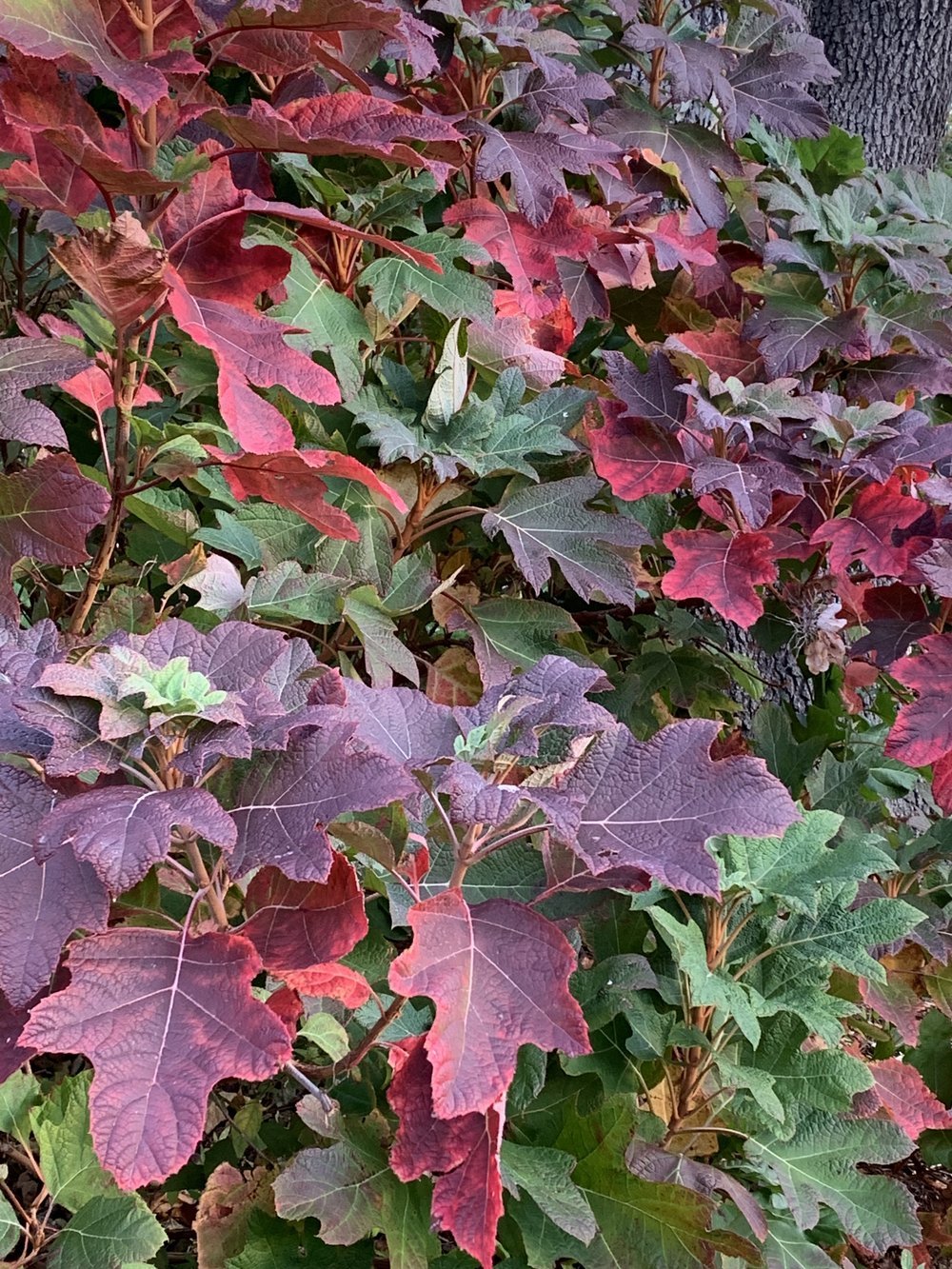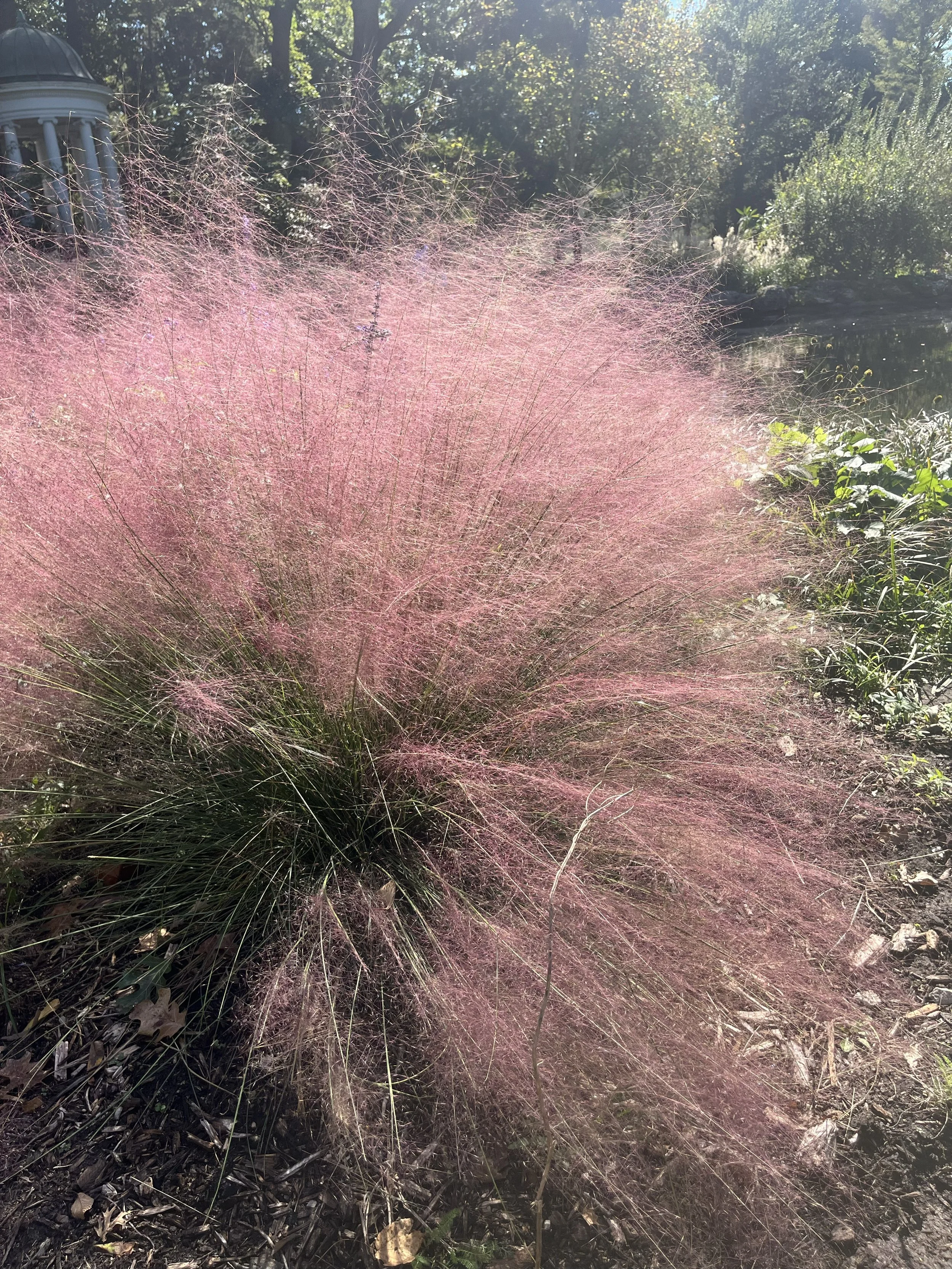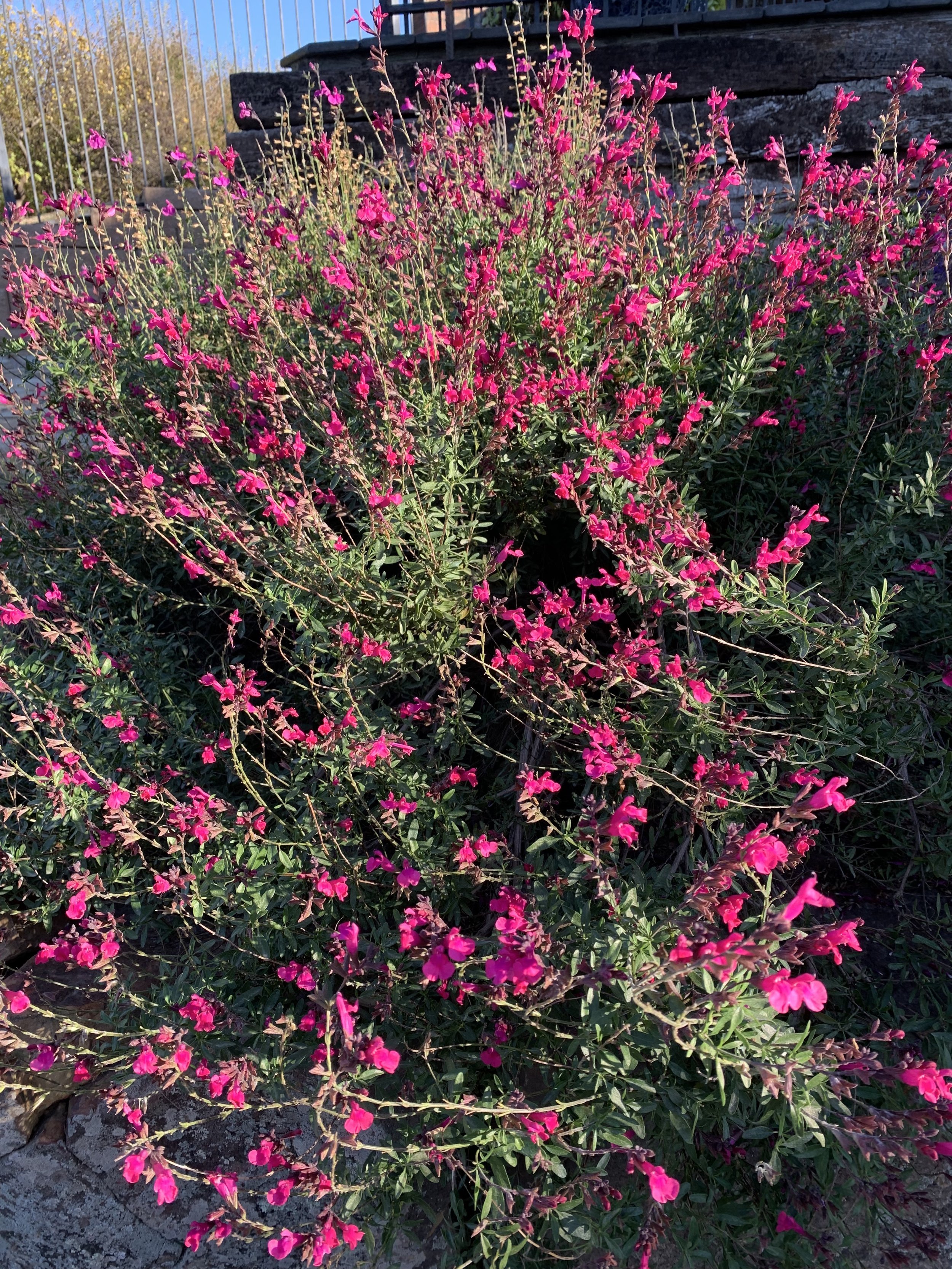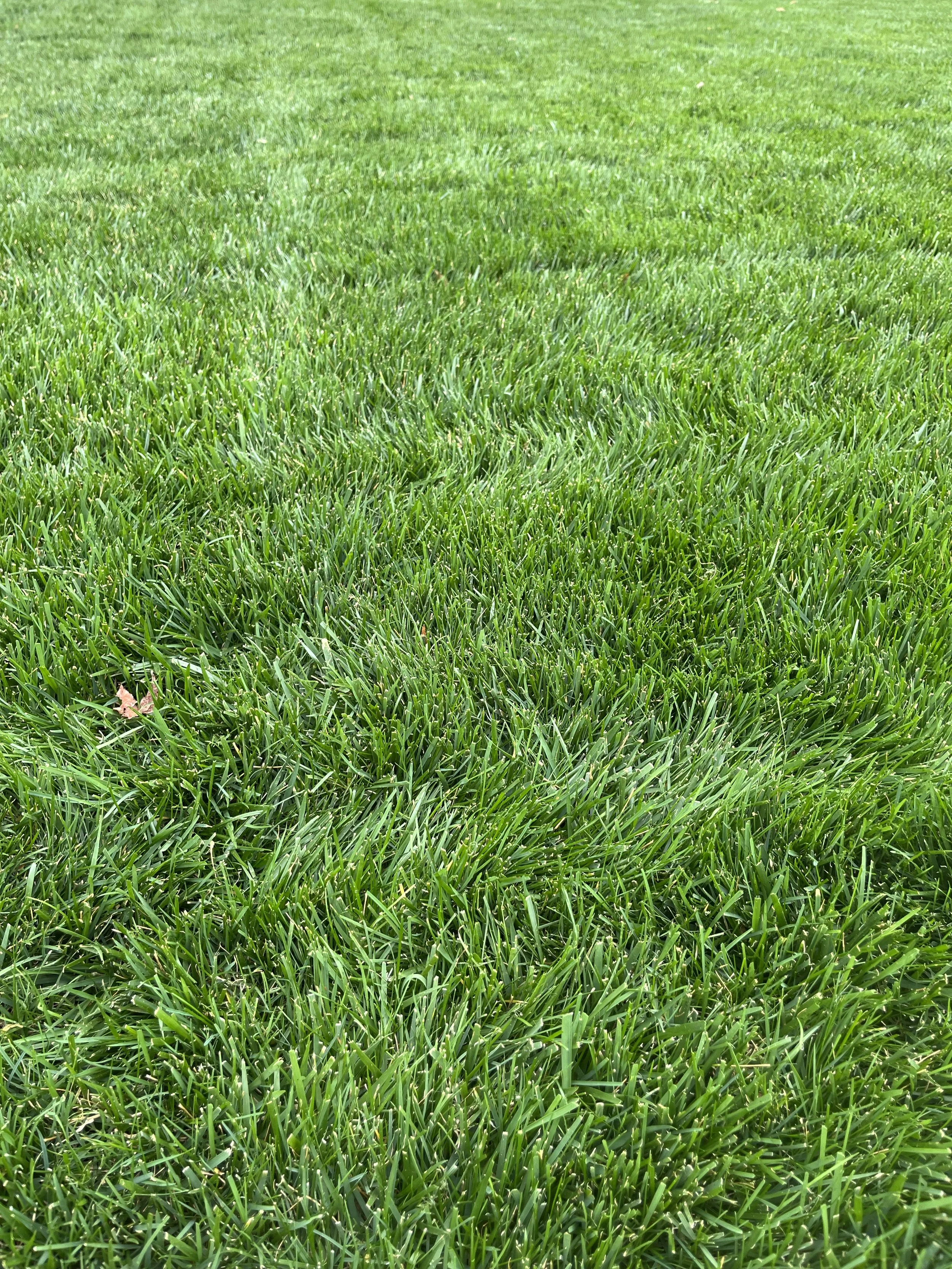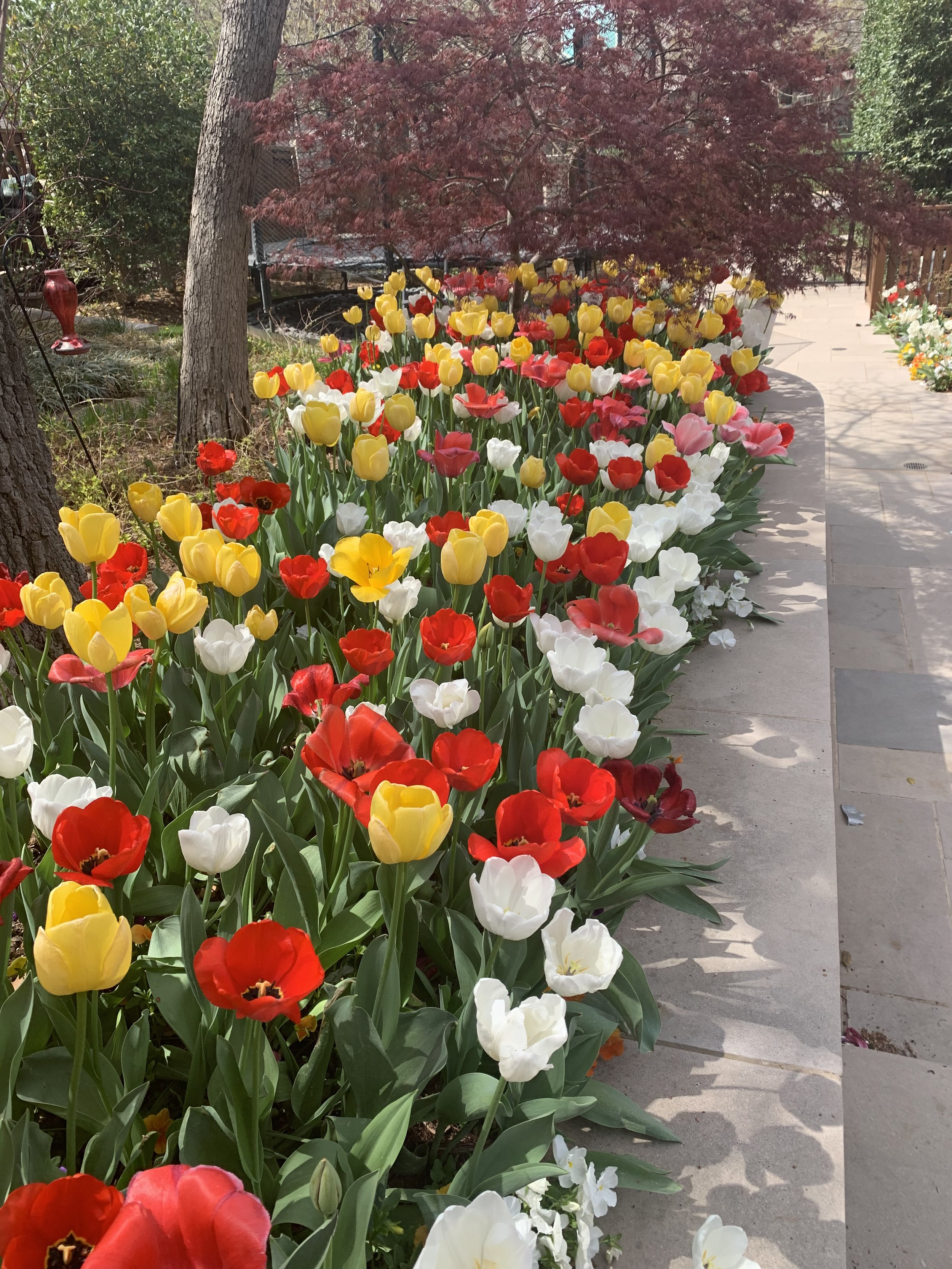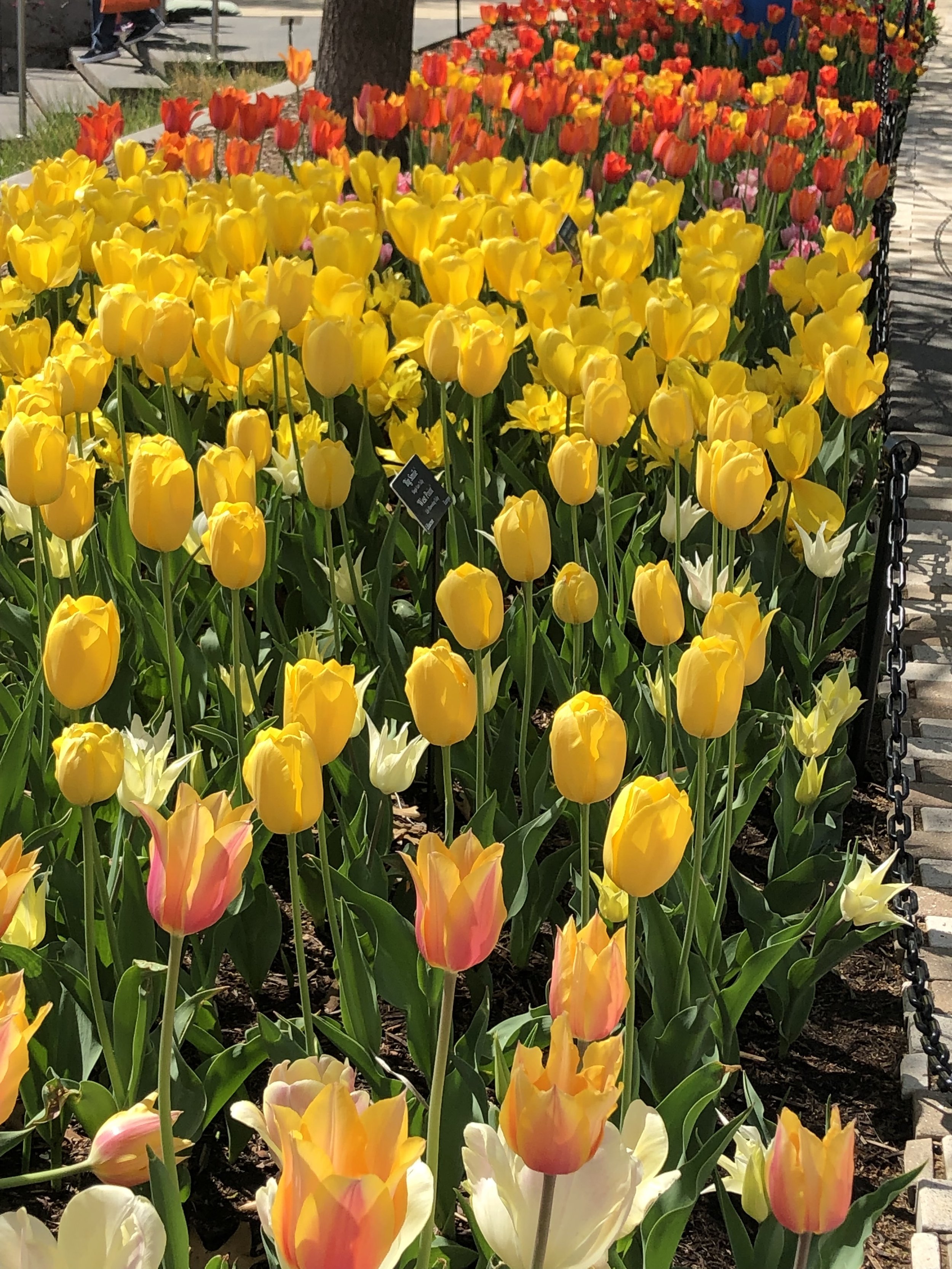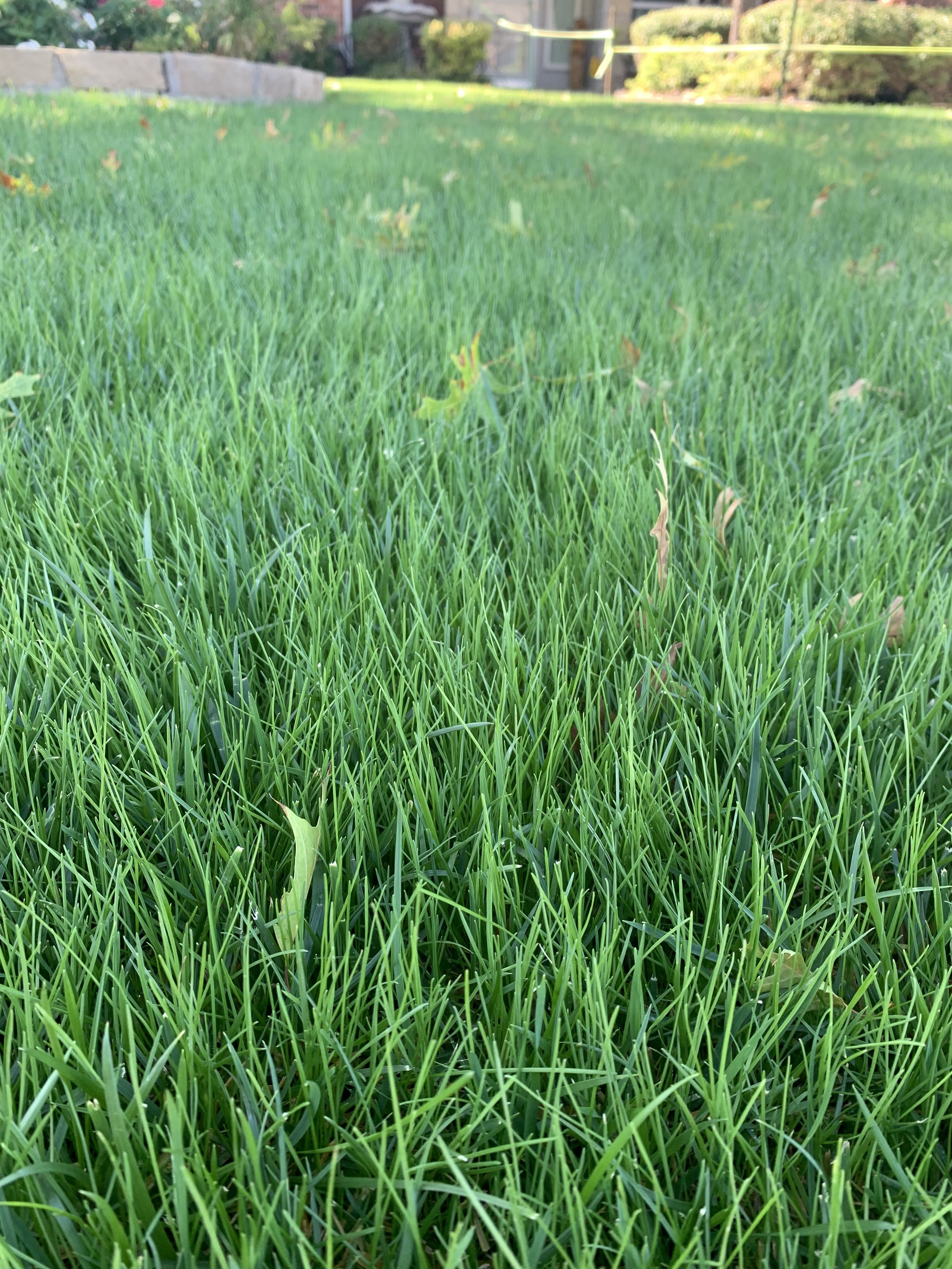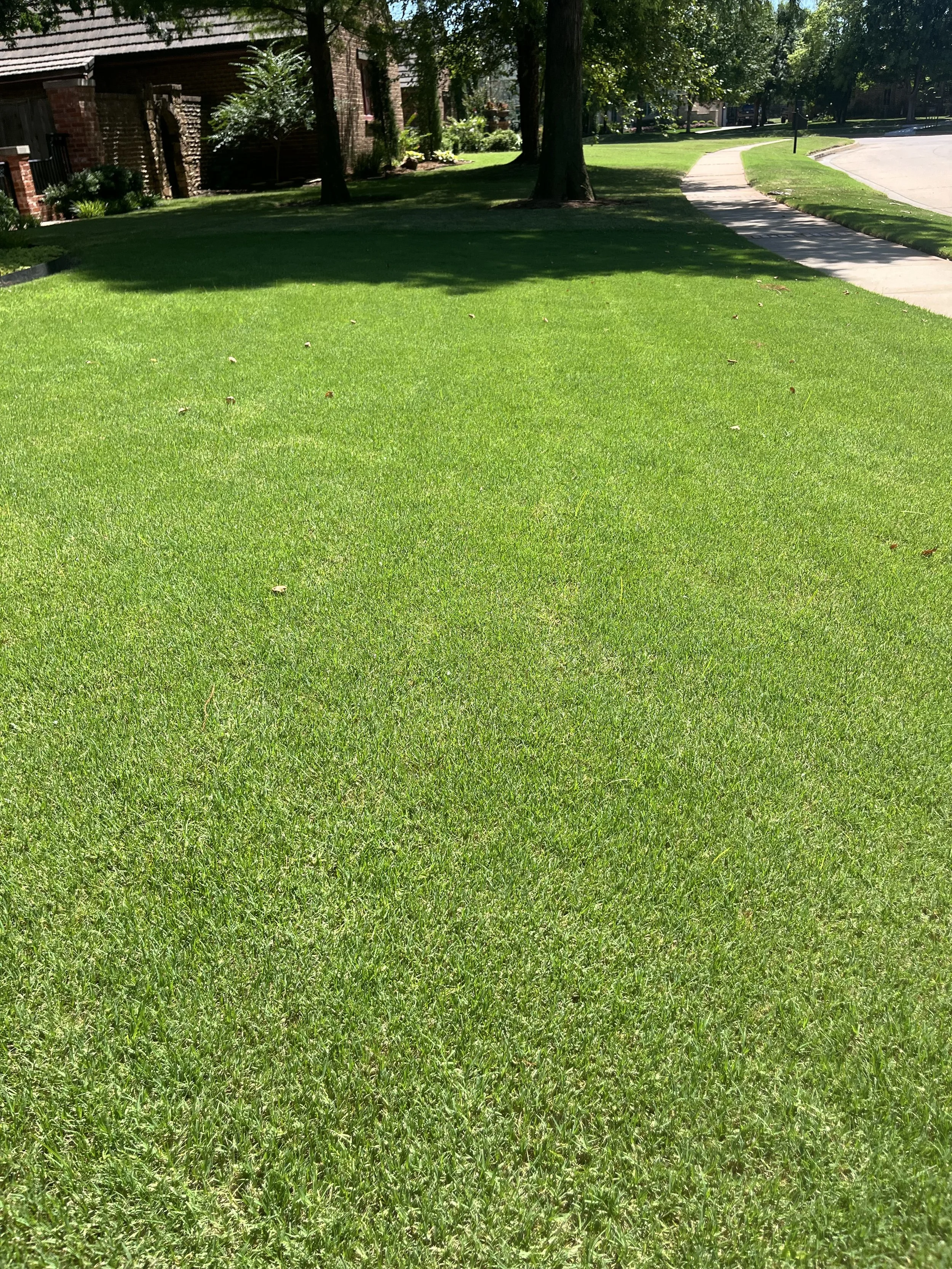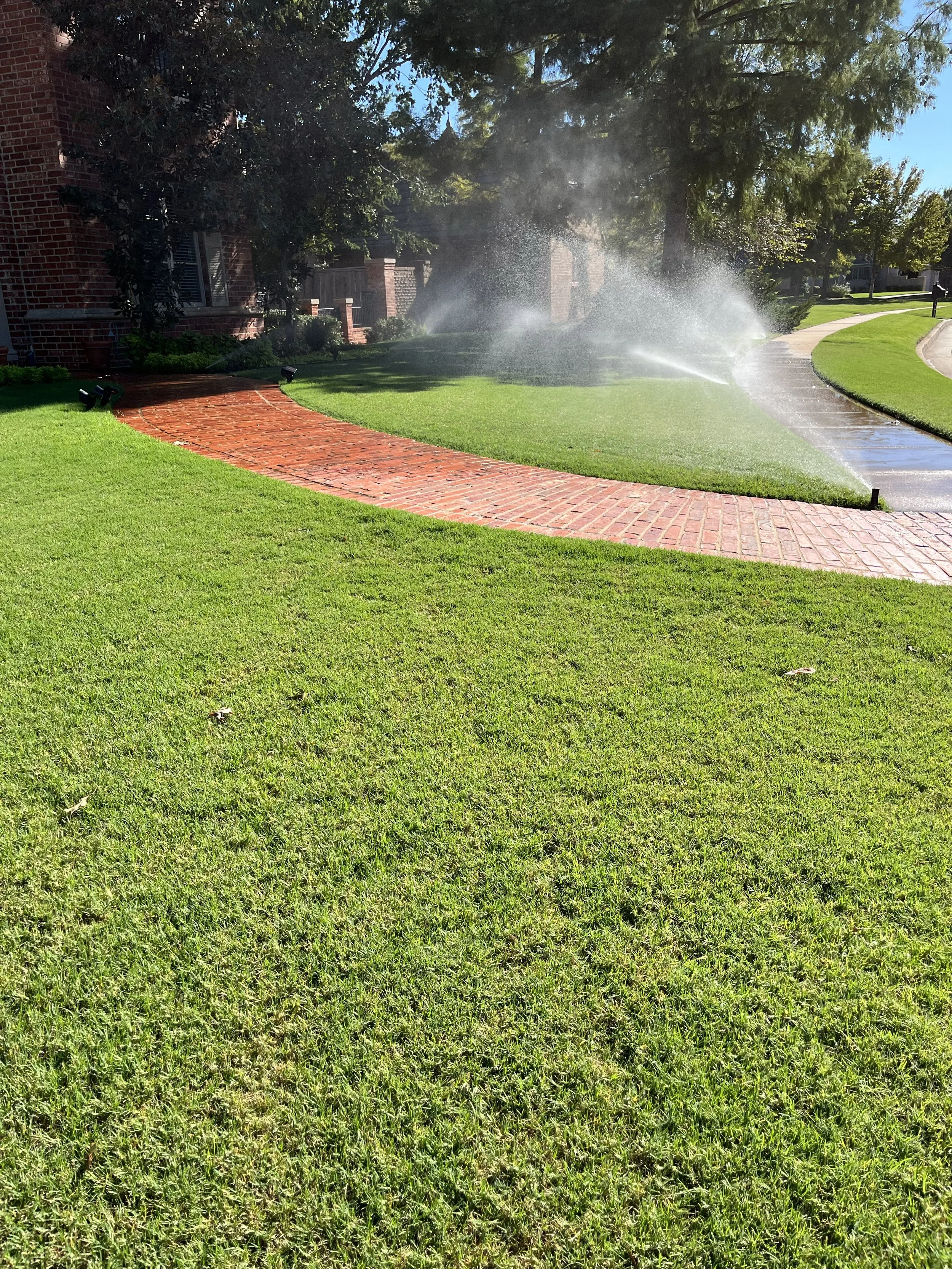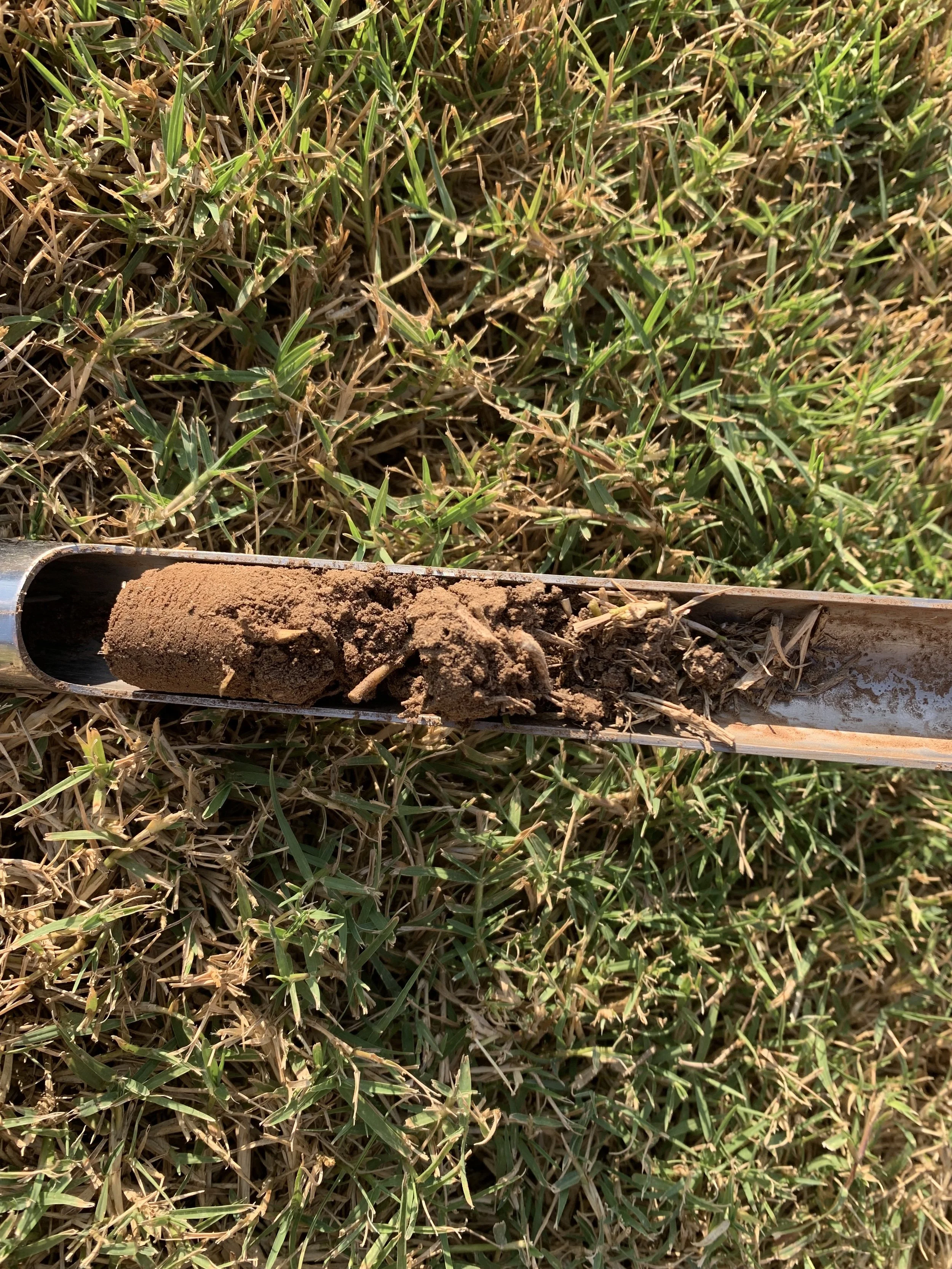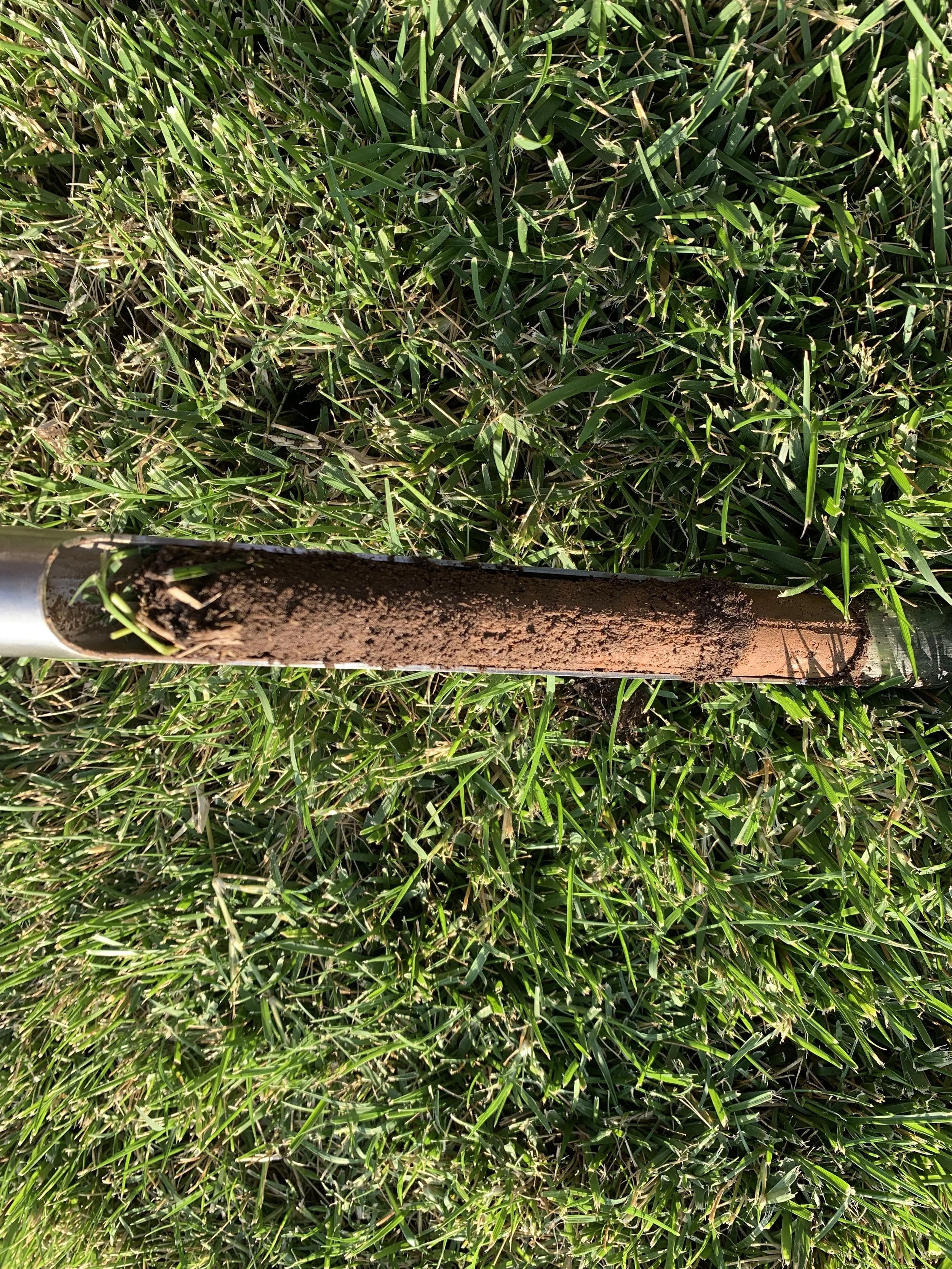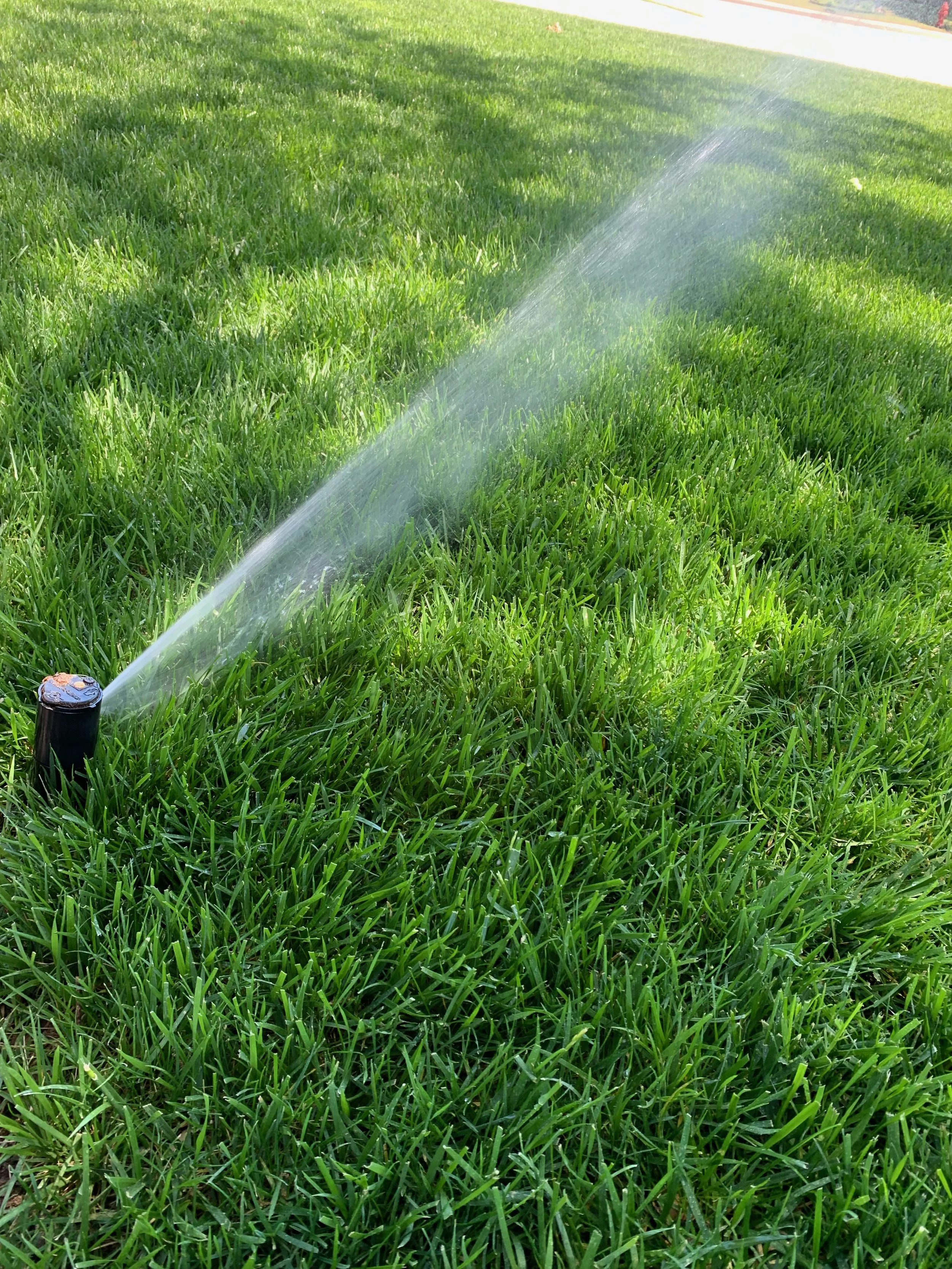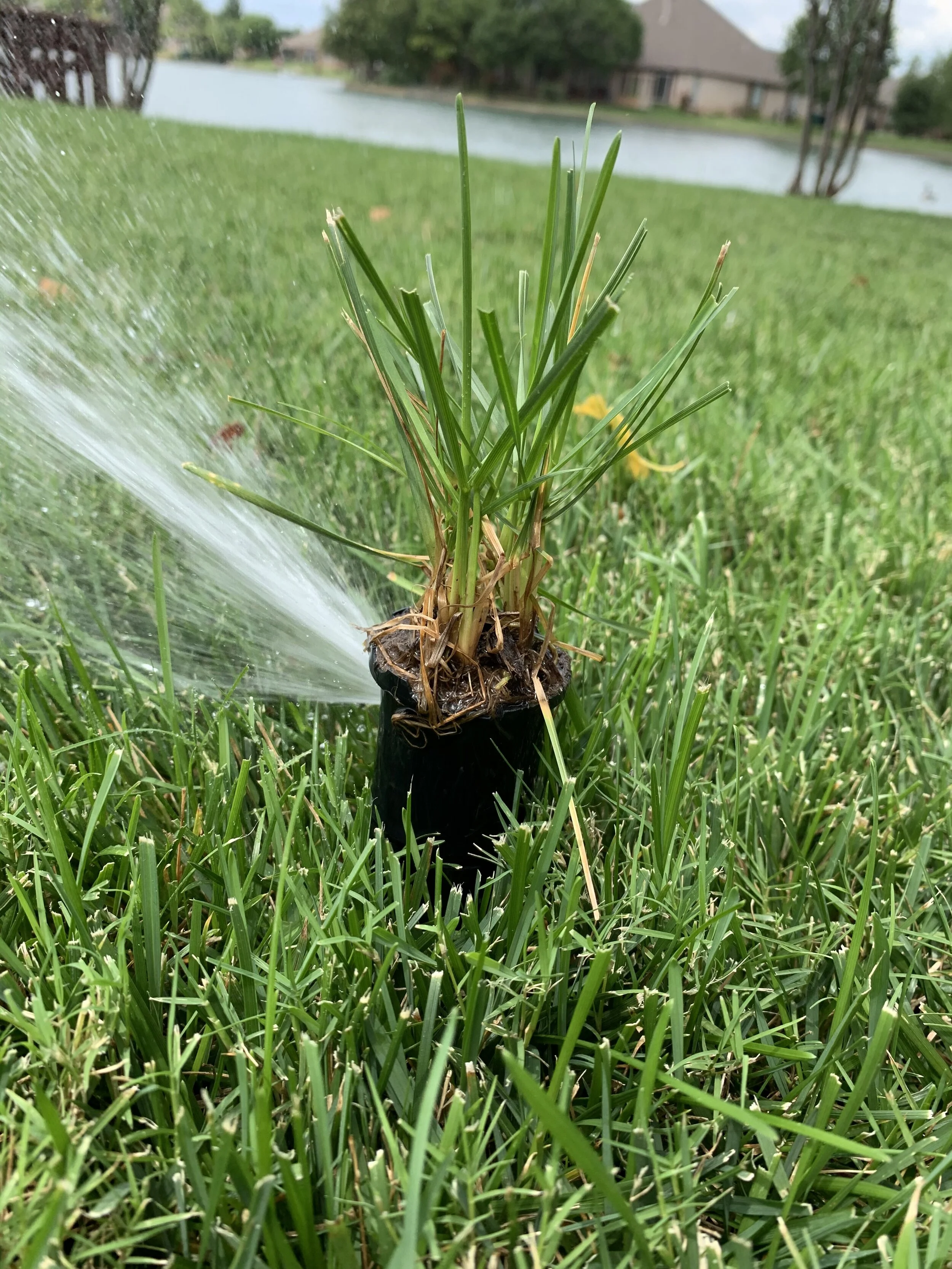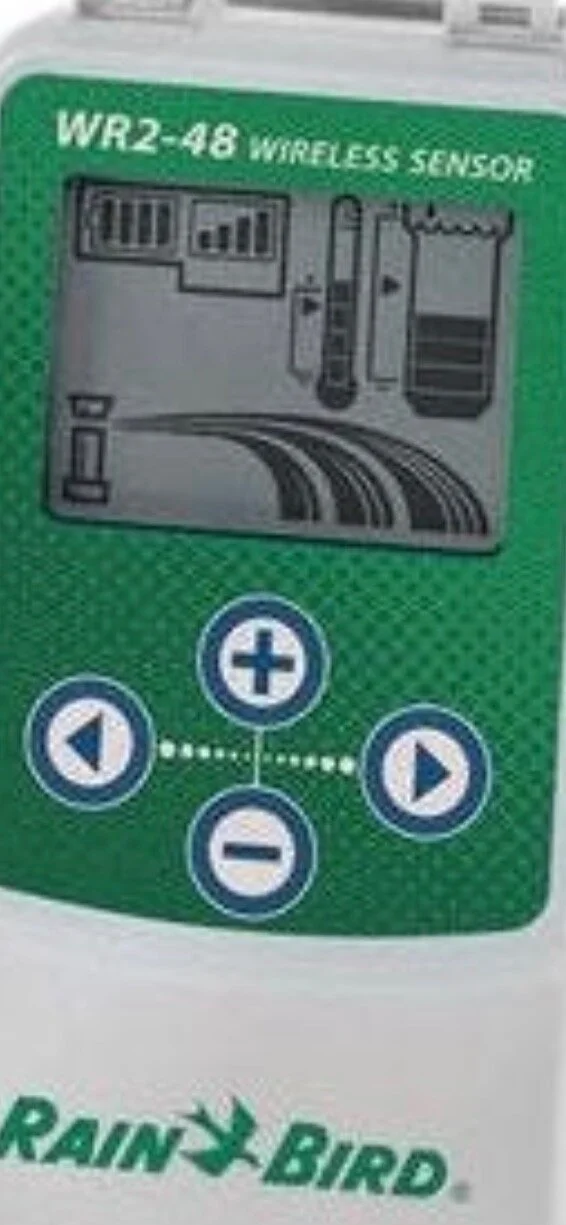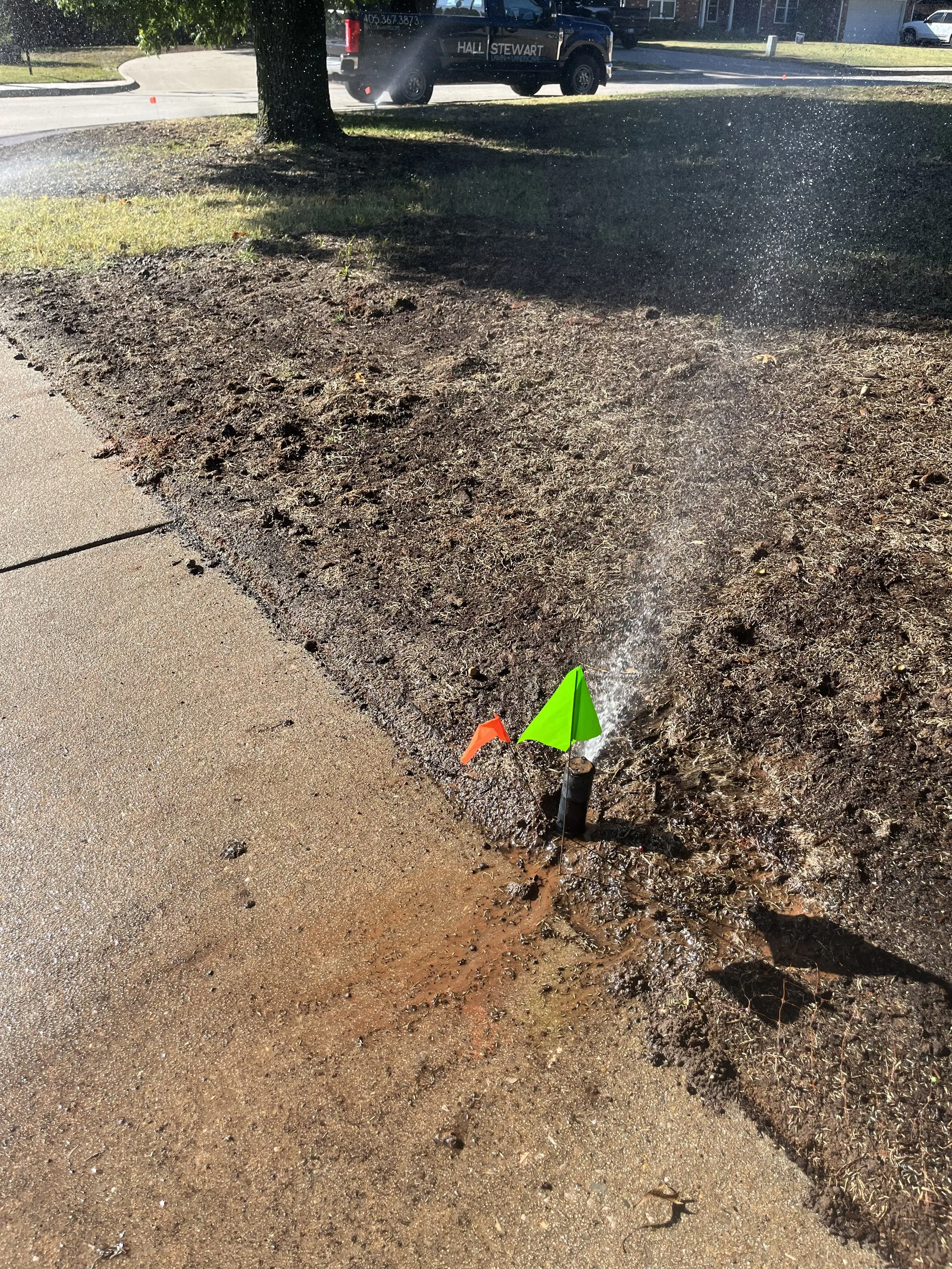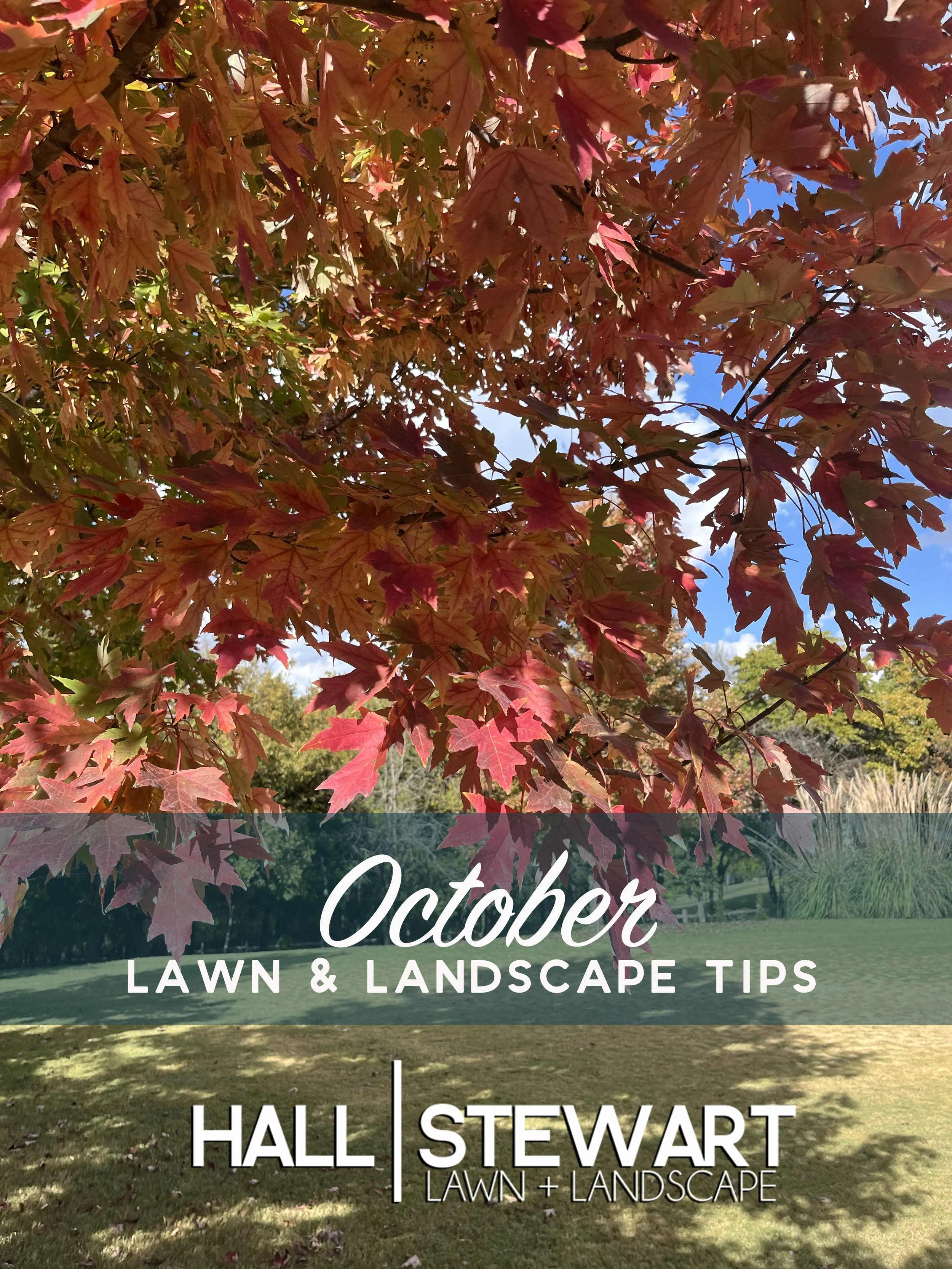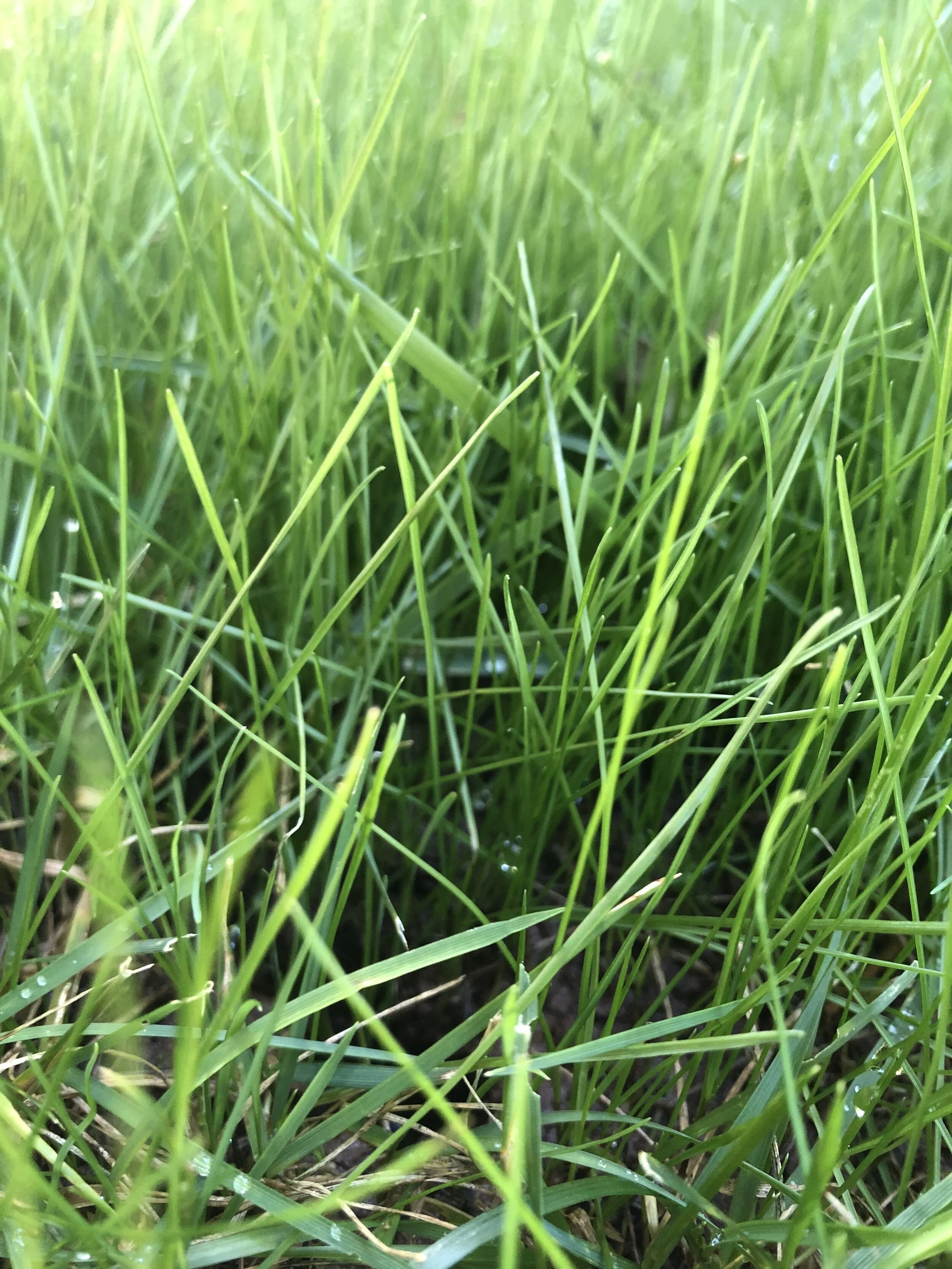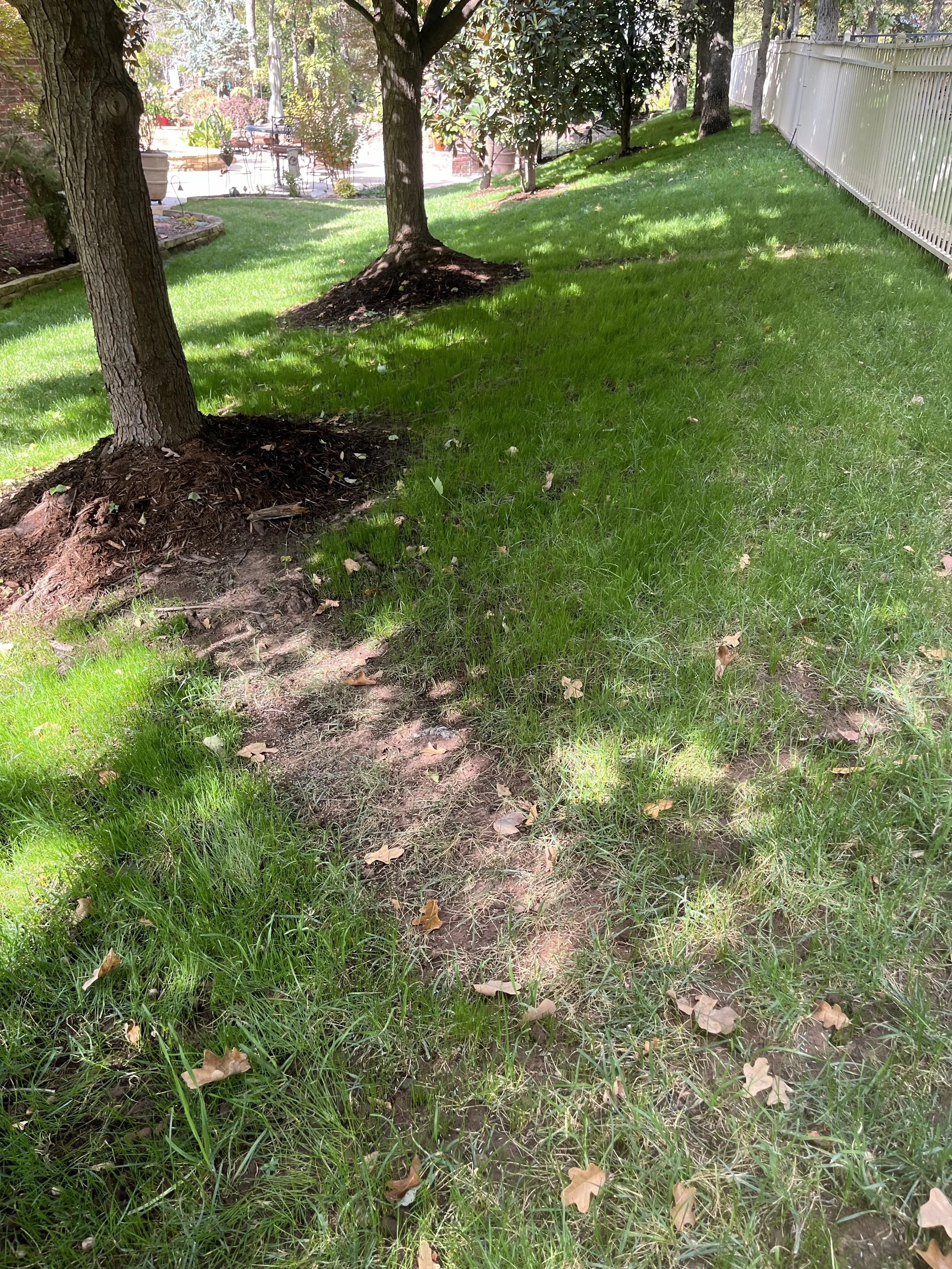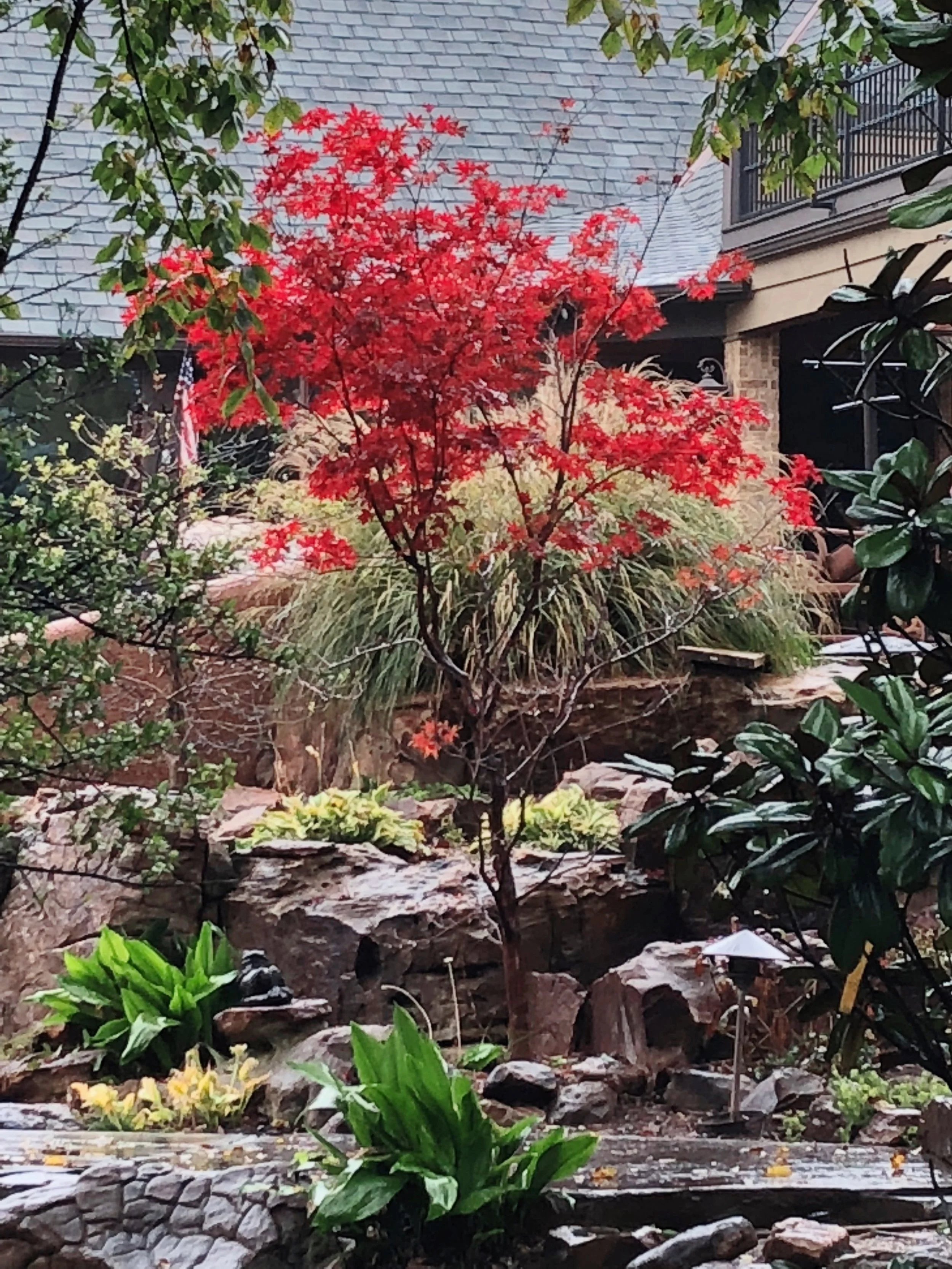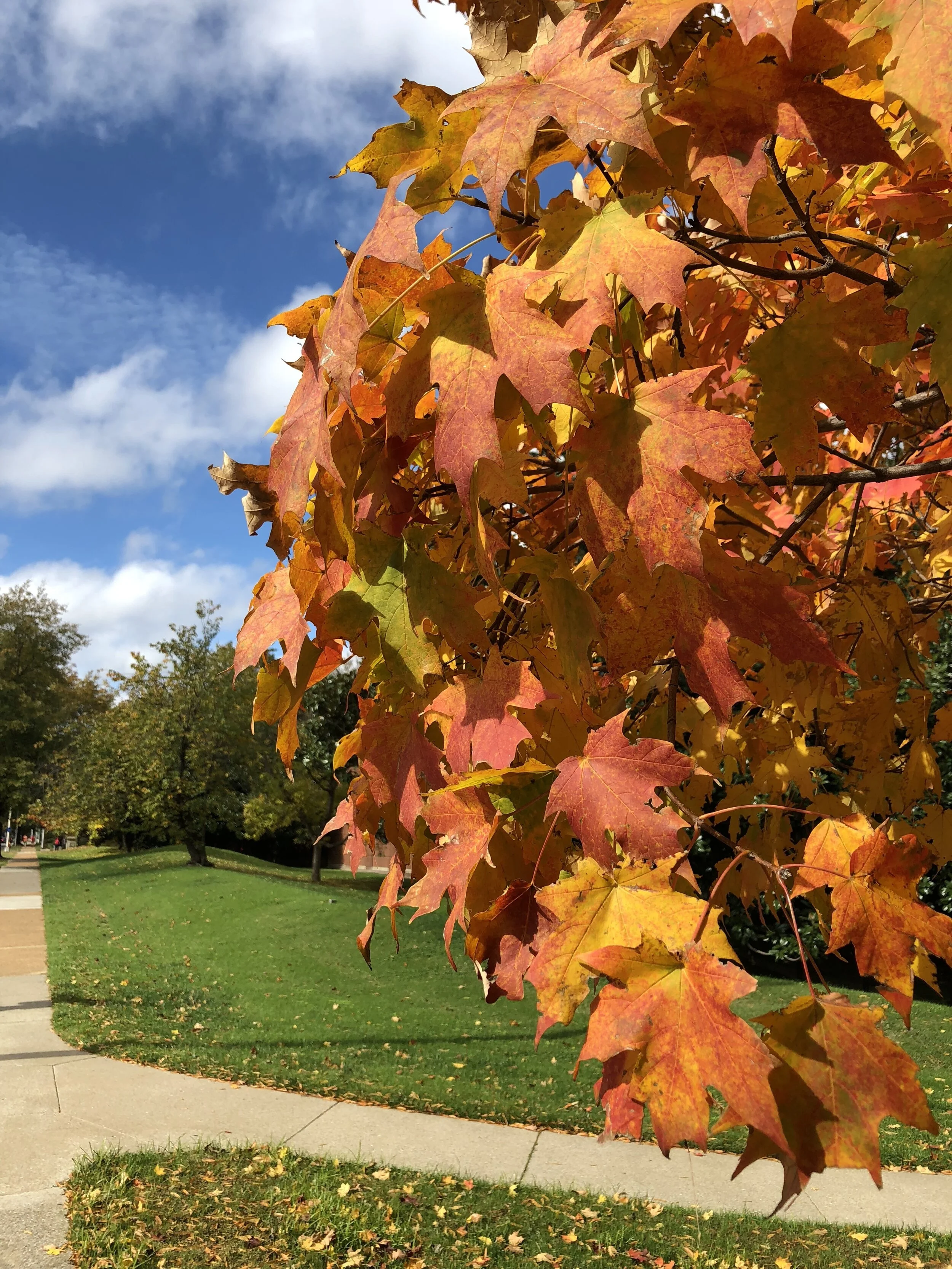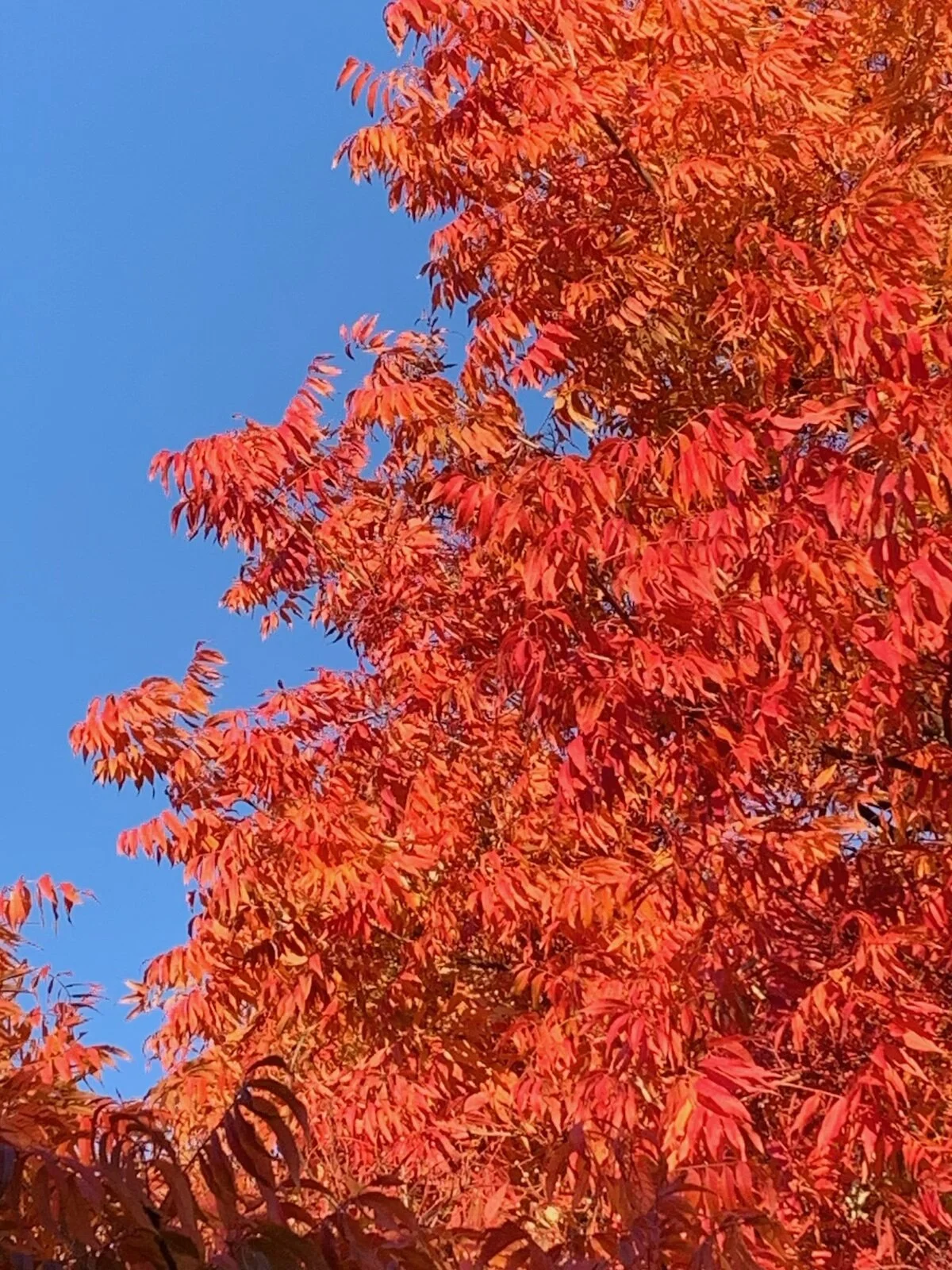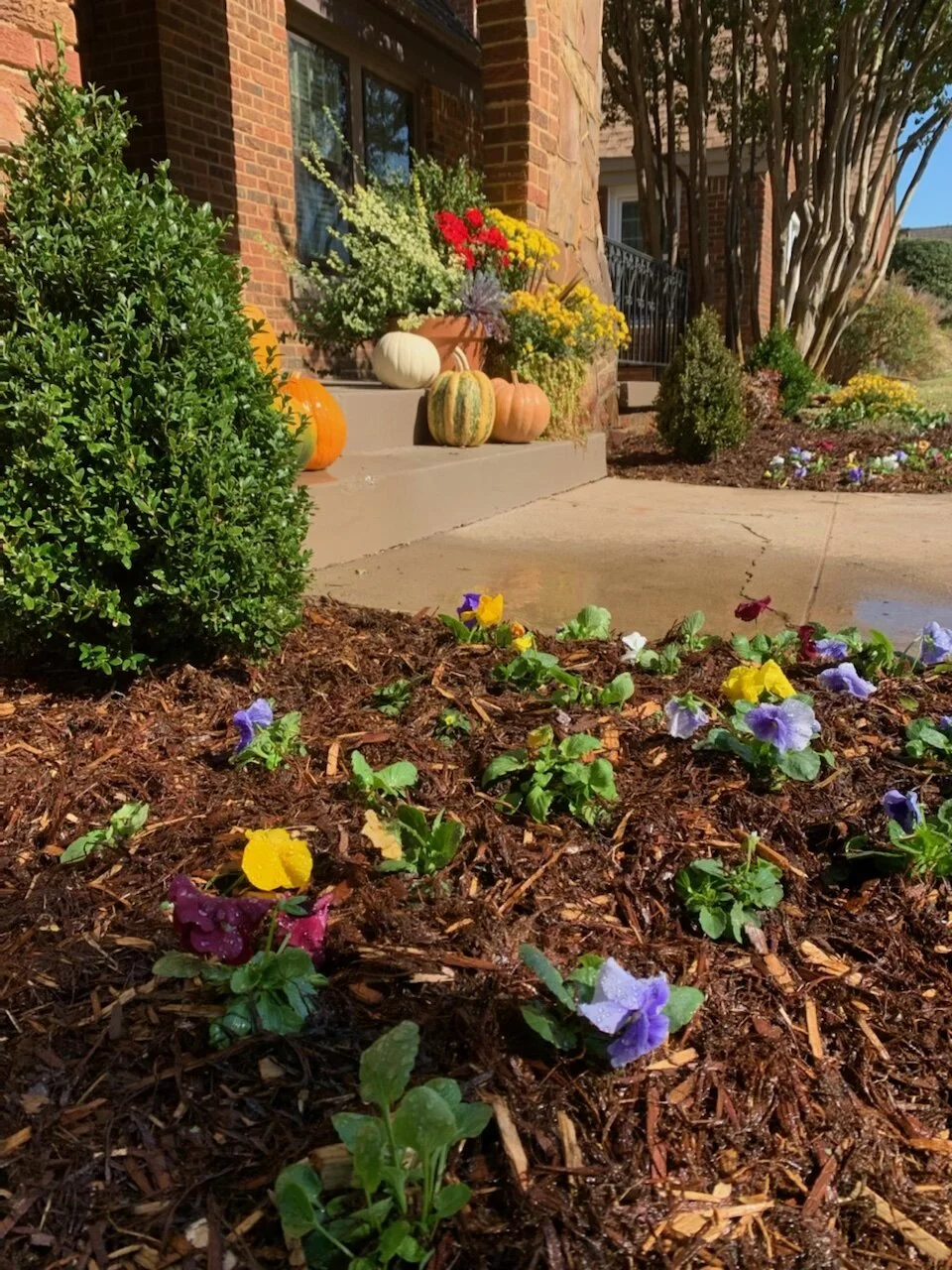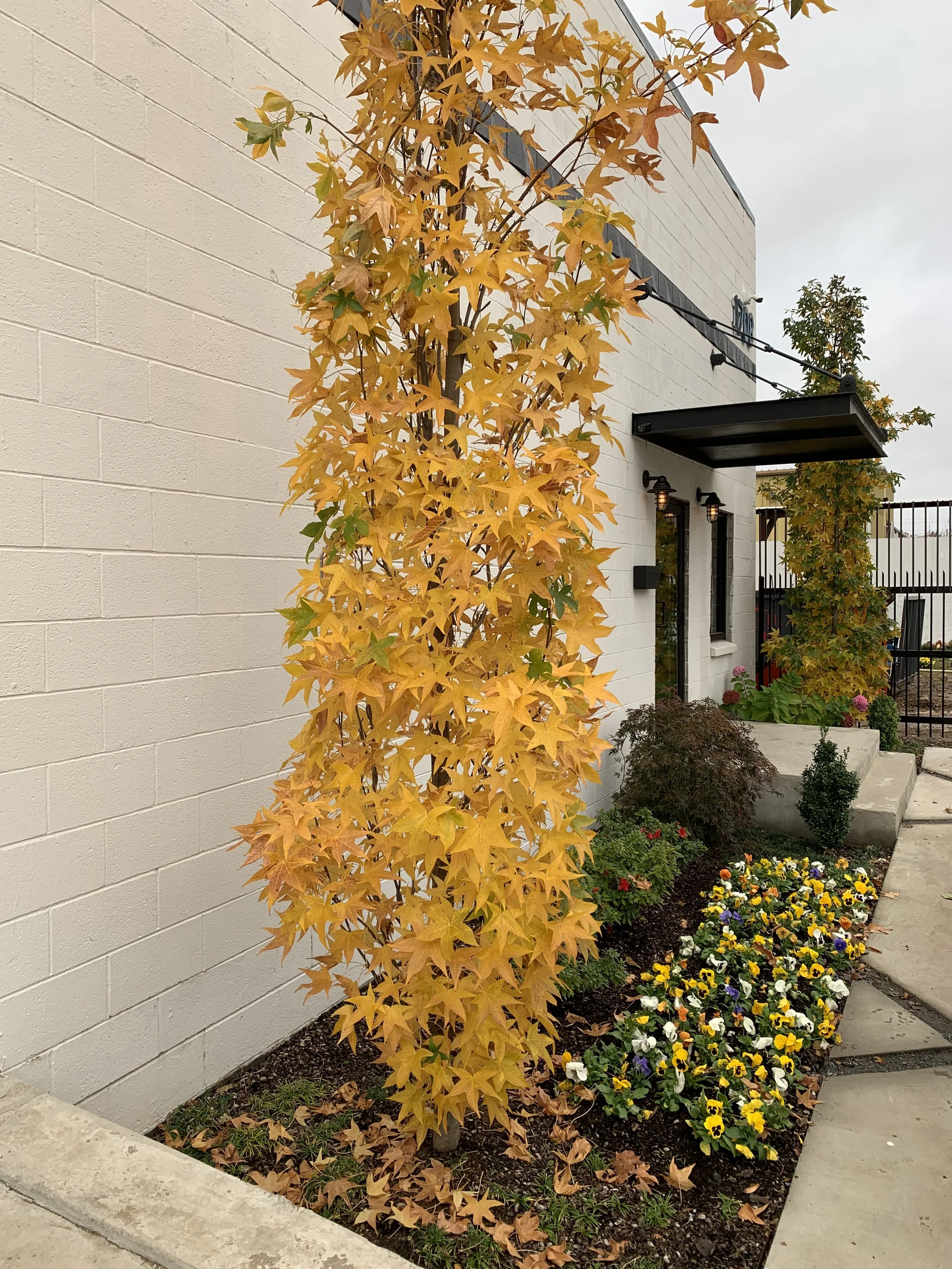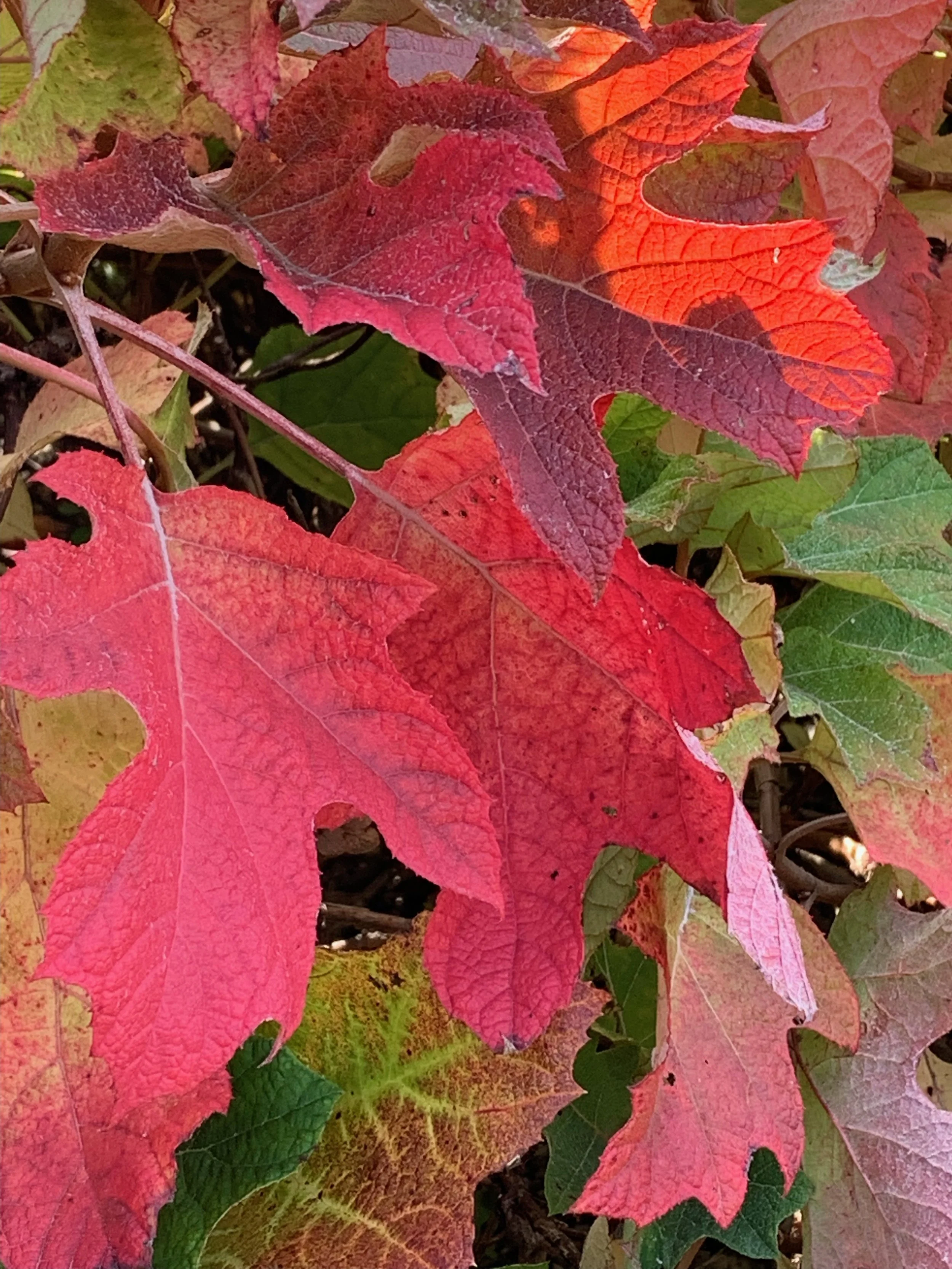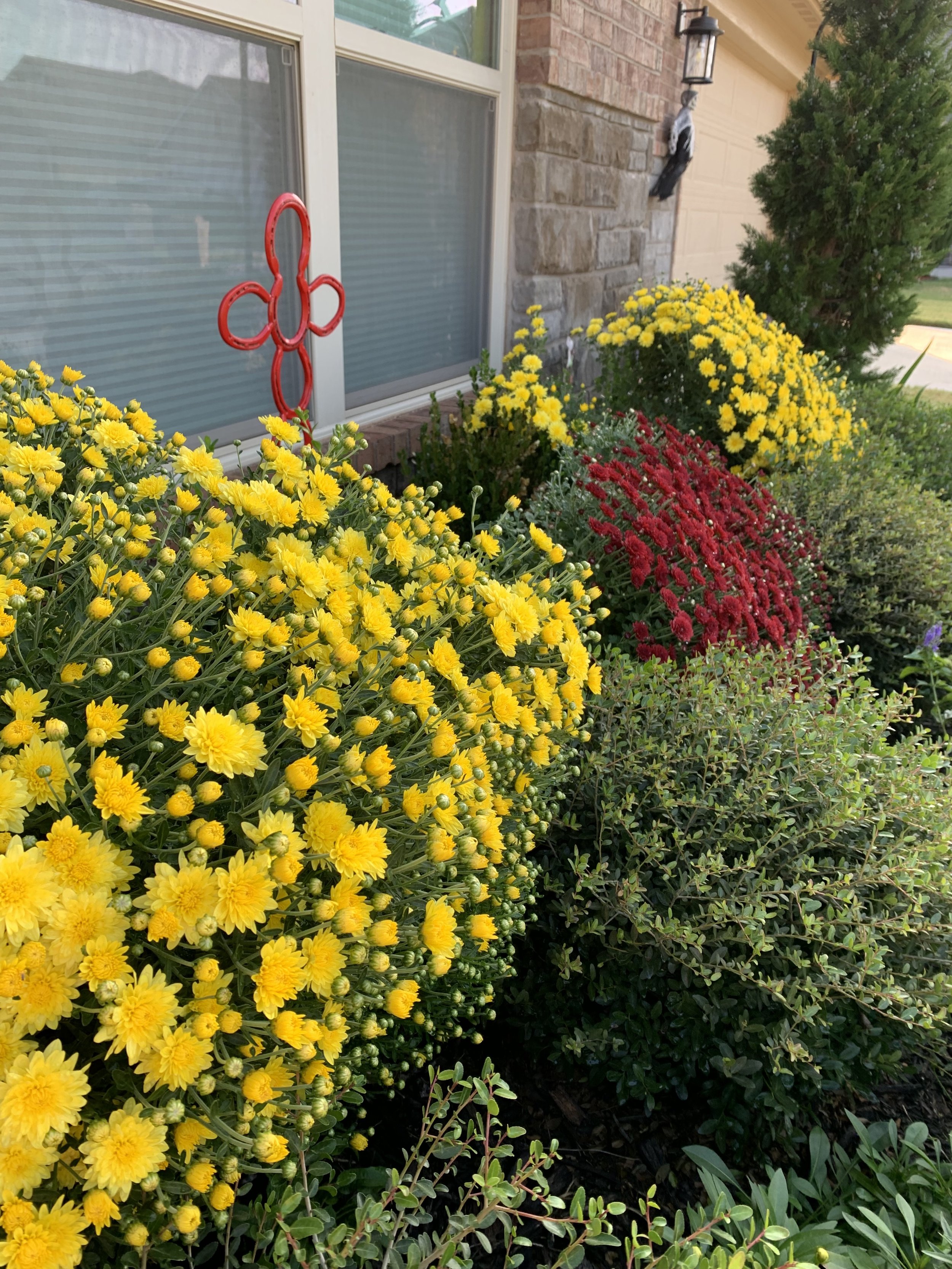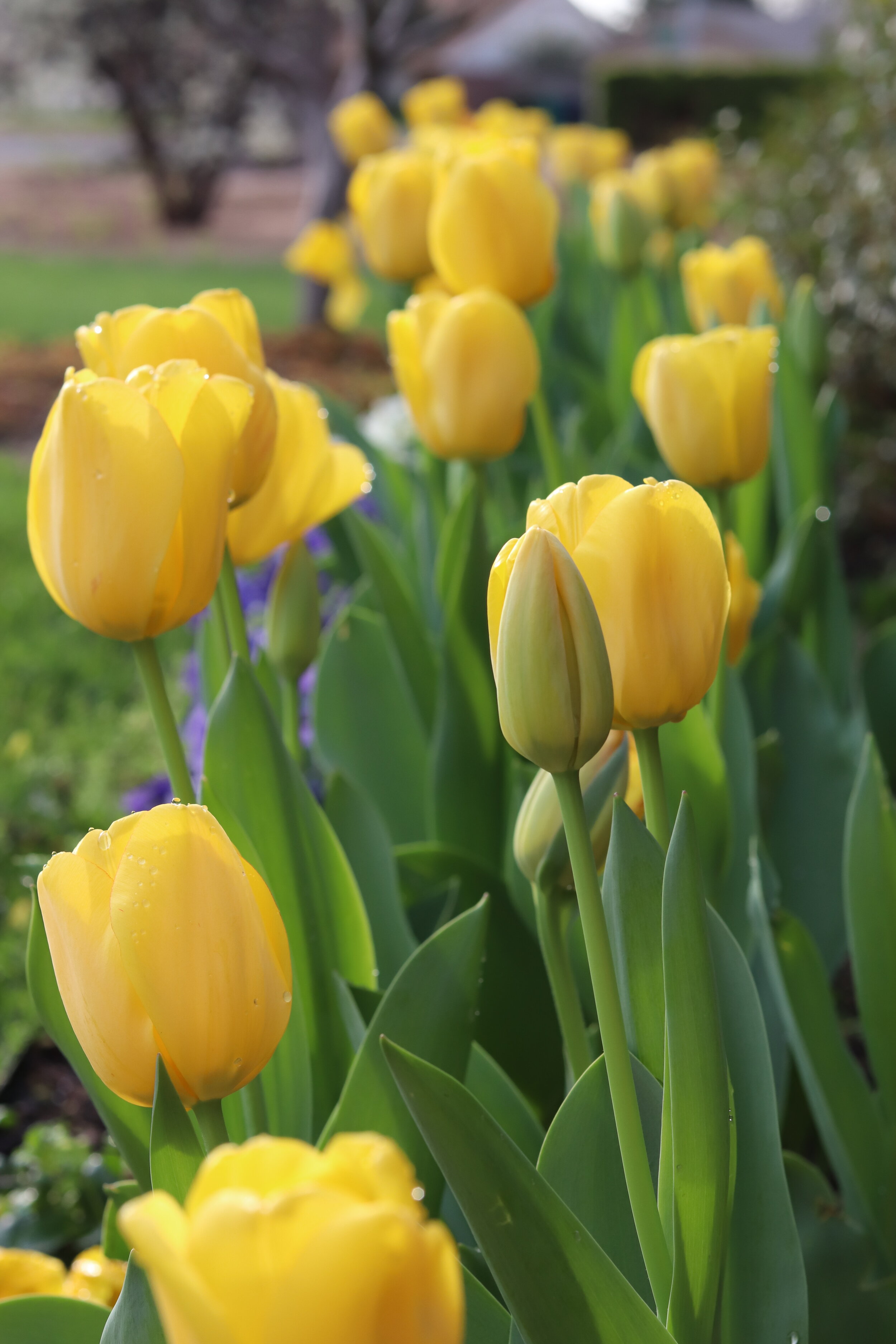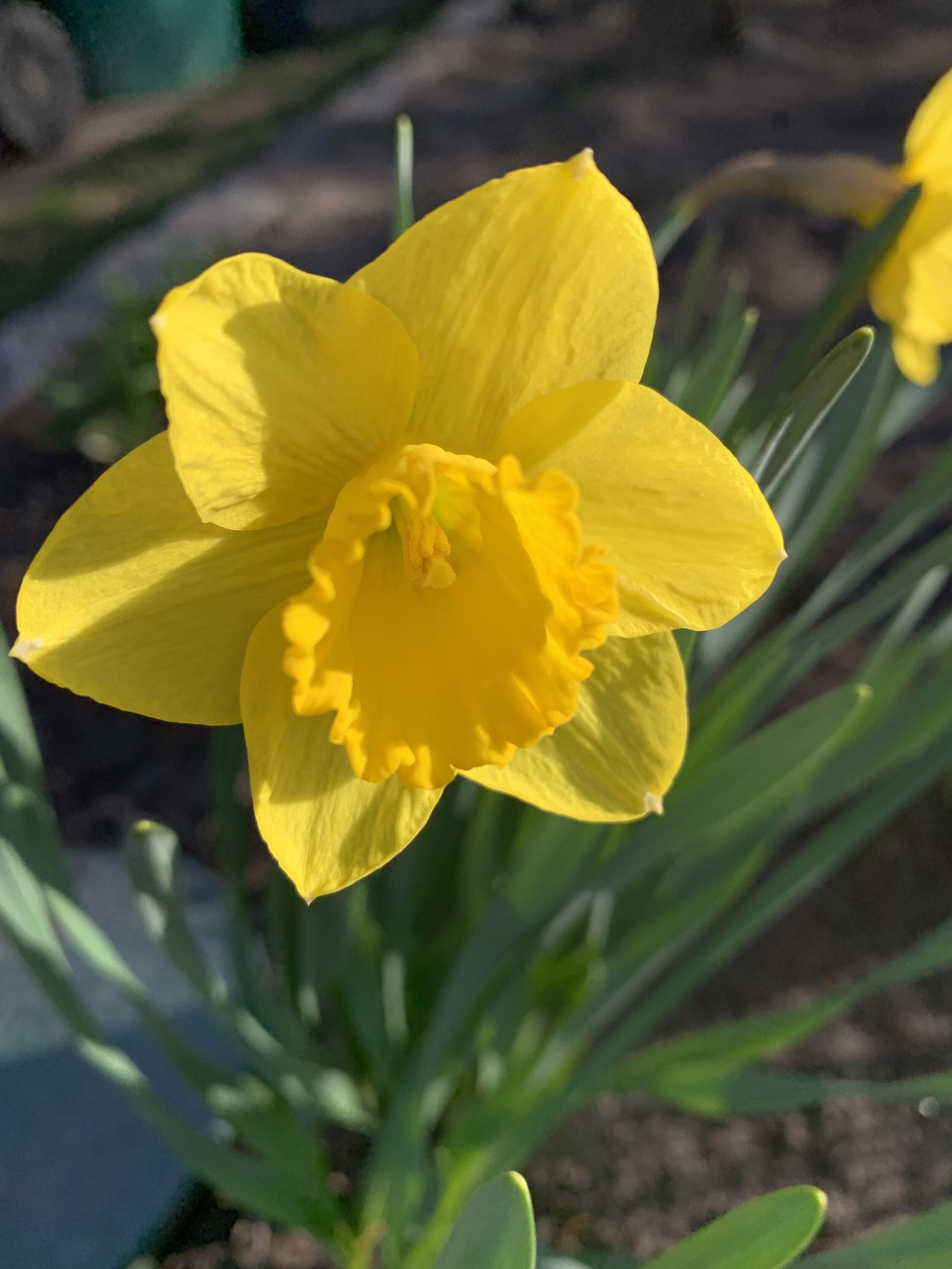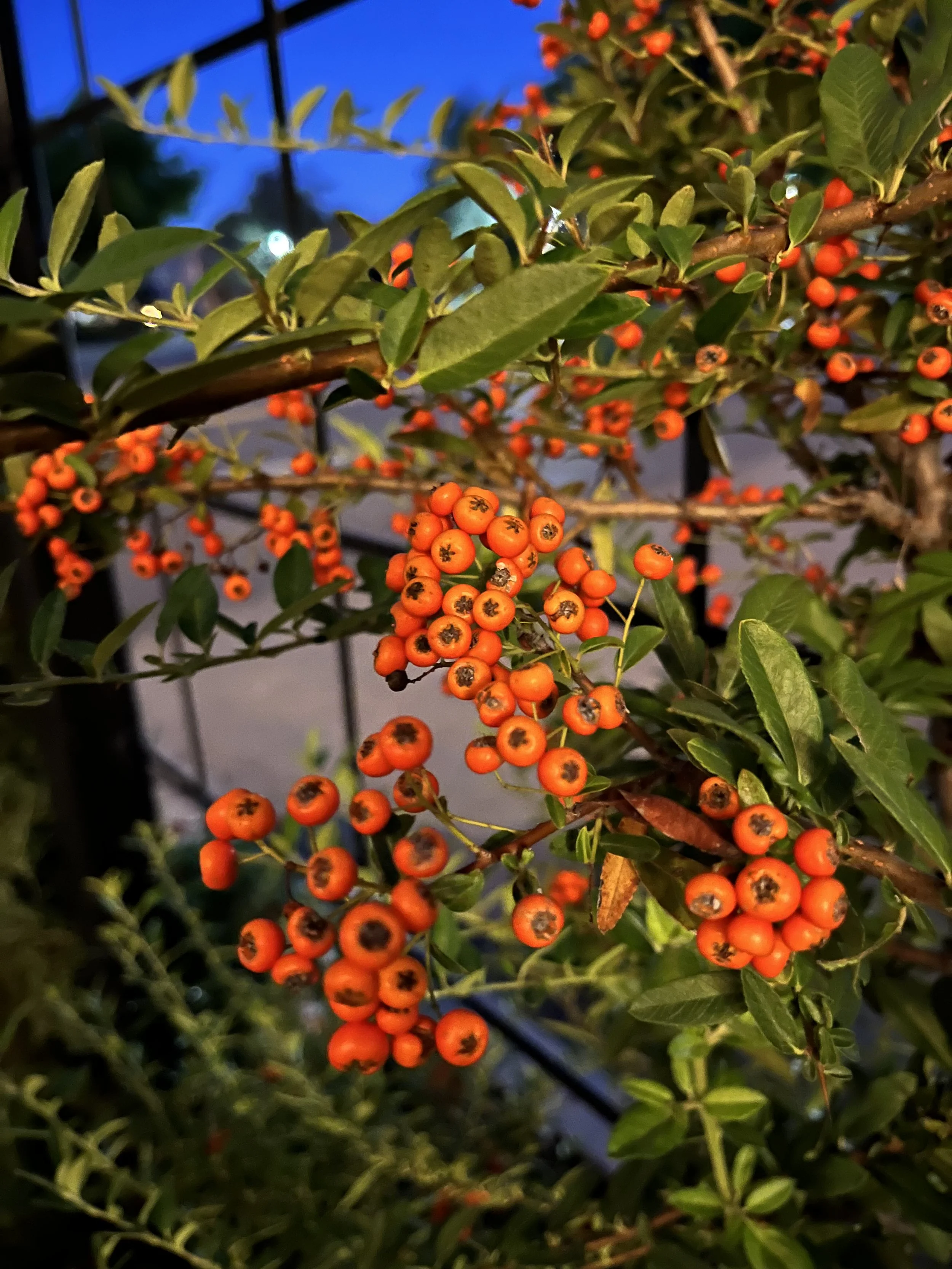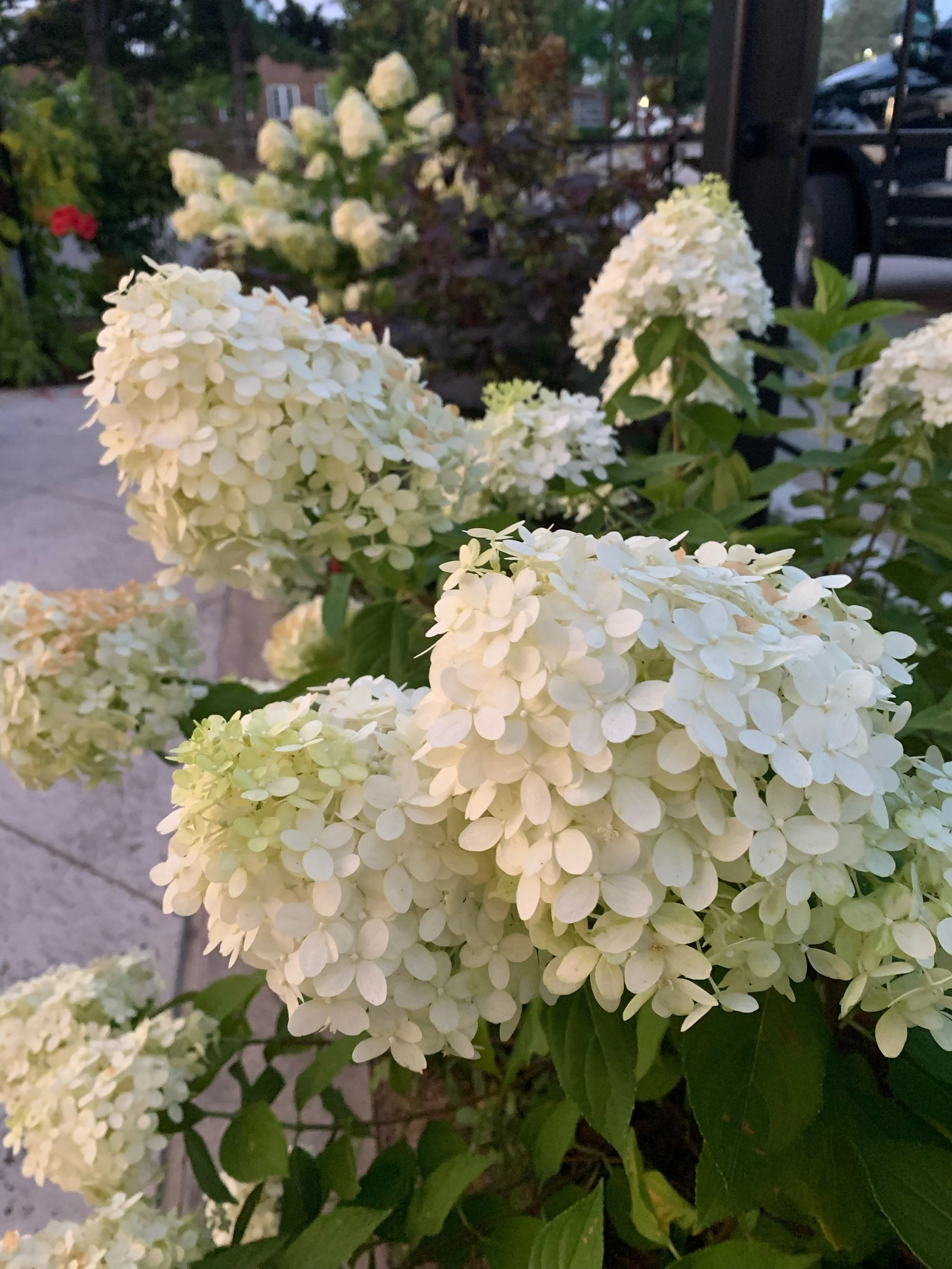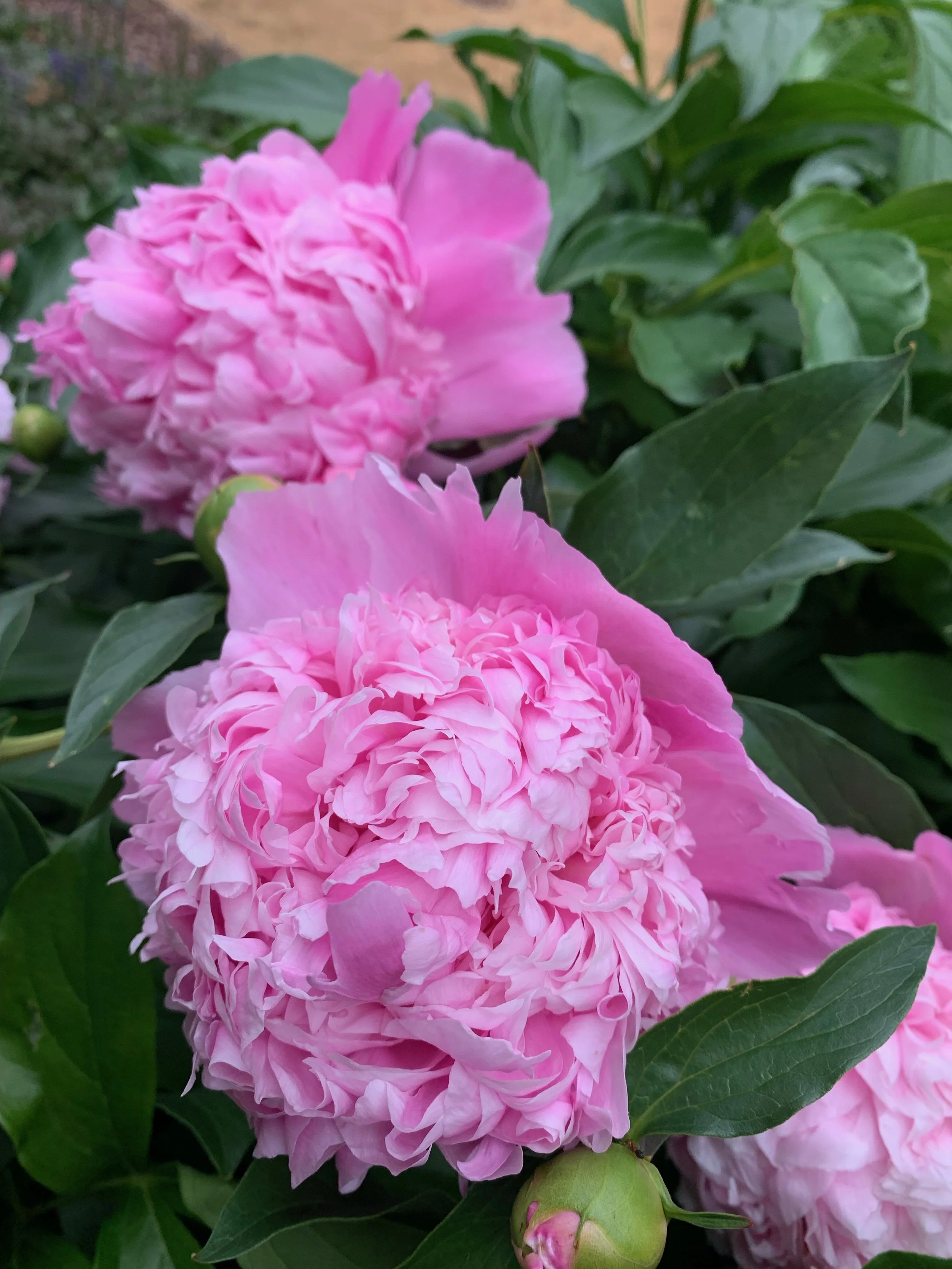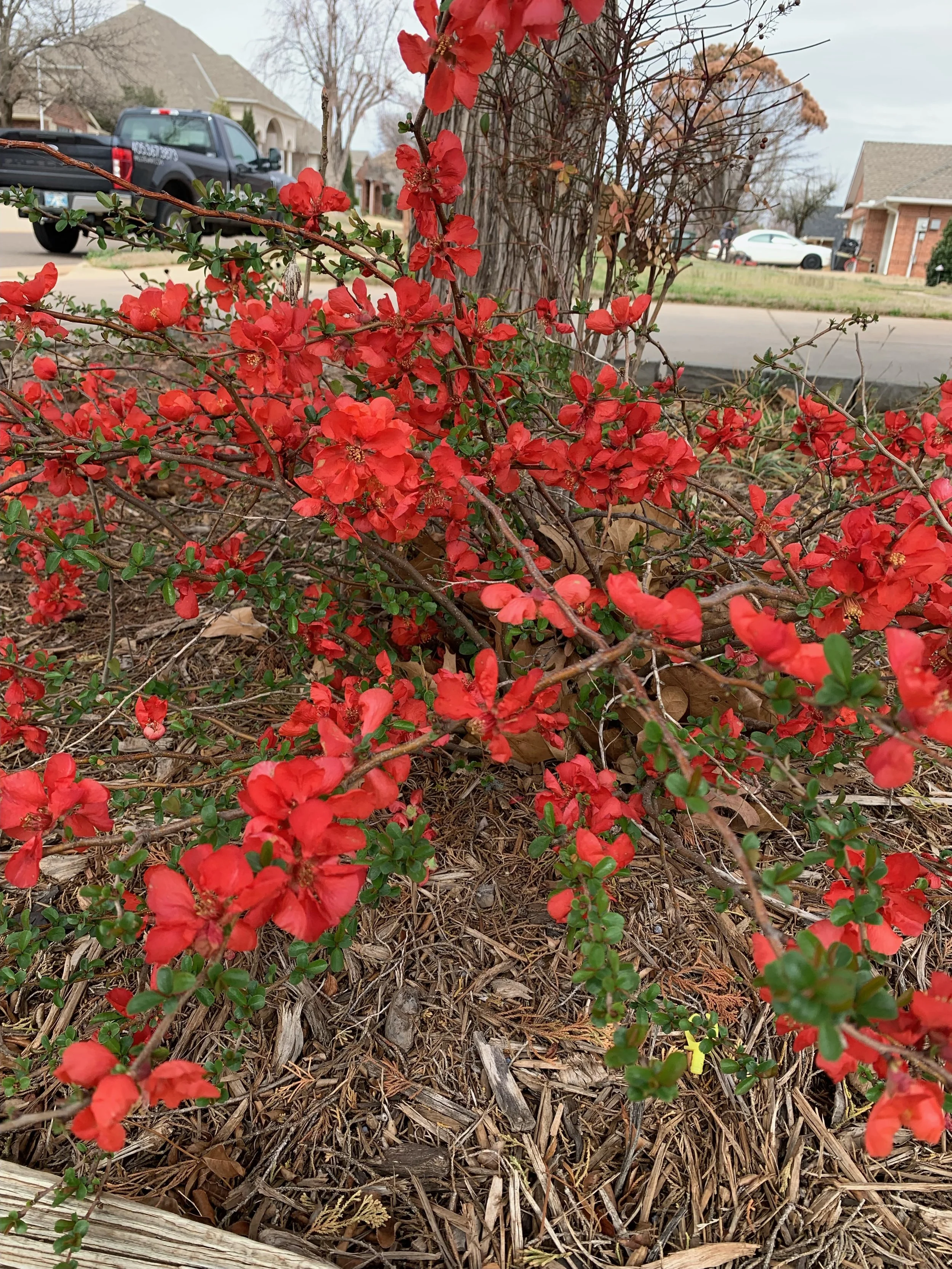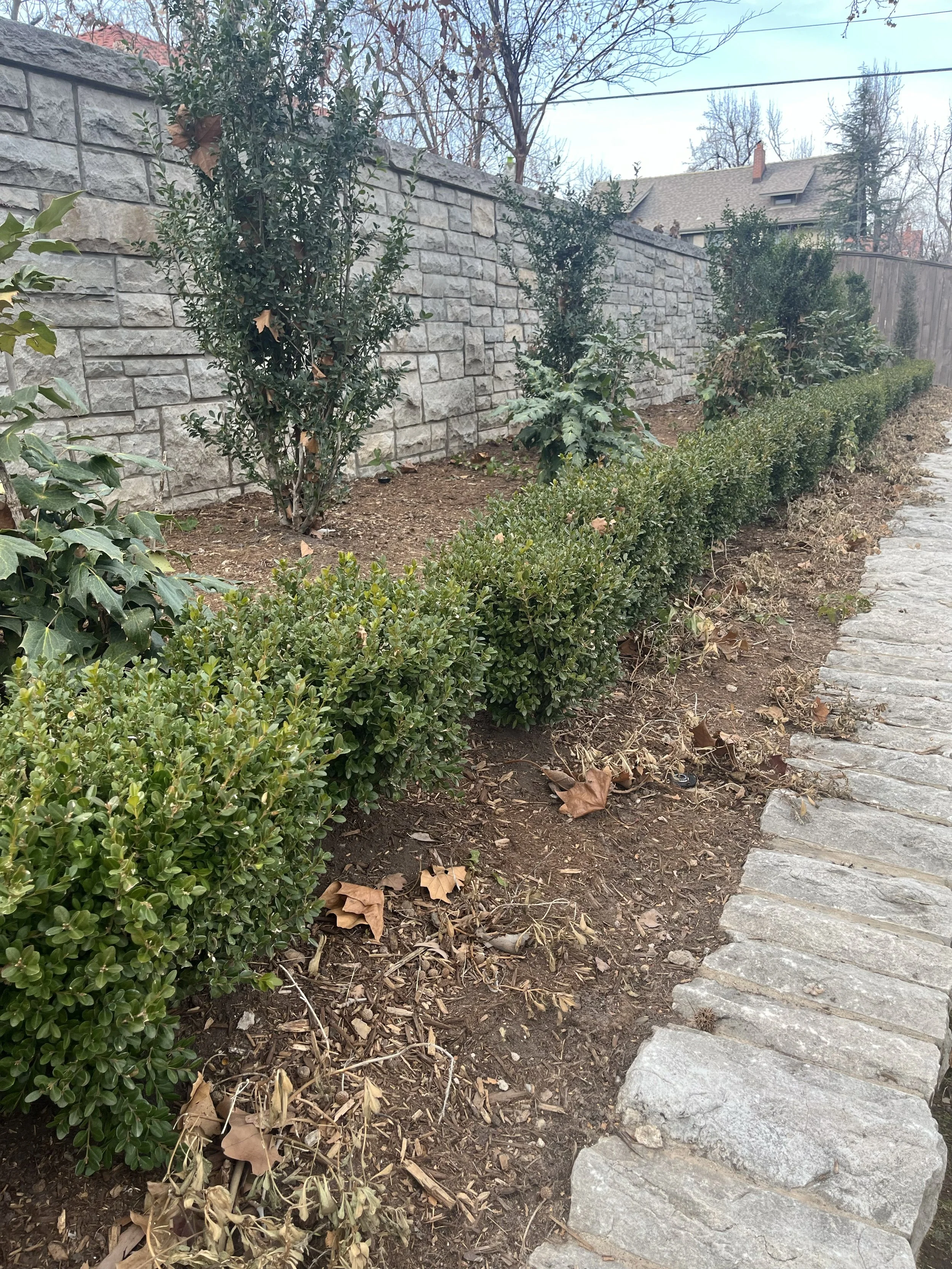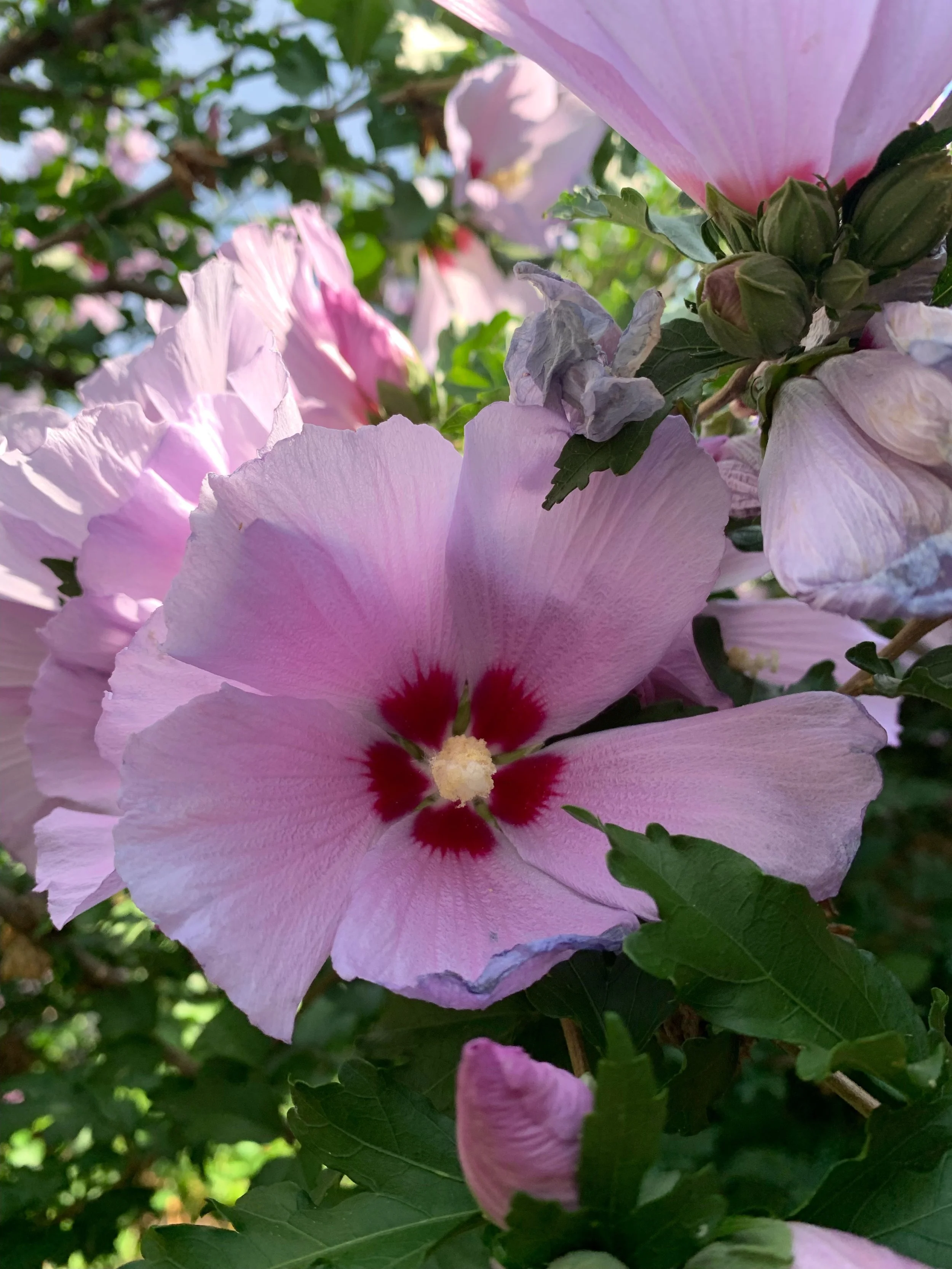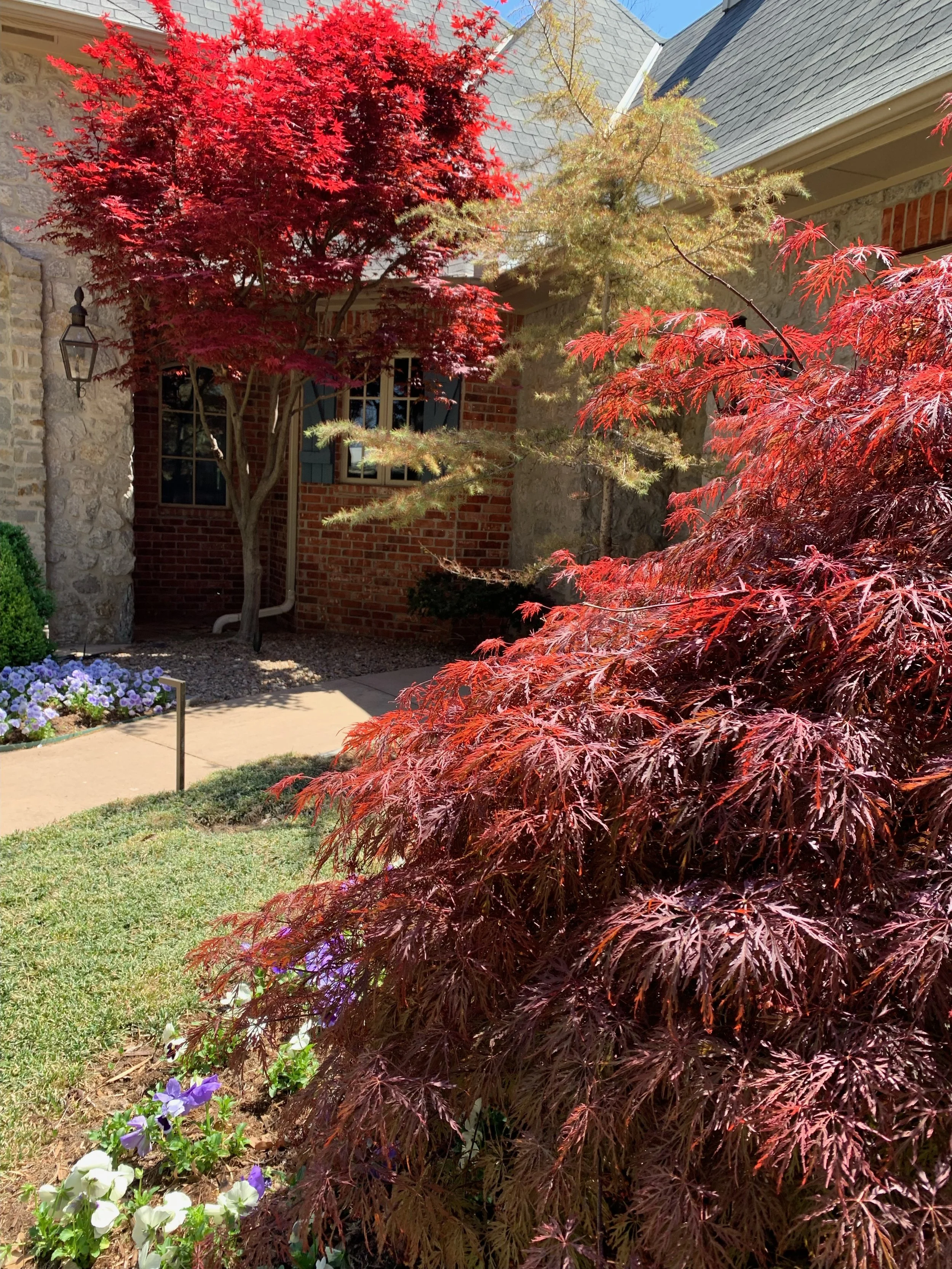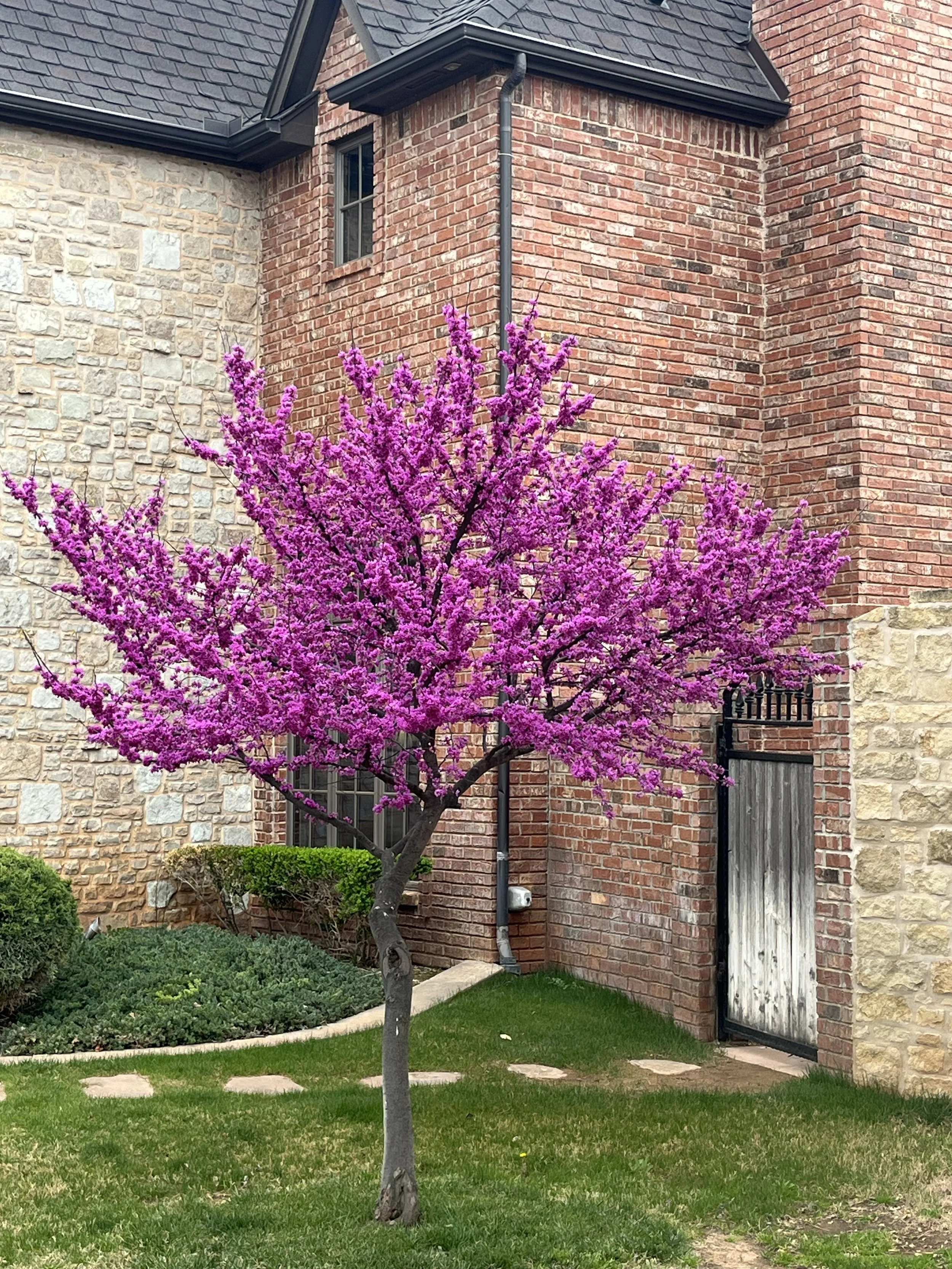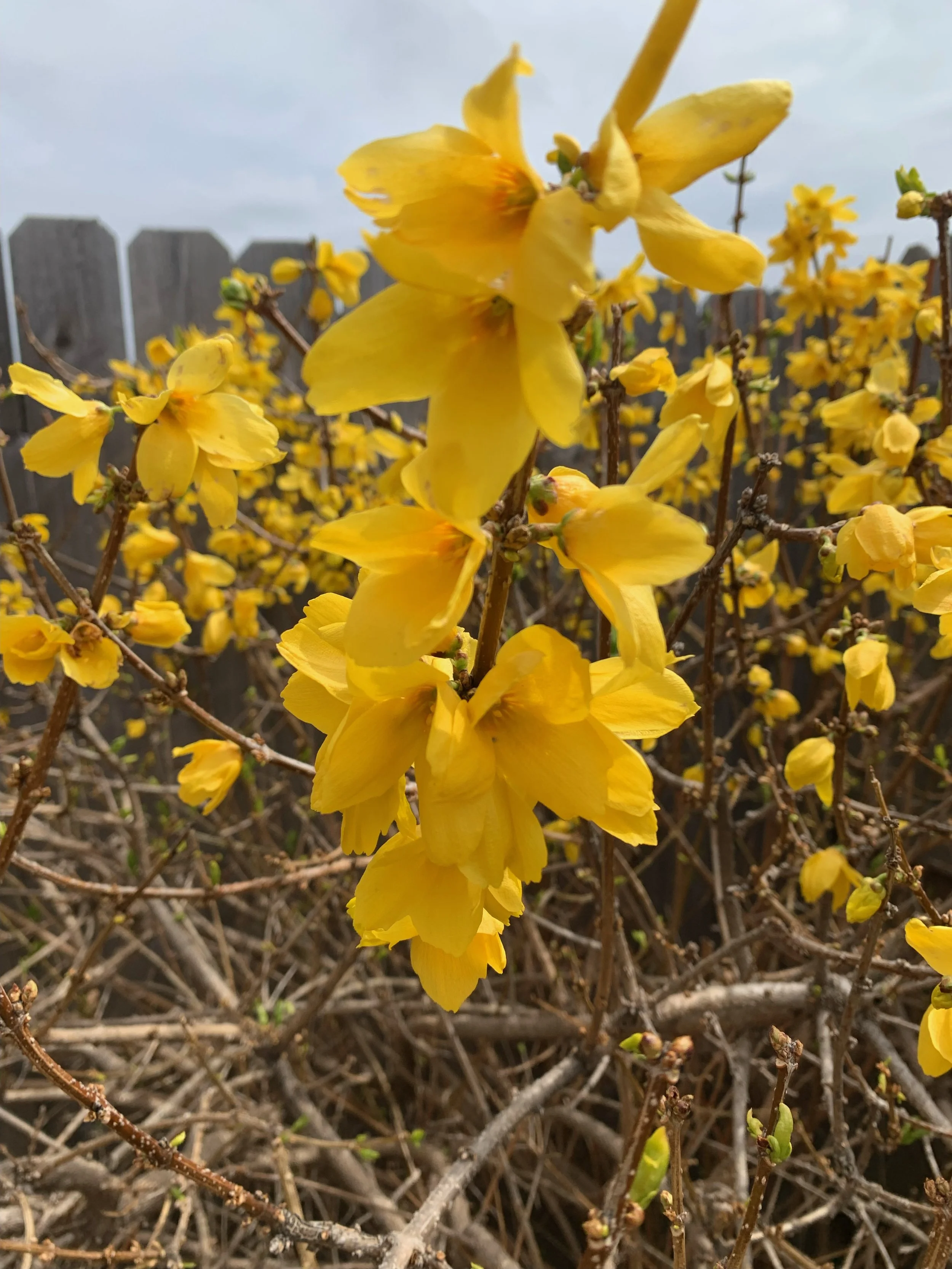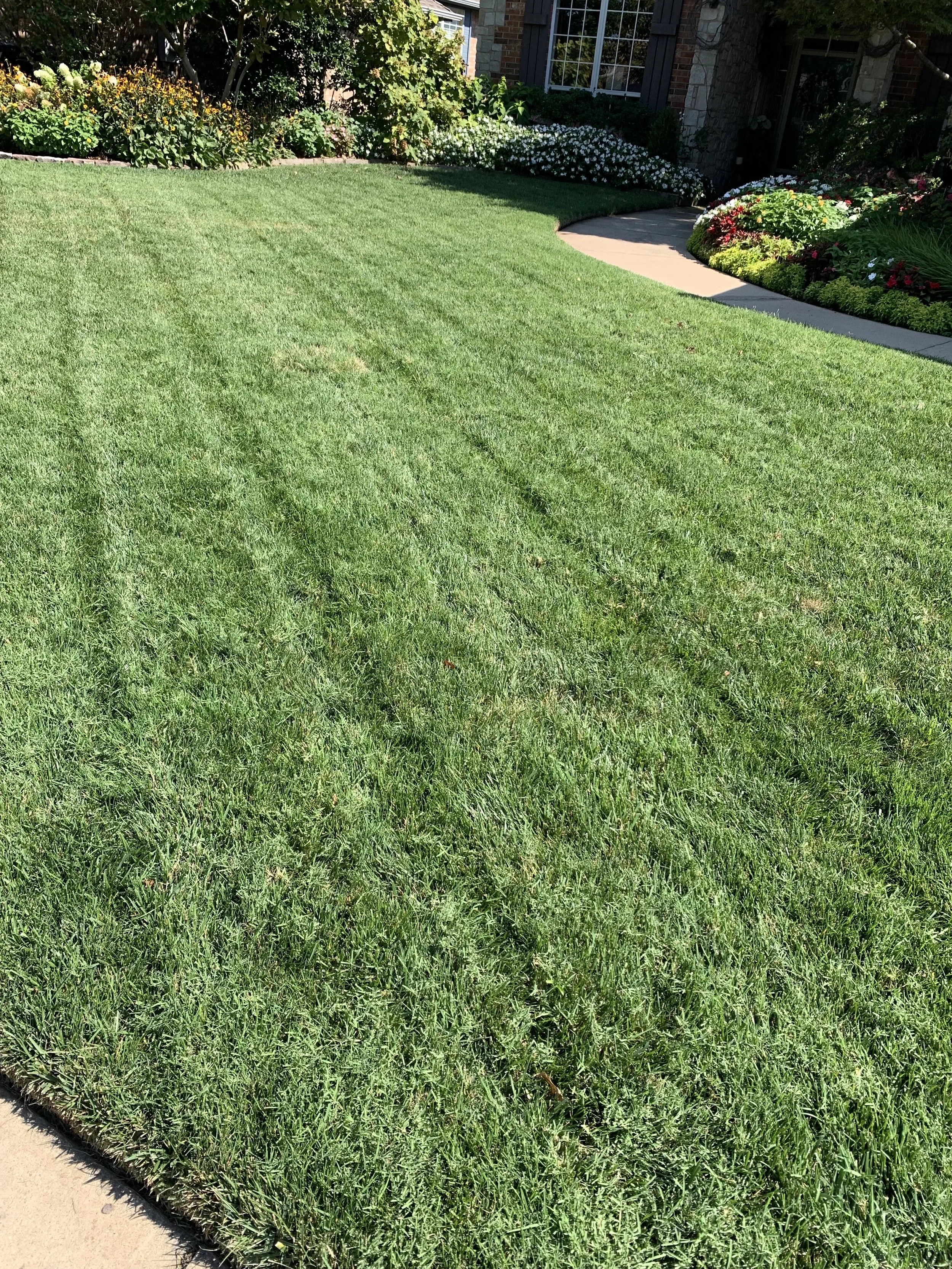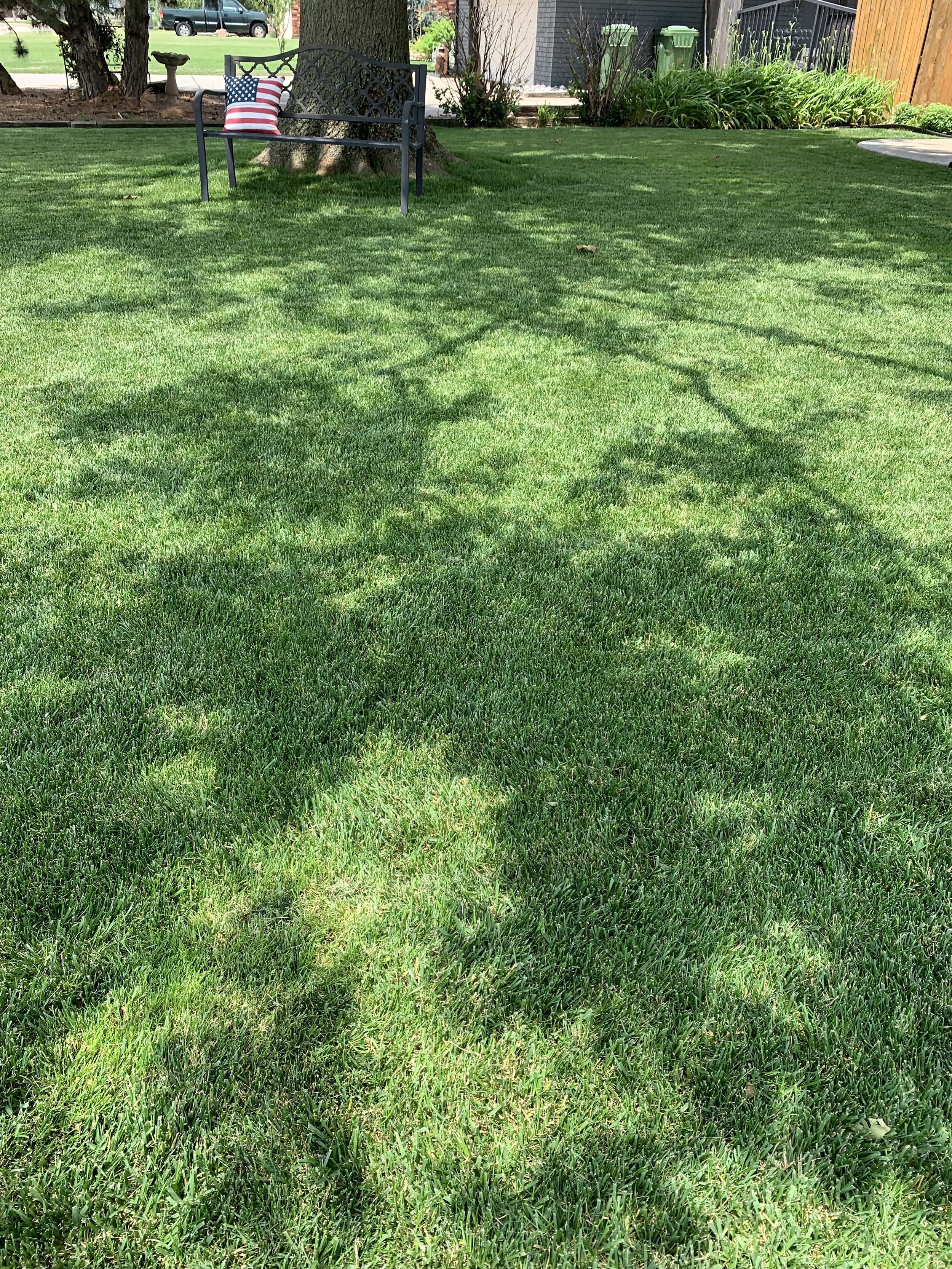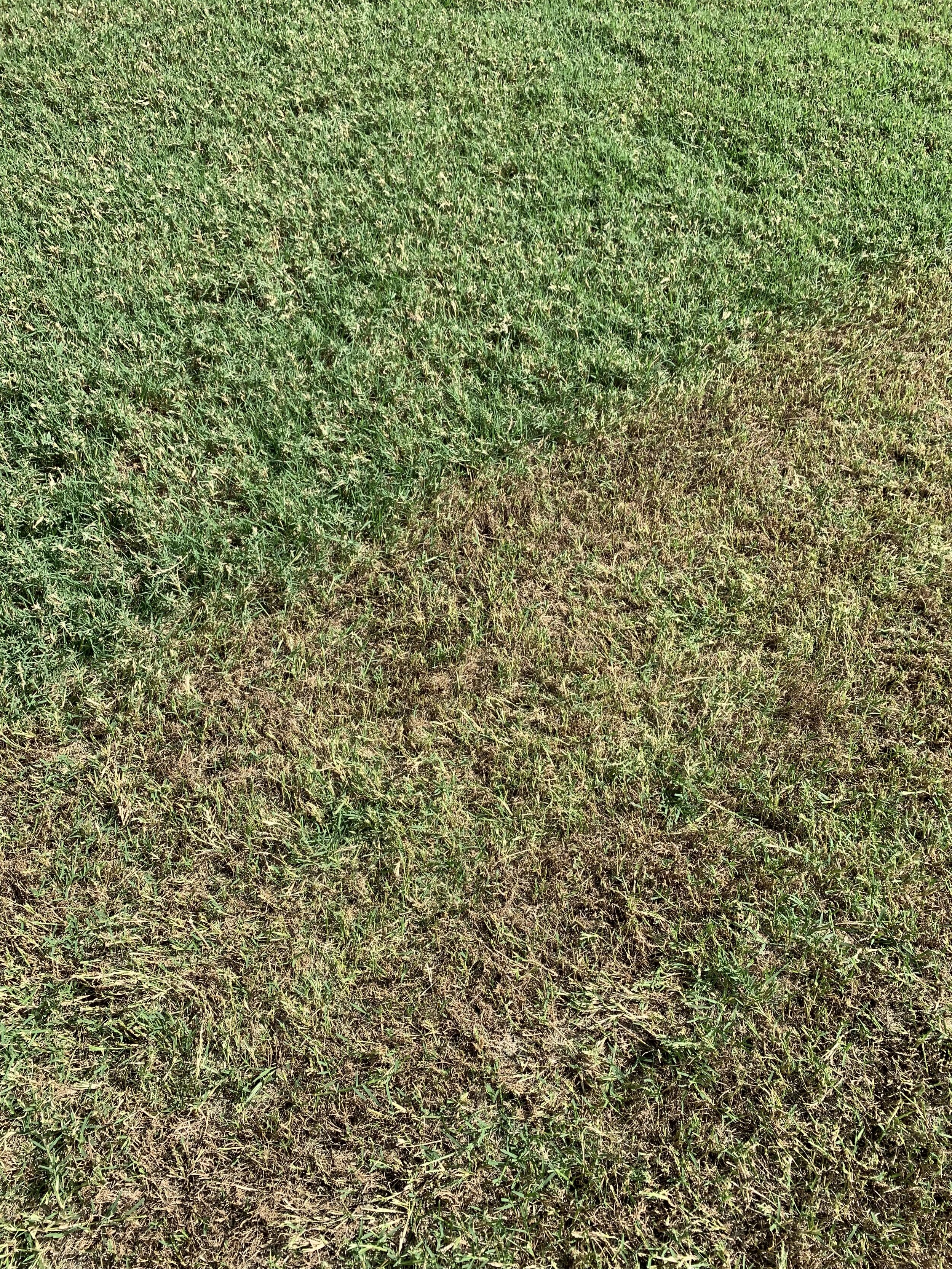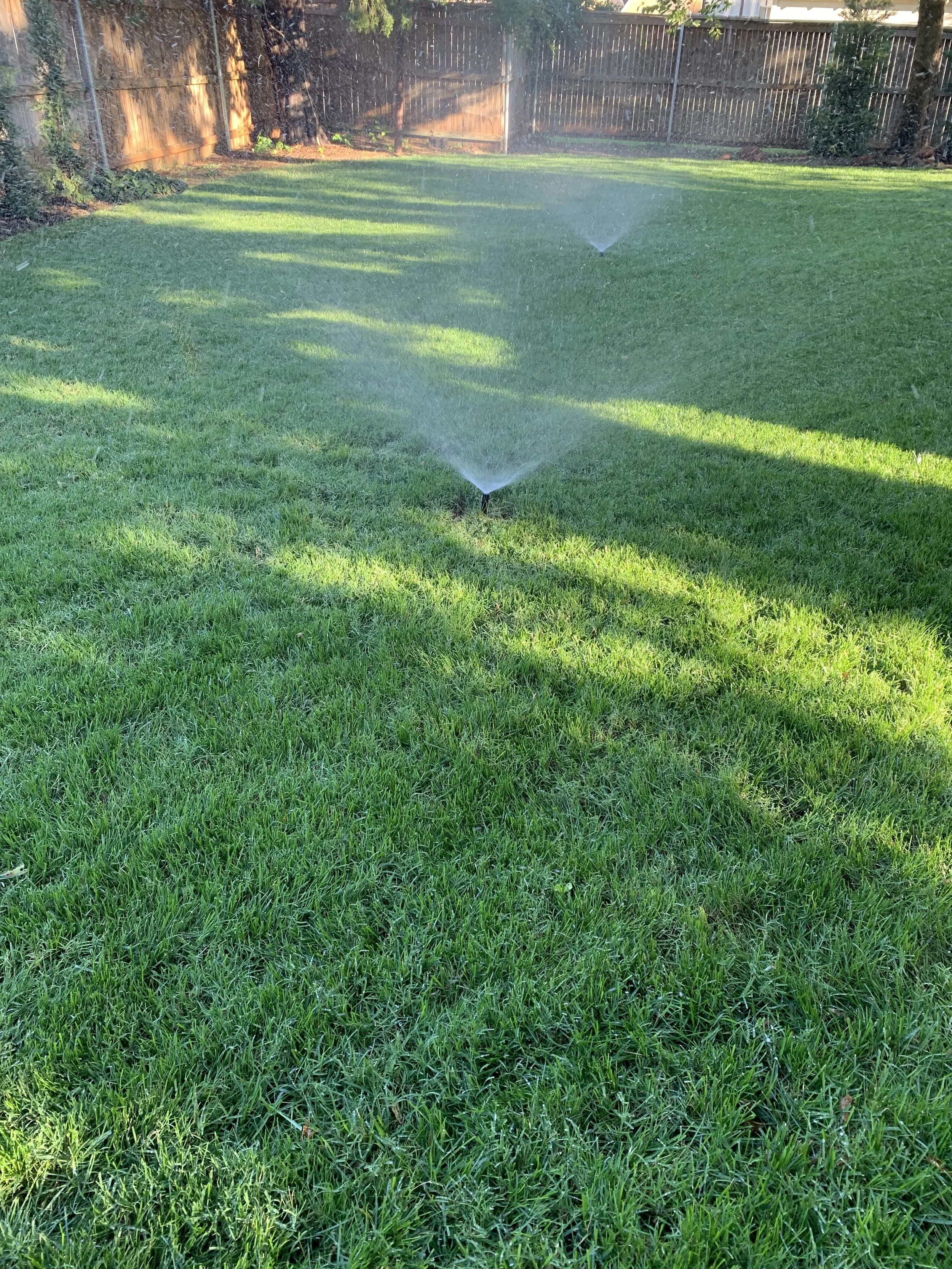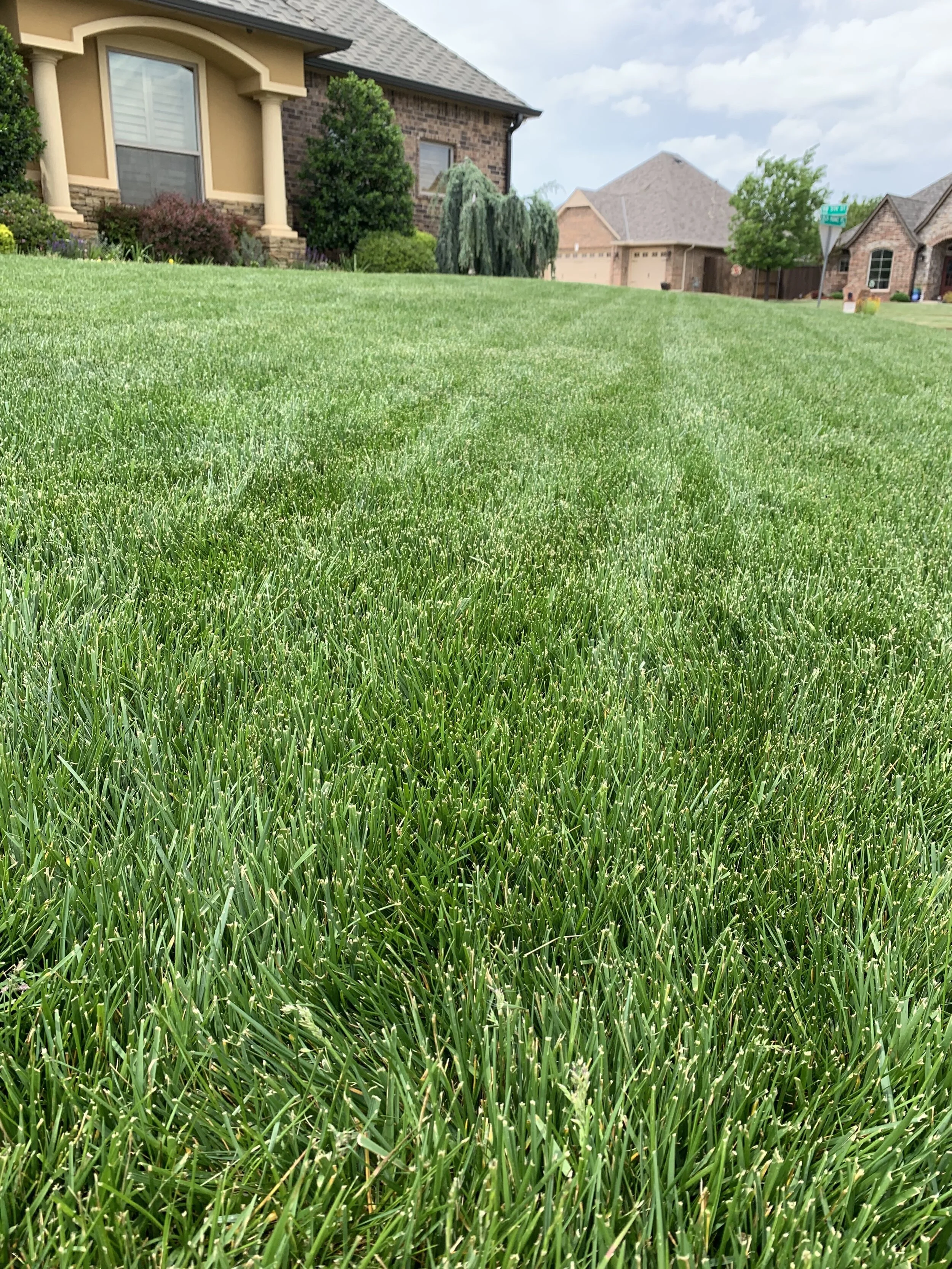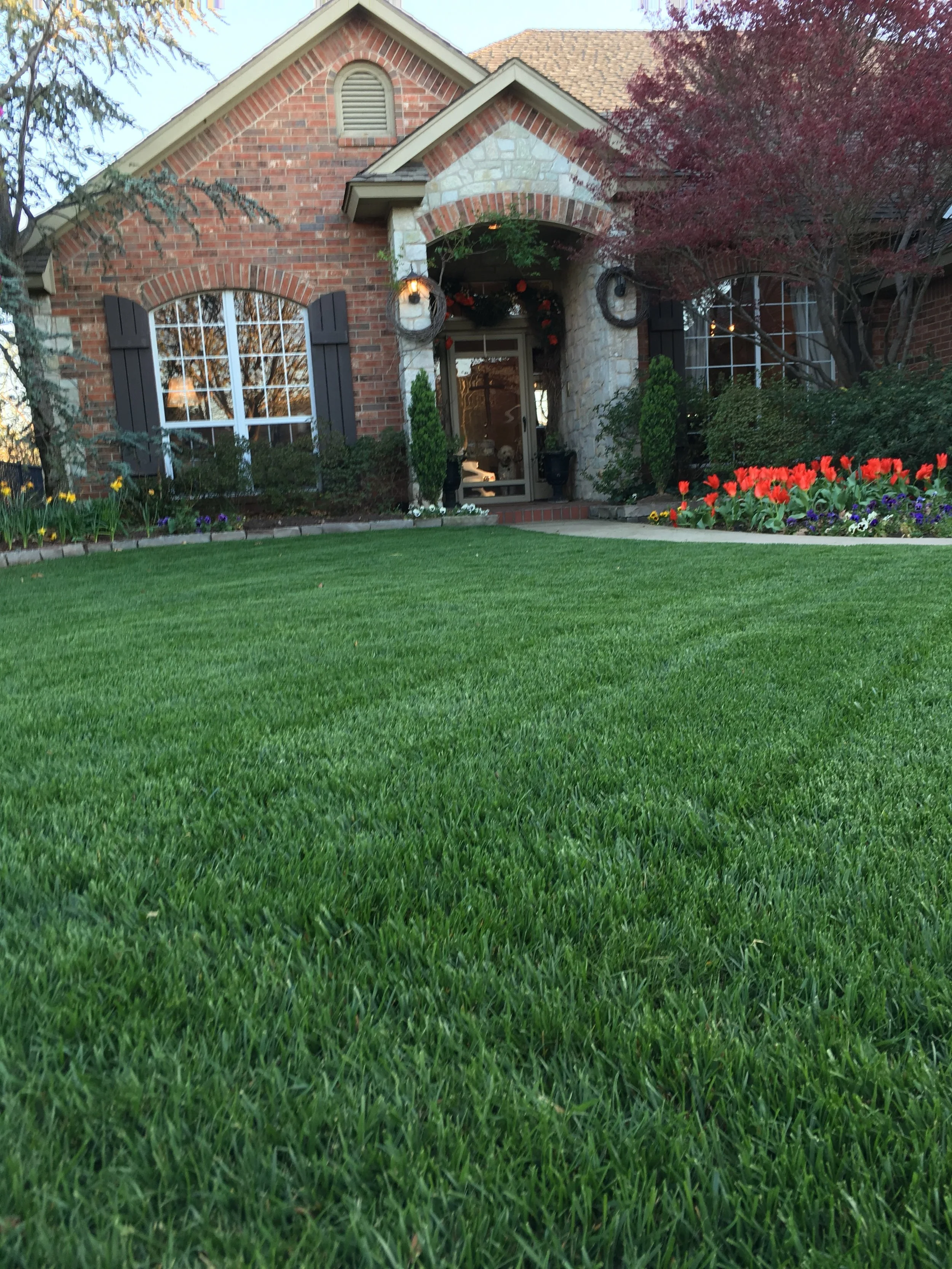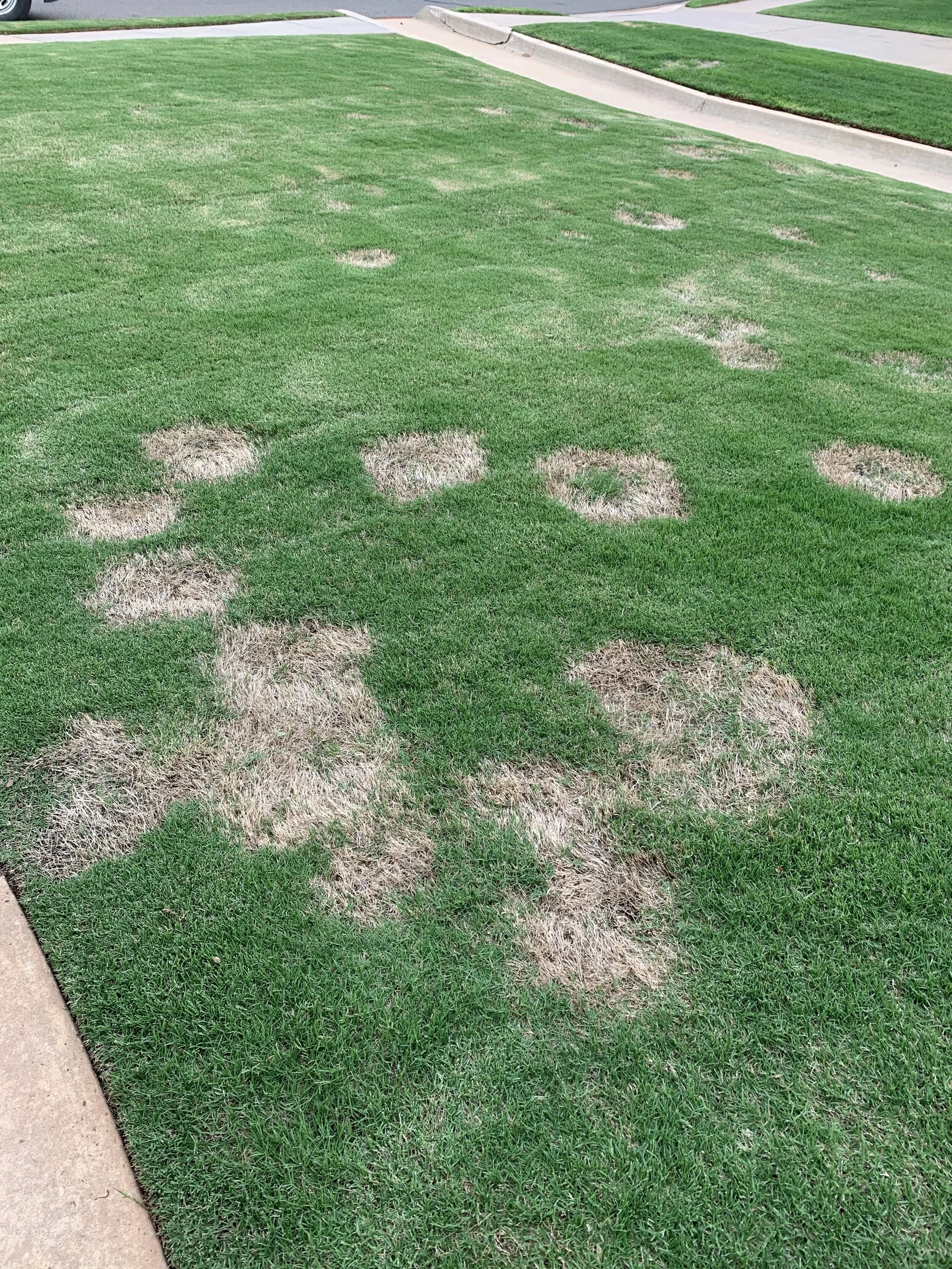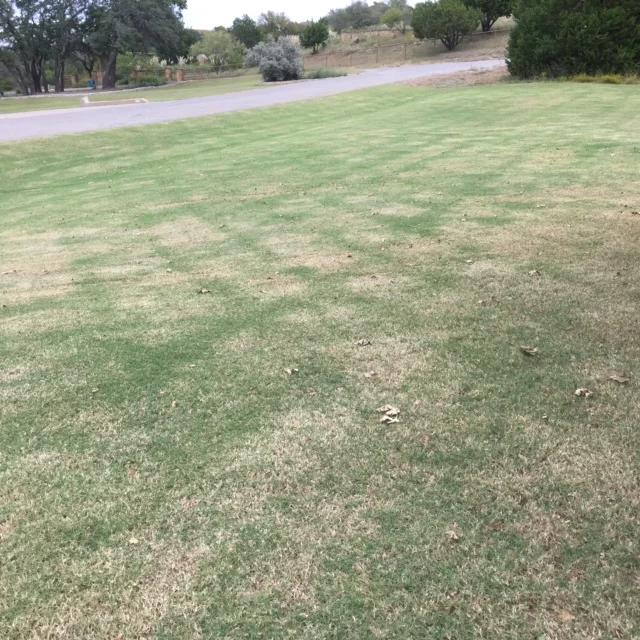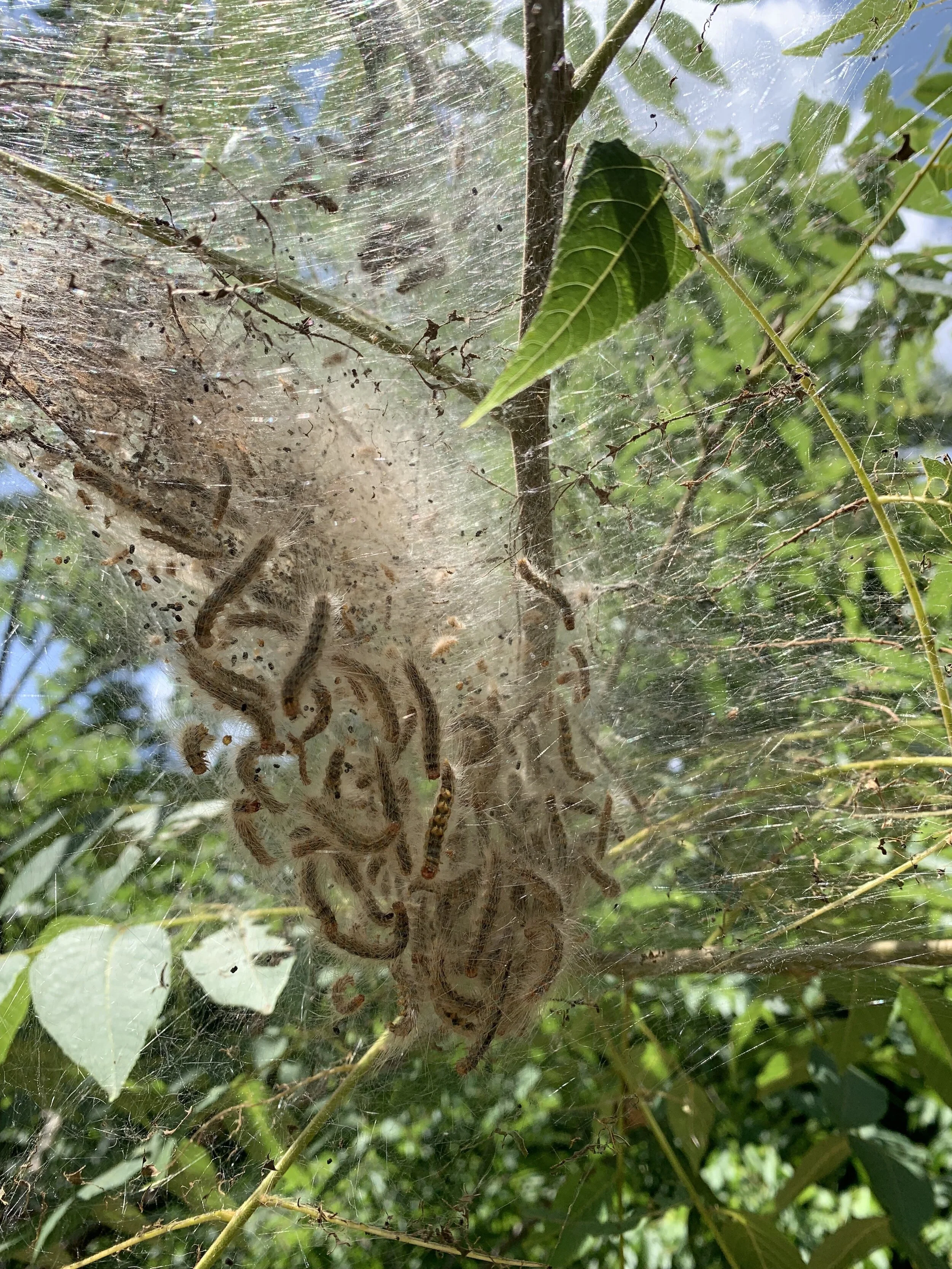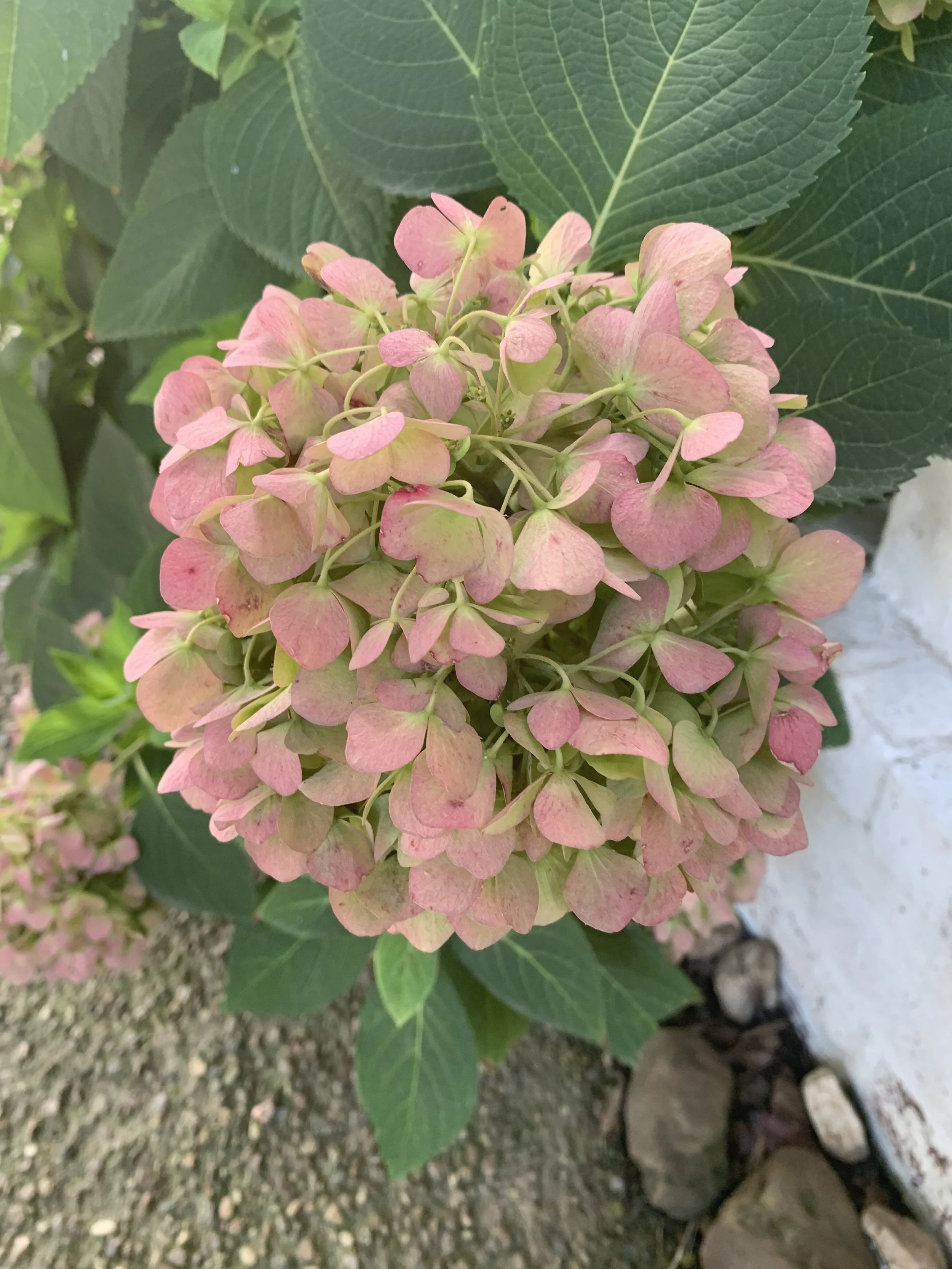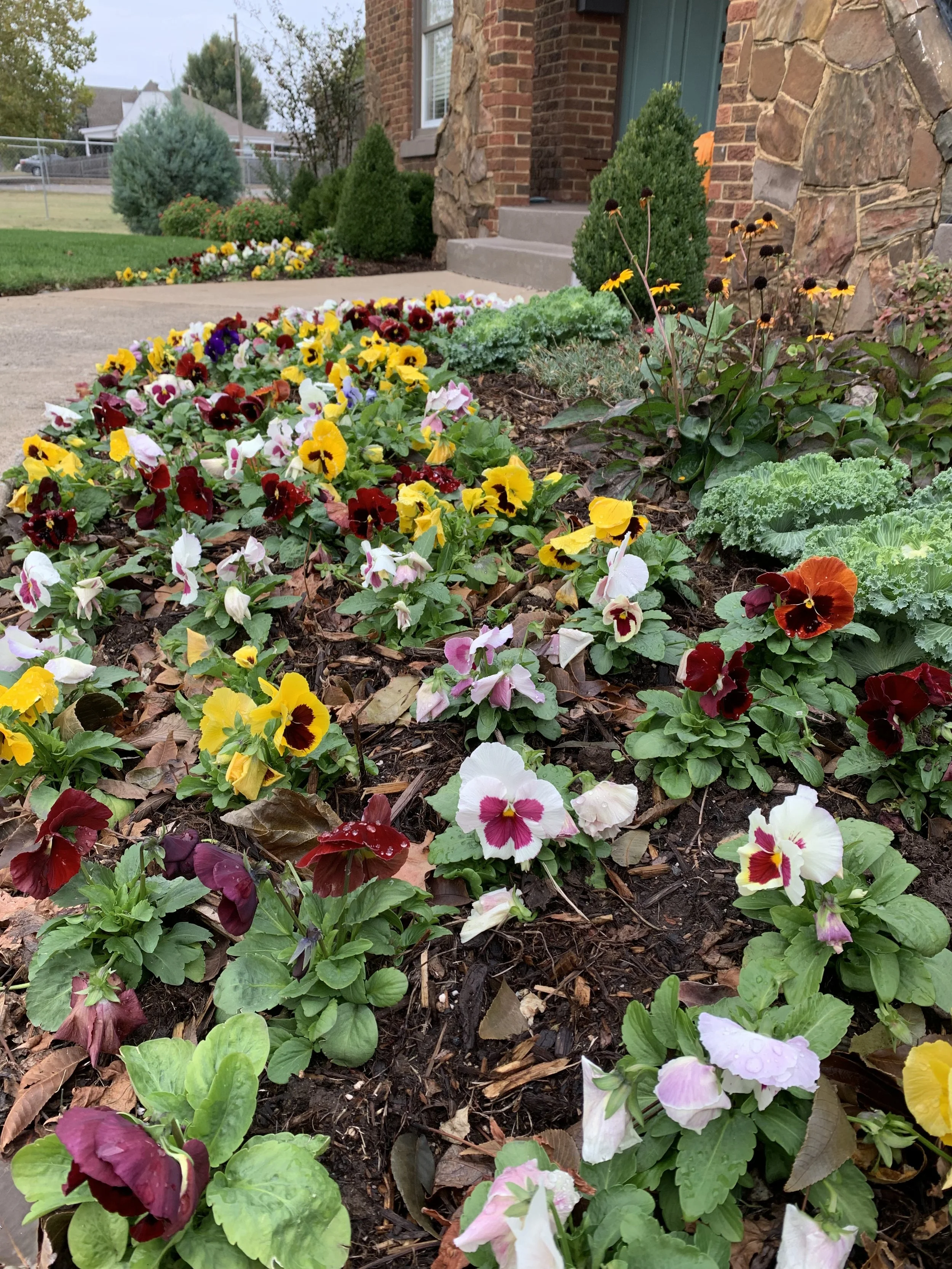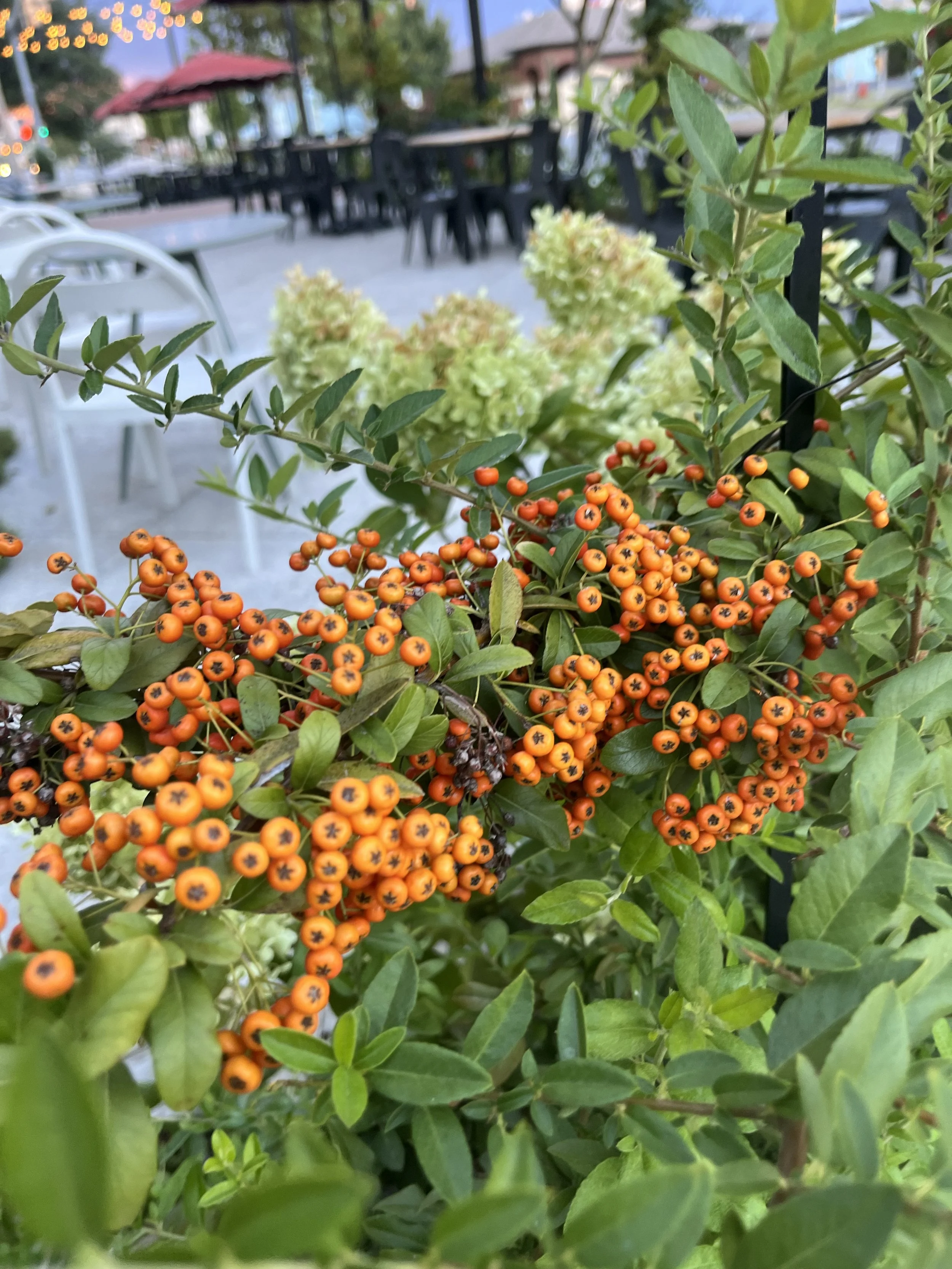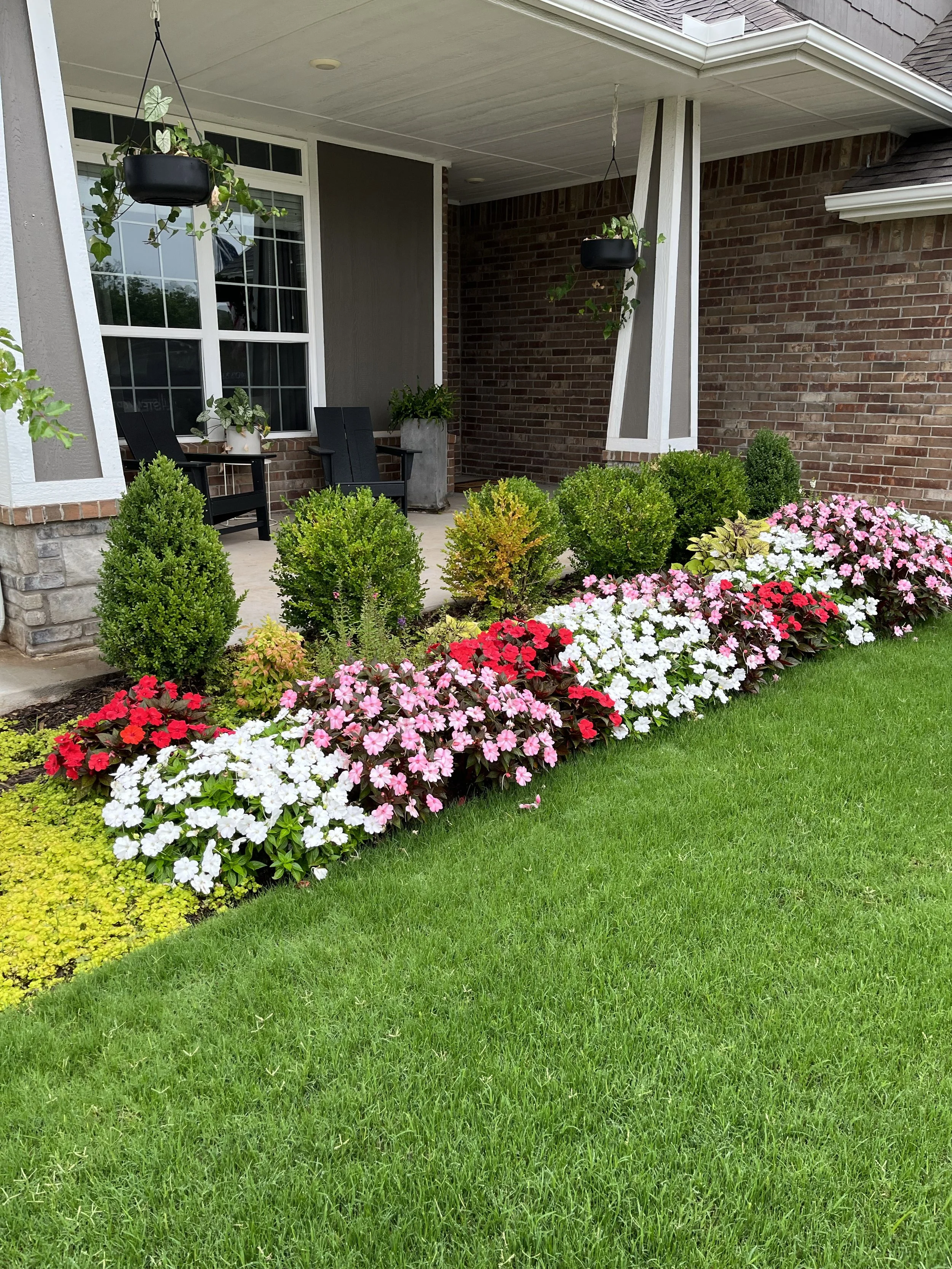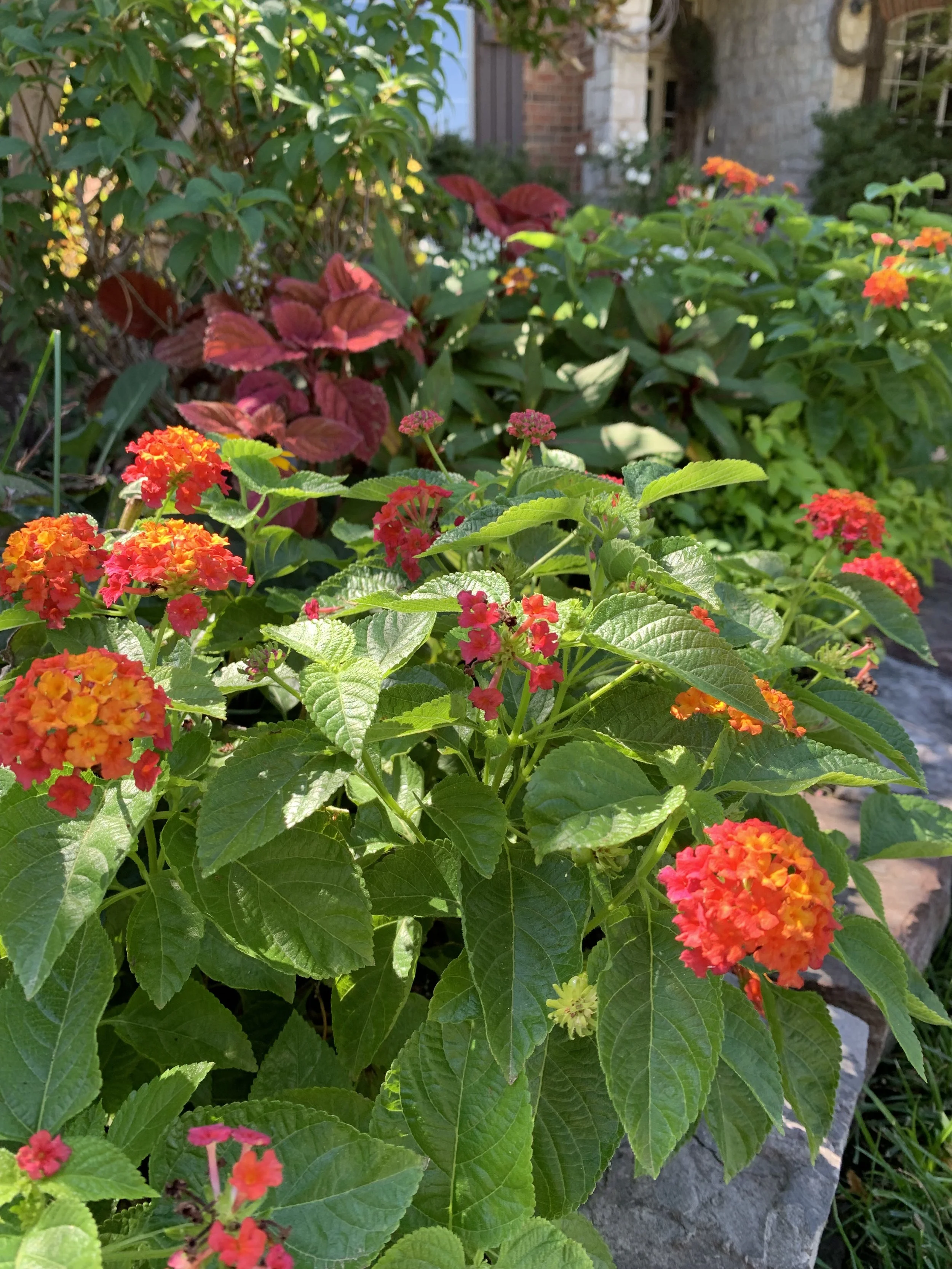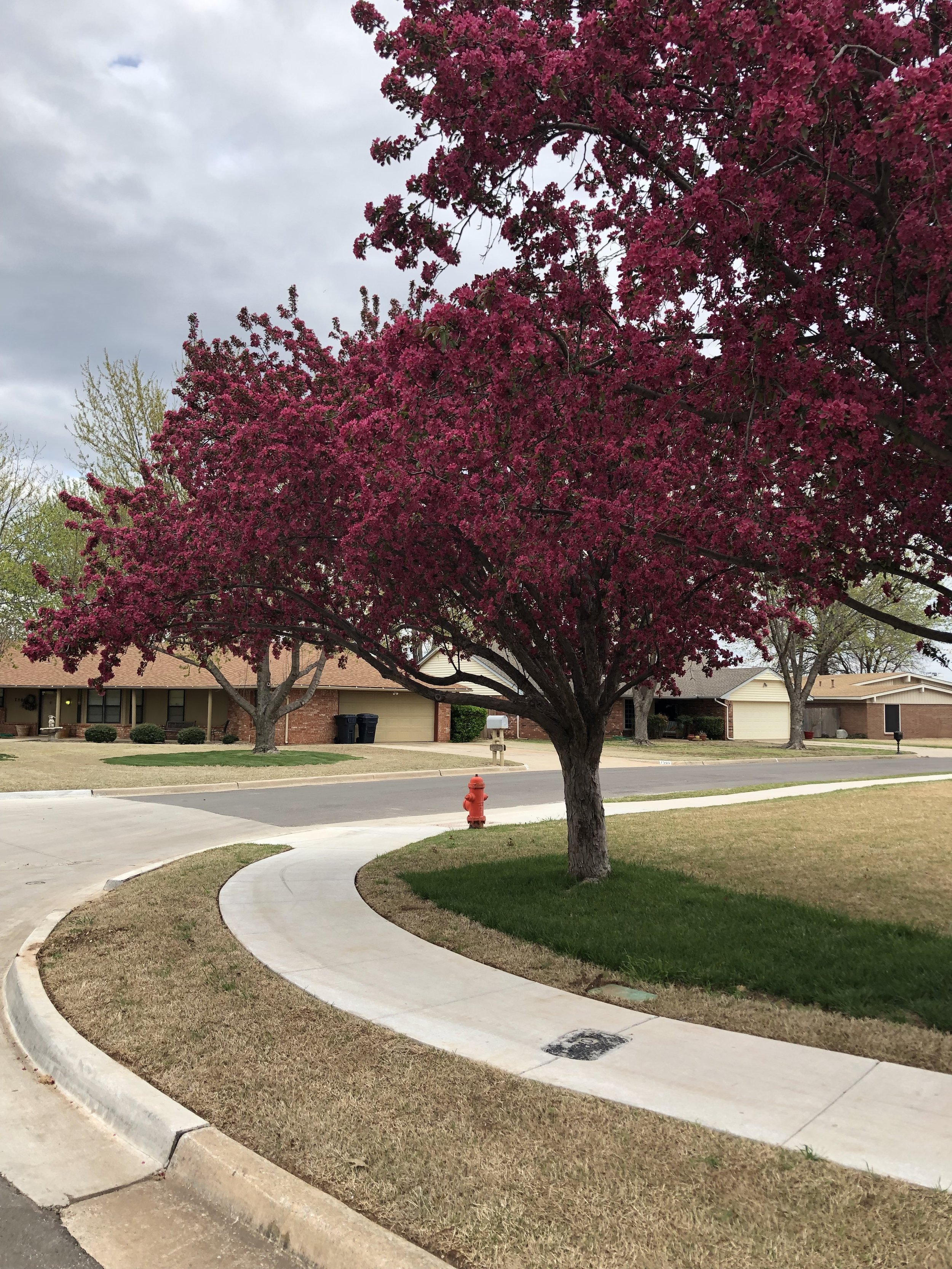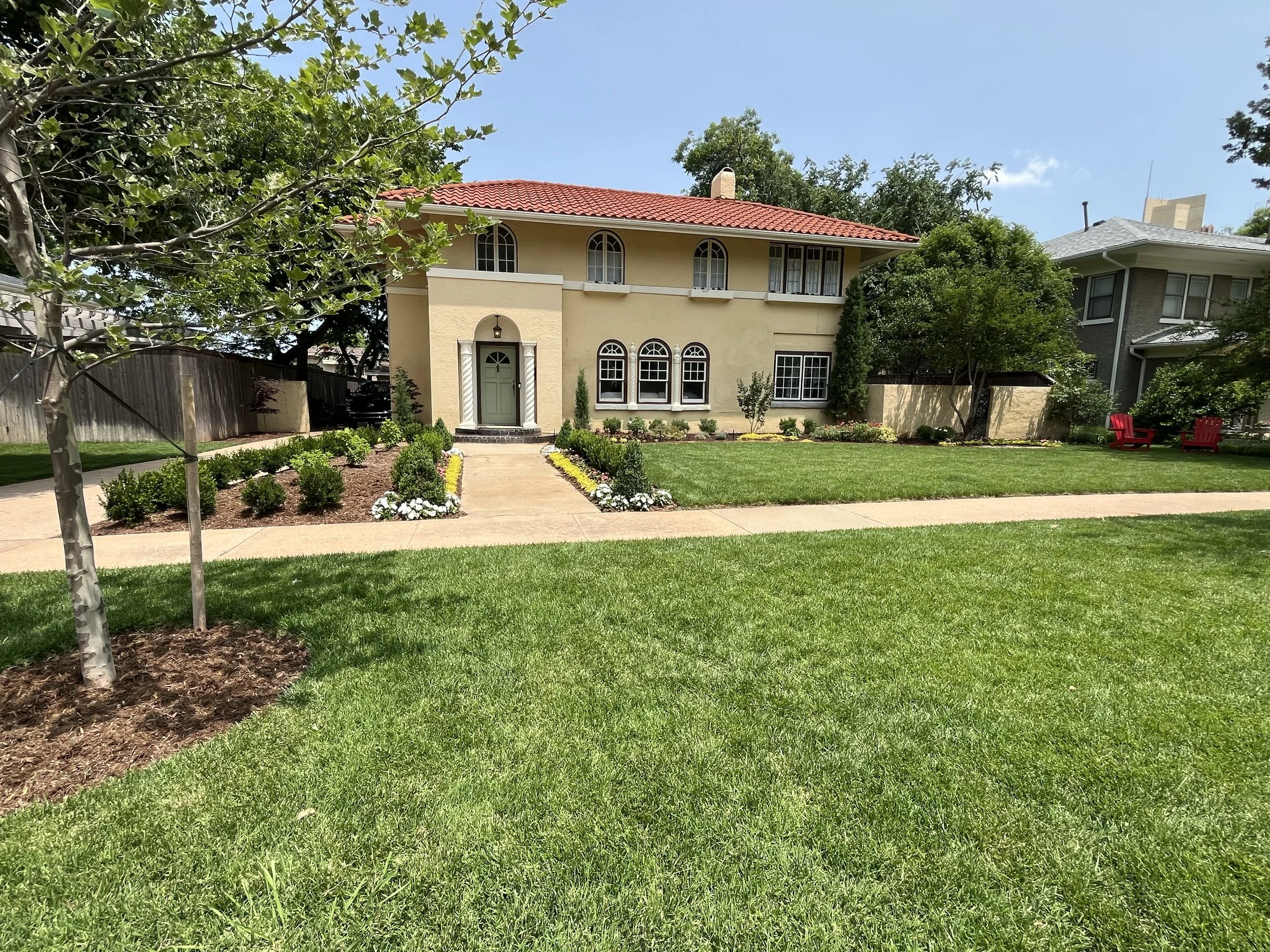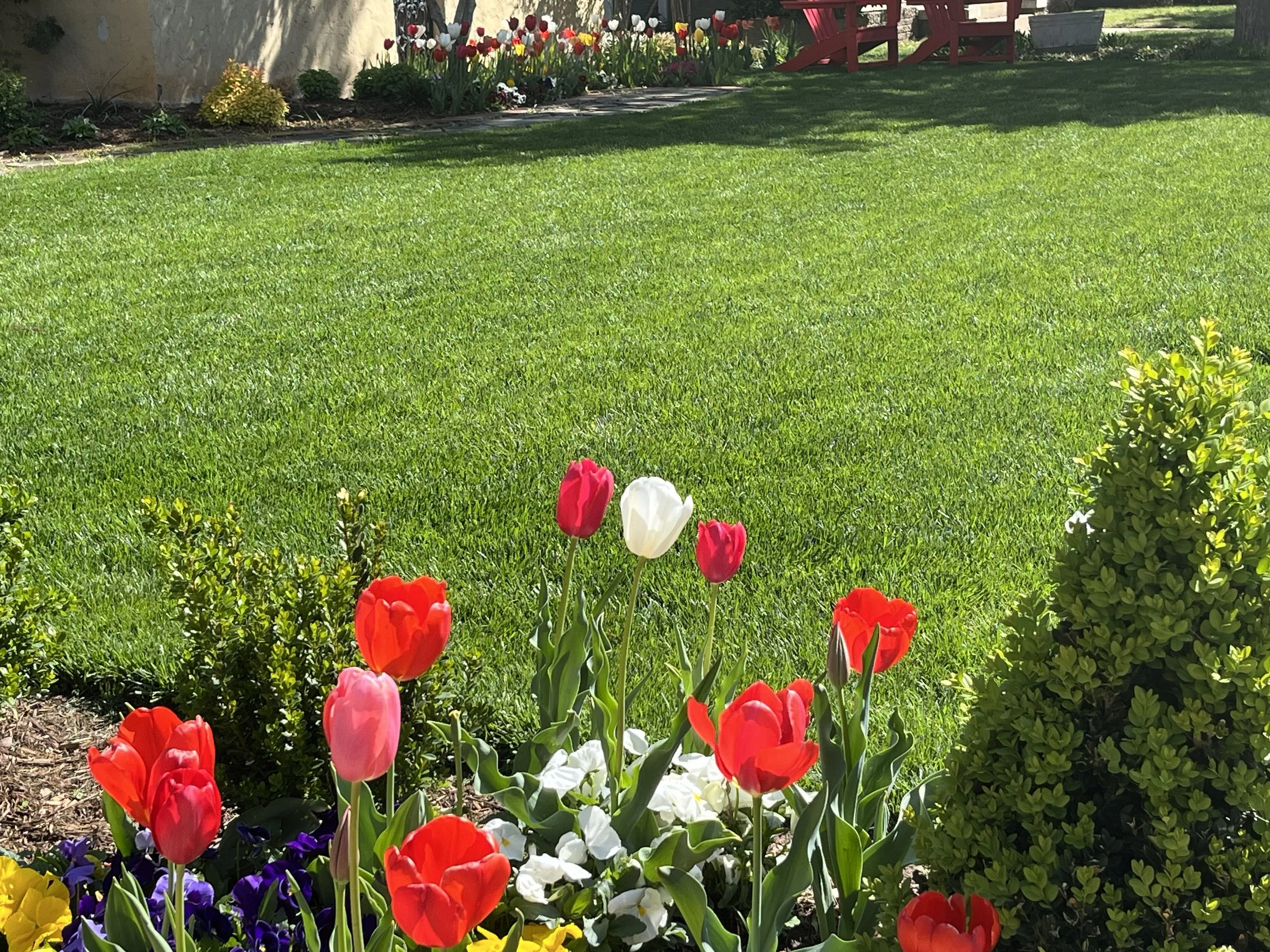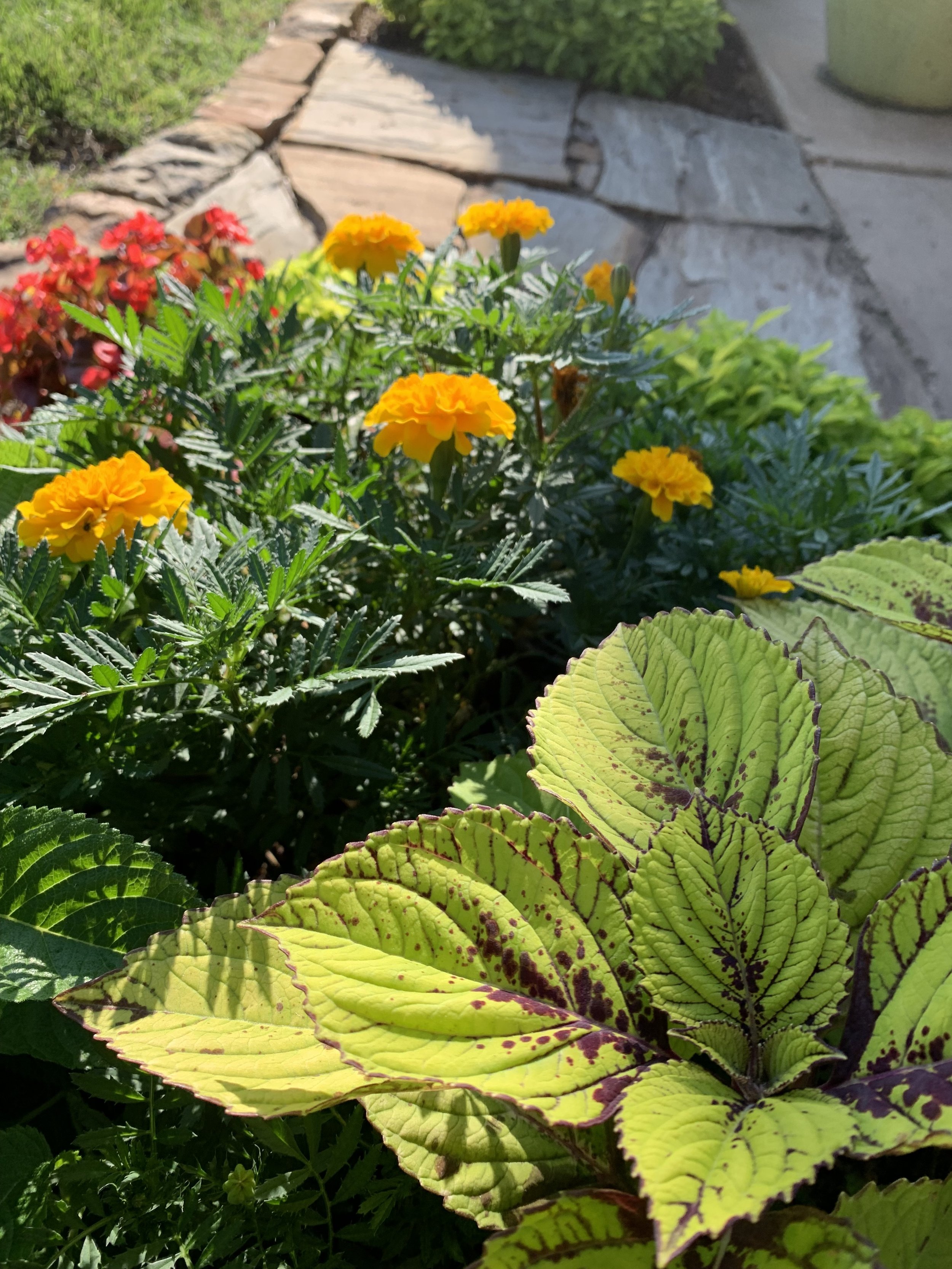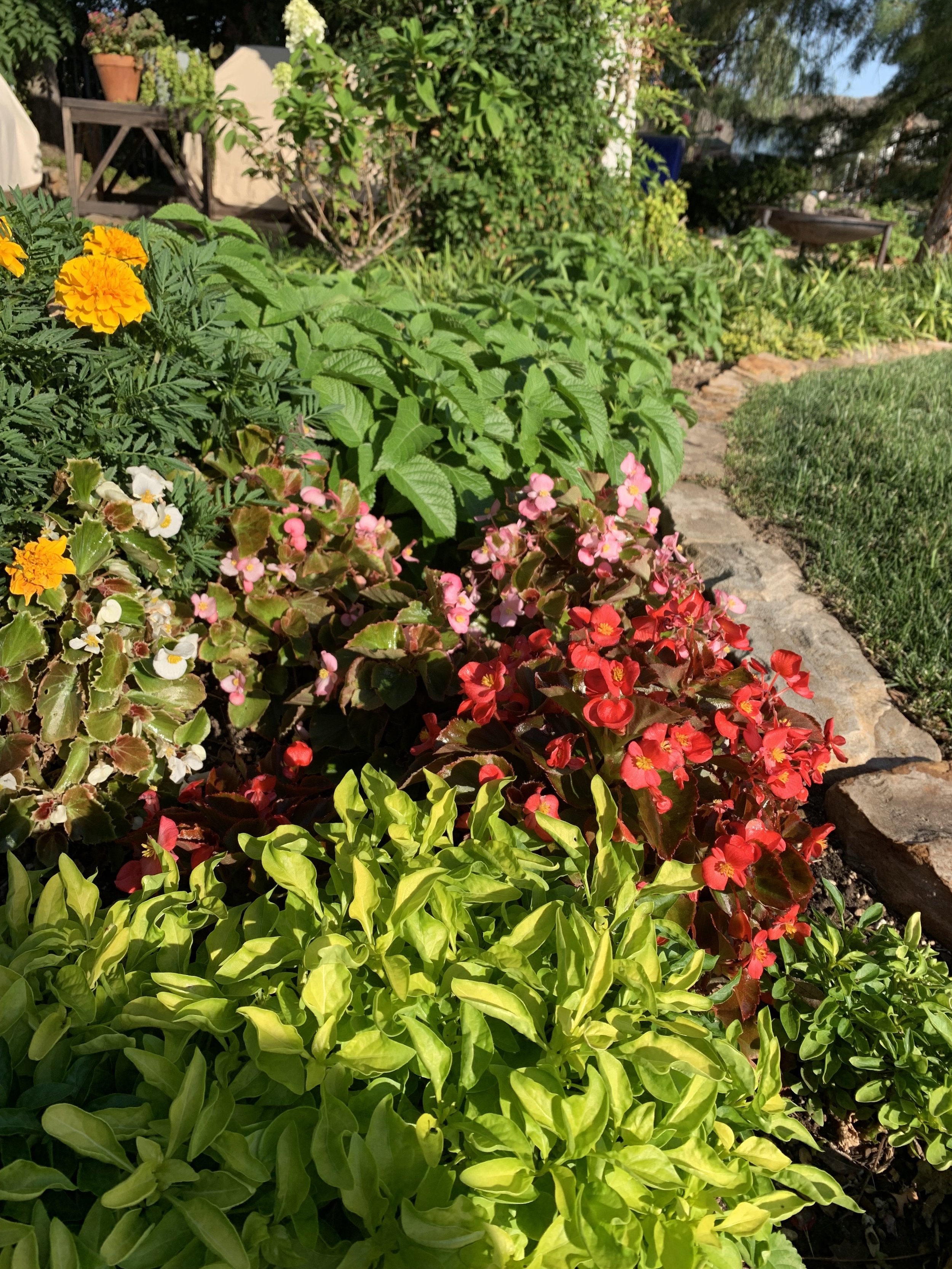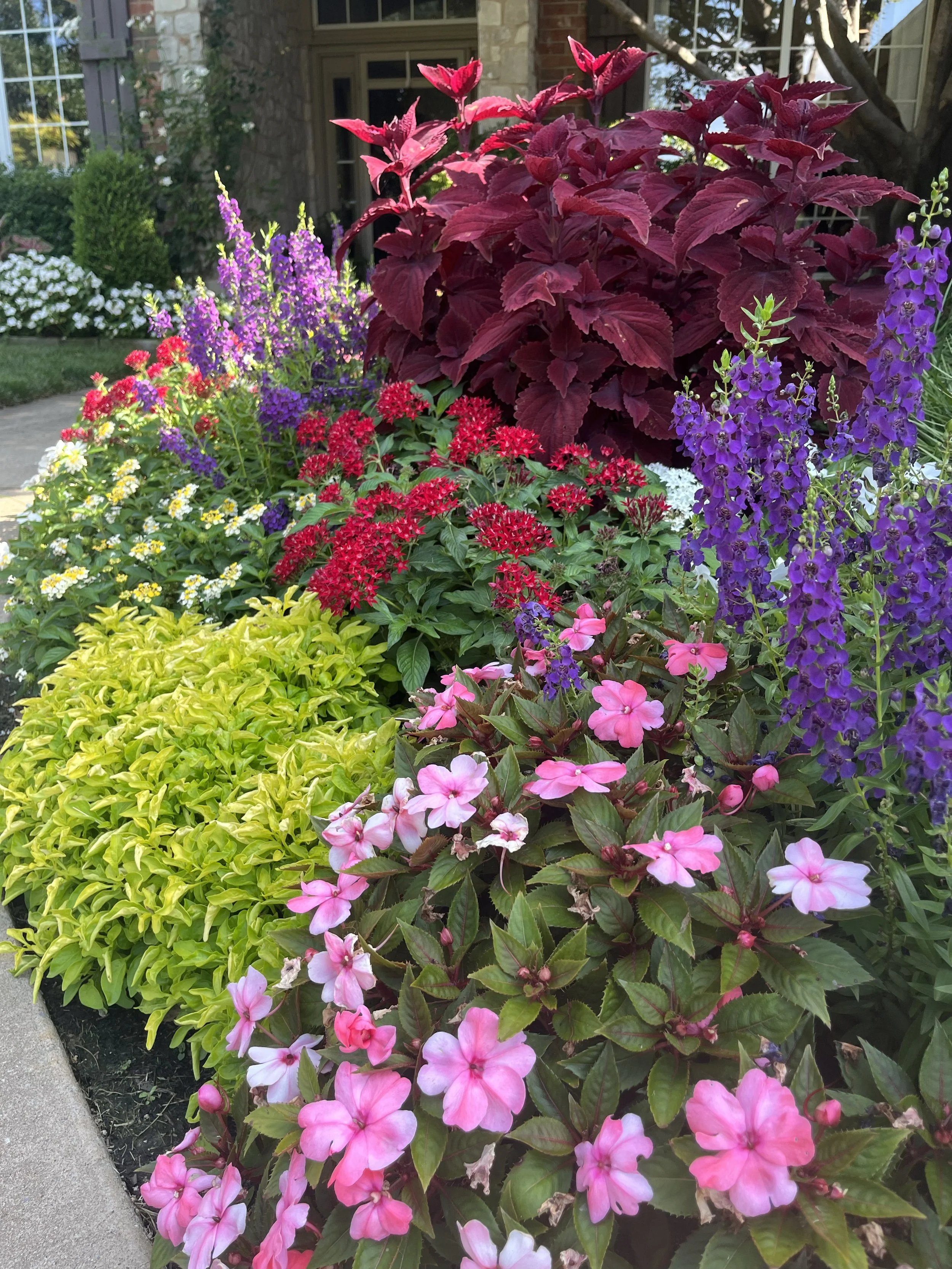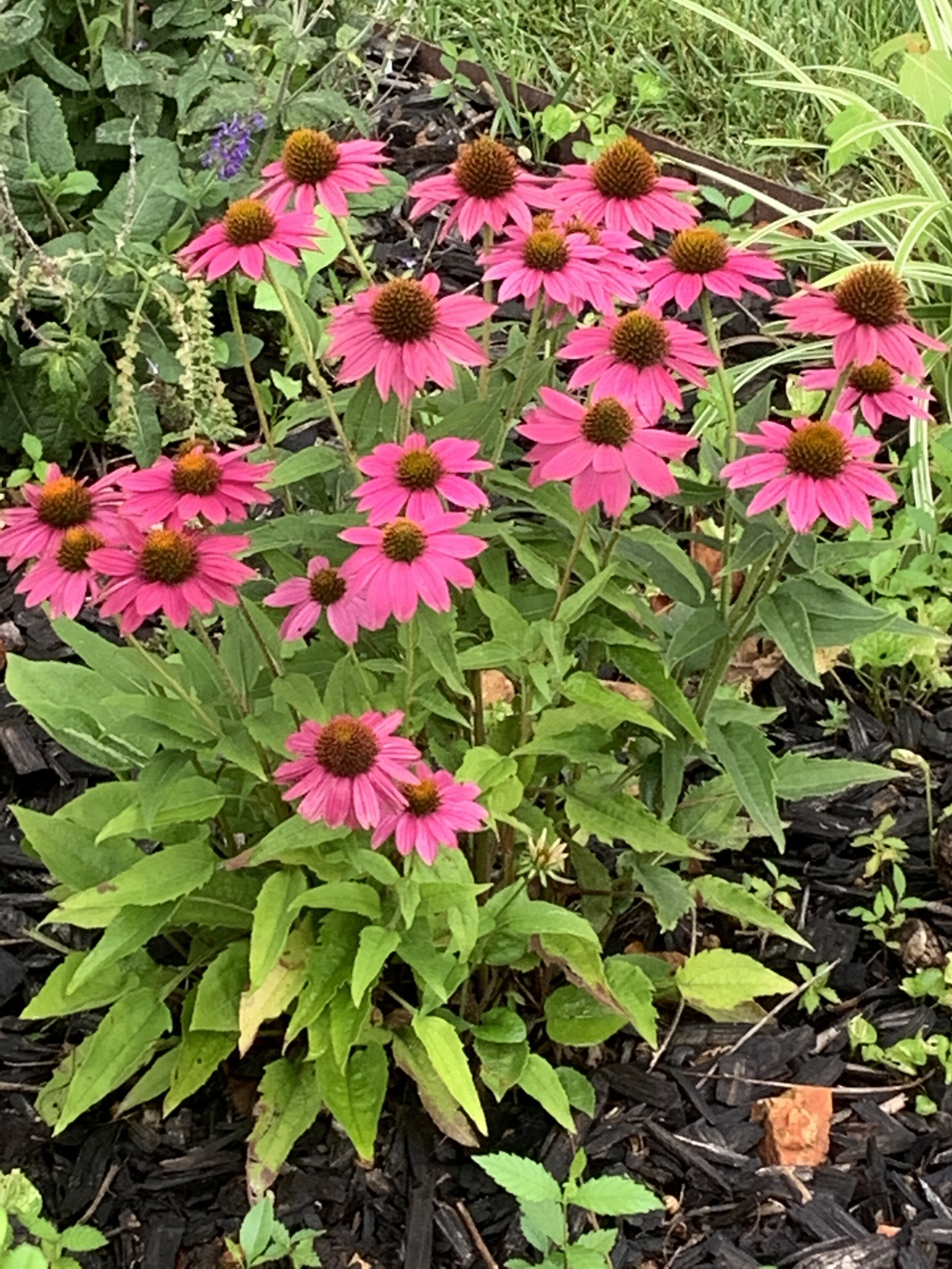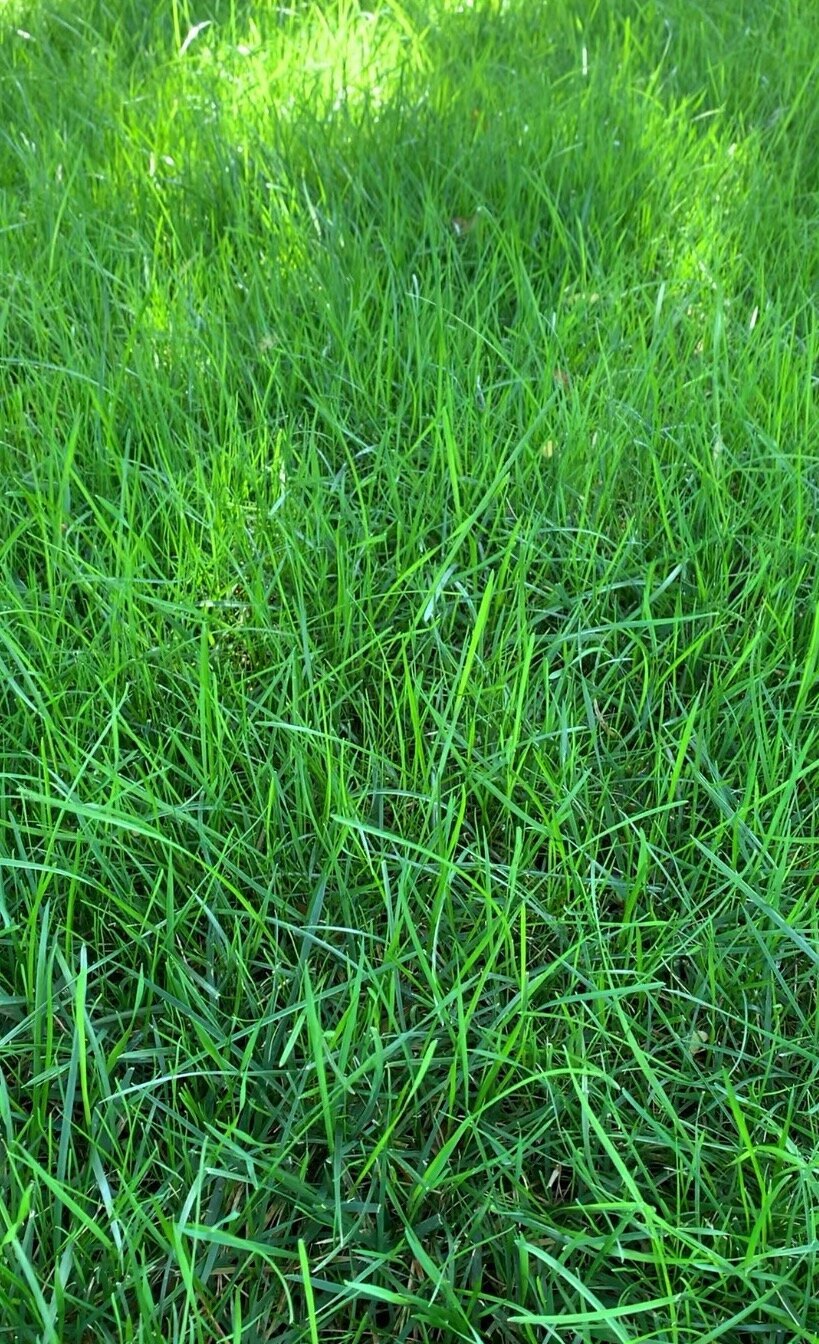
Merry Christmas!
The closer and closer we get to Christmas, the more and more you hear family, friends, co-workers, and even complete strangers wishing each other “Merry Christmas!”
It has me wondering, why not “Happy Christmas!”
Have you ever wondered why?
I googled, I check AI, searching for why “Merry” and not “Happy.”
What is merry? My search found: delightful, cheerful, joyous, festive, jolly, happy, showing enjoyment, gaiety, demonstrating joy, a celebration.
What is happy? Pleased, content, fortunate, lucky, a feeling of well-being or satisfied.
Happy is about feeling good due to circumstances.
Merry is about expressing joy.
Can you be happy without being merry?
But, can you be merry without being happy?
Susan Ebbers discussed the difference between happy and merry in a post on vocabulary.com. One of her comments: “Merry brings thoughts of lightheartedness and high spirits. There is nothing negative about merry. There is no un-merry. But, there is unhappy.”
So, when you really stop and think about it, happy just comes up short when it comes to Christmas. Happy Christmas just doesn’t cut it.
Christmas…Christmas…Christmas can only be MERRY!
Merry Christmas from your friends at Hall | Stewart Lawn + Landscape!
Alfredo, Brady, Cameron, Glenn, Jaron, Jeff, Keith, Lorna, Marcos G, Marcos V, Marlon, Morgan, Osmen, Paula, Rigoberto, Samuel, Tom and Lorne.
Hall | Stewart Lawn + Landscape
(405)367-3873
Trees -- the pillars of our landscapes!
“Trees are the truly the pillars of our landscapes…
Think of trees as an investment for future generations…”
These are the words of Steve Dobbs as he introduces you to trees in his book Oklahoma Gardener’s Guide.
I am thankful previous generations took “investment in future generations to heart” and planted trees in Oklahoma City neighborhoods.
Trees are worth it.
Trees make a difference in the appearance of our communities.
There is not a better way to improve the appearance of an area than to plant a tree.
Trees make a difference in the way we feel.
Trees increase the value of a property.
Trees, trees... trees just make the world a better place!
You can count on Autumn Blaze Maples to be one of the first trees to add dynamic fall color to the landscape.
Every tree has its strength and weaknesses. Sweetgum gives us unique fall colors with a mix of yellow, purples and reds. But, it is also know for its large and obnoxious seed balls that litter the lawn.
Chinese Pistache is a medium sized tree with an oval top that is the perfect size for a city sized lot.
Too often we think of trees for their spring flowers or fall color, but when planning for your next tree don’t over look summer flowering trees such as the Golden Raintree.
So, if trees are worth it, what characteristics makes for the best tree?
There is not a perfect tree for every location. But, there is a perfect tree for each location.
Here are a few things to consider when selecting a tree:
First – the intended purpose is important.
Are you looking for shade, fall color, spring or summer flowers, screening, attract wildlife, windbreak, etc.?
Second – the size of the area.
Large trees that grow over 35’ or taller are better suited for larger lawns and taller structures. Large trees planted on traditional sized residential lots often result in the need for heavier pruning.
Gingko is a slow growing moderate sized tree known for their distinctive leaf shape and pure yellow fall color.
Gingko leaves are fan shaped.
Trees remove carbon dioxide from the atmosphere and release oxygen providing for a cleaner, healthier climate. Per year a mature tree can consume 22 lbs of carbon dioxide and release enough oxygen for one person to breathe for 2 years.
Third – the shape of the tree.
Larger trees typically have a strong central leader and spreading branches that create a lot of shade. Trees with oval tops are often small to medium sized. There are also columnar shaped trees perfect for smaller areas.
Finally – consider the advantages and disadvantages of a particular tree.
Are they susceptible to disease or insects? Do they prefer wet or dry soils? It is important you select a tree that is suitable to your type of soil – sand, loam, or clay. Do they have seeds, fruit, or nuts that are obnoxious? Do they have soft or brittle wood that is easily damaged by wind or ice? Fast growing trees typically have weak wood, and some trees have narrow branching angles that are susceptible to storm damage.
Japanese Maples with their bright spring colors are a great tree for small areas.
Where do you go to find the best trees for your landscape?
Let me give you three sources of information:
Oklahoma State University Fact Sheet HLA-6456 Selecting Deciduous Trees for Oklahoma
The article breaks trees down into varieties that tolerate or prefer dry locations, tolerate or prefer wet locations, tolerate or prefer shade, tolerate or prefer alkaline soils, winter interest, showy bark of unusual form, interesting or showy fruit, showy flowers, fall color, planting under power lines, attract wildlife, native species, and undesirable trees. There is also a table of trees listing region of the state, growth rate, height, and comments.
Vitex is a small tree with blueish to purple flowers in the summer.
Some varieties of Japanese Maples have yellow fall color.
Consider the Silhouette Sweetgum for areas where you want great fall color in a tight space.
Crape Myrtles in our area are too often grown as large shrubs, but they actually are great small trees when they are not pruned to 5-6’ every year. Grown as a tree they are the longest blooming tree, have great fall color and their unique bark adds winter interest.
A program by the Department of Horticulture and Landscape Architecture at Oklahoma State University. The program evaluates and recommends plants well-adapted for use across Oklahoma. Since 1999, the program has recommended trees, shrubs, perennials, and annuals.
Oklahoma Gardener’s Guide by Steve Dobbs
An oldie but goodie. A must have book for anyone interested in Oklahoma landscapes. Steve’s book has been a great resource for me for years.
Something I learned from the Oklahoma Gardener’s Guide: Oklahoma is the only state in the nation that has four ecoregions. The ecoregions of the desert southwest, great plains, continental east, and humid south meet in Oklahoma City! (Facts like this make me a real-life Progressive Insurance commercial.)
Bald Cypress is a deciduous needle tree grows well in wet, clay soils. It is a large tree that really needs more space than most lawns provide.
When is the best time to plant trees?
The best time to plant a tree can vary with the type of plant and the growing method. The two most common growing methods are balled and burlap (B&B) and container grown. A B&B tree is grown in the ground, dug and the root ball is wrapped in burlap. A container tree is grown from a sapling in a container often using a light weight growing mixture of mulch and soil amendments. Both are acceptable, but B&B is the most common method.
As a general rule of thumb, the best time to plant a B&B tree is during winter dormancy. B&B trees are harvested after the first hard freeze and before leaves bud out in the spring, while they are dormant. When they are dug and replanted while dormant the tree will go through less transplant shock.
The best time to plant a container grown tree is during the fall while daytime temperatures are cool, but soil temperatures are still warm.
These are the best times to plant trees, but most trees can be planted year-round in Oklahoma. Just keep in mind that trees planted during the summer growing season will need extra care until they are well established.
The best answer to the question: “When is the best time to plant a tree?” is answered by a Chinese Proverb:
The best time to plant a tree was 20 years ago. The second-best time is now.
Lorne Hall
Hall | Stewart Lawn + Landscape
(405)367-3873
Saucer Magnolia is a deciduous, small tree that brightens the early spring flowers landscape with large flowers.
Very thankful for the vision of previous generations who planted an allee of London Planetrees in early Oklahoma City neighborhoods.
The Oklahoma State tree, Redbud, is a small tree perfect for many residential lawns.
USDA Forest Service reports healthy, mature trees in a well-landscaped yard add an average of 10% to a property’s value.
Winter Tree Pruning – Improve Your Landscape Investment
Tree pruning is possibly the most important winter landscape activity.
Proper tree pruning during the early years of a tree is an essential practice for any landscape.
Mature neighborhoods are full of examples of trees that were properly trimmed resulting in assets to the landscape. In the same neighborhoods, there are trees that were left untouched leaving to chance if they would add value to the landscape someday. And, there are other trees that were improperly pruned destroying their appeal.
Trees are too large of an investment to leave their growth to chance.
Another reason for tree trimming is to correct storm damage. If you live in Oklahoma, it is likely you have had or will have to deal with tree damage due to wind or ice.
Let’s first cover maintenance pruning of younger trees, then tree trimming techniques, and finally we will tackle restorative pruning concepts to continue to return your trees to their former beauty after they experience storm damage.
Things to consider when pruning young trees:
Spend a few minutes studying the shape of the tree before making any cuts. Have a plan of what needs to be accomplished before making your first cut.
Avoid pruning the central leader. If there is competition for the central leader, select the best leader and reduce the size of the competing leaders. When dual central leaders are allowed to grow, there will be two negative outcomes: the tree will not grow as tall and have more of a rounded top, and the tree will develop a weak top more suspectable to storm damage.
Young trees if not properly trimmed will add little value to the landscape as they mature.
Prune branches around the perimeter that extend beyond the desired shape. If it is a species with a central leader, prune the tree to a gentle pyramid shape. If it is an oval topped tree, prune any branches that are out of proportion. If the tree is in a location where southern winds are impacting the shape, reduce the north side of the tree.
Gradually remove lower branches over the years. As a tree begins to reach maturity, it is best to be able to walk under the branches with your arm fully extended without touching branches.
Remove branches that are too close together on the trunk. My rule of thumb is for there to be a minimum of one to two hand widths between all branches.
Remove vigorous vertical branches. Known as waterspouts, these branches grow quickly and are weak wooded. If not removed, they are the first to go during wind and ice storms.
Remove downward growing branches.
Remove any branches that are larger than the trunk. If not, weak branching will be the outcome.
Remove crossing or rubbing branches.
Remove branches that are growing into the center of the tree.
Never remove more than 1/3 of the branching system in a single year. If major pruning is needed to correct a tree, do it over a few years.
A folding hand saw is a great tool for tree pruning.
A good tree cut is located at the branch collar, smooth and straight.
Tree trimming techniques:
When pruning a branch back to the trunk, prune close to the branch collar.
When removing branches over 2” in width use a three-cut method. Make the first cut 18” above the collar on the underneath side of the limb. Make the second cut on the top side of the first cut. Then remove the remaining stub at the branch collar.
When branch pruning (vs not removing the branch completely at the trunk) make your cut ¼” above a bud. Select a bud facing the direction you want the branch to grow and make the cut on a diagonal.
Should you use tree wound dressing? There is good research for both using dressing on cuts and for not using a wound dressing. Our preference is to not use tree wound dressing when performing maintenance and corrective pruning during dormancy but use dressing when pruning when there is heavy sap movement.
Most routine tree pruning and minor restorative pruning can be accomplished with these 4 tools.
Lower branches on this Chinese Pistache will be pruned this winter. Goal is to be able to walk around under mature trees and not be able to touch any branches with an outstretched hand.
Good tree pruning removes lower branches in proportion to the size of the tree to avoid lollipop shaped trees.
Before
After
Lower branches were removed. Shape was improved by removing overgrown perimeter branching.
Restorative Tree Pruning After Storm Damage:
Walk around the tree from a distance looking for broken branches and damage to the canopy. If the canopy of the tree is out of balance, make a plan to thin the tree on the heavy side.
Before making any cuts, determine the direction you want the branch to grow. If you need to fill in the middle of the tree, select growth toward the center of the tree. If you need to develop outward growth, select a branch growing outward.
Our Chinese Pistache one year after heavy ice storm damage destroyed the oval canopy. Restoration is a multi-year process when a tree is heavily damaged.
At the point of most restorative cuts, it is best if only one or two branches remain. If selecting more than one, they need to be at least one hand width apart.
When trees lose a large portion of their canopy in a storm, the disproportionate amount of root system to canopy will most likely result in an abundance of new branch growth the following year. Plan on thinning and removing excessive branching, crossing branches, and branches growing into the interior of the canopy the following year.
When selecting two branches to remain it is best if they are at least one hand width apart.
With less canopy to support our Chinese Pistache has produced a lot of new branches this year that need to be thinned out.
After three years of corrective pruning, our Chinese Pistache has returned to its stately form.
Our Chinese Pistache with a wonderful oval canopy before the ice storm in October of 2020.
If the central leader was damaged in the past and cuts were made to establish a new central leader, notice how the new central leader is developing. Remember, it is important to not allow a cluster of new branches to compete for the central leader. The outcome will not be good in future years in both the health and the appearance of the tree.
After year one of restorative pruning our Chinese Pistache has started to regain its oval canopy.
If clusters of new branches are allowed to remain these areas will be weak and susceptible to future ice and wind damage.
Follow tree trimming techniques listed above.
Restoring a heavily storm damaged tree is a commitment to a 2-to-3-year process of evaluating and shaping. If your trees were damaged in the ice storm three years ago, don’t miss the opportunity to continue restorative pruning this winter.
Experience and knowledge are important for successful tree pruning.
If you need more information OSU’s Extension Service Fact Sheet HLA-6409, http://factsheets.okstate.edu/documents/hla-6409-pruning-ornamental-trees-shrubs-and-vines-2/
Or, give us a call. We can help by providing an evaluation of your tree’s health and make a plan for improvement.
Lorne Hall
Hall | Stewart
(405)367-3873
December Lawn & Landscape Tips
As our focus turns from Thanksgiving to Christmas, it is easy to let the busyness of the holiday season distract you from your lawn and landscape activities.
Hey, it’s December, can’t I put my lawn and landscape tools away for the winter?
Not so fast! The best lawns and landscapes are always receiving some attention…attention so they not only look their best right all the time, but also their best this coming spring.
Lawn Mowing
Yes, warm season lawn (bermuda and zoysia) mowing has come to an end for the season. But if you have a cool season lawn (fescue and rye), your lawn still needs maintenance. Depending on weather conditions (primarily nighttime temperatures), you can expect cool season lawns to put on some growth well into December. So, don’t put your mower away just yet. Maintain fescue lawns at approximately 3” through the fall and winter.
Mulch mowing is a great way to manage leaves as long as you do it frequently.
With more and more nights with temperatures in the 20s fescue lawns are slowing down. But, don’t put your mower away too soon. Most Decembers, an occasional mowing is needed to keep them looking their best.
Leaf Removal
Keeping leaves removed is recommend for all lawns, but critical if you have a cool season lawn. If you remove leaves regularly you will find mulch mowing them back into the turf is an effective way to handle clean-up. If you allow leaves to collect in the corners of a fescue lawn over the winter, those areas will be thin to completely bare next spring.
Remember - fescue lawns need light even in the winter.
Shumard Oak in December
Fescue will completely die out if you allow leaves to pile up this winter.
Fescue lawns need light. Keep leaves removed regularly.
Monitor rainfall and anytime we receive a 1/2" rain or more. turn your irrigation off for a week.
A best practice is to water as needed throughout the winter. Anytime we go a week without some moisture, pick a nice day and water your lawn and landscape.
The red berries of Nandina add interest to the winter landscape.
Mulch
Another great landscape practice for improving survivability of your landscape plantings is a fresh layer of mulch. A 2-3” layer of mulch will provide insulation for your plant roots, retain moisture, and moderate soil temperatures. We recommend adding a layer of fresh cedar, pine, cypress, or pecan mulch.
Irrigation
Through the winter we recommend watering once per week anytime we go a week without ½” of rainfall.
If you have a rain/freeze sensor on your irrigation system and your system is equipped with freeze protection on the backflow, we recommend setting your system to run one time per week through the winter. If the temperature is below 35, the sensor will not allow the system to run and if there has been a recent rain, the system will remain off. If you do not have a rain/freeze sensor, pick a nice day once per week and run your system through a manual cycle.
Soil moisture is a critical ingredient for your landscape’s winter survival.
How can you know the soil moisture? www.mesonet.org is Oklahoma’s industry leading website for weather and climate information. The 1-day Average 2” Fractional Water Index is a good guide to watering decisions.
Most importantly, if your soil is dry, and the forecast has days below freezing, it is recommended you water thoroughly before the cold weather arrives.
Winter damage to our lawn and landscape occurs when the top 3” of soil is dry and temperatures are below freezing.
With the later than normal fall, many trees such as this Gingko is continuing to add bright colors to the early December landscape.
Hollies naturally add a festive touch to the holidays every December.
Winter is the best time to for corrective tree pruning. As leaves drop, inspect your tree canopies and make a plan to prune this winter.
Tree Trim
During winter dormancy, tree trimming is a great practice. As leaves fall and tree canopies are more visible, spend a few minutes analyzing the structure of your trees and start making plans for the next step of corrective pruning. We will cover tree pruning techniques in detail in the next few weeks.
With so many varieties of Japanese Maples, they add color throughout the fall and into December.
Spring Bulbs
Mid-November through mid-December is the perfect time to plant spring flowering bulbs (daffodils, hyacinths, tulips). Spring bulbs require extended cold temperatures to produce. If you procrastinate you run the chance of not having a good color show next spring.
For a good spring color show, bulbs need to be planted in the next couple of weeks.
Oak trees are one of the last trees to change color and then loose their leaves. Most falls you can count on them to add color to the landscape well into December.
Weed Control
If you have not applied the second fall/winter pre-emergent and broadleaf weed control to your lawn yet, it is not too late to do so. The goal with this application is to extend the prevention of weeds until the spring pre-emergent is applied.
Lawns that did not receive two fall pre-emergent applications are starting to see poa annua, the most prolific winter annual weed, start to germinate in thin turf areas. Fall pre-emergent applications are as equally important as spring pre-emergent applications.
Fertilizing Trees and Shrubs
If you have not fertilized your trees and shrubs this fall with a good balanced fertilizer there is still time to do so. Because central Oklahoma soil temperatures typically remain in the 40s through the winter, plant roots remain active. Fall fertilizer applications are important because nitrogen leaches from the soil and needs to be replaced. Our experience has found that a late fertilizer application to feed the roots will aid the health and beauty of your plants next spring.
Tree Planting
Tree farms are harvesting freshly dug trees now. Trees that are dug and replanted during dormancy have the best chance of survival. If you are thinking about adding trees to your landscape anytime in the next year, don’t wait till spring or summer, plant this winter.
Soil Test
If your lawn, shrubs, or trees often look a little off color and lack vigor, now would be a great time to check your soil health. Key soil measurements that determine soil health include pH, total exchange capacity, organic matter and nutrients.
Unhealthy Soil = Sick Lawn & Landscape
Soil Test Results + Recommendations = Healthy Lawn & Landscape
When key soil measurements are out of balance, your lawn and landscape will not respond correctly to fertilizer and weed control applications. With soil test results, Hall | Stewart will formulate a custom plan to return your lawn to a healthy condition.
The late fall pre-emergent application is timed to keep your lawn clean through the winter.
Nandina’s getting into the holiday spirit.
Even though fescue lawn growth has slowed, as a cool season grass, it typically keep great color through December.
Trees that are dug and replanted during dormancy have the best chance of survival.
Foot Traffic
Avoid walking on frozen grass. If is particularly damaging to fescue. Turf areas with winter foot traffic are slow to recover in the spring.
Hall | Stewart Lawn + Landscape has enjoyed being a part of your lawn and landscape this year.
Anytime you need assistance with a lawn or landscape issue, we would love the opportunity to help.
Our goal, as always, is to help you have your best lawn and landscape!
Lorne Hall
Hall | Stewart Lawn + Landscape
(405)367-3873
Happy Thanksgiving
Thanksgiving…still my favorite holiday.
A time to slow our pace.
A time to spend with friends and family.
A time to reflect on what we are thankful for.
As Thanksgiving approaches this year, my thoughts have turned toward what brings happiness. It seems we are always in pursuit of happiness.
Does our pursuit of happiness often look more like the pursuit of stuff? Of material possessions? Of experiences?
We have all found ourselves in that place. The place where we convince ourselves that if we just have that new house, that new car, the latest fashion, the perfect vacation, we will be happier.
This week, take a minute to reflect on this year. What did you pursue thinking that if you just had it, you would be happier?
Let me guess, as soon as you acquired the thing you thought would make you happier – you started looking for the next thing that will make you even happier.
It is a never-ending game when we focus on things or experiences to make us happier. It doesn’t matter if you have a lot of resources or just enough, you can never get enough stuff or take enough perfect vacations to make yourself happy forever. You will never win the buying happiness game.
My challenge to you this Thanksgiving…focus this week on all the ways you are blessed. Then, develop the habit of showing thankfulness and gratitude every day. For long-lasting happiness is not found in acquiring things, but rather in the daily practice of gratitude.
Your friends at Hall | Stewart are grateful for every opportunity we have to help you have your best lawn and landscape.
Alfredo, Brady, Cameron, Glenn, Jaron, Jeff, Keith, Lorna, Marcos G, Marcos V, Marlon, Morgan, Osmen, Paula, Rigoberto, Tom and Lorne.
Hall | Stewart Lawn + Landscape
(405)367-3873
So, then, what will bring you happiness?
Maybe, just maybe, being thankful, grateful is actually where happiness is found.
Thankfulness is acknowledging the goodness in your life.
Gratitude moves you away from thinking about what you lack and toward the realization of how blessed you are.
Gratitude gives you an appreciation of what you have instead of always reaching for something new in the hopes that it will make you happier.
Leaf Clean-up is a Matter of Lawn Health
Don’t you just love trees!
Trees announce the end of winter by celebrating spring with bursts of colors as they come to life with fresh buds and colorful blossoms.
In the summer, we enjoy the coolness of their shade.
And now, fall, we enjoy the bright shades of red, yellow, orange and brown that trees add to our world.
Lawn and landscape enthusiasts just can’t imagine a world without the enjoyment of trees.
But, it is starting…
the not so enjoyable side of trees…
falling leaves!
Let’s face it, for all the wonderful attributes of trees, trees can be a love-hate relationship.
Maybe “hate” is too strong of a word for a tree lover.
Maybe it more of a love-love-love….
followed by an inconvenient relationship.
It is just so unfortunate that leaf clean-up is a necessary evil of being a tree lover.
Weekly mulch mowing leaves is a best practice for keeping your healthy through the fall.
We love the spectacular red maple leaves on our trees. But, as soon as they clutter the lawn, we can’t stand them.
The old yellow Cottonwood leaves look great towering over this Edmond neighborhood, but soon frequent mulch mowing of leaves will be a best practice in this neighborhood.
Shumard Oak trees are one of the last trees to add color to the fall landscape and also one of the last trees to drop leaves.
Why is leaf clean important?
Can’t I just leave the leaves on the lawn and landscape until an Oklahoma wind pushes them down the street?
Why is it important to clean up leaves when the lawn isn’t growing much and will soon be dormant?
Is the only reason we clean up leaves is to have a neat and tidy landscape?
Actually, leaf clean-up is a particularly important part of lawn health.
Why?
For fescue lawns…
Fescue lawns are thriving right now. Gradully fescue growth will slow but root development will continue.
Light and air are two critical elements needed for the turf to build strong roots.
Strong roots equal a better lawn next spring.
Best practices for fescue lawns are all about developing a strong root system for next summer.
The best practices include fall fertilizer applications, overseeding to thicken the turf, proper water management, and ensuring the turf receives light and air by removing leaves frequently.
For cool season lawns, allowing leaves to accumulate for more than a week results in thinner turf.
Allowing leaves to become matted on cool season lawns will result in completely bare areas. This is important for mature fescue lawns, but especially critical for newly seeded fescue.
Fescue Lawn Recommendation –
Continue to maintain fescue lawns weekly as long as leaves are falling and accumulating.
Oak trees are one of the last trees to drop their leaves. Some varieties of oaks actually hold their leaves until new buds emerge in the spring.
The incredible colors of fall are gradually fading into the stress of leaf cleanup.
Unfortunately, soon the brilliant rusty reds and yellows of my Bald Cypress will cover the lawn and patio.
Due to the smallness of the leaf, Elm leaves will create a thick mat if not cleaned up frequently.
When you make leaf clean up a weekly practice, most of the time it is as simple as using your lawn mower to mulch mow the leaves back into the lawn. Studies show mulch mowing leaves return nutrients and organic matter back to the soil.
My current practice is to mulch mow my fescue lawn every 4-5 days.
When leaf drop is heavy, raking and removal may be needed. The goal is to return your lawn condition to the point where air and light can reach the turf blades. If mulch mowing only results in a heavy layer of smaller leaves, it is time to rake and bag.
When a large leaf drop occurs, and it typically happens once or twice every fall, my practice is to blow the majority of leaves into piles, bag them and then mulch mow the lawn.
So, is leaf clean-up necessary? Yes:
Leaf removal is a matter of lawn health, not just tidiness.
All lawns need air and light to thrive, even in the fall and winter.
Resist the urge to wait until all your leaves have dropped before you clean them up!
Mulch mowing often is a beneficial way to keep leaves cleaned up.
Bald Cypress needles are notorious for creating a dense blanket robbing your lawn of light and air.
For bermuda lawns…
It is tempting to let leaves build up on dormant warm season lawn. But, dormant bermuda also needs air and light. Piled up leaves trap moisture and are prime breeding grounds for disease. Moist leaves can result in fungal problems.
It is common to find thin, and sometimes bare areas in bermuda lawns where leaves have been left for extended periods of time.
Bermuda Lawn Recommendation –
Even though warm seasons lawns have stopped growing and are entering dormancy, keeping leaves cleaned up and not allowing them to accumulate around edges and in corners is the best practice.
Leaves piled up in corners are a breeding ground for disease.
Mulching leaves with your mower is very beneficial to your soil.
Allowing leaves to accumulate on your lawn can result in a thinner turf.
A leaf covered lawn will reduce the effectiveness of the last lawn application of the year by limiting the weed preventing herbicide from reaching the soil surface.
Another reason for regular leaf removal is the timing of the last lawn care application of the season –
Fall is a critical time to prevent and control weeds and set your lawn up for a great start next spring. Application effectiveness is reduced when the herbicide can’t reach the target because there is a layer of leaves.
Some the the most dynamic yellow leaves in the metro can be found on the Ginkgo Trees on NW 1st and Classen in front of the old Sunshine Cleaners building.
Don’t allow leaves to accumulate on your lawn edges for days and days. If you do the result will be thin edges next spring.
Frequent leaf clean-up this fall will give you a better-looking, healthier lawn next spring and, more importantly, it could prevent you from spending time and money repairing a thin lawn.
Lorne Hall
Hall | Stewart Lawn + Landscape
(405)367-3873
Oh, the Colors of Fall!
What a spectacular week!
It is officially time to get outdoors and enjoy the fall show!
Plan a color walk through your favorite neighborhood or park, take a leisurely bike ride through a neighborhood full of mature trees, or take an afternoon drive around the metro area.
Plan a walk through a neighborhood with mature trees full of fall color this week.
Yellow leafed Japanese Maples add bright pots of yellow to the fall landscape.
Fall color depends upon a few key elements:
Abundant moisture during the growing season.
The best fall color follows a summer of consistent moisture. When we have a below normal, dry late summer or dry early fall, you can expect to see a slightly less dynamic fall color.
2. Average to late freeze.
The average first freeze in central Oklahoma occurs during the first few days of November. Some areas of the metro experienced an early light freeze last week, but for most of the area, we have not had a freeze yet this year. When it comes to the first fall freeze, the best fall color occurs when the first freeze comes late, and it is a light freeze.
3. Cool fall nights with plenty of sunshine.
The more average cool fall nights, nights above freezing, the better the fall color. Also, the more sunny days versus cloudy days, the more dynamic the colors will be.
4. Low winds.
Once the leaves make the change to brilliant yellows, oranges and reds, the last thing we want is a gusty day stripping the trees. Once leaves start to turn, low to no wind days will extend the color.
Just a reminder to keep the leaves cleaned up often. Fescue needs light!
I always look forward to seeing this maple in Mesta Park every fall.
Nandina is an old time plant that showers us with large berry clusters followed by bright orange, red leaves as the fall progresses.
Japanese Maple
Based on these four elements - the dryness in August extending through October, windy days and the possibility of a hard freeze this weekend, early fall color may fade quickly. Hopefully, the trees that add color later into the fall will still put on a good show. Last year, our fall color show went into December.
Typically, peak fall color for central Oklahoma is the first two weeks of November.
Pyracantha
What is your favorite fall tree or shrub?
What is mine? Any and all! Every day I have a new favorite.
Here are a few that I always look forward to seeing in the fall landscape:
Boston Ivy is a deciduous vine that turns bright red in the fall.
Autumn Blaze Maple
Autumn Blaze Maples are the first maples to announce it is fall.
Looking for a place to take leisurely fall color bike ride? Start on NW 14th in Heritage Hills and discover this Autumn Blaze Maple.
Autumn Blaze Maple
One of the first trees to start the show with bright orange to red foliage. I’m sure you have noticed them. Often the heat of late summer will leave Maples with tattered leaves and less fall color. This year, the late August rainfall kept Maple leaves from appearing as tattered. Maples do best when they have protection from late evening, radiant heat. This explains why you will find some of the brightest reds on maples planted amongst other large trees.
Chinese Pistache
Chinese Pistache is a dependable medium sized tree that is tolerate of a wide range of planting locations.
Chinese Pistache
The Chinese Pistache at NW 18th and Shartel Ave are typically put on a brilliant show.
Chinese Pistache
A round top, medium sized tree, with incredible colors of yellow, orange, and red in the fall. The best Chinese Pistache are so electric you would think they are plugged in. The only downside to a Chinese Pistache is inconsistency. Not everyone will have dynamic color. We have one in our front lawn, the color is good, but not as brilliant as others.
There is something about the way the late afternoon fall sun hits the changing leaves of a bald cypress that makes you stop and pause.
Bald Cypress
Bald Cypress
Known for being the only deciduous needle tree, bald cypress has a brilliant rusty red color in the fall. It is a large tree, too large for the typical city sized yard, but if you have a large area, it will not disappoint in the fall. We have one planted near the water, and we can count on it consistently putting on a good fall show. There is something about how the late evening sun hits the color changing foliage in the fall that causes me to pause for a minute and stare every evening.
Lacebark Elm
A large tree with mottled bark that is not as disease and pest prone as the traditional elms. You can expect bright yellow leaves for fall. A favorite variety is the Allee with its vase shape.
October Glory Maple is similar to the Autumn Blaze in growth and color but puts on a color show a couple weeks after the Autumn Blaze
October Glory Maple
October Glory Maple in early December last year.
October Glory Maple adds orange-red to red color to the landscape just a little latter than the Autumn Blaze Maple.
October Glory Maple
October Glory Maple
Another large Maple like the Autumn Blaze in growth and fall color. One difference is the October Glory’s peak color usually comes a couple of weeks later than the Autumn Blaze. While Autumn Blaze is one of the first trees to turn red in the fall, October Glory is one of the last. Maybe every landscape should have one of each.
Shantung Maple
Shantung Maple is a smaller tree with brilliant golden yellow to orange fall color.
Shantung Maple
A smaller, 20-25’ Maple with yellow to orange to red color. This tree is ideal for planting near power lines, in smaller lawns, or as an accent tree in a larger landscape.
I enjoy the view of our neighbor’s maple trees every fall and I’m so thankful they added them to their landscape!
The reddish browns of Shumard Oak rarely disappoint.
Shumard Oak
Shumard Oak
There are so many great oaks, but this is my favorite. A large, 50-75’ tree with good red fall color. One advantage to the Shumard Oak is it’s more tolerant of our alkaline soils.
Redbud
Redbud
A smaller tree, famous for being one of the first to flower in the spring but often overlooked for its bright yellow fall color. The native Eastern Redbud has better fall color than the improved Oklahoma Redbud but can disappoint if the summer has left the leaves too tattered.
Ginkgo
Ginkgo
Ginkgo
Ginkgo
An underused, 40-60’ tree that does very well in street plantings. The Ginkgo has a distinct, fan shaped, irregularly notched leaf that could lay claim to the best yellow fall color.
Silhouette Sweetgum are a great tree for adding bright fall color to small spaces.
Sweetgum may be the most perfect tree with star-shaped dark green leaves that turn wonderful shades of yellow, orange, red, and purple lasting late into the fall. (Perfect except for those annoying spiky seed balls that litter your lawn.)
Slender Silhouette Sweetgum is columnar shaped and great for tight spaces and crest a wonderful vertical accent.
Sweet Gum
If it weren’t for the spiny, 1-1.5” seed balls that litter a lawn, this tree would be on every landscape enthusiast’s wish list. When you see a sweetgum in the fall, it immediately gets your attention because of the multicolored leaves. The star-shaped leaves turn shades of yellow, orange, red, and purple often persisting late into the fall. The tree performs well in both wet and dry soils and reaches 50-60’. The Slender Silhouette variety is a columnar shaped Sweetgum that reaches 40-50’ but is only 4’ wide. It is great for tight spaces, small gardens, and any place you want to create a striking vertical accent. Just like the full-sized tree, it is common for there to be several rich colors on the same tree.
Ash
Ash
Ash
Marshall’s Seedless Ash is a proven variety with dark green foliage and bright yellow fall color. Ash is known for its tolerance of hot, dry winds and both wet and dry soils, making them well suited for our climate.
This allee of single trunk Crape Myrtles at the Myriad Gardens is a great example of the fall color Crape Myrtles add to the landscape when we allow them grow to their natural size as trees instead of excessively pruning them every spring into large shrubs.
Crape Myrtle
Crape Myrtles
Our longest blooming landscape plant is too often overlooked for the orange to red fall colors it brings to the landscape. Incorrectly, Crape Myrtle are pruned into large shrubs, and we rarely get to experience their splendor in the fall as a tree. When allowed to grow naturally, you find their addition to the fall landscape stunning.
A Dogwood growing in a native area in eastern Oklahoma.
Dogwood
Dogwoods
A rarely planted tree in central Oklahoma that makes a great understory tree in shady areas with dark red fall color. If you have mature trees in your landscape, consider adding a dogwood as an accent. The Tulsa area is blessed with an abundance of fall color from dogwoods.
Euonymus Burning Bush
Burning Bush looks great on groupings or as a single specimen.
Euonymus Burning Bush
Euonymus Burning Bush
A medium to large shrub with bright red fall color. Like the Chinese Pistache, they can be inconsistent. Also known as Winged Euonymus. When it is over pruned, it doesn’t reach its full potential. When it is left to grow to its natural shape and height, and it has received sufficient moisture through the summer, the fall color is intense and more consistent than any other plant. It is a great planted as a single specimen, in a grouping or as a natural hedge. For smaller landscapes, plant the ‘Compactus’ variety.
Oakleaf Hydrangea are know for their white flowers in early summer, but with their large burgundy colored leaves also put on a great fall show.
Oakleaf Hydrangeas are often overlooked for their rich red fall color.
Oakleaf Hydrangea
One of the most underutilized, showy plants available. It is known for magnificent white flowers in the early summer, but it is often overlooked for the rich burgundy color of the large, lobed leaves in the fall. It prefers moist, rich, well-drained soil and best planted in shade to partial shade.
Ornamental grasses can also add brilliant colors to the fall landscape. One of my favorites is Pink Muhly.
Pink Muhly Grass
An upright, slightly arching ornamental grass that produces a soft, airy pink to purple bloom in late September to early November. Great planted as a single specimen or as a mass planting.
Autumn Sage is a perennial that adds bright pinks to the fall landscape.
Autumn Sage
Autumn Sage
A showy perennial that adds prolific hot pink color to the fall landscape. Great for hot, sunny locations.
There are several varieties of Sumac each with their own dynamic fall color.
Sumac
Sumac
Used as a large shrub or a specimen small tree with great tolerance for dry, poor soils. Sumac has a bright red fall color. It is best known for the bright red color it adds to the native landscape, but it deserves to be planted in more landscapes as an understory.
Did you notice the list of great fall colors include more than trees?
Don’t overlook all the color shrubs, vines and perennials that can add to your fall landscape.
Get outside!
Maybe you will find a tree or shrub you need to add to your landscape!
We would love to see pictures of your favorite fall colors!
Lorne Hall
Hall | Stewart Lawn + Landscape
(405)367-3873
November Lawn & Landscape Tips
The weather the last couple of days of October ushered in the feeling of fall.
Fall… Crisp jacket wearing mornings.
Fall… Pleasant short sleeve afternoons.
Fall… Red and yellow leaves brightening blue skies.
Fall… Warm season lawns gradually fading from summer green to winter browns.
Fall… Cool season lawns adding rich green hues to the landscape.
Fall… What a great time to be outside!
Fall... November… Less lawn and landscape tasks, right?
Well, yes. But, even though there are less, there are still very important tasks if your goal is to have your best lawn and landscape.
Lawn Fertilizer
Fescue and rye lawns need their second fall fertilizer application in late October through November. Fall is the best time of the year to fertilize cool season lawns. Bermuda lawns do not need any more fertilizer this year. A good lawn care program will fertilize cool season and warm season turf on a different schedule making sure they each receive fertilizer at the correct times of the season.
Learn More: Fall…Does My Lawn & Landscape Still Need Fertilizer? October 19, 2025
Plants that produce berries, such as nandina, add bright colors and interest to the fall and winter landscape.
Oakleaf Hydrangea, know for their early summer blooms, also adds color to the fall landscape.
Weed Control
This month is a good time to control broadleaf weeds in your warm season and established cool season lawns. Dandelions and other broadleaf weeds are typically small at this point and easier to kill. If you overseeded your lawn with fescue or rye this fall, do not apply any weed control products until the new grass is well established and has been mowed a few times.
If you have not applied a pre-emergent to your lawn this fall, please do so as soon as possible. And if you applied a fall pre-emergent in August or September, a second pre-emergent should be applied between mid-October to early December for best prevention of winter weeds. A clean start next spring is the result of two timely fall applications.
Learn More: Why A Second Fall Pre-Emergent Is Important. October 12, 2025
Perennial Tip: If you have mums in pots this fall, don’t throw them away when they are finished. Instead, add them to your landscape. These mums, used as a perennial, where in pots last fall.
Pyracantha is another fall berrying plant. There are varieties with orange, yellow or red berries.
The blue berries of Hollywood Junipers add interest to the fall and winter landscape.
Poa Annua, one of the hardest to control winter annual weeds, is best prevented when a second fall pre-emergent is applied in late October to early December.
Fertilizing Trees and Shrubs
Once your area has received a freeze, it is time to apply a good balanced fertilizer to your trees and shrubs. Our soil temperatures remain above 40 degrees most of the winter and plant roots remain active. Because nitrogen leaches from the soil, it needs to be replaced. Our experience has found that a late fertilizer application to feed the roots will aid the health and beauty of your plants next spring.
Learn More: Fall…Does My Lawn & Landscape Still Need Fertilizer? October 19, 2025
Now is the perfect time to add pansies to your fall landscape.
The bright colors of summer loving annuals will be gone as soon as we receive a killing frost.
Seasonal Color Planting
If you have not removed your summer color and replaced them with pansies and kale, now is the time to do it. Soon, as nighttime temperatures continue to cool, any remaining summer color will be done for the season. Because soil temperatures stay warm through November, you still have time to plant pansies.
Learn More: Coming Soon To A Landscape Near You – Fall Seasonal Color! September 21, 2025
Spring Bulbs
November through early December is the best time to plant spring flowering bulbs such as daffodils, hyacinths, and tulips. I have never heard anyone in March say they wish they hadn’t planted bulbs last fall. But, every year I hear someone say how much they wish they would have taken the time to plant bulbs last fall.
Learn More: Plan Now. Plant Next Month. Enjoy Next Spring! October 26, 2025
Lawn Mowing
Warm season lawns, bermuda and zoysia, most likely have had their last mowing or will very soon. Do not scalp warm season turf to end the growing season. Cool season lawns, fescue and rye, will continue to grow and flourish. Continue to mow fescue and rye on a regular schedule. The best height to maintain your cool season lawn in the fall is 2.5” to 3”.
A common appearance of bermuda lawns is a spotty pattern after a heavy frost.
Autumn Blaze Maples have started adding dynamic reds to the landscape. It is one of the first maples to turn in the fall while the October Glory Maple is one of the last.
Ash trees add bright yellows to the early fall landscape.
Chinese Pistache is a medium sized tree with an oval round growth habit and spectacular fall color in shades of yellow, orange and red.
Leaf Removal
It is important to keep leaves cleaned up. Allowing them to decay on the lawn promotes fungus and disease. If you have a cool season lawn, it is critical to keep the leaves removed. Fescue and rye need light. Allowing leaves to remain on the lawn for extended periods of time will kill areas of your lawn. My favorite way to remove leaves from my fescue lawn is to mulch mow every 5-7 days. I find that mulching small amounts of leaves back into the lawn improves my soil structure. I only rake and bag leaves when leaf drop is too heavy to mulch mow.
Learn More: Leaf Clean-up Is A Matter Of Lawn Health. November 10, 2024
A great way to manage leaf clean up is to mulch mow the leaves every 4-5 days.
If you have a fescue lawn it is very important to remove leaves at least weekly. Fescue needs light and will fade away if leaves are allowed to accumulate on the grass.
Irrigation
Until we received a good rainfall last weekend, most of the metro area had gone over 50 days with only a couple of very small rainfalls. A good rainfall headed into November, one of our driest months, was much needed by your lawn and landscape.
Lack of moisture is a major cause of winter damage to trees and shrubs. Particularly, your evergreens need moisture even when the landscape is dormant.
With cooler temperatues and shorter days, you may not need to water as often. But it is too early to stop watering all together.
This time of year, I will either set my irrigation to run every 4 days or leave it on every other day and turn it off for a few days when we receive at least a ½” rainfall.
If your irrigation backflow device is located below ground, inside your garage/house, or has winter protection (heat tape, insulated bag, and cover) you do not need to winterize your system for the winter. Continue to use the system as needed on nice days throughout the winter.
If your system’s backflow is not protected from freezing temperatures, consider adding heat tape, an insulated bag and cover. This will allow you to protect your landscape investment by watering as needed this winter. You can also take it one step further and install a rain/freeze system that will shut the system off when it is too cold, or we have had rain.
Key Point – Most landscape winter damage occurs when the top few inches of soil are dry when temperatures are below freezing.
Learn More: Fall Irrigation Changes Coming Soon! October 5, 2025
Irrigation systems are required to have a backflow device installed to prevent irrigation water from re-entering the city water supply. Without freeze protection, your system needs to be shut down for the winter.
The traditional way to protect your backflow from freezing is to wrap it with heat tape and cover with an insulated bag and mock rock. With freeze protection you can continue to use your system as needed through the winter.
Autumn Blaze Maples, one of the first maples to turn in the fall, started adding bright reds to the landscape this week.
Seeding Fescue
The best time to overseed fescue is September through October. If you have not seeded this year and need to, even though we are into November, you can still have success seeding in early November. Remember the keys are good seed to soil contact and keeping the seed moist until it germinates. With cooler temperatures you can expect it to take a little longer to see results than the typical two weeks, and depending on temperatures in November and December, the results may not be fully seen until spring.
Learn More: Plan Now. The 4 Most Common Ways To Fail At Establishing Fescue. September 7, 2025
If you overseeded your lawn with fescue in September or October, keep the seed consistently moist, and followed up with a fertilizer application in the last month, your fescue is most likely looking its best headed into November. If you need to do any touch up seeding, with the extended warm soil temperatures, you still have time to add more seed.
If you didn’t prune the spent blooms off your reblooming hydrangeas after they faded, the dried out, spent blooms of late summer turn bright pinkish-red colors in the fall.
Autumn Sage is a perennial that is great for adding reds and pinks to your fall landscape.
One of the great colors of fall comes from an unexpected plant, an ornamental grass - Pink Muhly Grass.
Ginkgo trees will add a bright yellow to the landscape this month.
Chinese Pistache trees are starting to add yellows, oranges and reds to the landscape.
Sumac is a great midsized plant, perfect for planting under large trees, that will add splashes of color through the fall.
Oak trees will grace our environment with reds and browns before the end of November.
So, November doesn’t mean it is time to put up the lawn and landscape tools. Your lawn and landscape still need plenty of attention.
Your best lawn and landscape next spring is the result of how well you finish the season this fall.
If you have questions or need help, send us an email, or give us a call.
Lorne Hall
Hall | Stewart Lawn + Landscape
(405)367-3873
Plan now. Plant next month. Enjoy next spring!
Awe…much needed rainfall returns, and the feeling of fall is in the air!
But hold on, before our thoughts turn to all things fall, let’s leap forward and talk about one of my favorite things about spring!
What requires planning now, planting next month, but you don’t get to enjoy until next spring?
Spring Flowering Bulbs!
There may not be a better example of delayed gratification than spring blooming bulbs.
The wonderful blooms of tulips, daffodils, and hyacinth cannot be added to the landscape in the spring on a whim.
The most vibrant colors you will enjoy next spring require planning now and action next month to experience them next spring.
If you have problems with deer eating your flowers, plant daffodil bulbs. Daffodils contain a bitter substance that deer won’t eat.
Tulips at the Myriad Gardens.
Let’s answer a few questions so you can have dynamic color next spring:
When to plant?
Spring blooming bulbs need to be planted from early November through mid-December. They are best planted after the first freeze, which in central Oklahoma is typically November 2nd. And, because spring bulbs require winter chilling for successful blooming, it is best to plant them within 6 to 8 weeks after the first freeze. Planting later may greatly diminish your success.
Daffodils are a spring blooming bulb that is very forgiving of our tight clay soils and are perennials in our area (meaning they will come back year after year).
Where to plant?
Bulbs require well drained, rich, organic soil. They do not perform well in the native, tight clay soils that dominate central Oklahoma. All spring blooming bulbs prefer full sun, but because they grow and bloom while trees are mostly dormant, you can have success planting under deciduous trees. Tulips perform best as far south as USDA Hardiness Zone 6. If you live in southern Oklahoma, daffodils and hyacinths are a better choice for spring blooming bulbs.
How to plant?
Bulbs should be planted at a depth of two times their height, or approximately 3-4”. Shallow planting exposes cool season bulbs to summer heat. Plant with the rounded end down and the pointed end up. Bulbs do not need to be fertilized when they are planted. But, if your soil is not rich in organic material, I recommend mixing in compost when planting.
Tulip colors are nearly limitless. A great local show of tulip colors is the Myriad Gardens.
Spring bulbs have a dynamic impact when planted in mass.
Are spring blooming bulbs annuals or perennials?
Tulips in central Oklahoma are best used as an annual - meaning you will want to replant them every fall. You will have some repeat blooming the first year or two, but they diminish in results each year. If you don’t replant every fall, plan on replanting at least every two to three years. Our tight soils and warm summer soils are not ideal for bulbs to act as perennials. Daffodils and hyacinths are much more forgiving of our soils and can perform well as perennials. One key to improving the perennial nature of bulbs is to never plant over the bulbs. This creates problems for me as I typically use bulbs in my annual color areas. I treat tulips as annuals and replant each year.
Can I dig and store bulbs over the summer?
Yes. Lift the bulbs from the soil after the foliage has completely turned brown using a pitchfork. Dust off as much soil as possible. Store in a cool, dry place for the summer.
One of the best tulip displays every spring is the Myriad Gardens. Go ahead and set a reminder in your phone to take a tulip walk in March 2026.
Hyacinths are known for their adding a burst of purple, blue and pink tones to the late winter and early spring landscape.
When do they bloom?
Hyacinths will bloom first in late winter to early spring. Daffodils bloom next in early spring. Tulips come in three bloom periods – early, mid and late spring. Early spring tulips bloom the same time as daffodils. The danger with early spring bloomers is the chance their delicate pedals will be short lived due to a late freeze. Late blooming tulips also run the risk of a short bloom period because a few windy and warm days will put an early end to the show. I try to use mid-spring blooming varieties as much as possible, or if the area I am planting is large, I will plant tulips from each bloom period to extend the color show.
What colors are available?
Hyacinth comes in bluish-purple, white, buttery-yellow, soft blue and fuchsia. Daffodils are traditionally white and yellow, but you will find shades of orange, pink and cream. For tulips, the varieties and colors are nearly endless with new kinds arriving every year. I have tried many varieties and colors over the years, but I’m a traditionalist when it comes to tulips. It is really hard to beat a Darwin Hybrid tulip. Darwin Hybrids are mid-spring bloomers that come in many colors and are known for big blooms. They also are one of the best at returning in years two and three if you want to use them as a perennial.
Are bulbs deer and rodent proof?
If you have problems with deer munching on your flowers, consider planting daffodil bulbs. Daffodils are deer and rodent proof because they contain a bitter substance called lycorine that mammals won’t eat.
A great site to view all the colors of hyacinths, daffodils, and tulips is www.colorblends.com. Their website is an endless source for bulb information, planting tips and design ideas.
Start planning now.
Be ready to plant in November.
Enjoy next spring!
You will never regret planning ahead and planting spring flowering bulbs!
Lorne Hall
Hall|Stewart Lawn + Landscape
405.367.3873
Fall…Does My Lawn & Landscape Still Need Fertilizer?
Finally, a morning with the feeling of Fall in the air!
I’m ready for the feeling of fall to hang around, are you?
So, here’s the question we are often asked as temperatures cool, Does my lawn and landscape still need fertilizer?
Short answer: “Yes” and “No” and “No”
A little longer answer:
“Yes, the fertilizer season is over for warm season turf (bermuda & zoysia).”
“No, the fertilizer season is not over for fescue.”
And, no the fertilizer season is not over for trees and shrubs.”
Let’s explore the long answer on why fertilizing cool season turf and trees and shrubs is important this Fall.
Fescue
Fall is the beginning of a new season for fescue lawns.
I’m sure you have noticed as afternoon temperatures became more moderate, fescue lawns started regaining color and growing.
For Fescue, Fall is the same as Spring is for bermuda.
A fertilizer application with a higher nitrogen fertilizer, the first number on the fertilizer bag, applied in the Fall as temperatures cool thickens fescue, encourages new growth and adds a deep rich color to the lawn.
Fall fertilizer applications on fescue will result in a healthier, thicker lawn. And don’t forget, a dense healthy lawn is the best defense against weeds.
Two fertilizer applications with at least 25% nitrogen in the fall, 4-6 weeks apart, is recommended for the best fescue lawn.
If you skip one or both of the fall fertilizer applications on your fescue turf, you are not setting yourself up to have your best lawn in 2026. Even if you are overseeding your fescue this fall, fall fertilizer is especially critical in the establishment of a healthy lawn. Don’t cut corners in the fall when it comes to fertilizing fescue.
If you have a overseeded fescue or are planning to this fall, don’t skip a fertilizer application. New seed grows rapidly and needs plenty of nutrition.
Fescue lawns start their new season in the fall and benefit from two fertilizer applications during the fall.
Fescue lawns that have received fertilizer this fall are adding a rich green color to the landscape.
Fescue can be grown in full sun but it requires a very different fertilizer schedule compared to bermuda.
A healthy, thick and deep green fescue lawn next spring is easier to achieve with when a lawn receives the correct fall fertilizer applications.
The challenge for lawns with both warm season and cool season turf is they require the exact opposite timing of fertilizer applications for them both to thrive.
Why is fertilizer not recommended for Bermuda and Zoysia (Warm Season) now?
Wouldn’t fertilizer keep a Bermuda lawn green longer?
Warm season grasses are at the end of their growing season. In October and November, warm season lawns don’t require nitrogen. With shorter days, cooler days and nights, and the decrease in soil temperature, growth slows, and turf color fades.
Heavy nitrogen fertilizer in October in an effort to maintain color longer into the fall is harmful for bermuda and a catalyst for Spring Dead Spot Disease.
The chances of having Spring Dead Spot Disease next year increases when nitrogen fertilizer is applied to a bermuda lawn in the last 4-5 weeks before the first freeze, which in central Oklahoma is typically the first week of November.
So, if you are thinking because it has been a warm fall your bermuda lawn needs one more shot of nitrogen before the end of the season, don’t do it. You are doing more harm than good.
Spring Dead Spot is a disease that impacts bermuda lawns in the spring as the lawn is coming out of dormancy. One of the catalyst is heavy nitrogen applications in October applied in an effort to keep a warm season lawn green and active late into the fall.
Because bermuda starts to thin out when it receives less than 6 hours of direct sunlight it is common to see lawns with both bermuda and fescue. The problem is you try to fertilize them the same, one will flourish and the other will struggle.
Bermuda, a warm season turfgrass,, performs best when fertilized with higher nitrogen during the summer month and low nitrogen fertilizer in the fall.
With cooler night time temperatures and shorter days, Bermuda lawns are slowing down. Resist the urgent to try keep them green and growing with high nitrogen fertilizer this month.
Problem - Fescue won’t thrive, it will actually struggle to survive, if it is fertilized like bermuda. And the same is true for bermuda. Fertilize bermuda like fescue and the result will be a thin, weak lawn.
For a successful, fescue lawn, you have to think backward from a bermuda lawn.
For a successful bermuda lawn, you must think backward from a fescue lawn.
You can’t fertilize them both the same way and expect them both to respond the same way.
The Good News –
If you subscribe to Hall | Stewart’s 7-Step Lawn Care Program, whether you have bermuda, zoysia, fescue or a combination of turfgrasses, we will make sure each type is receiving the correct fertilizer based on the current season and growing conditions. Our program recognizes that warm season grasses and cool season grasses have very different fertilization timing and needs.
Trees and Shrubs
Plants need nutrients to grow and stay healthy just like your lawn does. Signs of low nutrient levels in your landscape plants are lack of growth, dead or dying twigs and branches, off color leaves, and early Fall leaf drop.
Fertilizer applications improve the appearance of trees and shrubs, increase their vigor and help plants increase resistance to disease and insects.
An application of a complete fertilizer containing nitrogen, phosphorus, potassium and micronutrients is recommended.
The best time to fertilize trees and shrubs is after a heavy frost or freeze in the Fall, and in the spring between March and May.
It is important to avoid fertilizing trees and shrubs in late Summer to early Fall because it may result in a flush of tender new growth that may not have time to mature and will be suspectable to winter injury.
Fall fertilizer applications are good for root development and stored nutrients become available next Spring for new growth. Developing a stronger root system is important. Strong roots give the plant the ability to withstand stress during the season from drought, excess moisture, and heat.
Protect your investment in your landscape trees and shrubs with a fall fertilizer application this year.
The Good News –
If you subscribe to the Hall | Stewart Tree & Shrub Care Program you will receive the important Fall fertilization application for your landscape plants. The program includes four regularly scheduled plant health care visits to keep your trees and shrubs healthy throughout the year:
Dormant oil application to smother overwintering insects.
Early Spring application of systemic insecticide and fertilizer.
Late spring to summer application to minimize insect and disease population during the growing season.
Fall fertilizer application.
All applications are tailored to your specific plant species.
If you need have questions or need help understanding the fertilizer needs of your lawn and landscape, we would love to help.
Lorne Hall
Hall | Stewart Lawn + Landscape
(405)367-3873
Why a second Fall Pre-emergent is important
To quote Yogi Berra, “It’s déjà vu all over again!”
Last fall at this time when I was writing about the second fall pre-emergent, I started with “Calling Fall…. Hello! Hello! Hello! Fall, where are you?”
Déjà vu! Where is fall?
Even though it isn’t feeling much like fall right now, soon it will. The average first freeze in Oklahoma City is just three weeks away, November 2nd.
Before we cover why a second fall pre-emergent application is one of the most important steps to having your best lawn in 2026, let’s talk about the current hottest lawn topic…ARMY WORMS.
Army worms have plagued the metro area since July this year. We expect to see generation four of the army worm season develop over the next two weeks. If you have experienced heavy populations of small grayish to white moths when you walk across your lawn, you need to be on the watch for army worms in the next two weeks. The moths you see are the adult form of the army worm. The eggs they lay will soon develop into the army worm. Everyone should monitor their lawns over the next couple of weeks. But, if you have seen a heavy population of moths over the last two weeks, treatment in the next two weeks is a good preventive action. For more information on army worms, see our article from July 13, 2025.
Fall Pre-Emergent Applications
More specifically…Why your lawn needs a second fall pre-emergent!
What is the goal of fall pre-emergent herbicides?
Goal - Prevent winter annual weeds from germinating in your lawn this fall and over the winter.
Goal - A clean lawn throughout the winter and spring.
The most common winter annual weeds include henbit, chickweed, and poa annua. Each one of these have the ability to ruin the appearance of your lawn this winter and next spring if you skip fall pre-emergent applications.
Of the three most common winter annual weeds, poa annua is the most problematic.
Poa annua, commonly known as annual bluegrass, is the world’s most widespread weed.
Henbit is a winter annual broadleaf weed that germinates in the fall. Without fall pre-emergent applications you will have a carpet of weeds with purple flowers next March.
Annual bluegrass, poa annua, is a low growing, lime green, clumping, grassy weed with small white flowers. It is very noticeable in dormant bermuda grass from late winter through spring.
Poa annua begins to germinate when we have our first fall cool spell and there is an abundance of moisture. When nighttime temperatures drop into the 60s and daytime temperatures stay under 85, annual bluegrass begins to germinate. (Typically, late September to early October). Optimal germination occurs once soil temperatures stay below 70 degrees for 4 consecutive days. (Commonly occurs by mid-October). The rest of the fall, winter and spring, germination will continue making poa annua a several month-long battle.
Best Practices:
Apply the first round of fall pre-emergent herbicide between mid-August and mid-October.
Apply a second round of fall pre-emergent herbicide 6-8 weeks after the first application.
Poa annua thrives in thin turf. The best defense for prevention is to develop a healthy turf.
Poa Annua in Warm Season Turf (Bermuda & Zoysia) is most troublesome during the winter when poa annua is growing and seeding heavily, and turf is dormant. During the winter it does not have to compete with warm-season turf for light, water and nutrients which allows it to spread quickly in untreated lawns.
Poa Annua in Cool Season Turf (Fescue & Rye) is not as prolific since the turf is growing and thick in the cool season, but poa annua can still distract from a beautiful turf in the spring when it is producing seed heads. Maintaining a thick and healthy fescue lawn is important in the prevention of poa annua. For this reason, overseeding fescue in the fall is an important step in creating a thick turf and eliminating thin spaces ripe for weed germination.
Most concerning is poa annua has been developing an increasing tolerance for many pre and post emergent herbicides.
Tolerance is the plant’s ability to survive and reproduce even though it has been treated with a herbicide.
Herbicide resistance in poa annua first developed in Japan in the 1980s with the first occurrence in the US in Mississippi and Tennessee in 2004.
Poa annua is a clumping grassy weed with small white flowers.
Here are a few recommendations on how to best overcome annual bluegrass in your lawn:
Problem - A single fall application of a herbicide is not enough for the prevention of poa annua because germination can occur from September to March. Also, repeated use of the same herbicide will result in herbicide resistance.
First Solution – Our application #7, in October through November, is critical in the control of poa annua. This application contains a different fall pre-emergent herbicide than one applied from mid-August through September. Additionally, we use a herbicide in Application #7 that has post-emergent abilities on poa annua.
Second Solution – Application #1 in January and February contains herbicides for control of poa annua that can only be used on dormant warm season turf grasses. Once we reach March control of annual bluegrass is more difficult.
Poa annua will thrive in thin dormant turf during January and February without effective fall prevention.
Problem – Lawn care application effectiveness is reduced when the pre-emergent herbicide is not watered into the top 1” of the soil.
Solution – Always follow the watering instructions when we do a lawn care application, but especially when the application includes a pre-emergent. Pre-emergent herbicides are not effective at preventing germination when they remain on the soil surface. Effectiveness increases if the pre-emergent is watered into the soil. If you are applying your own pre-emergent herbicides, it is very important you read and follow label directions.
Problem – Unhealthy, thin turf is a breeding ground for poa annua and many other weeds. Therefore, annual bluegrass is more of a problem in dormant warm season turf. Annual bluegrass also prefers compacted soil.
First Solution – Applications during the growing season for warm season turf contain fertilizer that thickens the turf reducing area for poa annua seeds to germinate and develop in the fall.
Second Solution – Do not cut warm season turf short for the winter. Maintaining a healthy amount of top growth will inhibit some seeds from reaching the soil surface. Annual bluegrass is much more troublesome in short cut, warm season turf during dormancy.
Third Solution – Aeration in the early summer on warm season turf and in the fall on cool season turf will result in a thicker, healthier turf. Aeration will reduce the compaction and strengthen the root system of your lawn by allowing air, nutrients, and water to reach the root system.
A second fall pre-emergent is an important step in making sure your lawn isn’t full of weeds in the late winter/early spring when the bermuda is dormant.
Maintaining a thick, healthy, properly maintained turf is a critical step in the prevention of weeds.
Heavy reliance on herbicides to control poa annua increases the likelihood that it will develop herbicide resistance particularly if you are relying on a single fall pre-emergent application of the same herbicide year after year.
Effective prevention of poa annua is the result of two differing fall pre-emergent applications and a healthy turf.
The steps to having a weed free fescue lawn next spring is overseeding this fall and fertilizer applications in the fall to create a thick lawn in the spring.
In the spring after lawns have greened up, controlling poa annua can be very difficult without damaging the turf.
Without two fall pre-emergent herbicide applications, poa annua will be prolific the next spring when the turf is coming out of dormancy.
The secret to a feed free Bermuda lawn next spring is two fall pre-emergent applications this fall, a pre & post emergent application next January through February, and good mowing, fertilizing, watering practices through the summer growing season to create a thick, healthy turf.
Our goal is to do all we can to strengthen your lawn and prevent winter annual weeds from littering your dormant lawn this winter.
We need your help in following:
Always follow watering instructions when applications are made to on your lawn.
Always maintain the proper mowing height based on time of season and turf type.
Always take both fall pre-emergent applications on bermuda or zoysia lawns.
Always fertilize on a regular schedule based on turf type to maintain a thick turf.
Add aeration to your annual services.
Add overseeding fescue in the fall to create a thick more weed resistant shady turf.
Lorne Hall
Hall | Stewart Lawn + Landscape
(405)367-3873
Fall Irrigation Changes Coming Soon!
One goal for our weekly emails is to share what we are seeing as we visit our customers’ lawn and landscapes.
So, what are we currently seeing?
Thirsty lawns and landscapes!
Since the rainy week in late August, rainfall around the Oklahoma metro area has varied. Rainfall totals over the last 30 days range from .2” inches to 1.2”. Some areas of the metro have gone 5 weeks without a .25” rainfall while others have gone 2 weeks. Typical rainfall over the last 30 days is 3.5” to 4”. So, no matter where you reside in the metro area, you are currently behind on rainfall.
All you have to do is look at any lawn, tree, shrub, groundcover, or seasonal color that isn’t irrigated to know this has not been a typical fall.
Lawns and landscapes need to be watered thoroughly in the fall to prepare them for winter.
Landscapes in poor health will be the first to suffer during stressful weather periods this coming winter.
A key to avoiding winter damage is to ensure your landscape receives adequate moisture this fall.
Pre-emergent herbicides need to be watered into the soil to be effective at stopping germination of fall and winter weeds.
Fescue lawns with the correct amount of moisture and nutrients rebound from the stress of summer and flourish in the fall.
One of the most important things you can do to have a healthy lawn and landscape are to align your watering habits with weather patterns.
Healthy irrigation is watering based on need.
Healthy irrigation is infrequent, deep watering.
Unhealthy irrigation is shallow, frequent watering.
Unhealthy irrigation is setting your irrigation in the spring on an ODD or EVEN setting and leaving it the same until you shut it off in the winter.
From lawns that are not irrigated, cores are shallow with bone dry soil. Sadly, we are finding similar cores in irrigated lawns with watering habits that are only keeping the top 1/4-1/2” moist.
From lawns that have been watered deeply over the last 6-8 weeks, we are able to easily pull deep cores that have adequate soil moisture to withstand the summer heat.
We have visited too many lawns and landscapes over the past few weeks as the heat and dryness lingered that were being watered, but yet they still showed signs of drought stress. Lawns that when you pulled a soil core, you found soil moist only for the top ¼” to ½” and completely dry soil below. Lawns with roots only ½” deep. Lawns that were dependent on daily watering.
If you want the best lawn and landscape, learning to water based on need is a critical element.
Soon temperatures will cool, day length will become shorter and shorter, and occasional rains will return… and your lawn and landscape will need less moisture. But for now, they still needing 1” of moisture per week to be healthy.
Don’t assume that because our calendar’s say it is fall, that it is okay to stop making sure your lawn and landscape sufficient moisture.
Irrigation systems with uneven water distribution issues are very noticeable after a very dry and warm September.
Follow these irrigation tips through the Fall:
Water Less Often – Don’t reduce the length of time each zone runs. Instead, water less often. Set your irrigation to run every 4 days instead of every other day.
Common question: “Should I reduce how long my system runs by 50% now?”
Answer: “No. Keep the run time the same and water less often.”
This fall instead of reducing how long a zone runs, water less often for the same amount of time you watered during the summer heat.
Water Deep Not Shallow – Deep watering is important in every season. Shallow, frequent watering promotes shallow roots, increases weed content, promotes diseases, and reduces cold hardiness. If you can get 1” of water on your lawn in a single watering without causing excessive runoff, water just one time per week. But, for most of our soils you should plan on watering ½” twice per week. It is best to saturate the soil each time you water and then allow it time to dry before watering again.
Deep soaking, infrequent watering is an important best practice in developing a healthier, deep rooted lawn even in the fall.
Know How Long You Need To Water – One piece of information that will make a big difference in your watering decisions is knowing how much water your lawn and landscape is receiving each time you run your system. Place your Hall | Stewart Rain Gauge or any small container in your lawn. Run your system through a cycle and measure the amount of water in the container. If your system puts out ½” of water, watering every 4 days this fall is perfect. If it puts out less, don’t increase how often you water, instead increase the amount of time each zone runs until your containers receive ½”.
If you have areas of your lawn that have lost color this month, checking the amount of water the area is receiving should be your first step. There is a good chance the area needs a head or nozzle adjustment.
Don’t assume that the way you have always set your irrigation is best. Do the work. Find out if your lawn is actually receiving the amount of water it needs to be healthy.
Water Based on Need – The perfect situation would be to inspect your lawn every few days and make watering decisions based on need. If the grass doesn’t spring back up after walking on it, it is time to water. If plant leaves start showing signs of wilt, it is time to water. Another easy test is to take a long screwdriver, if it slides easily into the soil you don’t need to water. Remember, plants and turf will spring back quickly from slight wilt. They don’t recover quickly from being over watered.
One of the best gifts you can give your lawn and landscape is to take a moment to inspect it each week.
Just a few minutes looking and asking yourself if everything looks healthy.
Just a few minutes of being proactive instead of reactive.
Water Based on Weather – Over the next 90 days, the average rainfall in the Oklahoma City area totals 8.5”. Your lawn and landscape will need 10-12” over the next 90 days. There is a good chance your irrigation system will be in the off position often over the next 90 days.
The Mesonet is a great weather resource for making water decisions.
This Mesonet Water Index will give you the amount of moisture in the top 2” of the soil. A reading of 1.0 tells you the soil contains all the moisture it can absorb, and any additional water will run off, a big waste of money and water.
The current average fractional water index in the metro area is .2.
A rain/freeze sensor will interrupt the watering cycle anytime it rains or if temperatures are below freezing.
A key to successful overseeding this fall is keeping the area tacky moist until the seed germinates.
Overseeding is the Exception to the Rule – If you are overseeding with fescue this fall, one of the keys to success is keeping the seeded area tacky moist until the seed germinates. Typically, this takes two weeks. We recommend setting the zones in the seeded areas to run three short cycles (3-10 minutes depending on type of head) per day: 4:00 AM, 10:00 AM, and 4:00 PM.
Tools to Improve Watering Efficiency:
Add A Rain/Freeze Sensor – A sensor will interrupt a run cycle when we have had enough rainfall. A rain/freeze sensor will pay for itself in water savings.
Add a Wi-Fi Link – Several of our customers have installed the Rainbird Wi-Fi Link and allowed us the ability to monitor their irrigation systems. Daily, we survey the Mesonet site for key weather data, make moisture need decisions and adjust systems. A rain sensor will stop a cycle, but with the Wi-Fi Link we can remotely adjust your system based on current weather data.
With the Rainbird Wi-Fi Link system, we are able to make adjustments to your system based on actual rainfall and moisture readings in your area.
The most critical step in successful fall establishment of fescue is keeping the seed moist until it germinates.
Tree Watering Tip – Trees planted in the last few years often need more water during periods of heat and drought than your irrigation system will supply. The goal is to give them 10 gallons per week. A simple way to ensure they are receiving enough water is to take a 5-gallon bucket and drill 3-5 small holes in the bottom. Place the bucket near the base of the tree, fill with water and allow the water to slowly soak into the soil. Repeat twice per week. (If you are concerned about the way it looks, use this trick overnight.)
Irrigation systems are great tools for maintaining great lawns and landscapes. But irrigation systems are not an asset when they are “set and left” with the same program in all seasons and weather conditions.
If you need help with watering issues, let us know. We would enjoy helping you manage your landscape’s water needs in the most economical and efficient ways.
Lorne Hall
Hall | Stewart Lawn + Landscape
(405)367-3873
October Lawn & Landscape Tips
The cool start of September had everyone thinking fall. But, since then, summer has been making an attempt to over overstay its welcome.
Still, I am confident we will soon be enjoying crisp, cool evenings and pleasant days.
For your lawn and landscape, fall is the transition period. Much of your lawn and landscape activities in October prepare your lawn and landscape for winter and sets them up for success next season.
Here are a few things to stay focused on during October:
Watering
Over the last 30 days rainfall has varied around the metro area. There are areas of the metro that received a good rainfall a week ago while other areas of the metro haven’t received a ¼” rainfall since the end of August. This is a reminder that it is important you know how much rainfall you have actually received, not the official rainfall for Oklahoma City.
Your lawn and landscape require at least 1” of moisture every week through the fall.
Moisture is important for plants as we head into the winter. Don’t allow your landscape to experience drought stress now.
Because day length is shorter, the sun angle is lower, and temperatures are cooler in October, deep soaking every 4 days for established lawns and landscapes is the best practice. Newly planted fall seasonal color or new landscape plantings will need to be watered more often.
One of the best practices for your lawn and landscape this fall is to continue to water for long periods just like you do in the summer but reduce how often you water. Shallow rooted landscapes are often the result of shallow, frequent watering. Healthy, deep-rooted landscapes are the result of deep, infrequent watering.
Overseeding
September and October are the best time of the year to establish Fescue from seed. This year, due to warmer temperatures, many have waited to seed their fescue. If you have not overseeded your fescue areas yet, now is the time to get it done. October seeded Fescue will have time to germinate and mature before winter.
Remember, the keys to successful seeding are good seed-soil contact and keeping the seed consistently moist until it germinates.
Most disappointments with overseeding are due to not keeping the seed consistently moist for two weeks until it germinates. The worse thing for new seed is for the seed to be moist, then dry out, then moist, and then dry out again. Pay extra attention to lawn edges where the soil dries more quickly, and water coverage may not be perfect.
Lawns that have already been overseeded and have been kept consistently moist for at least two weeks are flourishing. But, lawns that have not been kept moist or have uneven water distribution have areas that are lagging. If you have areas that are struggling to germinate, supplemental watering in those areas will get the seed germinating.
For more information on overseeding, visit our article on September 7, The 4 Most Common Ways To Fail At Establishing Fescue.
As I have been making our customary two-to-three-week follow-up visits after overseeding, I have witnessed the impact of not keeping the seed consistently moist.
Results on lawns seeded the same day in the same neighborhoods vary greatly depending on if they are kept moist or allowed to dry out between watering.
Newly seeded fescue 14 days after germination.
How important is even water distribution when it comes to getting your fescue seed to germinate? Check out the pattern of ungerminated seed where the tree is blocking the water flow.
This fescue lawn was overseeded the first week of September. The area is watered with spray-type heads on 12-15’ centers. The system was set to run at 4:00 AM, 10:00 AM & 4:00 PM, 4 minutes per zone, daily for two weeks. Successful seeding in early September is less about the afternoon temperature and more about consistent moisture.
This fescue lawn was overseeded 2 weeks ago. The lawn was kept consistently moist resulting in successful germination. The lawn is watered with rotor-type heads on 25-30’ spacing which ran for approximately 10 mins 3x per day since seeding.
Bermuda Lawn Maintenance
As cooler nights arrive, and days continue to get shorter, warm season lawn growth will slow in October resulting in fewer cuttings in October.
Avoid scalping the lawn short to finish off the season. Anytime grass is scalped the plant uses nutrients stored in the roots to produce new leaf blades. Scalping in the fall will result in a weaker root system going into winter. Leaving your bermuda lawn at 2” to 2.5” during the dormant season gives your lawn a layer of protection against extreme cold temperatures and weed germination.
It’s hard to beat the deep rich greens of fescue in October!
Japanese Maples return to bright red this month.
Lawn Fertilizer
Fertilize cool season lawns with a high nitrogen fertilizer this month. Fall is the best time to feed fescue.
If you have a bermuda lawn, put away the high nitrogen fertilizer for the season. Even though soil temperatures are still warm enough to promote growth and add color for bermuda lawns, late nitrogen applications are considered a causal agent in the promotion of spring dead spot.
Fescue Lawn Maintenance
Fescue thrives when nighttime temperatures are cooler, and day length is shorter.
Have you noticed the recovery of fescue lawns since the rain of late August?
The beauty of fescue in the Fall is unsurpassed by any other turf grass. Mow regularly. Avoid cutting more than 1/3 of the leaf blade off each time you mow.
Bald Cypress turn a beautiful rusty red in October.
Turf Weed Control
Warm season lawns need two fall pre-emergent applications. If you have not applied the first fall pre-emergent yet, please do so as soon as possible. For the best prevention of fall and winter weeds the first application before soil temperatures consistently drop below 70. The current 3-day average soil temperature in the Oklahoma City metro is 74.
October through early December, a second, winter pre-emergent needs to be applied to keep your lawn weed free until next spring.
Fall is also a great time to control many broadleaf weeds in warm season turf and established cool season turf.
If you seeded your fescue this fall, wait until the new grass is up, actively growing, and has been mowed a few times before you apply any pre-emergent herbicides.
The best way to have a clean lawn next spring is to apply two fall pre-emergent applications this fall, one early and one late.
Spring Dead Spot
A common disease of bermuda lawns that is visible in the spring, but infection of the disease starts in the fall when soil temperatures drop below 70 degrees. Bermuda lawns that receive late season applications of nitrogen to extend color are more prone to the development of Spring Dead Spot. Effective fungicides for control are not available for homeowner use, but certified lawn care technicians have fungicides in the Fungicide Resistance Action Group available to treat for Spring Dead Spot. Two fall applications are required for the best results. The first application should be made when soil temperatures are in the low 70s with the second application 30 days later.
Spring dead spot damage is noticeable in the spring. If you have experienced this disease, now is the time to treat with a fungicide to stop the spread of the disease.
Maples are one of the first trees to celebrate fall.
Tree and Shrub Fertilizer
Do not fertilize trees and shrubs in October. Fertilizing now can encourage new growth that will not have an opportunity to harden off before the first freeze, which may result in plant damage. Wait to fertilizer after we have received our first heavy frost or light freeze.
Seasonal Color
Remove your summer annuals and replace with pansies, kale, and mums for great fall color this month. Pansies love the cool weather. Not only will they provide great color this fall, but if they are not allowed to dry out during the coldest periods of winter, they will offer a wonderful blast of color next March and April.
We covered fall seasonal color in more detail in our September 21, article, Coming Soon to a Landscape Near You – Fall Seasonal Color.
October is the month to remove your summer annual color color and replace with pansies.
Nandina and many other shrubs add bright red berries to the landscape during the fall.
I’m looking forward to the bright October red of Boston Ivy.
Shillouette Sweetgum, a great tree for small spaces, will put on a great show late in October.
Fall seasonal color change.
An unexpected fall color is the bright plumes of Pink Muhly Grass.
Following the moisture of late August and the warm temperatures of September, Lantana will continues to add color to the landscape.
Landscape Plantings
Fall is the best time to plant most container grown trees and shrubs. Because soil temperatures remain warm long after the days turn cooler, materials planted in the fall develop strong roots before the following summer heat arrives.
Often late spring and summer planted container materials don’t develop roots till the following summer.
Fall planted materials can gain an entire year of development over plants installed in the spring and summer. Wait to plant ball and burlapped trees until after the first freeze if possible.
Fall is the best time to add new plants to your landscape. Consider adding Pyracantha. It is a bold, upright shrub with an intense display of berries in the fall and small, white flowers in the spring. It is an excellent shrub used along a wall or fence as an espalier.
Army Worm Watch
Army worms were back on the scene in September devouring lawns as they marched from lawn to lawn. The cool, wet late August were the right conditions for heavy populations of army worms in the middle of September. If you are noticing an abundance of light gray-white moths around your lawn and landscape, you need to be watching for another generation of army worms in October.
From our July 13th post, The Return Of The March Of The Army Worms, here are a few key things you need to know about army worms:
The adult form of an army worm is a light gray-white moth with mottled wings with a 1 ½” wingspan. Because army worms do not overwinter in our climate, the moths migrate from the Gulf Coast and Mexico each year arriving in our area in late June.
Each moth can lay over 1,000 eggs.
By early July the first generation of eggs have hatched, and the caterpillars go on a feeding frenzy that lasts 2-3 weeks.
Early caterpillars are green and very small and don’t cause any damage until the reach 1”. Quickly they grow into a brown, almost black, 1 ½” long caterpillar with black and reddish-brown stripes on each side of the body and small black spots on the top. Their distinctive mark is an inverted “Y” on the front of the head.
At the end of the 2-3 week feeding period, the worm burrows 1” into the soil and enter the pupal stage. 7-10 days later they emerge from the soil as a moth, and the life cycle starts all over.
The average entire life cycle lasts about 28 days. There can be 4 to 5 overlapping generations from July through early November, or until we have our first hard freeze.
Again, army worms are always present in our summer lawns and landscapes. When populations are normal you may never know they are there. But, with the right conditions we can see an explosion to turf damaging levels in a matter of days.
THE COLORS OF OCTOBER
Over the next few weeks Bald Cypress will add rusty orange shades to the landscape.
Autumn Blaze Maples will be one of the first trees to burst with color this month.
Pyracantha will add color to the landscape this month with bright reddish-orange berries.
Mums are the perennial stars of October.
If you leave your faded blooms on your Endless Summer Hydrangeas they will turn a vibrant pink this month.
Purple Muhly Grass is a cool season ornamental grass that graces October with purple feathery plumes.
Mums
Oak Leak Hydrangeas are also known to brighten the October landscape with hues of red.
Pansies will replace the colors of summer this month in your seasonal color plantings.
Burr Oak
Autumn Blaze Maple
Euonymus Burning Bush will be an eye catcher in late October.
Don’t lose your focus on good lawn and landscape practices as the season slows down. Your efforts this month will not only reward you now but will also set your lawn and landscape up for a great spring.
Now, head outside and enjoy Fall!
If you have questions or need help with any lawn and landscape needs, simply respond to this email or give us a call at (405)367-3873.
Lorne Hall
Hall|Stewart Lawn + Landscape
(405)367-3873
Coming soon to a landscape near you -- Fall Seasonal Color!
The first week of September had everyone in the mood for fall. But, in true Oklahoma fashion, the last two weeks reminded us summer isn’t quite over.
Following the rain the last week of August and cooler temperatures the first week of September there is a good chance your summer seasonal color looks better right now than it has all summer.
Sadly, the summer annual seasonal color show only has a few weeks left.
As days in the 80’s are replaced by days in the 70’s the change in the landscape will be most noticeable in your summer annual color.
Next up for your landscape…. Fall Seasonal Color!
One thing before we start dreaming about fall seasonal color, I need you to do me a favor…
Grab a note pad and your smart phone, head outside, and take pictures and jot down notes of your summer seasonal color.
Right now, is the perfect time to update your Seasonal Color Journal. (You have one, don’t you?)
Seasonal Color Defined:
The planting of annual (plants that only last one season) flowers in the landscape to add a seasonal accent of color. Annual color can have more impact in the landscape than any other design element. Seasonal color plantings can be large and bold, or they can be small plantings near the front door or planted on the edge of the patio to catch your attention, or they can be as simple as a few colorful landscape pots welcoming guests to your home. The key is to only plant as much color as you can adequately care for. Seasonal color, large or small, is a statement piece in your landscape.
A few pictures from our Summer Color Journal:
Coleus did a great job of adding color and texture to the summer landscape.
Sunpatiens have performed well in the last half of the summer. This year many Sunpatiens plantings were slow to get going, but the ones that survived look wonderful now.
Periwinkle is an old time summer seasonal color that is making a resurgence with new varieties. Periwinkle very well may be the star of this summer’s seasonal color. It is hard to beat its performance in a hot and dry summer.
A good sunny color combination this summer has been Coleus, Periwinkle and Lantana.
Lantana is always a great performer in hot, sunny locations from late June through September.
Penta and Joseph Coat have both performed well in the summer heat this year.
Always a summer favorite for shade is Caladiums and Inpatients.
The Impatiens did so well this summer that they overpowered the Caladiums.
In previous summers the combo of Impatiens and Caladiums in front of the Azaleas created a great three layers of color.
With plenty moisture in the early summer and again in late August our planting of Lantana, Penta, Sunpatiens, Joseph Coat, and Coleus added colorful interest to our landscape all summer.
Tropical Hibiscus have been one of our favorites this summer for container plantings.
Landscape containers filled with Lantana, Angelonia, and Coleus in full sun, hot areas, are still putting on a color show in late September this year.
In our full sun areas of the backyard the Lantana looks great now but was slow to put on a color show this year. Most likely the cooler June slowed the blast of color for heat loving Lantana.
Caladiums and Impatiens added bright color all summer in the shady areas of our landscape.
Fall seasonal color options:
A key to pansies surviving the winter is moisture. A good deep soaking once per week in the winter will help them overwinter.
Pansies
How ironic! The cool season annual that is the toughest…the best at surviving the cold of winter is called a Pansy! Planting pansies this fall will add vibrant yellows, blues, purples, oranges, whites, and reds to your landscape for 7-8 months. The key to pansies surviving the winter is keeping the plants from being bone dry when cold fronts arrive. Pansies love fertile, well-drained soil. For the best results add compost to the soil when planting. For the best show, plant on 6” centers. Pansies are available with a clear face or with a blotch. I love both but enjoy the added color contrast you get with the blotch.
Use seasonal color as a welcoming statement for your guests.
Mums
They are actually a perennial but can double as an annual for dramatic color during October and November. They are traditionally used in pots and overlooked as a bedding plant. Use mums in the landscape for bold, eye-catching color. An added bonus – after the blooms fade, transfer the plants to a place where they will accent the landscape as a perennial in the coming springs and falls.
Kale riding out an ice storm.
When you use mums as perennials they add a splash of color to your fall landscape.
Kale and Ornamental Cabbage
A leafy annual that adds texture along with hues of purples, pinks, and whites to the fall landscape. Most winters kale and cabbage will add interest to the landscape through the holidays and occasionally into the spring. Just like pansies, the most damaging thing you can do is allow the soil to be dry when cold spells sweep in.
Pansies, kale and mums make a great combination for your fall landscape containers.
Bulbs: Tulips, Daffodils and Hyacinths
Not fall color, but they must be planted in the fall for color next spring. We will spend more time talking about spring flower bulbs later, but now is the time to start making your plans. Bulbs put on their best show in the spring when they are planted with several bulbs together in a group.
Spring flowering bulbs aren’t fall color, but you have to plan for them now and plant them in them in November for a spring show.
It’s still too early to plant spring-blooming tulip bulbs, but it isn’t too early to start planning your color scheme and where you are going to plant bulbs.
Tip - For the best color show, limit mums and/or kale to 20% or less of your planting. Because of the short bloom time of mums and the chance kale will not last till spring, you will limit your spring color show if you have too much of them. Or, plant your spring bulbs in the same area as your mums and kale. The bulbs will fill the void with a burst of color next spring.
Your lawn and landscape assignment for this week…
Document your summer seasonal color.
Plan your October seasonal color change.
Remember…Great landscapes should include plants that add color and interest in every season!
You really don’t want to be without color for the next 7-8 months, do you?
Lorne Hall
Hall|Stewart Lawn + Landscape
(405)367-3873
A blanket of pansies with kale. In this landscape tulip bulbs are planted in November every year in the area of the kale to add more color next spring.
Bad news - you only have a couple more weeks to enjoy your summer annual color. Start planning now to replant seasonal color areas in October with cool weather loving pansies, mums, and kale.
Four reasons fall is the best time to plant
Have you ever wondered when is the best time to plant new shrubs and trees?
Spring is the best time to plant, right?
Spring is when we all get the bug to add something new to our landscape.
Spring is when garden centers are loaded with colorful plants just begging us to take them home.
The belief that spring is the best time to add new shrubs and trees to your landscape is a myth.
Hardy Hibiscus is a large, shrub type perennial with large flowers through the heat of summer.
Pyracantha is an old fashioned shrub with bright orange to red berries in the fall and winter.
Limelight Hydrangeas brighten the late summer landscape with white blooms that fade to like green.
Four reasons why fall is the best time to plant:
1. Warm Soil Equals Root Growth
Soil temperatures remain warm well into the fall and early winter resulting in root development. Shrubs and trees put their energy into growing roots more in the fall than any other time of the year. Fall planted landscape materials have more time for the root system to become established before the onset of summer heat. Plants installed in the spring don’t have the root system needed for growth and spend the first summer just trying to survive.
Ebony Fire Red Crape Myrtle with intense, black foliage, is a fun twist on a traditional plant. Ebony and Ivory is a white blooming black leaf Crape Myrtle.
Peonies, a perennial, puts on a dynamic burst of color in mid spring with large blooms that are great for cut flowers.
3. Fall Weather Brings More Moisture
Spring and summer planted shrubs and trees require supplemental, deep soaking during the summer. During the summer newly planted trees and shrubs need at least 2” of moisture per week. But, during the fall and winter, when temperatures are cooler, plant materials require a lot less moisture, only ½ to 1” of moisture per week, which is much more likely to occur naturally. During the summer, chances are you will be spending time hand watering your new plants just trying to keep them alive.
Plant a Japanese Maple this fall and have more red in your landscape next spring when leaves emerge.
4. Head Start on Next Year
This is the biggest reason you should plant in the fall…. Fall planted materials can gain an entire year of development over spring and summer planted shrubs and trees. Fall plants will start developing roots soon after planting. Next spring and summer they will have a root system that will produce top growth. Spring and summer planted materials produce little growth until they develop roots in the fall. It has been my experience that a 3-gallon shrub planted in the fall will be the same size as a 5-gallon shrub planted in the spring after one season. Save money. Plant in the fall.
Crape Myrtles planted in the fall will bloom more their first season than ones planted in the spring or summer.
Limelight Hydrangea adds large white blooms to the late summer landscape.
A great evergreen shrub for shady areas is the Japanese Yew.
Goldmound Spirea is very similar to Limemound only with yellow-gold foliage.
Wisteria produces showy clusters of fragrant purple flowers. Great for training on an arbor, trellis or fence.
Thinking of adding a row of shrubs to your landscape? Save money by using a smaller size in the fall. Often they will catch up in size the next spring.
Rose of Sharon is a blooming large shrub to small tree that adds a soft color to the summer landscape. Blooms range from white, pink, and purple shades.
Plant perennials in the fall for great early blooms next spring.
Limemound Spirea returned to my favorite list this year for their hardiness and the interest they add to the landscape with their soft pink blooms and light green color.
2. Cool Days Are Less Stressful
Warm days are hard on all plants and are particularly hard on the newly planted. New shrubs and trees have a limited root system that struggles to support plant leaves in the heat resulting in desiccated, burnt leaves.
When azalea are planted in the fall, they establish roots and bloom well next spring.
Japanese Maples add bright red leaves to the spring landscape.
Looking to add more spring color to your landscape? Add an Oklahoma Redbud to your landscape this fall or winter.
Planting creeping phlox this fall will give you a carpet of color in the spring.
Big Blue Liriope with spikes of purple-blue flowers in the late summer is a good ground-cover for both shady and full sun landscapes.
Madame Galen Trumpet Vine produces bright flowers through the summer. Great for covering fences and climbing on arbors.
Endless Summer Hydrangeas start blooming in May and rebloom through the summer.
In the fall, blooms left on Endless Summer Hydrangeas turn brilliant pinkish red.
Looking for cascade white blooms in your spring landscape? Add a Bridal Wreath Spirea this fall.
Plant a Double Play Candy Corn Spirea this fall and you will enjoy bright shades of yellow, orange and red next spring.
Yes, with good care and extra attention most shrubs and trees can be planted year-round, and because they can, it is common to plant at any time.
But, the best time to add new plants to your landscape in Oklahoma is September through December. For deciduous trees, the best time to plant is during winter dormancy, November through February.
Your landscape has a big impact on your property value and greatly impacts your curb appeal.
Plant something new this fall.
You won’t be disappointed.
Lorne Hall
Hall | Stewart Lawn + Landscape
(405)367-3873
The 4 Most Common Ways to Fail at Establishing Fescue
This week, something happened to me that in nearly 40 years of working in the lawn and landscape industry in Central Oklahoma, has never happened:
It’s the first week of September and twice I was asked: “Is it too late to overseed fescue?”
Usually, it is the exact opposite – the first week of September & Oklahomans are worried it’s too early.
The weather hasn’t been typical. Summer’s usual fight to hold on into September has been replaced with the pleasant feeling of the early days of fall.
We are just at the start of the perfect window for establishing fescue, September through October.
As we discussed on August 17th in Bermuda vs Fescue The Choice is Yours, there are two approaches to using fescue in your lawn: Fescue in shady areas only or a full fescue lawn.
After evaluating your lawn, if you decided to establish fescue for the first time or if you decided you should add more fescue to your already fescue areas, we don’t want you to fail.
What are the four most common ways to fail at establishing fescue?
Small, shady areas in your lawn where there is low air movement and shade are prime candidates for annual fall seeding with fescue.
Fescue the last week of September last fall after overseeding in early September.
Failure to Seed in the Fall
Because fescue is a cool season grass, there are two times per year you can plant fescue seed: Fall (September through October) and Spring (March and April).
But, if you wait until spring to seed fescue, you are seeding at the second-best time and there is an enormous chasm between the establishment of fescue now (the best time) and next spring (the second-best time).
Spring seeded fescue will come up great, but it rarely establishes enough root system to make it through the summer heat (fescue’s off season). As a younger, weaker plant, spring seeded fescue is also more susceptible to brown patch disease.
With abundant moisture during June and early July when nighttime temperatures were warm, brown patch was prevalent in our climate. The most susceptible fescue lawns were the ones with spring seeded fescue.
Fall seeded fescue has all fall, winter, and spring to establish a root system before enduring the heat of July and August.
Don’t fail at establishing fescue – seed now, not next spring.
Failure #1 – Seeding fescue in the spring.
Fall seeded fescue is better prepared to withstand the heat of July and August.
Fescue is the best turf grass for areas of your lawn that receive dappled sun. Bermuda needs at least 6 hours per day of direct sun light.
Failure to Create Good Seed to Soil Contact
Good seed to soil contact is important. If you sow seed over the existing soil without some preparation, the chance of a successful seeding is greatly reduced. Research shows the percentage of germination decreases dramatically when seed is just sewn on top of the ground.
You will have success if you start by cutting the existing turf short to remove excess grass. Then loosen the soil to create good seed to soil contact.
Aeration is the best method to loosen the soil and gain good seed to soil contact. Aerating also gives you the extra benefit of improving the soil structure, increasing water absorption, and developing deeper roots.
Give more attention to bare areas and the edges. Rough up the areas with a rake. Rototilling isn’t necessary but breaking the surface of the soil in bare areas is needed.
Heavy aeration is one of the best ways to create good seed to soil contact when seeding. You also get the added benefit of improved soil conditions from aeration.
In areas that are completely bare, spread a thin layer of peat moss over the surface after seeding to increase the seed to soil contact.
If overseeding an existing fescue area with a good stand of grass, spread seed at a rate of 5-8 pounds per 1,000 square feet.
If establishing a new fescue lawn, spread seed at a rate of 10-12 pounds per 1,000 square feet.
Failure #2 – Just spreading the seed over the top of the ground.
The lawn was being maintained at 3”.
This bermuda lawn is being cut short in preparation of overseeding it with fescue for the first time.
Cutting it to 2” will improve the seed to soil contact and increase the success of the first time overseed.
Failure to Buy a Good Fescue Blend
Fescue was first introduced in the US from Europe in the 1800s as pasture grass. Kentucky-31 Tall Fescue was developed in the 1940s as an improved pasture grass and introduced to the home turf market in the 1960s by Pennington Seed.
All seed grown in Oregon is certified. Buy it when possible.
Look for a fescue blend with at least 3 varieties. Blends contain the best varieties and give you more protection against disease and are more heat and drought tolerant.
What is the point of the seed history lesson?
If you are buying Kentucky-31 Tall Fescue, you are buying an 80-year-old product when there are over 300 improved fescue varieties that offer darker green color, narrower blades, and improved tolerance to heat, cold, drought and disease. Kentucky-31 is marginally acceptable as a lawn grass that tends to become thin and clumpy.
Improved fescue varieties are very heat and drought tolerant and can successfully be grown in full sun.
No matter the name on the bag of the seed, any improved variety will outperform Kentucky-31.
We believe using a blend is best when seeding fescue. Blends are a combination of two or more varieties within the same species, such as two or more fescues in one mix. Blends are a combination of the best species, tested over time, for the best shade tolerance and disease resistance. The number one problem with fescue is brown patch disease. The best blends use fescue varieties that show strong resistance to brown patch. Also, some blends will contain bluegrass and, or rye for even more vibrant spring color.
Failure #3 – Buying cheap seed. You will get what you are pay for… a low-quality turf for years to come.
Failure to Keep the Area Tacky Moist Until Seed Germinates
The first three are very important, but the 4th one is critical for success.
Nothing will hand you a losing hand quicker than not keeping the seed moist. You can get the first three correct and have complete failure if the seeded area is not kept moist until new grass is visible in the entire area.
Even water distribution is important in keeping the seed tacky moist until it comes up. Check your system. Look for areas where there isn’t complete head to head coverage. The result will be poor germinate around the sprinkler head.
This picture 14 days after seeding demonstrates how critical moisture is to seed germination. The seed in the area where the irrigation does not reach has not germinated at all while the moist areas are nearly fully germinated.
The worst thing you can do is water the seeded area, allow it to dry completely, water again, allow it to dry completely, repeat, repeat, repeat… After a few times of drying out completely, the seed will no longer be viable.
For the best success, set your irrigation to run 3 short cycles per day. Set spray type zones to run 3-5 minutes each time. Set rotor type zones to run 7-10 minutes each time. If possible, set the system to run before dawn (4:00 AM), late morning (10:00 AM), and mid-afternoon (4:00 PM).
You don’t have to have an irrigation system to establish fescue. You only need to be diligent at watering every morning and every evening.
Failure #4 – Not keeping the seed tacky moist until it germinates.
Fescue can be grown successfully in Oklahoma. There are examples of great fescue lawns in every neighborhood, and there will be more and more as our environment becomes more and more shady.
Who should overseed this fall?
If you have areas of your lawn where the bermuda has thinned because of shade, you should seed this fall. Bermuda needs at least 6 hours of direct sunlight for the best performance. Less than 6 hours of direct sunlight and bermuda starts to thin.
If you have fescue areas that have become thin because of brown patch, drought, or insect damage, you should seed this fall.
If you just want to keep your fescue thick and healthy, you should seed this fall. Fescue doesn’t spread like bermuda with runners across the top of the soil. Fescue spreads through tillering through the soil and putting up new vertical shoots. Fescue spread is slow and often rare in the transition zone in which we live. To keep a fescue lawn at its best, adding more seed is common.
If you want to have a green lawn longer into the fall and earlier in the spring, you should seed this fall. Fescue is a cool season grass and stays green and active into early December and recovers from the winter in early March. With a fescue lawn, it is common to have a green lawn 10 out of 12 months.
Myth: It is difficult to grow fescue. But, really it isn’t. Growing fescue does require a different approach to your lawn, but it isn’t difficult when you avoid some of the most common mistakes in establishing fescue.
Successful fescue lawns are the result of best seeding practices, best cool season turf maintenance practices, and persistence. But, more importantly, they are a result of different thinking.
Bonus Reason Why Fescue Seeding Fails
Applying a fall pre-emergent before seeding in the area. The same pre-emergent herbicide that prevents weeds will prevent fescue from germinating. Wait until the new fescue turf has been mowed 2-3 times before putting a pre-emergent on the lawn.
Special Note: DO NOT use pre-emergent herbicides now in areas that are going to be seeded this fall.
If you need assistance in establishing a fescue lawn or have questions about fescue, give us a call – (405) 367-3873.
Lorne Hall
Hall | Stewart Lawn + Landscape
(405)367-3873
September Lawn & Landscape Tips
September, the transition month from summer to fall!
Last year August went out hot and dry. Not this year. With a week full of 70-degree days and over 3” of rain, it feels like we are on the fast track toward fall this year!
You have heard me say it before, I’m sure you it won’t be the last time either, but no two seasons are the same in Oklahoma. When it comes to weather, there is not a chance you are going to get bored around here.
Weather, environmental conditions, are one of the three legs of the stool when it comes to having a great lawn and landscape.
What are the three legs? 1. Environmental conditions (weather). 2. Mechanical issues (mowing, aerating, etc.). 3. Applications (fertilizer, weed control, insect and disease control).
When the legs of a stool are off, it is hard to sit on. This summer the environmental leg was always a little off. Warm season lawns were a little slow to get going but finished strong. Fescue lawns struggled with too much rain when temperatures were warm in late June and early July resulting in more disease pressure followed by a six-week hot and dry spell that fescue lawns were not ready well prepared to handle.
Simply put, it was an ok summer for warm season turf (bermuda) and a less-than-ideal summer for cool season lawns (fescue).
Now that summer is fading away, it is time to turn our focus toward the lawn and landscape activities of fall.
September lawn and landscape activities will make a big difference in the success of your landscape not only this fall, but also next spring.
For your lawn and landscape, it is important to finish the year strong and get a head start on next year by checking off these lawn and landscape activities during September:
Overseed
If you have a cool season lawn (fescue), September through October is the time to add more seed (overseed). Fall is by far the most successful time to establish cool season turf. Fescue seeded this fall will have stronger roots next summer when the heat returns.
If you have not already, inspect your fescue in the next few days. If there are thin areas due to dense shade, brown patch damage, or areas damaged by a lack of moisture during the heat, plan on overseeding this fall.
Also, look for areas of the lawn that have become too shady for bermuda. Bermuda needs at least 6 hours of direct sunlight for the best performance. The key words are “direct sunlight.” Dappled sunlight is not “direct sunlight.” Anything less than 6 hours of full sunlight and bermuda will begin to thin.
Sooner or later, you will have to introduce fescue in your lawn if you have trees. Success is easier if you start the process before the bermuda has completely faded.
Fescue is also a good choice for the narrow side areas of houses where the turf only receives a few hours of direct sun each day.
What are the keys to successful seeding? Good seed soil contact, a quality fescue blend, and keeping the seeded area tacky moist until the seed germinates.
Need help evaluating shady areas of your lawn, schedule a lawn evaluation by responding to this email or call (405)367-3873.
If you are overseeding with fescue this fall, even water distribution is a critical step to success. If you have dry areas in your irrigation system, make repairs before seeding.
One of the keys to successfully seeding shady areas is a quality seed. We believe in using a fescue blend containing varieties that have a history of performing well in Oklahoma.
Did you know that with the right maintenance plan and lawn care applications tailored for cool seasons grasses, fescue will perform well in full sun?
Fall seeded fescue lawns result in the best cool season lawns next spring.
Overseeded fescue 14-21 days after seeding.
Fall is the best time to seed shady areas of your lawn with fescue.
Fescue in late September last year after being overseeded in early September.
Newly seeded fescue two weeks after seeding.
If your fescue has areas that did not handle the heat and lack of rain from mid-July until this week, now is the time to overseed your fescue.
Fall Pre-emergent & Post-Emergent
Winter annual weeds germinate as temperatures cool. Poa annua, annual bluegrass, is the first to germinate, followed by henbit and chickweed. These are the weeds that will keep you from having a clean landscape next January through April. When you skip the fall pre-emergent applications, you will be forced to use harsher products next spring to clean up the turf when you should be focused on developing a lush green turf. For the best results, a fall pre-emergent should be applied to your lawn before the end of September. Also, many bi-annual weeds, such as dandelions, are easier to control in the fall.
Note: DO NOT use pre-emergent herbicides now in areas that are going to be seeded this fall.
The use of nitrogen fertilizer after September 15th, often in an attempt to keep Bermuda green longer in the fall, will enhance spring dead spot disease next year.
Lawn Fertilizer
When you fertilize and what you put on your warm season (bermuda and zoysia) lawns in September is critical to the health of your lawn. High nitrogen fertilizer should not be applied to warm season turf after mid-September. Applications of high nitrogen fertilizer 6 weeks before winter dormancy reduces winter hardiness and promotes spring dead spot disease. Typically, winter dormancy for bermuda in central Oklahoma begins in early November. Potassium is important for cold tolerance and disease control, but because potassium stays in the soil longer, a soil test is recommended before applying high amounts of potassium.
During September and October, we adjust the fertilizer to match weather forecast and soil conditions to insure bermuda lawns have strong root systems, are winter hardy and are positioned to start next year strong.
Fall is the best time to apply higher nitrogen fertilizer to fescue lawns. Plan on getting the first fall feeding on fescue this month. Because fescue is a cool season grass, it benefits from more nitrogen in the fall. Even if you will be overseeding your fescue this fall, it is important to get fertilizer on the existing fescue this month.
Mowing
Continue to mow often enough that you are removing no more than 1/3 of the blade of grass with each cutting. For warm season turf, maintain the height at or near 2 – 2 1/2” going into the fall. Avoid cutting short or scalping warm season lawns at this time. Anytime you cut below the leaf space and into the stems of the plant, you are causing stress. The plant will use nutrients stored in the root system to generate new leaves. At this time of the season, you don’t want to cause any stress that would require the lawn to use nutrients stored for the winter.
For cool season, it is best to cut the lawn shorter before seeding. This will increase seed to soil contact. After the new seed starts growing, gradually increase mowing height to 3”.
When you cut below the leaf blade into the stem your Bermuda lawn will have a scalped, brown appearance.
When you don’t mow your Bermuda too low in the fall, it will develop a stronger root system for the winter months.
Watering
With over 3” of rainfall in the past week, hopefully you turned your irrigation turned off or put it in a rain delay.
As nights and days begin to cool, and day length shortens, your landscape will need less water. Responsible watering is based on seasonal temperatures and moisture. Typically, during September, you can start reducing the number of days you water. It is always best to maintain deep soakings and reduce the frequency. At some point this month it may be best to water every 4 days rather than on the odd/even plan.
Continue to water trees planted in the last 12-18 months more than you water your lawn this month. Supplemental watering is critical for new additions to the landscape. Place a water hose at the base of the tree with the water flowing at a slow trickle for a couple of hours once per week. The goal is to get 10 gallons of water to the roots every week.
Maintain good soil moisture through September. The goal is to have moist soil 6-12” deep. If you have dry soil like the core in this picture you are allowing your lawn to go into the winter in a stressed condition.
Fall webworm can cause damage. When possible, pruning out the infected area is the best method of control.
Webworm
Watch for fall webworm in your trees. Webworm create webbing on the ends of tree branches as the worm devours the leaves. Webworm can have more than one generation per season. The earlier generations do not cause lasting damage. But, the last generation can result in branch die back. To treat with an insecticide, you must penetrate the webbing. The most effective approach of control is to monitor trees and prune out the web areas while they are small. Place webbing in a plastic bag and dispose of it immediately. If you leave the branches on the ground, you will be amazed at how quickly the worms will be back in the tree.
Fall Color
As the hottest part of the summer transitions to more moderate conditions summer color typically gains vibrancy in September before it begins to fade later in the month.
If you haven’t already, create a summer landscape journal. Grab a few minutes and take pictures of your landscape while the color is still strong. Jot down a few notes about plants that did well, plants you liked, plants that were just so-so, and list a few you would like to add to your landscape next year.
Next spring you will be glad to have the information when you make summer landscape plans. Too often we get excited about a plant that looks great in May only to have it disappoint when the heat is on in July and August.
Toward the end of the month or early October, you will want to replace your summer annuals with cool season annuals. Pansies, mums, and kale are the dominate players. Use more pansies than mums and kale since pansies typically overwinter and flourish the following spring.
The Colors of September
Start making plans to replace your summer color with cold hardy annuals, such as pansies, later this month or early next month.
Hamelin Grass loads up with plums during September.
If you resisted the urge to prune what appeared spent blooms on your hydrangeas earlier in August, now you are getting to enjoy rosy pink shades late in the summer.
Crape Myrtle, our longest blooming plant, will continue to put on a show through September.
For as long as the weather stays warm, tropical hibiscus will continue to produce big bright blooms.
A favorite splash of color every September is the orange to red berries of pyracantha.
With recent rains and a break from the warm temperatures of August, summer color will become more vibrant in early September.
Liriope one of the easiest ground covers to grow puts on blue to purple flowers spikes in late summer.
A great late summer addition to the landscape are many of the warm season ornamental grasses.
Summer loving lantana will continue to bloom through September.
Abelia is often graces the late summer with white flowers.
If you haven’t taken pictures and made notes of your best summer color this year, do so in the next couple of weeks.
A fun September blooming perennial is Autumn Sage
Don’t you just love September? Trees, shrubs and flowers appear more vibrant, and fescue lawns return to their grander. What a wonderful time of the year!
Our goal, as always, is to help you have your best lawn and landscape.
If you need assistance with any of the September lawn and landscape tasks, or have questions concerning your lawn and landscape, give us call… (405) 367-3873.
Oh, one more thing…
Do you know what the most exciting thing about a week of rain in late August?
Who said a lower water bill? That’s good, but that isn’t the best thing.
The best thing…is better fall color!
A major ingredient for vibrant fall color is abundant moisture late in the growing season.
This week’s rain could deliver us one of the best fall color seasons central Oklahoma has ever seen.
Lorne Hall
Hall |Stewart Lawn + Landscape
(405)367-3873
The Fall Pre-Emergent – The Application That Sets Your Lawn Up For Success Next Spring
A successful lawn care program is not just what you are doing for you lawn right now, but rather it is about setting up the next season for success.
Even though it is still August with more warm days yet to come, we are focused on fall and making sure you have your best lawn next spring.
We get it. It is hard to keep up the enthusiasm for your lawn and landscape late in the summer. The dog days of summer have taken all the enjoyment out of working on your lawn and landscape. Then add on the busyness of the start of the school year and it is often hard to keep up with the best lawn and landscape practices.
When it comes to having your best lawn, the worst thing you can do is give up now. Finishing the season strong is important.
An early fall pre-emergent before fall & winter annual weeds start to germinate as temperatures cool this fall is the key to having your best lawn next spring.
Why?
Because: Nothing sets up your lawn for success next spring more than what you do now!
The most critical lawn care applications are the ones that include pre-emergent herbicides.
Everyone knows the importance of the spring applications, but did you know that the fall applications are just as critical?
Remember – it is always easier to prevent weeds than it is to kill actively growing weeds.
Why are the fall pre-emergent applications so important?
Fall pre-emergent applications are the key to having a clean lawn next spring.
Fall pre-emergent applications prevent poa annua, rescuegrass, cheat, brome, chickweed, and henbit. These are the weeds that clutter your lawn in the spring.
Bermuda lawns that do not receive the early fall pre-emergent soon run the risk of being very weedy next March and April as the green up.
Henbit is a broadleaf winter annual weed with greenish to purplish square stems, green scallop edged leaves, and reddish purple flower in the spring. Seeds germinate in the fall but the weed often goes unnoticed until we have periods of warm winter weather when henbit grows best. Henbit is easily prevented with fall pre-emergent applications but can be difficult to control in late spring when it is mature, flowering and littering your lawn. As with most weeds, a dense turf is the best prevention against the development of henbit.
Henbit
How a Bermuda lawn looks in April when no fall pre-emergent applications were made.
Poa Annua is a winter annual grassy weed that will germinate this fall. Without a fall pre-emergent application there is a good chance your lawn will be full of poa annua next spring.
Poa Annua is a low growing winter annual weed that will have white seed heads next spring. A pre-emergent between now and the end of September is a critical step in not having a lawn full of weeds next spring.
Poa Annua germinates and thrives in thin areas of fescue during the fall, winter and spring. Poa Annua does not have a competitive advantage over fescue when it is thick, healthy and actively growing. Overseeding thin fescue in the fall is a great way to prevent poa annua.
Poa Annua is an annual grassy weed that invades lawns in the fall and winter. It is a lighter green clumping grass with small white flowers (seed heads) in the spring. Germination occurs in moist soil starting in the fall when night temperatures drop into the 60s and continues through the winter and spring. Poa Annua has a competitive advantage over bermuda in the winter when it is activity growing and the bermuda is dormant.
The goal with a warm season bermuda lawn is for it to be clean of winter weeds this winter and coming spring. Fall pre-emergent applications are the key.
Weeds are easier to prevent in the fall than they are to control in the spring.
Poa annua, also known as annual bluegrass, is the fall’s equivalent to spring’s crabgrass. Without a fall pre-emergent, your lawn will not be clean next spring. And, just like crabgrass, when it is mature, poa annua is hard to control without causing turf injury.
Next spring, we want your lawn to be focused on emerging from dormancy without the harmful effects of harsh post-emergent herbicide applications. Lawns that do not receive the early fall pre-emergent application will be filled with weeds next February through April. While lawns that receive fall applications, will start next year clean and healthy.
Nothing will make a bigger difference in the way your lawn looks next spring than applying both fall pre-emergent applications this year.
Timing of the fall pre-emergent applications is critical. As temperatures cool in the fall, cool season annual weeds will germinate.
The first application for the fall needs to be made sometime between now and the next 6 weeks.
A second application should be put on your lawn 6-10 weeks after the first fall application to ensure full control until the lawn emerges from dormancy next spring. Research shows that poa annua has developed resistance to pre-emergent applications. A second fall pre-emergent increases control of poa annua.
Next spring when the crabapples are in bloom and fescue is green, Bermuda lawns should be weed free. This is only possible if a fall pre-emergent is applied between late August and early October with a second application 4-6 weeks later.
There is only one reason to NOT put the first fall pre-emergent application on your lawn: SEEDING FESCUE.
The same pre-emergent herbicide that prevents annual weeds from germinating WILL PREVENT new grass seed from coming up. Because developing a thick turf is so critical to good weed control, and because September through October is by far the best time to establish a cool season lawn, not applying a pre-emergent herbicide to the areas you are seeding is the right thing to do. Once the new seed is up, actively growing, and has been mowed 3-4 times, you can apply a fall pre-emergent application.
Note: If you are only seeding a portion of your lawn, you should have a pre-emergent applied to the areas you are not seeding.
The only exception to the early fall pre-emergent being a must for your best lawn next spring is if you are overseeding with fescue this fall. If overseeding, skip the early pre-emergent, seed with fescue, then apply the late fall pre-emergent after the newly seeded area has been mowed a few times.
Important – If you are planning on seeding all or part of your lawn this fall, please let us know so we can adjust your applications accordingly.
Need help deciding if you need to overseed all or parts of your lawn with fescue this fall? Check out last week’s email: Bermuda vs Fescue. The Choice is Yours!
Dormant Bermuda will be weed free in February and March when both fall pre-emergent applications are on schedule.
If you are not overseeding all your lawn with fescue this fall, it is important to not skip the early fall pre-emergent. All the areas you are not seeding need the early application to look their best next spring.
Fall pre-emergent applications will ensure your lawn is not full of annual winter weeds next March.
DO NOT apply the early fall pre-emergent on your lawn if you are planning on seeding with fescue this fall.
Please contact us if you plan to overseed with fescue this fall so we can adjust our application plans for your lawn.
There are 4 types of lawn care customers:
Customers who subscribe to the Hall | Stewart 7-step program and enjoy having a clean, healthy and growing turf. If you are on the 7-step program, you will receive both fall pre-emergent applications.
Customers who want to make sure their lawn receives timely pre-emergent herbicides but enjoy applying their own fertilizer. If this defines you, you are receiving the Hall | Stewart 4-step weed control only program and will receive the 2 fall pre-emergent applications.
The occasional application customer who takes a few applications, often the early spring applications. If this defines you, please don’t skip the fall pre-emergent steps this year. You will not regret the fall applications next spring when your lawn starts the year weed free.
Customers who have “thrown in the towel” on this season and plan on starting again next spring. If this defines you, a great lawn next spring doesn’t start next spring. A great lawn next season starts this fall.
Remember – it is always easier to prevent weeds than it is to kill actively growing weeds.
Nothing will make a bigger difference in the way your lawn looks next spring than applying both fall pre-emergent applications this year.
If you have any questions about fall pre-emergent herbicides, please give us a call at (405)367-3873.
Lorne Hall
Hall | Stewart Lawn + Landscape
(405)367-3873
Bermuda vs Fescue – The Choice is Yours!
When it comes to turfgrass, Oklahoma is blessed to be in the transition zone.
What is the transition zone? It is an area across the middle of the US between where warm season turf grows in the south and cool season grasses grow in the north.
The Transition Zone is the area of the country you can choose to grow either warm season or cool season grasses.
Bermuda is the common warm season turfgrass in our region. The advantage of bermuda is that it loves the summer heat and as long as it receives some moisture, it will be at its best in July and August.
But, bermuda has limits. The biggest being it requires 6 hours of direct sunlight to be thick and healthy. Second, it goes dormant in November and doesn’t green up until April, leaving you with a lifeless, straw-brown lawn for months.
Bermuda will look its best when it receives at least 6 hours of full sun everyday.
Fescue is the best grass for lawns where is less than 6 hours of direct sunlight per day.
Fescue is the cool season alternative. Fescue tolerates more shade and stays green nearly year-round. You can’t beat the deep rich color in the spring and fall. The turf is so soft under your feet. Mowing patterns are sharp. Fescue stays green well into December, keeps some color through the winter, and as soon as the winter starts to break in early March, fescue bursts back to life.
But to be fair, fescue has limits as well. Fescue, because it is a cool season grass, goes through a summer off season. About the time bermuda lawns are looking their best, fescue goes through a slump in late July to early August when 95-100 temperatures are common. Growth slows, depth of color fades, and although improved varieties of fescue are more drought tolerant, fescue still needs water during the summer to stay green.
Want to know about fescue in the heat of year, read our article Fescue’s Summer Off Season from July 27th?
August is the perfect time to evaluate your lawn. If you have a bermuda lawn, are there areas that are not receiving sufficient light for a thick, healthy bermuda turf? If you have a fescue lawn, how has it faired this year with the drier than normal, warmer than normal June?
Fescue is best established during September and October. With cooler days and nights just around the corner, now is the best time to evaluate your lawn for the need to establish fescue or add more fescue.
VERY CRITICAL
Evaluation and decision to seed or not to seed this fall must be made before the first fall pre-emergent application is made in late August through September.
Let’s take a minute to explore ways to use fescue in your lawn…
Fescue in the Shady Areas Only
This is the most traditional approach.
Any place where your lawn doesn’t receive at least 6 hours of direct sunlight - under trees, on the north side of structures, and those narrow areas between houses and fences - are all prime areas for fescue.
Often homeowners put effort into trimming trees in an attempt to get enough light and allow bermuda to grow. But, in most cases, tree trimming or thinning rarely solves the problem.
The best solution is to overseed these areas with fescue in the fall.
The negative to “fescue only in the shady areas” approach is a lawn mixed with green and dormant colors during the fall, winter, and early spring.
Full Fescue Lawn
A common myth is fescue won’t grow in full sun.
Fescue performs best in dappled shade to partial sun, does very well in full sun when maintained properly, and struggles the most in dense, heavy shade.
A full fescue lawn is the best solution for the typical sized lawn with a few trees making caring for both cool season and warm season turf difficult.
A fescue lawn in dappled sunlight.
Fescue is relatively drought tolerant but needs water during the summer to stay green. This fescue lawn is in mostly full sun and during summer’s drought & heat has been receiving 1.5” of water.
Two Approaches To Managing A Full Fescue Lawn
Managing Fescue Over Bermuda
With this approach fertilizing, weed control, mowing, aerating, and overseeding focuses on promoting the fescue and suppressing the bermuda.
Fescue needs heavy fertilizer in the spring and fall, and none in the summer – the exact opposite of bermuda.
Weed control herbicides designed for fescue and not bermuda are used resulting in bermuda suppression.
Fescue responds well to being mowed taller, 3” to 3 ½”, while bermuda prefers a shorter height of 2” to 2 ½”.
Aeration occurs in the fall, not early summer.
And, overseeding with fescue in the fall keeps the fescue full and stresses the bermuda going into the winter.
The negative - You will still notice some bermuda in the lawn during July and August, but with deep, infrequent watering practices, the fescue will remain the dominate turf.
Fescue will loose color in 95+ degree temperatures if it doesn’t receive at least 1.5” of water per week.
2. Full Fescue Only
An aggressive approach to removing bermuda from the fescue is used.
Because bermuda is the dominate turfgrass in our region, it is difficult to have a completely bermuda free fescue lawn.
If this is your goal, aggressive herbicide treatments in August followed by overseeding in September is required.
The negative – Your lawn will look bad before it looks good. There will be a 4-to-6-week period between the first application and when the new fescue grows in. But, you will notice substantially less bermuda the next growing season. You can expect to repeat this process every 2 to 3 years to keep bermuda eradicated.
I have used this process on occasion with success, but it is not the preferred method due to the poor appearance of the lawn for several weeks until the new fescue grows in.
Fescue growing in full sun over Bermuda.
Fescue with bermuda in August before treatment to control bermuda.
Lawn 2 weeks after treatment to control bermuda.
Fescue 4 weeks after treatment to control bermuda just before overseeding in September.
A fescue lawn in July.
A fescue lawn in the fall.
A fescue lawn in the spring.
As our environment continues to have more and more trees, fescue will become more and more a part of our landscape environment.
Whether you desire to have a full fescue lawn or just need to address the shady areas of your lawn, September through October is the best time to establish fescue from seed. As a cool season grass, it is much easier for newly established grass to survive the winter.
Spring seeded fescue typically does not have enough root system to survive the summer and is more susceptible to brown patch disease. The best time to seed fescue is in the fall. The second-best time is in the spring, but the chasm between fall and spring is large.
If you need help evaluating your need for fescue and would like to discuss your options, please give us a call (405)367-3873.
New fescue 30 days after seeding.
Three keys to successful fall fescue seeding:
1. Quality Fescue Blend Seed
2. Aeration for good seed to soil contact.
3. Keeping the seeded area tacky moist until the new seed comes up.
A key to successful fescue seeding is keeping the seed moist until it germinates. Check your system now for even coverage to avoid seed failure in dry areas this fall.
VERY CRITICAL
Evaluation and decision to seed or not to seed this fall must be made before the first fall pre-emergent application is made in late August through September.
Lorne Hall
Hall | Stewart Lawn + Landscape
(405)367-3873
Bonus Tip - Newly seeded grass needs to be kept consistently moist for 2-3 weeks after seeding.
The inability to keep new seed moist is the number one reason new seed fails.
Now is the time to schedule an Irrigation Check to make sure your system is ready for fall overseeding.
Request an inspection today by responding to this email or calling (405)367-3873.
Time For A Summer Landscape Color Check
It’s hot! As, it should be. The last week of July and the first week of August are traditionally the hottest two weeks of the year in central Oklahoma. But, there is some good news…from here on out we should see daytime temperatures gradually decline!
So, how is your landscape doing in the heat?
Too often we get excited about a plant that looks great in April and May only to have it disappoint us when the heat is on in July and August.
Great landscapes should include plants that add color and interest in every season, even when temperatures are pushing triple digits.
A good activity for August is to create a summer landscape journal. Grab a few minutes and take pictures of your landscape while it is hot. Jot down a few notes about plants that are doing well and the ones that are struggling.
Next spring you will be glad to have the information when you are planning your summer landscape.
Here are a few things we have found to be tried and true when it comes to landscape plants that do well in the heat of July and August:
The limes and red speckled leaves of Coleus make a nice accent to the yellow flower of Marigolds.
Joseph Coat is a great compliment for the reds of Bronze-Leaf Begonias.
Caladiums behind Impatiens is the perfect combination for shady areas of your landscape.
Annual Summer Seasonal Color
Coleus – Planted for the colorful foliage, it is available in both shade and sun varieties and many colors. Colors range from limy yellow to red with many that have speckled leaves of yellow, green, and red.
Joseph Coat – This low growing, bright yellow-green annual is a great border in full to partial sun areas. It is also available in dark red but is not near as dramatic as the brightness of the lighter variety.
Lantana – You can’t beat lantana in the heat in full sun. Some of the more common varieties are New Gold, Dallas Red, and Confetti. Known for having a bushy growth habit, but there are varieties that are more compact and mounding.
Lantana, one of the best lovers of summer heat, comes in so many colors that there has to be one perfect for your summer landscape.
The dark reds and lime-red of these Coleus varieties make a great combination.
Penta – Another annual plant that thrives in full sun. Bright clusters of star-shaped flowers in red, pink, and white look great planted behind Joseph Coat.
Periwinkle – An old traditional annual plant that just keeps performing. Periwinkle thrives in full sun. White with red center is most common, but it is also available in vibrant pinks, reds, and violets. A good look I have noticed the past two summers is to plant a mixture of periwinkles in varying shades of pinks and reds.
Strawberry Periwinkle, red Penta, Lemon Zest Lantana, Stain Glass Coleus in front of Black-eyed Susan make for a showy mid-summer landscape.
A great combination for shady areas in the heat of summer is Caladiums and Impatiens.
Periwinkle is a summer loving annual that brightens landscapes with vibrant pinks, reds and whites.
Strawberry Periwinkle with a compliment of Black-Eye Susan
Penta will continue to bloom in full sun to partial shade through the hottest days of summer.
The lime color of Joseph Coat is a great compliment to the rosy pink of Strawberry Periwinkle
Lantana, Angelonia, Penta, and Sunpatiens.
Sunpatiens – All the color burst you would expect from impatiens, but they love sun and heat. They come in a wide range of colors. One word of caution: When planted in areas of hot late afternoon sun they do need plenty of moisture to make it through July and August.
Angelonia – It is available in whites, pinks, purples, and blues and very often you will find it mixed. Plant in full to partial sun.
Sunpatiens and Lantana adding color in the summer sun.
Sunpatiens have become a staple for a splash of color in my summer landscape.
Orange Sunpatiens planted with Joseph Coat and yellow Marigolds.
Caladiums – The large colorful leaves make a great show in full or dappled shade. You will find them in red, white, and pink. Caladiums are great at adding a burst of color to shady areas of the landscape.
Impatiens – Another old favorite that is hard to beat in the full shade areas of your landscape. It is available in many colors.
Caladiums, a shade loving summer annual, thrives during the summer.
Lantana, Penta, Angelonia and Sunpatiens adding bright color in the heat of August.
Sunpatiens, Joseph Coat, Angelonia, Penta, and Coleus brighten even the hottest of summer days.
Perennials
Black-eyed Susan – Grows 2-3’ tall with dark green foliage and vibrant golden-yellow daisy type flowers with a dark brown center. Blooming starts in late June and continues into August. Their show in the summer heat is second to no other perennial.
Coneflower – A native prairie plant that puts on a great show through the summer. Each plant will produce several clusters of 2-4” blooms. They are available in several colors, but the purple varieties are my favorite.
Coneflower add color to the landscape through the hottest times of the summer.
Using the perennial Black-eyed Susan in your landscape will add a splash of yellow through July and into August.
Black-eyed Susans add bold brilliant flowers in mid-summer to our landscapes.
Coneflower is a perennial that blooms in midsummer.
Crape Myrtle, the longest summer blooming plant become more brilliant as the summer gets hotter.
Maybe the hardiest Hydrangea, Limelight, blooms during the heat of midsummer and they do well in full sun. These are planted around a parking lot on the west side of a building.
The large flowers of Hardy Hibiscus are an eye catcher throughout the summer.
Bobo Hydrangea is a dwarf hydrangea that is known for having stronger stems so the blooms don’t flop over as much as typical panicle hydrangea.
Shrubs
Crape Myrtle – I have a tendency to mention them often, but as our longest blooming summer shrub and/or tree they are a must have for your landscape. Varieties come in dwarf (2-4’), semi-dwarf (up to 8’), and standard (up to 25’). Colors range from white, pink, purple and red. It seems that the hotter the summer, the more brilliantly they bloom.
Limelight Hydrangea – A very hardy hydrangea with unique mid-summer white blooms and a slight hint of green. They look great planted in mass, as a hedge or as a single specimen. Also, they do well planted in full sun.
Hardy Hibiscus – A spectacular summer bloomer that will quickly make a dramatic impact to any landscape. Look for newer varieties as they have larger flowers. For most flowers, they need full sun. They are a great addition in a perennial garden or in front of an evergreen hedge.
We think of Crape Myrtles as full sun plants, but when planted in dappled sun they add splashes of bright color to shady areas.
Bobo Hydrangeas and Black-eyed Susan both thrive in the summer heat.
Vines
Trumpet Vine – A favorite is the ‘Madame Galen’ variety. Trumpet shaped salmon-red flowers throughout the summer for an extra-long blooming season. Great for covering up fences and climbing arbors.
Madame Galen Trumpet Vine have an extra long summer blooming season.
These are just a few that we have found consistently do well through the hottest summer heat. The fun thing is there are many, many more.
Visit public gardens during the hottest times of the summer to see what is doing great in their landscapes for fresh ideas. The Myriad Gardens, Will Rogers Horticulture Gardens, and OSU’s Botanical Garden are just a few in the area. A favorite of mine is to make an annual visit to the Dallas Arboretum and Botanical Garden to see what is doing well in the heat of north Texas.
Don’t be shy. Stop at that house with the best summer color in your neighborhood and ask what they are growing!
Experiment. Try something new and different. Who knows, maybe you will stumble onto something that is just perfect for your landscape.
Share what is doing the best in your landscape. We want to know what is putting on a show this summer in your landscape. And, I’m sure everyone else wants to know too.
Lorne Hall
Hall | Stewart Lawn + Landscape LLC
(405)367-3873


